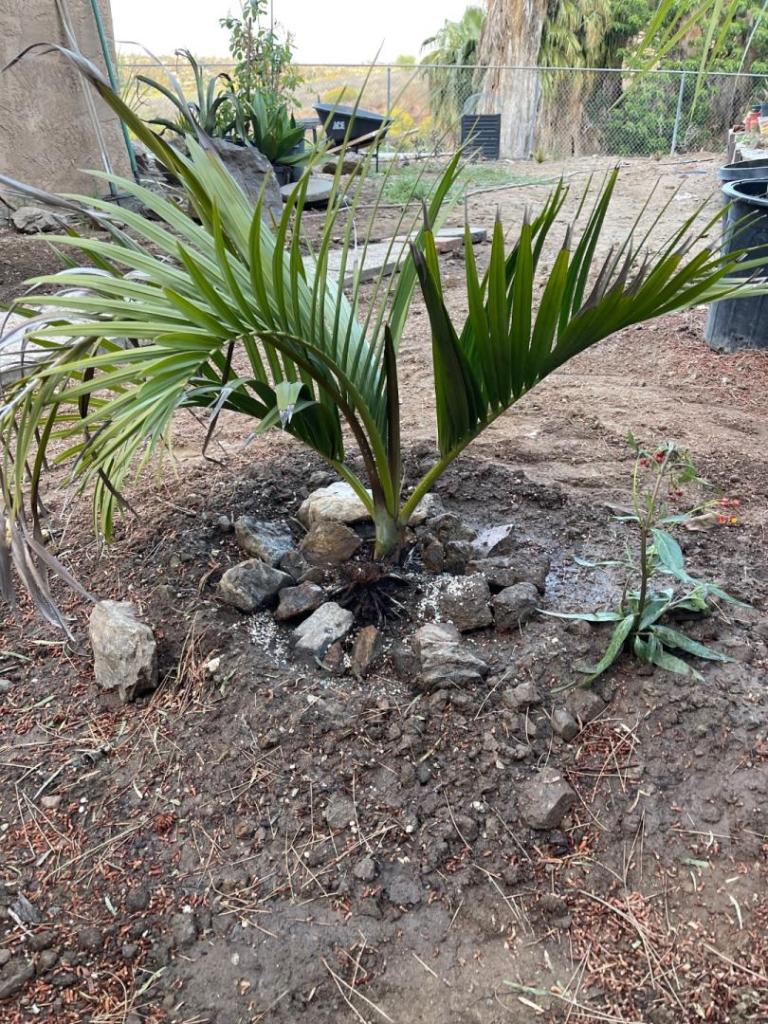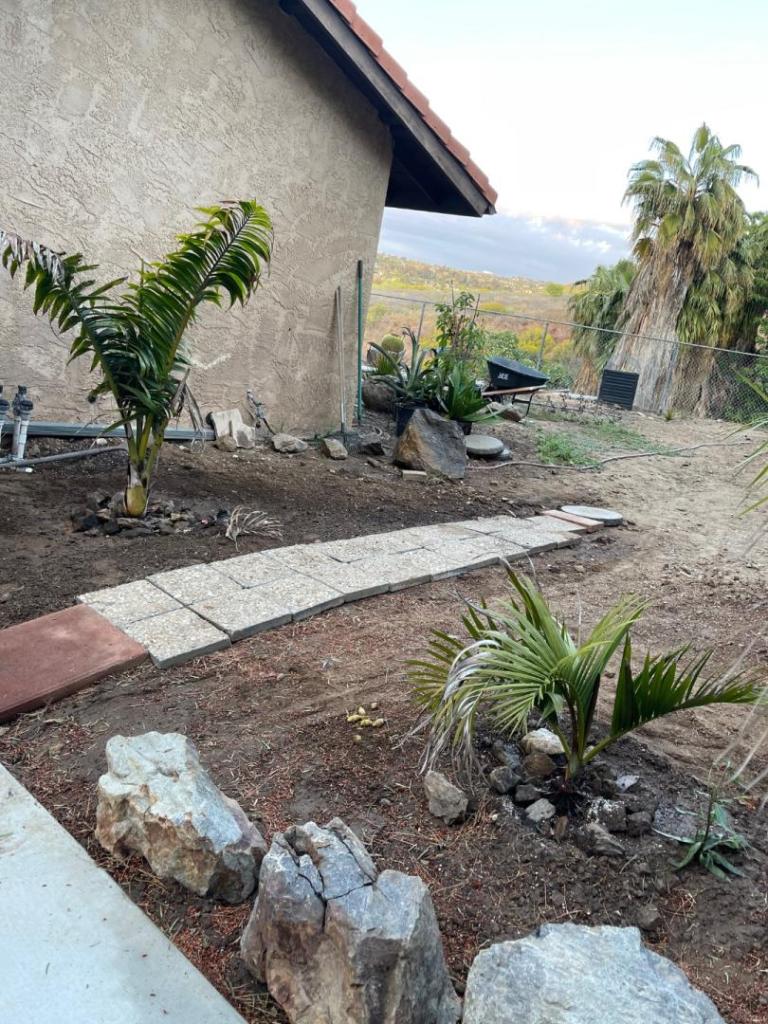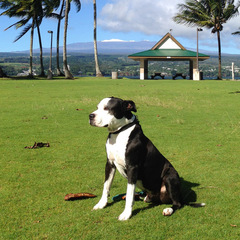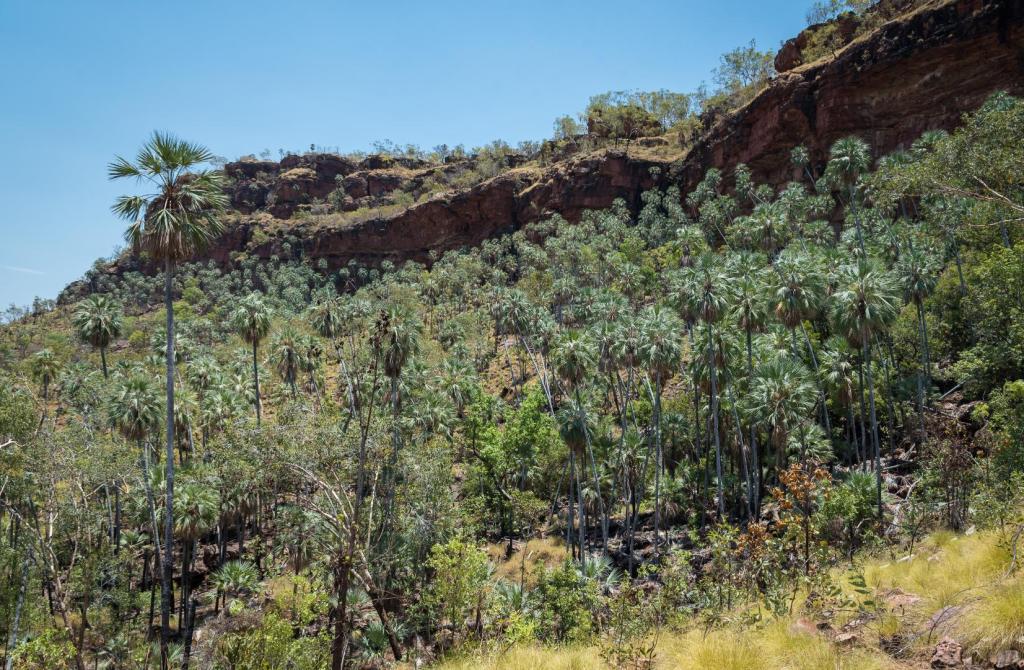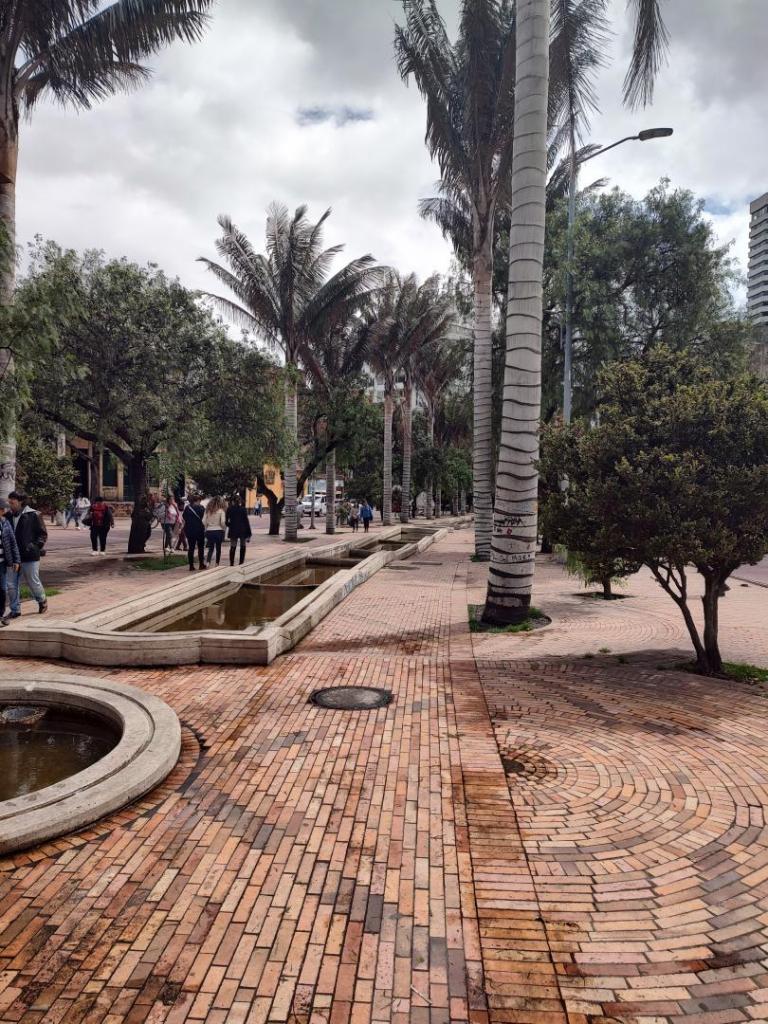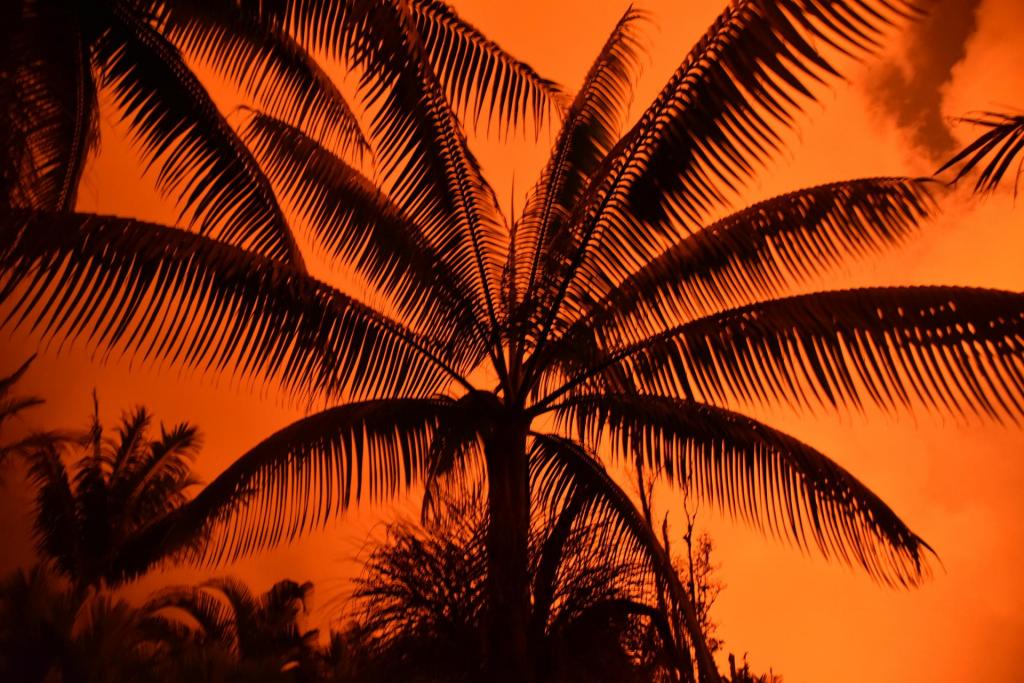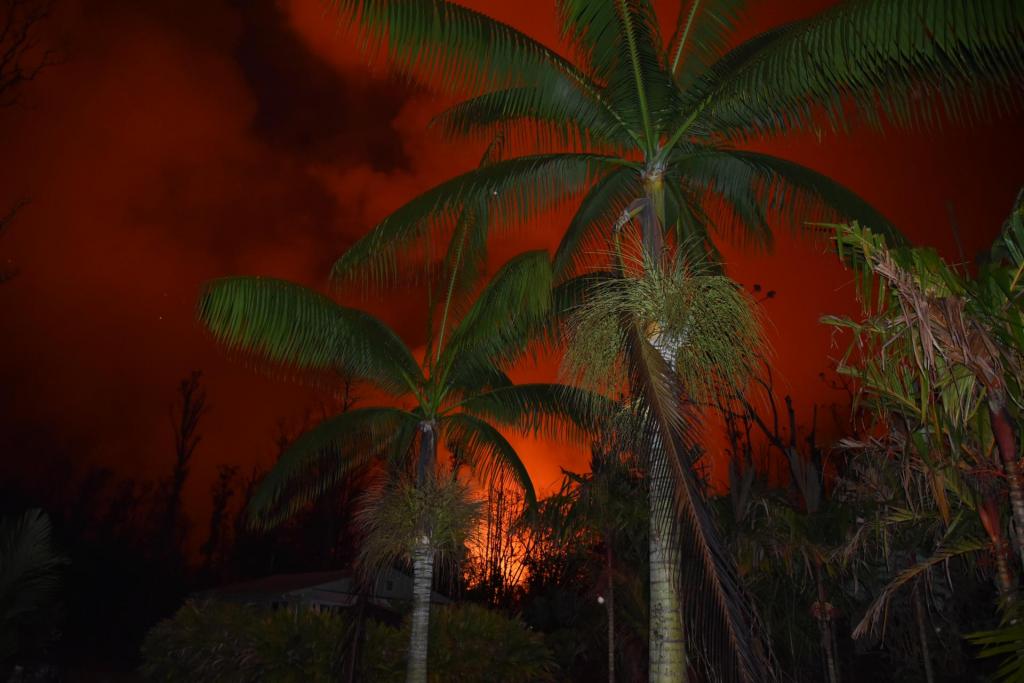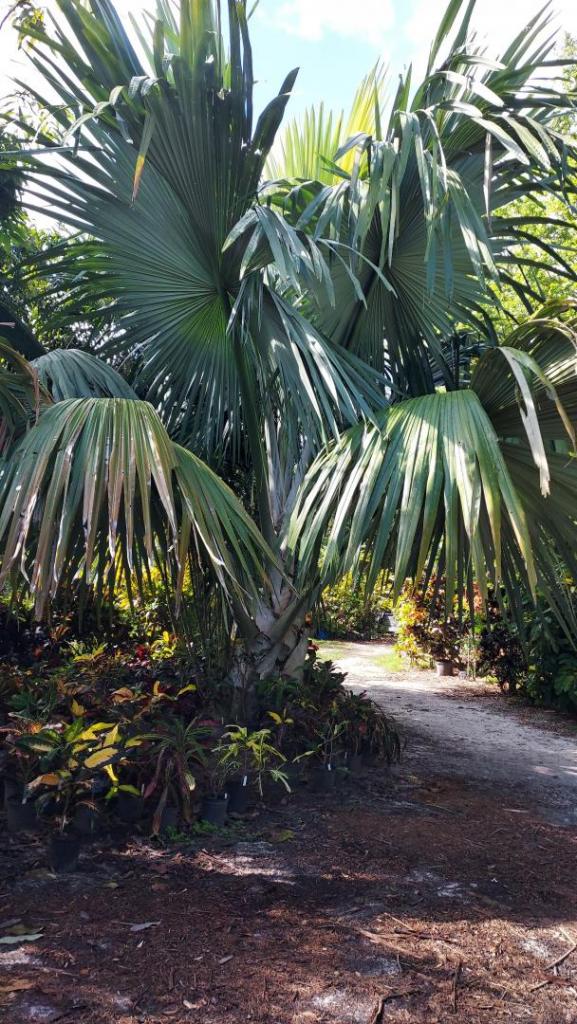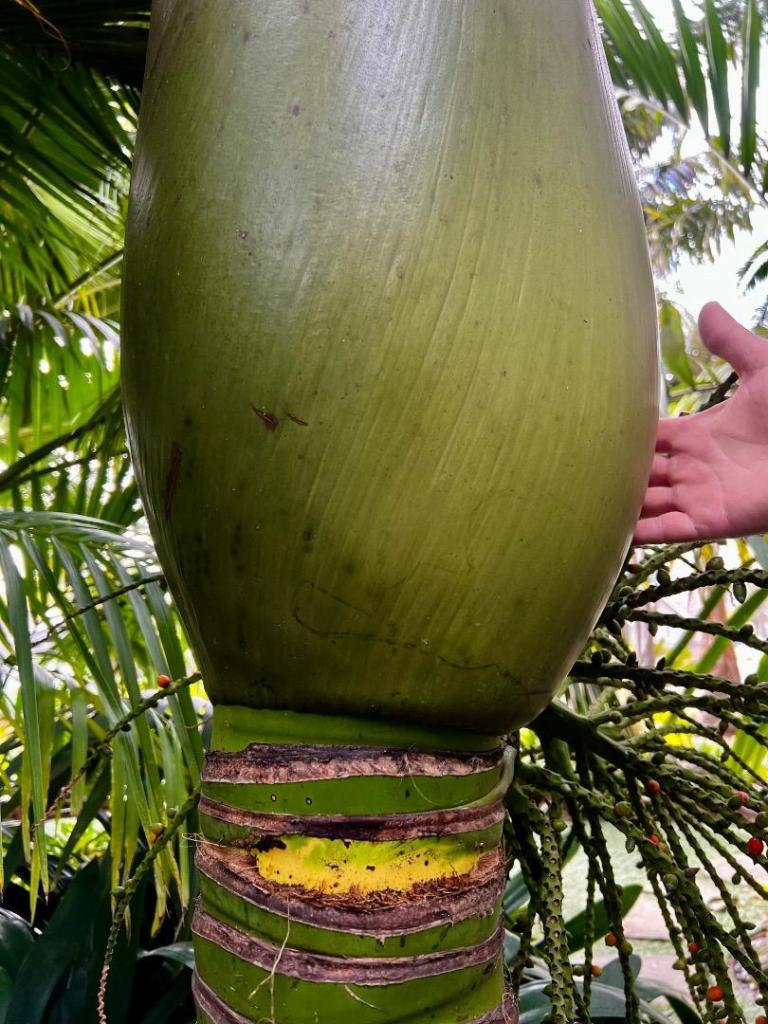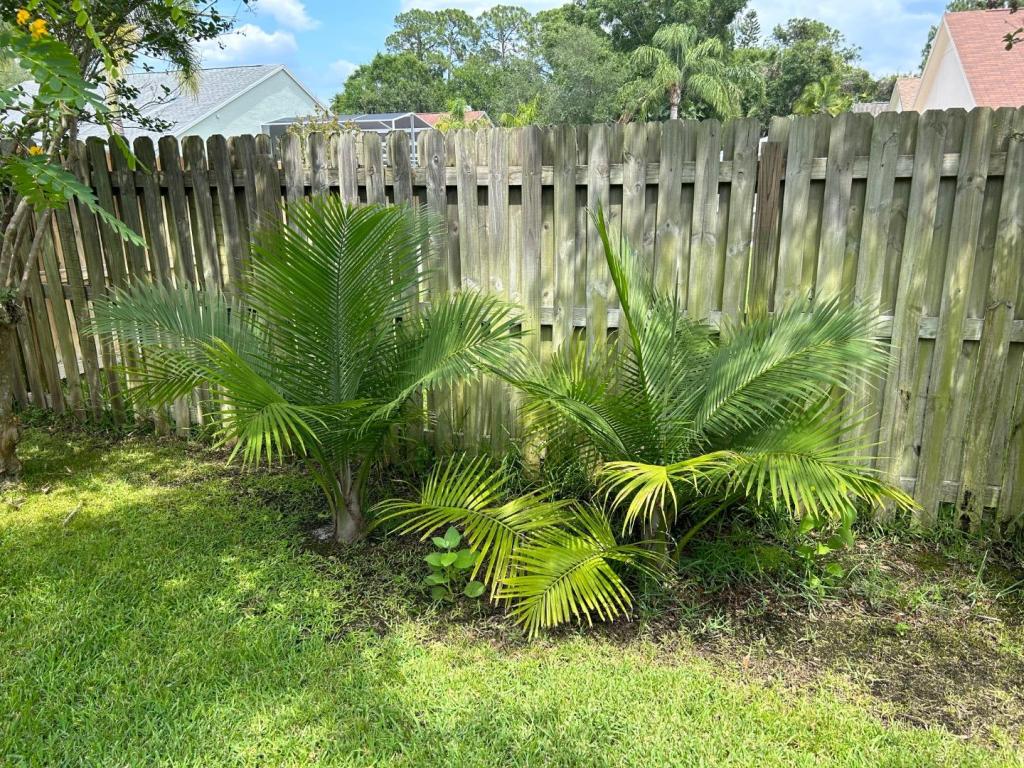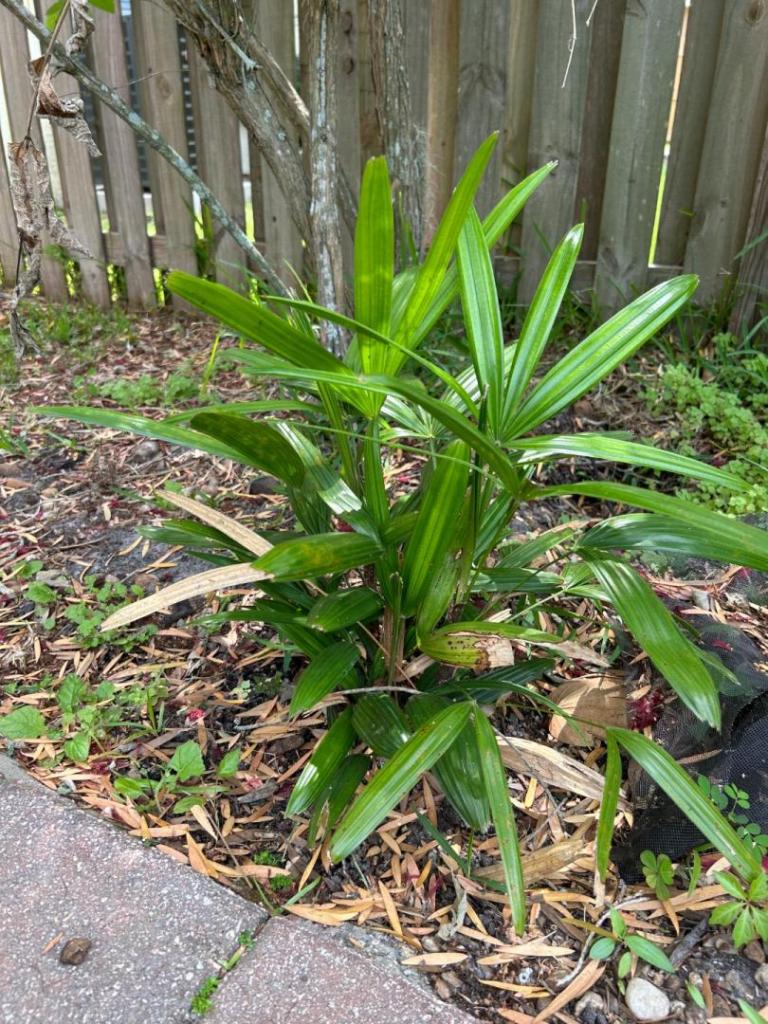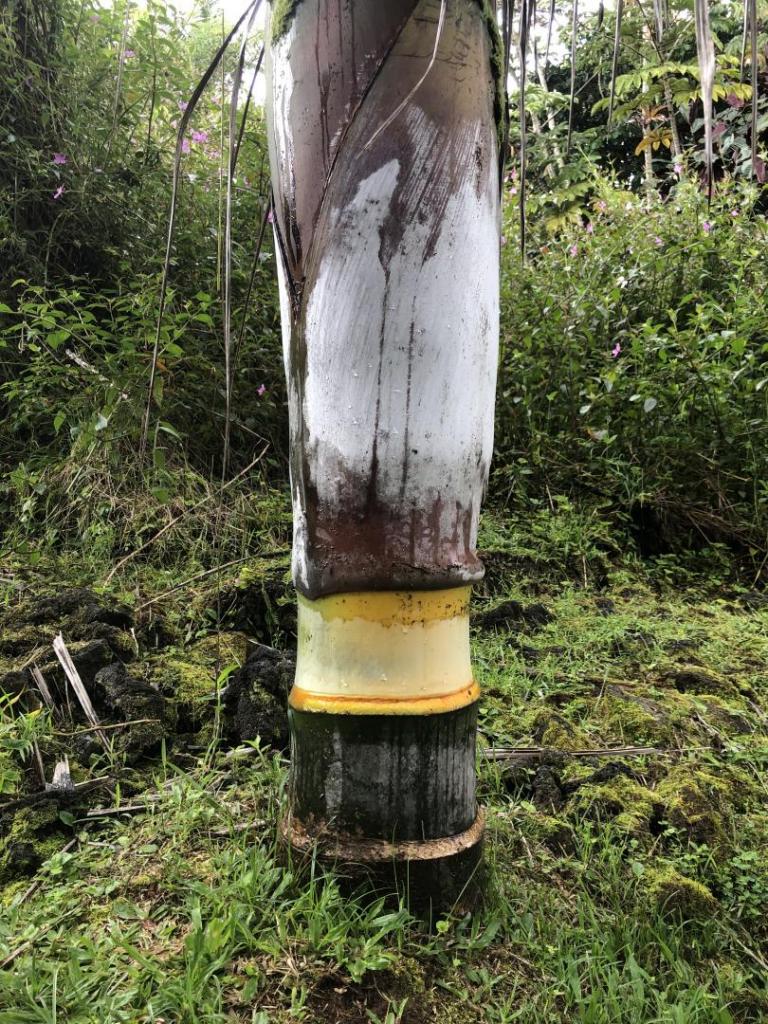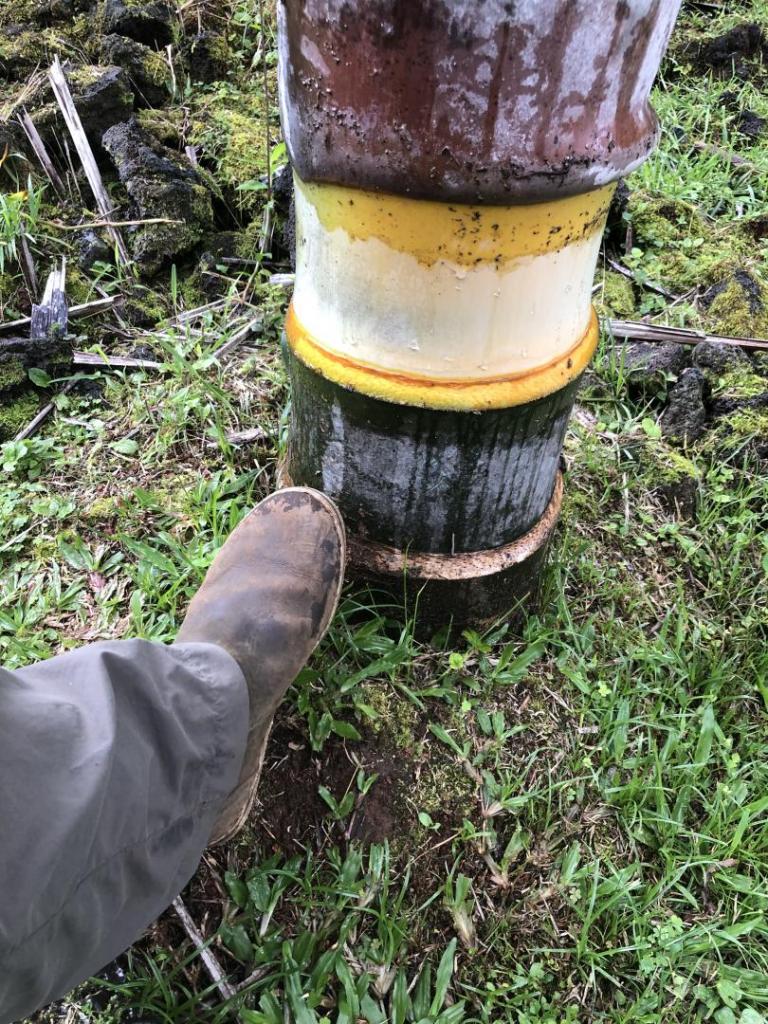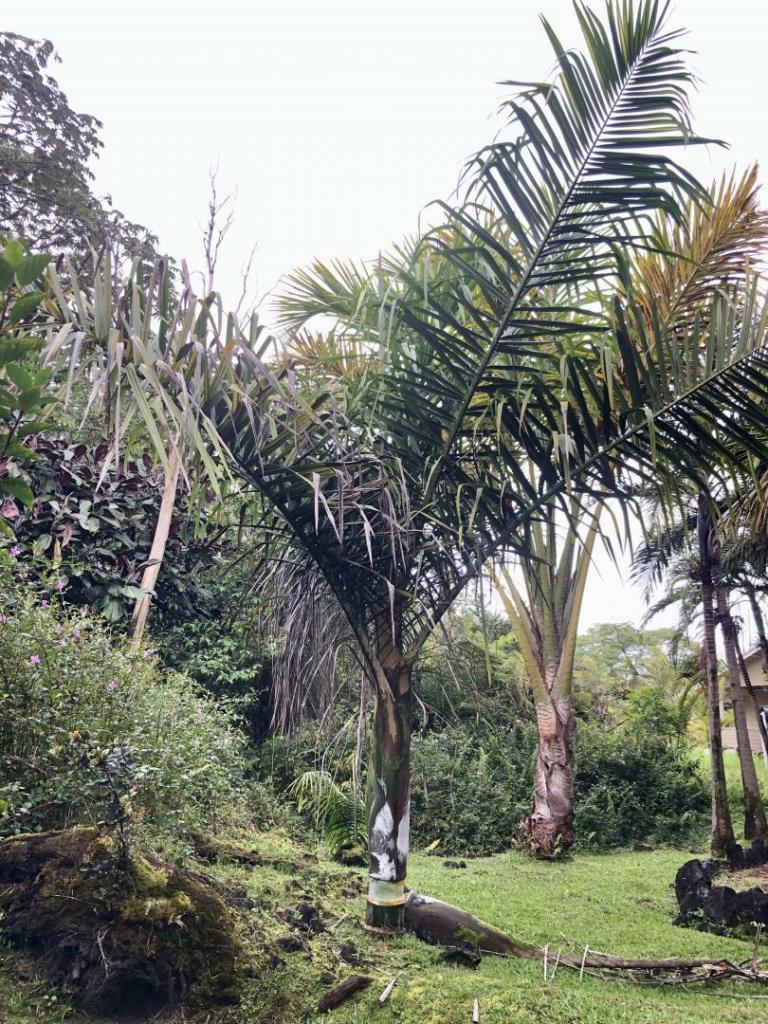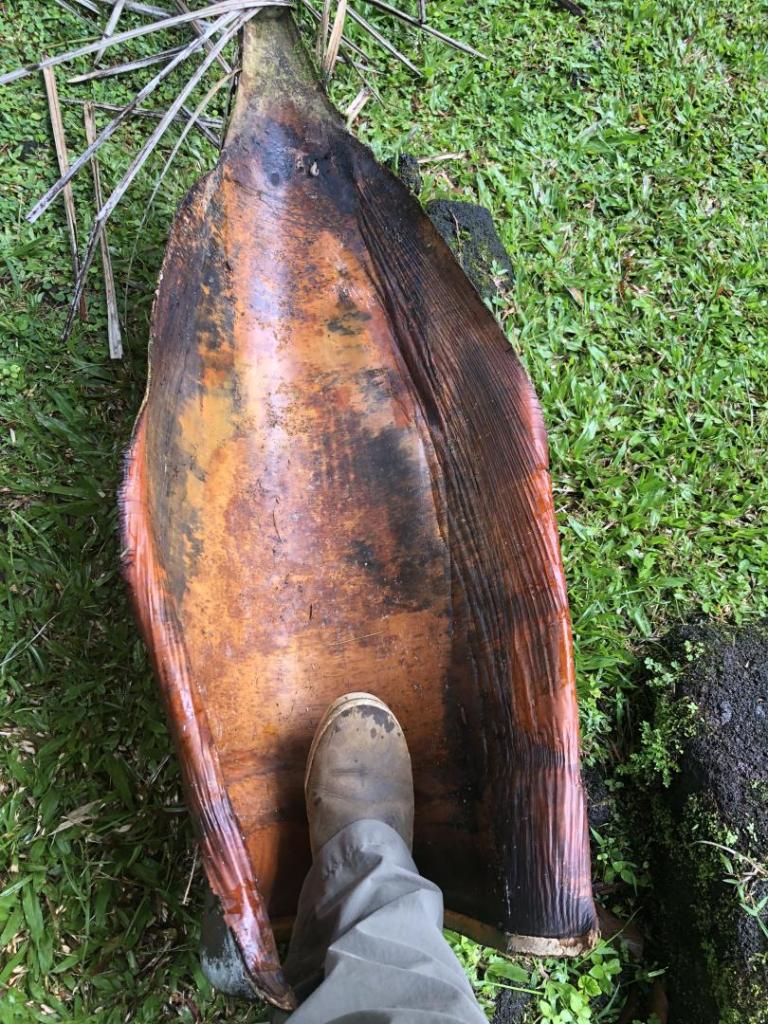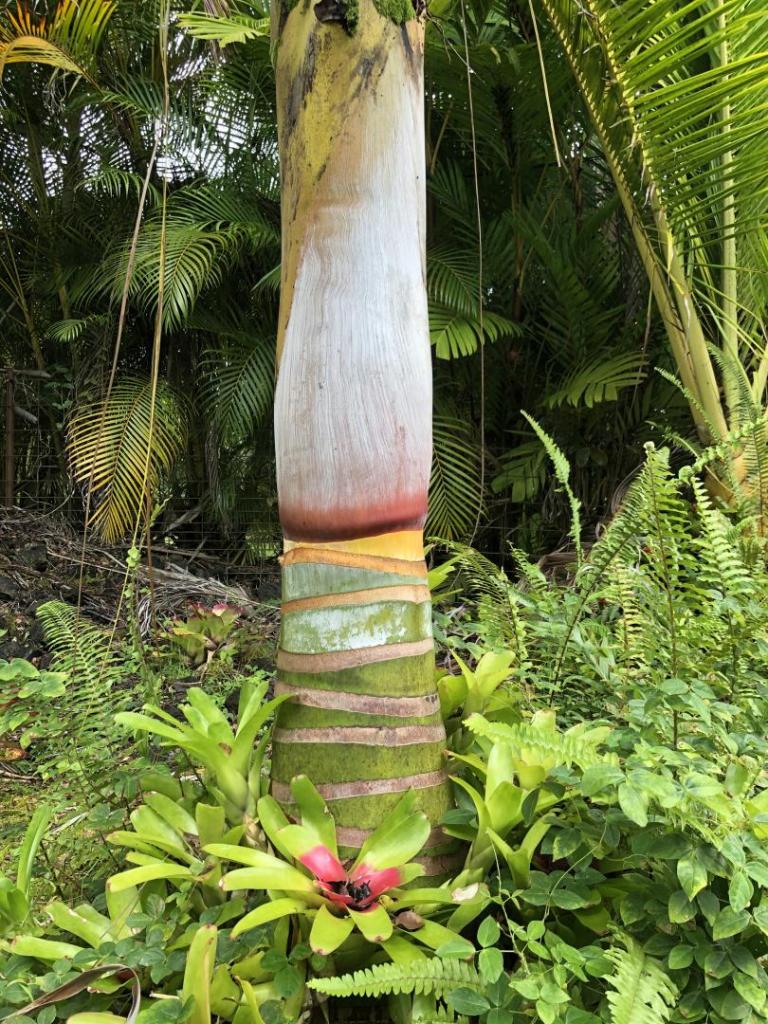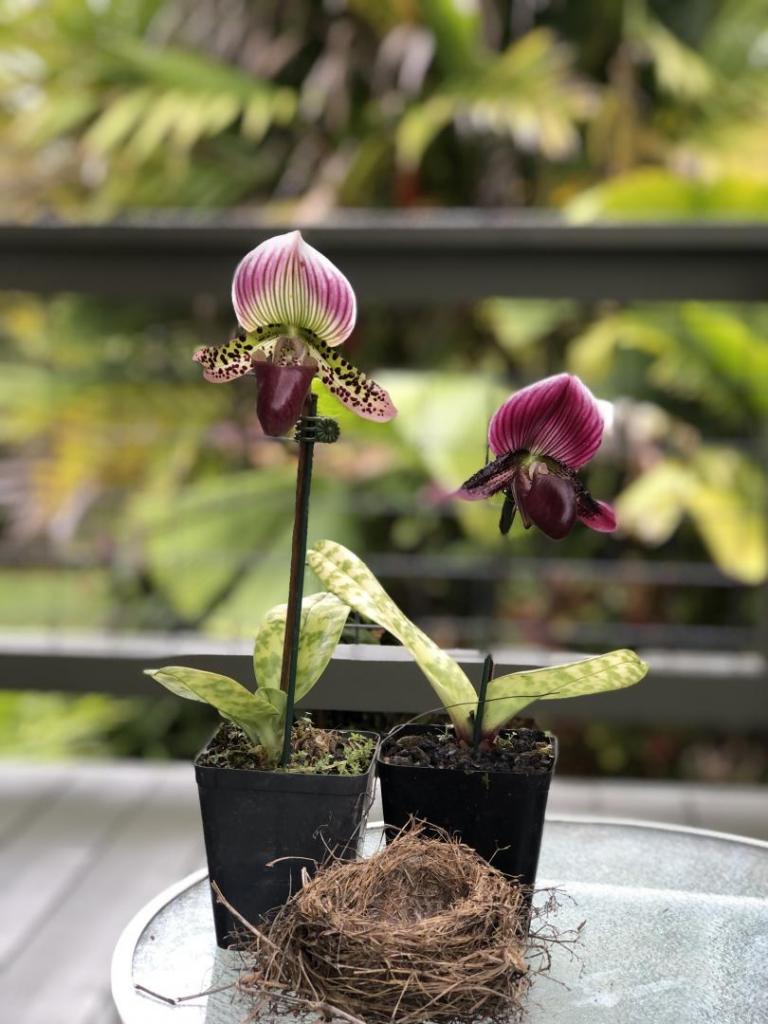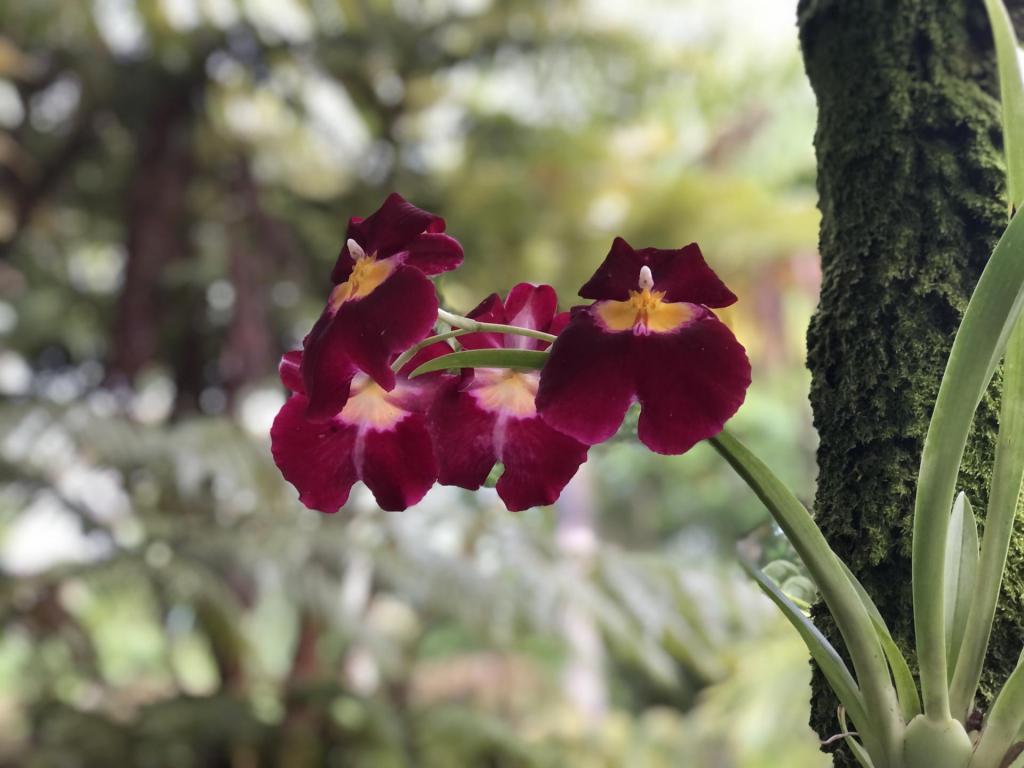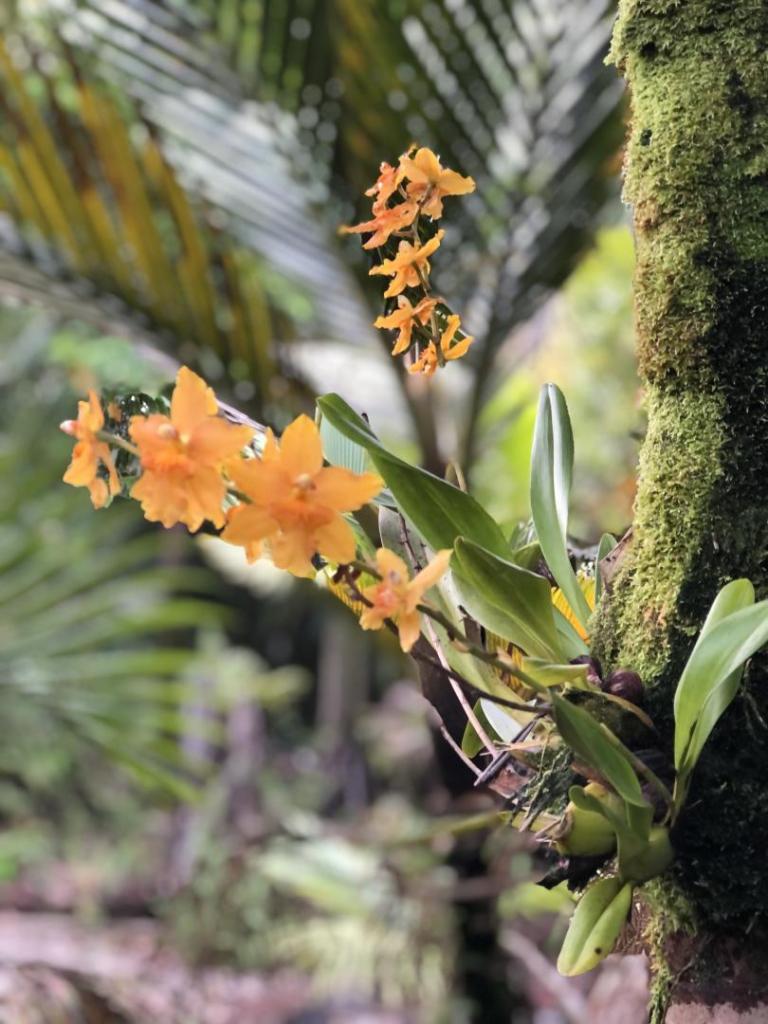Leaderboard
Popular Content
Showing content with the highest reputation since 12/03/2021 in all areas
-
48 points
-
Trimming some overgrown accent plants and weeds, I noticed a loose leaf base. A little tug, and I screamed! 😱 An actual ring on the trunk was revealed. Just have to share. These palms survived toxic gasses from volcanic eruption, as well as the neglect of an absentee gardener. Oh! My heart be still! ❤️❤️❤️❤️45 points
-
42 points
-
Yesterday, we published a scientific paper that presents a major update to the taxonomy of Dypsis. This is the result of years of work both in the field and in the lab aimed at addressing the unwieldy nature of Dypsis and working out how it is related to other iconic Madagascar palm genera like Marojejya, Masoala and Lemurophoenix. We approached this work with some trepidation, fearful that our results would demand that we "sink" some of these genera, which are so dear to the hearts of growers. Fortunately, we have been spared that embarassment, but our DNA dataset (which is unprecedented in scale) has obliged us to make one major change. We have split Dypsis into three to ensure that the genera represent natural groups that are consistent with the evolutionary relationships that we determined from the DNA data. As a result, two "old" genera have been resurrected. We now have: Vonitra - the fibrous species Chrysalidocarpus - the moderate to very robust species Dypsis (in a narrower sense) - the small to moderate species We have worked hard to align morphology with the DNA evidence - after all classification has to be useful and usable. But this has been really challenging and some species just don't obey the rules. For example, Dypsis marojejyi remains in Dypsis, despite being robust. This is very inconvenient, but is also a really interesting biological finding, implying that robust life forms can evolve from within understorey dwarfs. You can read all about this in our paper freely accessible here https://onlinelibrary.wiley.com/doi/10.1002/tax.12797 . This is a technical work, but you will still find much of it very usable, especially the Taxonomic Treatment section which includes a key to the genera and a checklist assigning each accepted species to the revised generic classification. We hope you enjoy it! Bill Baker on behalf of Wolf Eiserhardt, Sidonie Bellot, Robyn Cowan, John Dransfield, Lars Emil, Karolina Heyduk, Romer Rabarijaona and Mijoro Rakotoarinivo Fig 1 from the paper - Dypsis and related genera: A. Chrysalidocarpus lutescens, B. Marojejya darianii, C. Lemurophoenix halleuxii, D. Dypsis metallica, E. Masoala kona, F. Dypsis scandens, G. Vonitra fibrosa42 points
-
38 points
-
It gives me great pleasure to announce that I have submitted the manuscript for the long-awaited "Palms of New Guinea" book to Kew Publishing today. This will be the first detailed account of all 250 species from the New Guinea region and i t should really help all of us make sense of this last big black hole in our knowledge of palm diversity, as well as protecting it. It has been a labour of love spanning over 20 years for myself and my co-authors Anders Barfod, Rodrigo Camara-Leret, Charlie Heatubun, Peter Petoe, Jess Turner, Scott Zona and John Dransfield. Every species will be illustrated by beautiful line drawings by Lucy T. Smith, augmented by 100s of photos. We're aiming for a publication date of end 2023 - so watch this space folks. As a teaser, here's shot of the exquisite Manjekia maturbongsii from Biak, one of the amazing new genera to emerge from this work. Bill Baker, Royal Botanic Gardens, Kew37 points
-
I sold Palmpedia several months ago to someone who has the resources and passion to keep it going. It became too much for me alone to continue and provide the time and expense to do it justice. The new owner is an IPS Member, and a long time lurker on PalmTalk. He is a terrific guy, capable businessman, and a palm/plant lover. I think it is a good fit, and the future of the site is in better hands now that he is involved. Give him time, and I expect many more improvements. Thanks to all those who provided financial and emotional support during its creation and almost 20 year run so far. I too use the site often, and hope to for another 20 years.36 points
-
36 points
-
36 points
-
Got an opportunity to stop by Jim's garden over the weekend. I enjoyed taking some of these photos, despite the difficult lighting conditions (bright highlights, dark shadows). Did a little post processing work to bring these photos to life. Hope you like them. Click the link to view the album. https://photos.app.goo.gl/GneVpq1VwwjRpdYr834 points
-
In a prior forum post the growth rate of a Jubaea Chilensis was discussed by many and is highly recommended. https://www.palmtalk.org/forum/topic/19995-the-explosive-growth-ofjubaea-chilensis/?&page=4#comments In 1989 I planted two Jubaea Chilensis that were 5 and 7 years old. The following 6 pictures and graph shows growth rate of one of those palms, with the first picture taken in 2006. I could not find earlier pictures between 1989 and 2006 as they are packed away someplace in the pre-digital age. The first 20+ years a Jubaea palms growth is slow with each new frond or leaf emerging slowly and just slightly bigger but holding on and staying green for many years. After about 20 years the Jubaea begins to change by rapidly increasing its leaf sizes while pulling nutrients out of its childhood leaves turning them brown and dead. This second stage of the Jubaea’s grow is pre-adult (teenager), where each new leaf gets increasingly larger and bigger and the base of the plant begins to swell sometimes lifting itself up exposing roots. If roots begin to show at this stage, soil can be placed around the base of the trunk to bury the roots as Jubaea tolerate fill up to a foot deep unlike other palms. Growth at this stage begins to increase significantly at perhaps twice the rate before. At about 33 years the Jubaea begins to grow an expanding trunk with increasing circumference causing the oldest leafs to break the fibers attached to the trunk allowing them to detach and fall away. This leaves a smooth trunk with leaf scars and numerous stretch marks as the Jubaea increases its growth rate again by a factor of two. The graph at the end shows a growth rate during the 40+ years of the Jubaea’s growth. The palm shown is now over 40 years old and adds about 18 inches of vertical trunk each year with expanding canopy. Observing the two Jubaea I have over the years, the bigger and faster the leaves and canopy grow, the bigger the Palm will be. Soil, fertilizer, watering and site conditions have considerable influence on the size of the Palm. The Jubaea has not yet produced fruit or nuts, but has been flowering for the last 9 years. The growth rate as shown on the graph is close to exponential and should begin to slow down during which it will taper its trunk. It is reported that a Jubaea will not fruit until it is 40, 50 or more years old and or begins a tapering trunk. If someone wants to grow a fast growing Jubaea, they are best to get one that is over 20 years old shortly before the palm starts its explosive growth and trunk.34 points
-
34 points
-
34 points
-
I have been growing many palm species from seed in the Arizona desert,for the last 25 years. Knowing that it takes me 15 years of growing under my extreme conditions just to produce a nice 5 gallon Coccothrinax,it was a no brainer to just pick this one up,when a local nursery brought in 18 of these old man palms. As of today,only 9 left... aztropic Mesa,Arizona34 points
-
33 points
-
Today is the Sunday before Easter, when Jesus rode into Jerusalem and people hailed his arrival by cutting leaves off palm trees and dropping them in the roadway. Hence Palm Sunday. I remember when I was a kid going to church and we'd get these little crosses made of what looked like leaflets from Sabal leaves, tied into a neat bow. But, here, every Sunday is Palm Sunday and wishing all of you a happy Easter. And a happy palmy Sunday, Monday, Tuesday, Wednesday, Thursday, Friday and Saturday. And, show us some palm pictures! We won't say too many palms, or palms're ugly . . .33 points
-
32 points
-
32 points
-
32 points
-
31 points
-
Just letting leafbases fall off, this one went into the ground august 2010 as a just going pinnate 3 gallon and was burned just about to the ground in the 2010 dec cold event with heavy frost(28Fx2 plus frost). The adirondack chair is 30" wide at the handrests. The distance from house to black fence at the border is 35'. that is about the width of the palm. This is one year out from hurricane IAN which spread out the previous more upright form. By comparison my 30' bismarckia is about 25' wide. I have two others planted same size same time in less than full sun and the are no more than 2/3rds the size of this one in all day sun. They do grow notably slower/smaller in shade it seems.31 points
-
I have been growing exotic plants for nearly 40years, on balconies, terraces and now, since 2016, I also have a garden, 50 km north of Rome, about 300 m distant from the sea. To give an idea about the climate, zone 9b, there were nice big Ficus elastica trees, some 5-10 m high, but they nearly all got wiped out by two consecutive winter freezes in 2017 and 2018. Some of the palms you will see were grown in pots on my terrace in Rome for nearly 20 years and then transplanted into the garden The garden was quite empty so except the Araucaria, these are all new plantings I really like King palms Bismarckia nobilis Jubaeopsis caffra Blooming like crazy, but no fruits Parajubaea, lost the spear after being planted and stayed for 2 years without any sign of life, but is resuming normal growth now Archontophoenix cunninghamiana and Brahea armata Beccariophoenix alfredii Copernicia alba Ravenea glauca Pritchardia hillebrandii Caryota obtusa A Brahea Another Bismarckia Rhopalostylis sapida Jubaea chilensis Caryota urens Brahea edulis A Sabal Dypsis decaryi Butiagrus nabonnandii Caryota ochlandra and Phoenix roebelenii31 points
-
31 points
-
31 points
-
31 points
-
30 points
-
I bought this as a 15 gallon palm. It came from seed collected from a specimen growing in the wild in Baja California. It has been in the ground for 15 years and I would guess that it's at least 20 years old total. Sabal uresana. When I planted it I did not expect it to get this large. The diameter of the crown is larger than a Bismarkia and is on par with Phoenix canarienis. I am 6'1" and 270lb for scale. That neighboring B armata seems miniature.30 points
-
29 points
-
29 points
-
I noticed that the next biennial in 2024 is scheduled to be in New Caledonia, thus the inspiration. Don’t have a lot of species, but the ones that are in the garden are doing well. I notice frequent posts of Chambeyronia and Burretiokentia on the board, so feel free to add to this post. I’ll start with Basselinia eriostachys, which has become one beautiful little palm. The subtle color of the crown shaft, trunk, and inflorescence is always photo worthy. Tim29 points
-
Today, a new palm genus from Vitenam,Truongsonia lecongkietii, was published. This new palm is so peculiar that it required not only a new genus, but also a new tribe in the classification of palms (Truongsonieae) to accommodate it. Most extrpardinarily, its closest relative is the African genus Podococcus! It may be diminutive and unspectacular, but botanically it is even more remarkable than the discovery of Tahina (personal opinion, of course - I realise that this is heresy!) Unfortunately, only 10-15 plants are known in the wild, rendering it Critically Endangered. You can follow the link below to freely download the full article pdf, which is heavily illustrated for photographs. https://phytotaxa.mapress.com/pt/article/view/phytotaxa.613.3.129 points
-
29 points
-
Hi everybody. A long time since I posted here, but I always remember you all ( thanks Jeff) and the nice and sometimes deep level " talks" on this fora. Yes, I'm still in palms. 😀. Posting sometimes on Facebook. Inspired by the Huntingtons Garden, that I saw years ago, I'm working hard to finish my garden with succulents, cactus, bromeliads , cycads and others. Still looking for some palms like Brahea decumbens, the real Ravenea glauca, Ravenea cycadifolia, etc. Some pics of the garden this week ( it''s dry lately)29 points
-
Palms around San Diego, CA! Highlight was definitely the Corypha umbraculifera. The owner was kind enough to investigate the strangers outside admiring his garden, and he states that he bought it as a seedling 25 years ago at Huntington Botanical Gardens and that he treats it against weevils every 4 months, as the weevils have unfortunately claimed a few of his palms already, including a 40 foot Bismarckia.29 points
-
It was sometime in the early 80s when I saw my first Dypsis "Mealy Bug." The palm world was a buzz with a few new palms discovered and brought into cultivation, and showing promise for an ability to grow in more temperate climates. Difficult to find and buy, this palm epitomized the soon to be explosion of interest in the amazing palms of Madagascar and of palm growing and collecting in general. Fast forward 40 years and I never thought I would see the day where a beautiful example of this palm would pop up in a Lowes. Now it is in Hawaii, and it is labeled wrong as a "Dark Mealy Bug" (which is another rare Malagasy palm), but there are fewer rare palms growing here in Hawaii than are being tried in California and other marginal areas. So it still stuck me as somewhat of a milestone that other long time collectors might also appreciate.29 points
-
Last summer I visited the northern part of Lake Norman, and was surprised at the large number of palms in the area. I always thought north of Charlotte and you might see occasional windmills, but I found a surprising number of other palms too. These are all in Western Mooresville (near where 150 goes to the bridge) and Sherrills Ford. Heres a video i made showing some of these, as well as more I couldn't get good photographs of. By far the most popular was windmills, on some roads they were the sole palm used, some look like they've been there a while. Next up, the Sabals. Surprisingly I found a fair number of mature established Sabal Palmetto, Across the street, some naturalizing Palmetto left to grow. Mixture of a Palmetto, Needle palm and Trachycarpus Sabal minor while less popular, was present including some large specamins, Needles, also not so common though I happened upon a very large double clump mixed with Musa Basjoo Among other palms, I only happened upon a single, small Butia. A single small European Fan Palm Few Sagos mixed in, More Windmills, Saw a fair amount of Cordylines in the area, none very big this a typical sized one Interesting assortment of Prickly Pear, and trunking Yucca species Hope you all enjoyed28 points
-
Like the title says I’m posting these as dypsis jurassic park and dypsis decipiens despite the name change . Jurassic park came from jd andersen as jurassic park had it in a 55 gallon trash can for the last 2 years . Dypsis decipiens came from Perry glen . Planted these today man it feels good to get these in the ground28 points
-
28 points
-
My last property update was in 2021, so I thought it was time to do a recent update, which I made last month (October). There's nothing special about my palm garden, nothing really exotic as I'm limited by my zone 9b climate. The past two winters it dipped to about 30 degrees F for one night each winter, so in essence I'm right on the 9b/10a border. But three winters ago it dipped to 27 degrees at sun up for one day. My coconut palm got some burn that winter. I don't think my garden saw anything lower than 27 degrees F since December of 2010 when I recorded my all-time lowest temperature of 20.7 degrees on a radiational cooling night. I don't think my garden (in the past 25 years) had ever been damaged by an advective freeze, as the lowest advective freeze I had, my open yard temperature was just above 29 degrees F with no frost (no frost is the key). Without exception all my devastating freezes were radiational with heavy frost. During the above devastating freezes I used to protect (to at least some degree) my most cold/frost sensitive palms. Because of my age (75-years-old) and suffering from an aggressive form of prostate cancer -- and just recently came down with Rheumatoid arthritis in both shoulder and hands -- it's become too difficult to protect my cold sensitive palms like I once did. Even if I were younger and in better shape it would be hard to protect many of my palms because they are now too tall. Hopefully, I will have another relatively mild winter and my palms will receive little or no damage. In any event, click on the link and check things out. I'm located 2 miles N.E. of the small town of Lake Placid, Florida.28 points
-
28 points
-
28 points
-
It was nice to see that in Bogotá they are quite proud of their native Ceroxylon and commonly plant it as a street tree. I also saw some tall ones in a highway median on the way in but was unable to get a photo. It seems like the shuttlecock form as a juvenile is an advantage so it doesn't take up valuable space. I believe this pedestrian avenue with the rectangular pools of water surrounded by wax palms is called Avenida Jimenez de Quesada, and it goes on like that (albeit with car lanes on either side) for quite a ways, it appeared maybe as much as a quarter of a mile.28 points
-
28 points
-
28 points
-
27 points
-
I thought I’d start this thread to document the growth of my palms/trees. Some are flourishing and I think it’s worth recording their progress over time. My Archontophoenix are in this photo. The one on the left was purchased from Frank Tintera that at he grew from seed. The parent palm was one of his fastest growing and he believed it was an A myolensis. It’s was planted as a 3g 3 years ago and has flourished. The archontophoenix on the right was just planted as a 7g a couple months ago. It’s some sort of alexandrae x cunninghamiana hybrid I purchased from @eaperture67, and he purchased the parent palms from @Mike Evans. The Hong Kong orchid is killing it. Planted as a 3g about 3yrs ago and it’s just thriving here. Below is my lytocaryum hoenie, planted about 2yrs ago as a 3g. It’s hanging in there, but not a good performer this far. It probably needs more water than it’s getting. Beccariophoenix alfredii is killing it, as expected. 3yrs in ground from a 7g. Also from Frank. My two majesties are flourishing too. They were planted 1 year ago as 3g palms. Tipuana tipu doing amazing. It came in the mail as a 5’ 1g. After 3yrs in ground it’s about 20ft tall; simply amazing. It’s been zero fuss, I highly recommend them. Lady Palm, just planted. Thrinax radiata, 3yrs in ground from a 2g. It took awhile to get established, but it’s doing great now.27 points
-
Finally! An old tattered frond sloughed off the Dypsis hovomantsina. Mr. D. carlsmith dropped a frond a few weeks ago and made a display but now it has colored up with a red ring. Ooo là là! Nice contrast with the yellow! Elsewhere, in the spiny forest, Verschaffeltia splendida reveals a demure new leaf. I am enjoying these new purchases on the lanai as a spring arrangement together with the nest found on the ground. Soon they will take their chances in the garden. …and a couple of orchids that popped open recently. Post your spring colors here!27 points


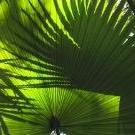
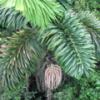
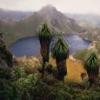












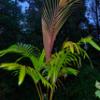
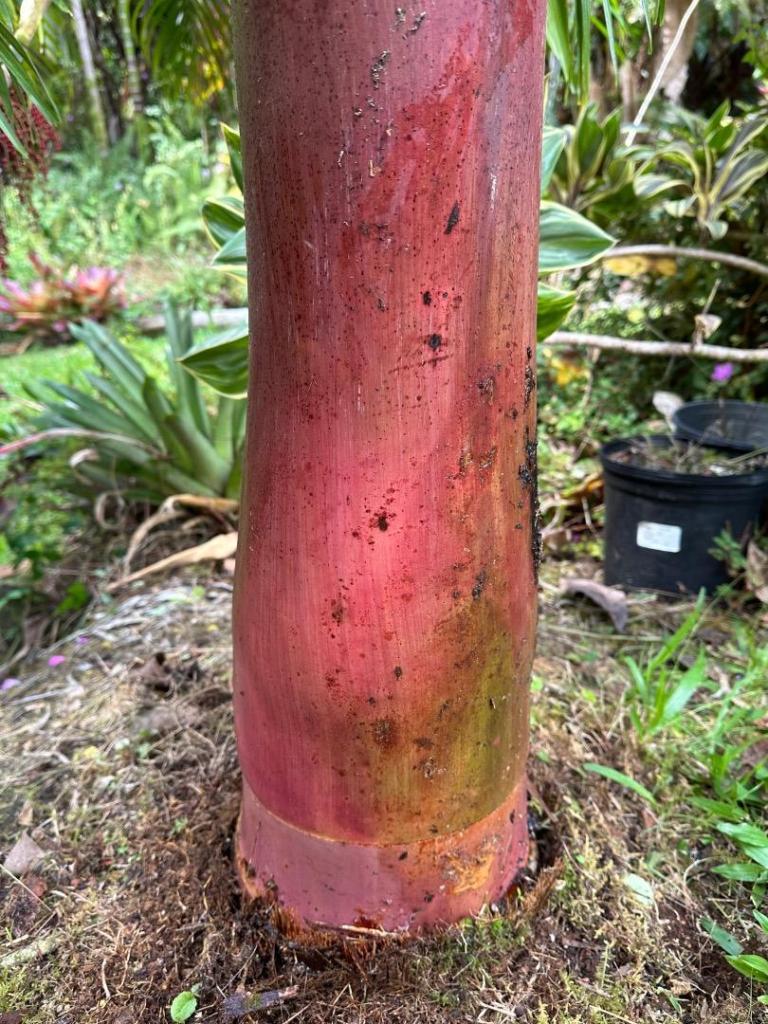

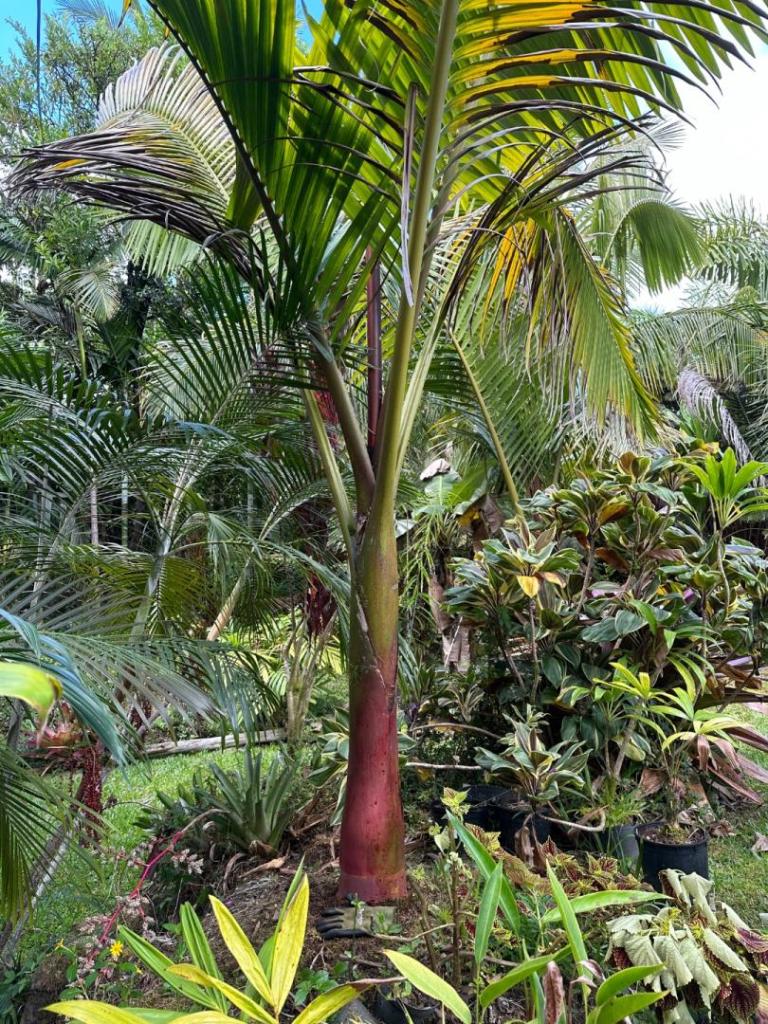

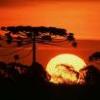


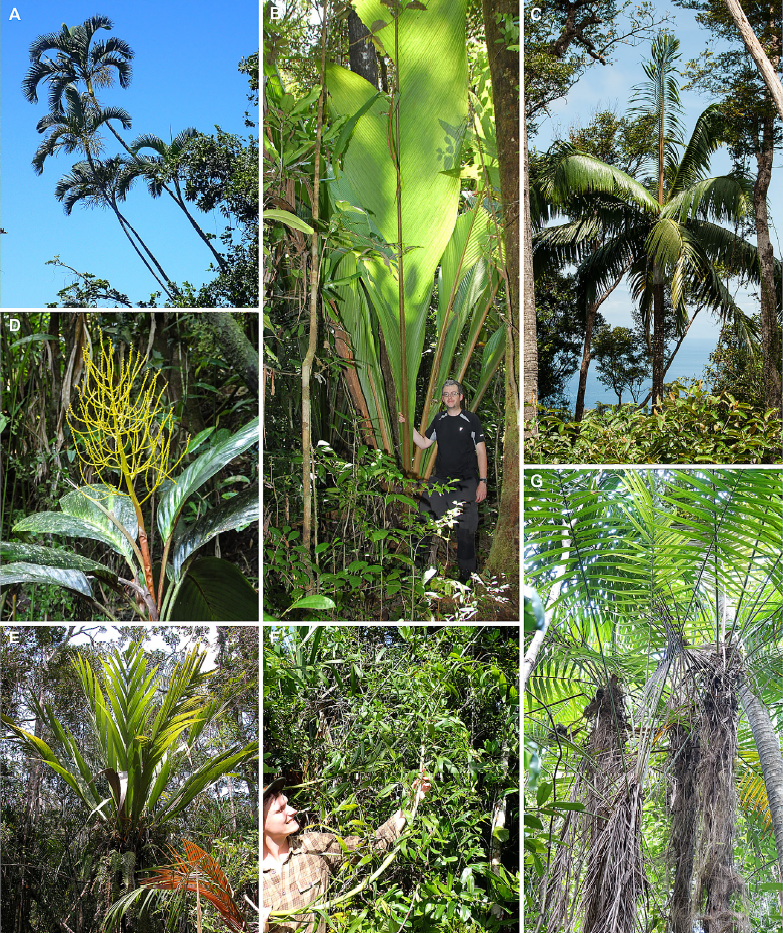


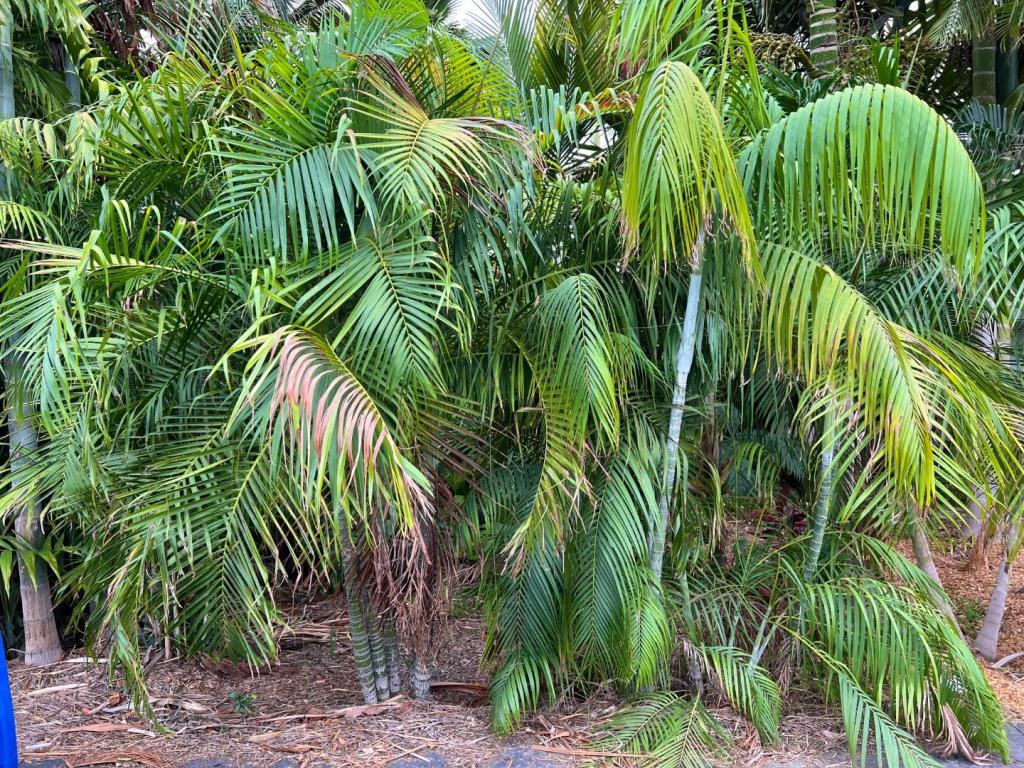
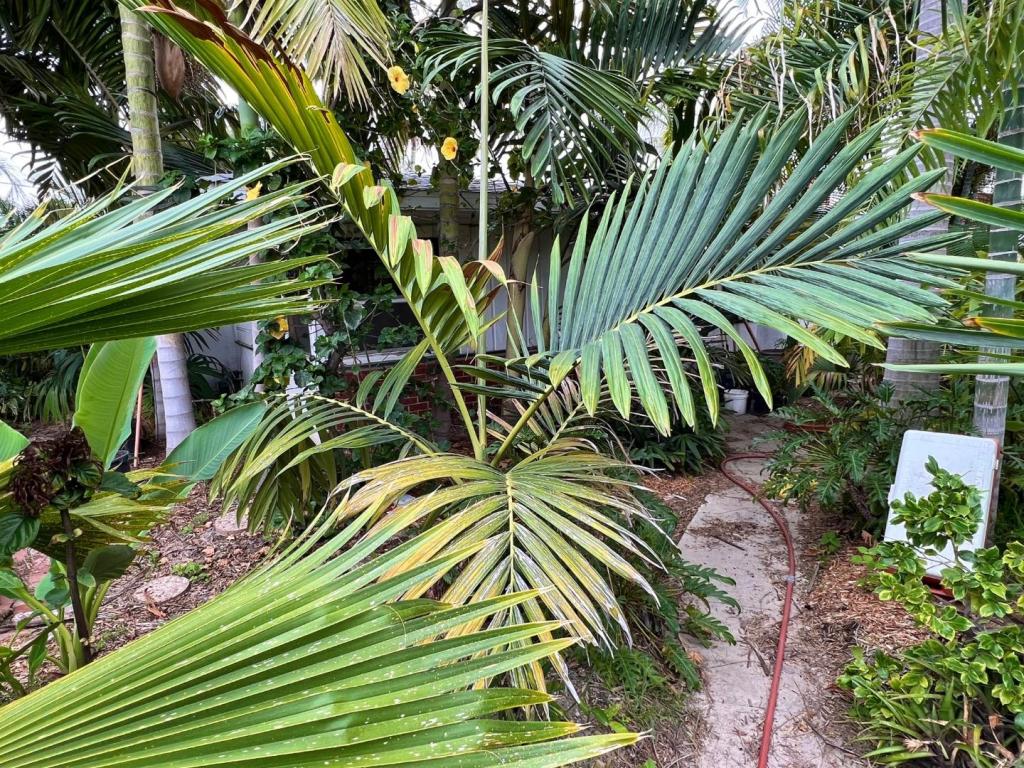
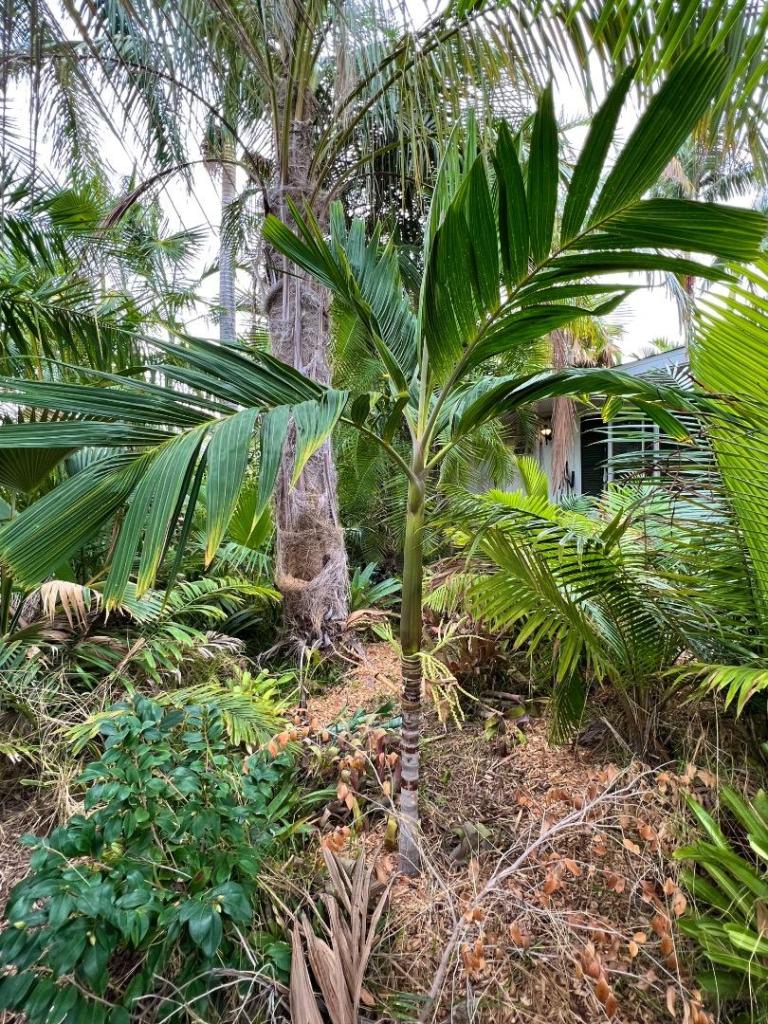
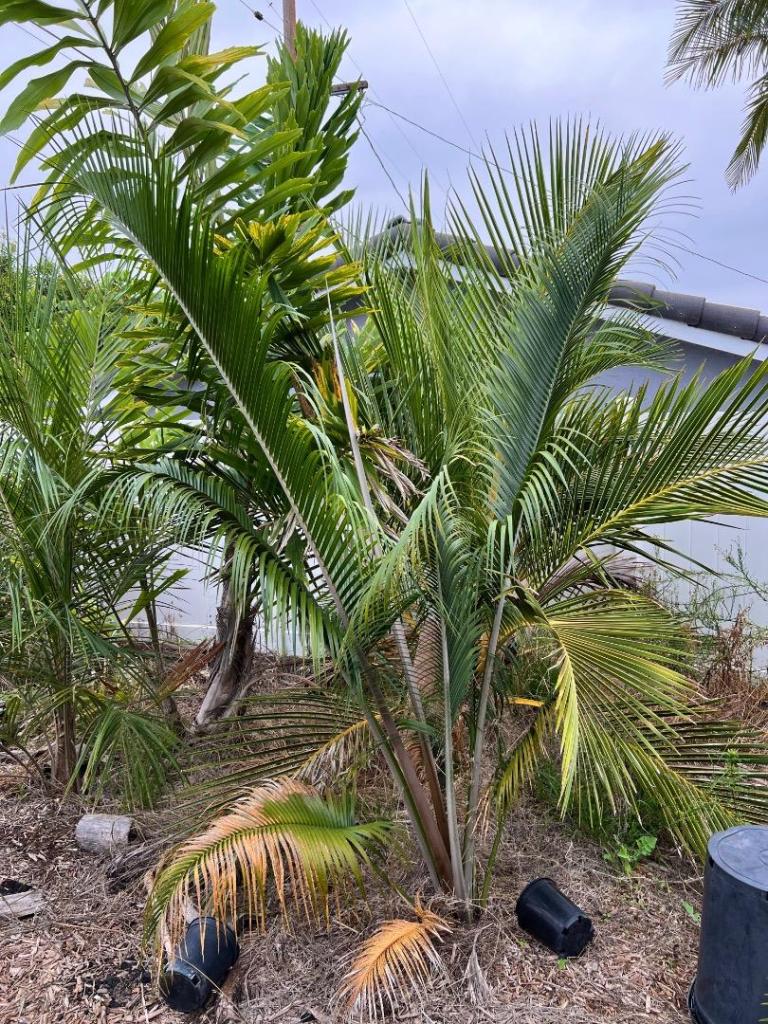

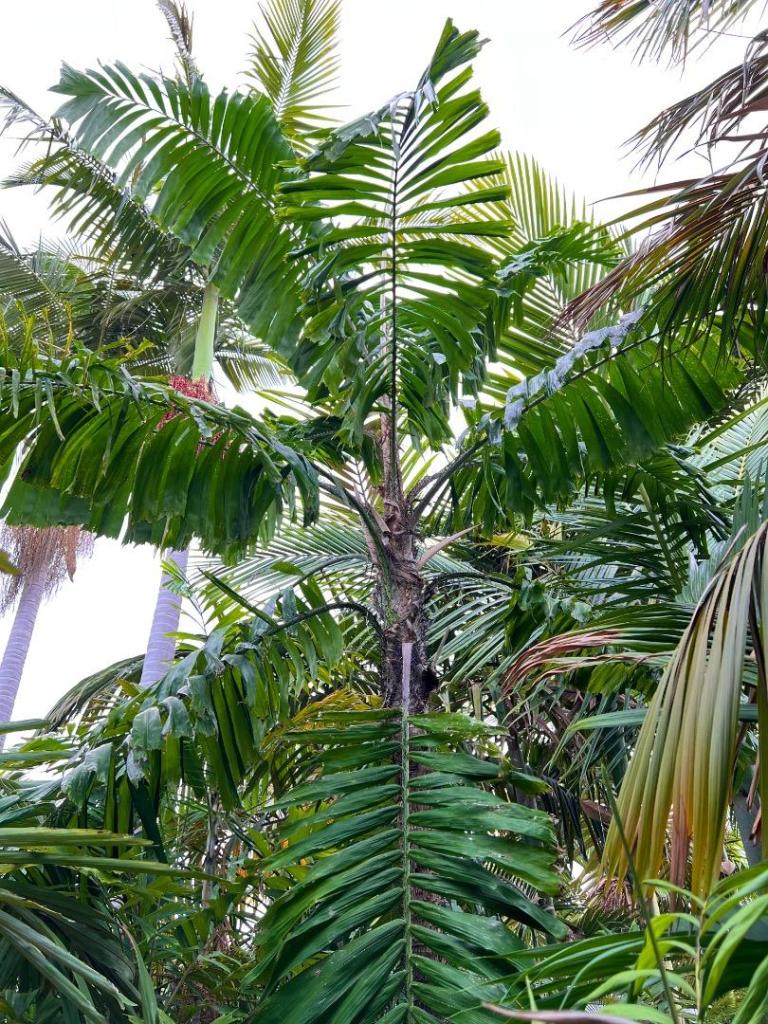
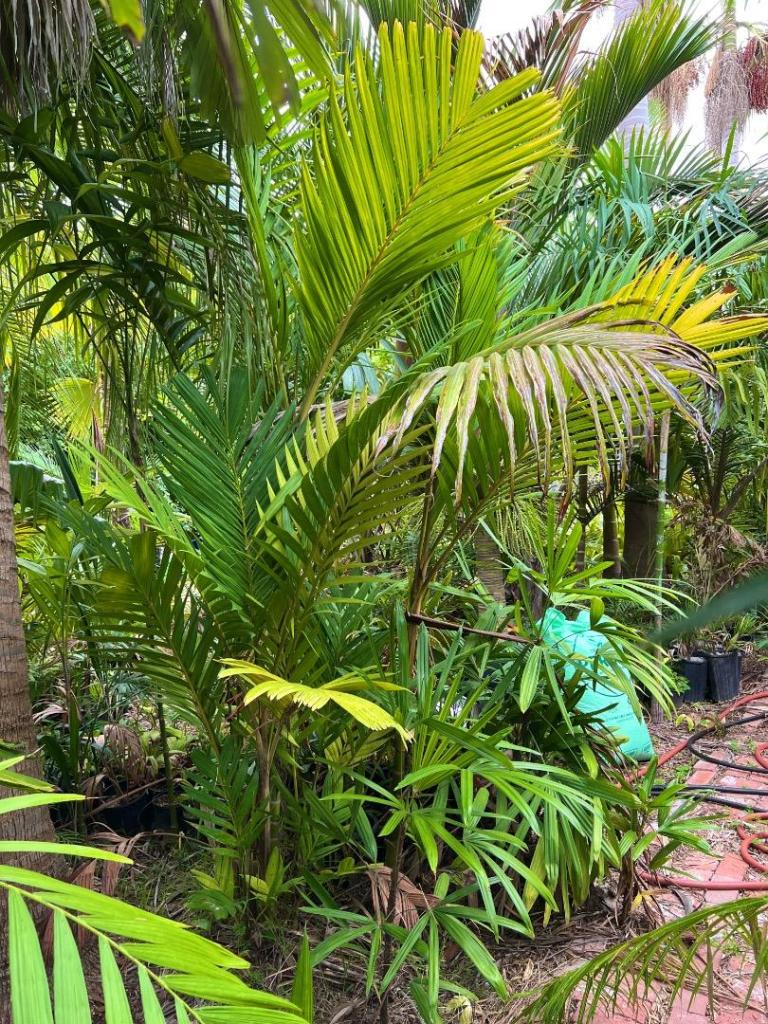
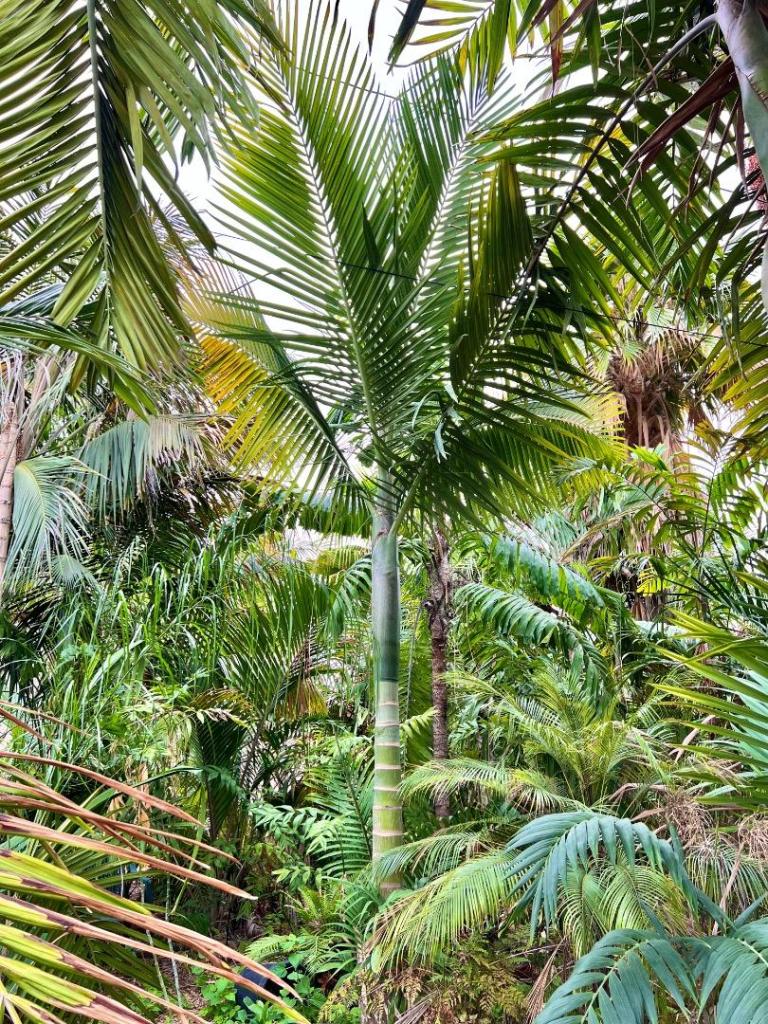
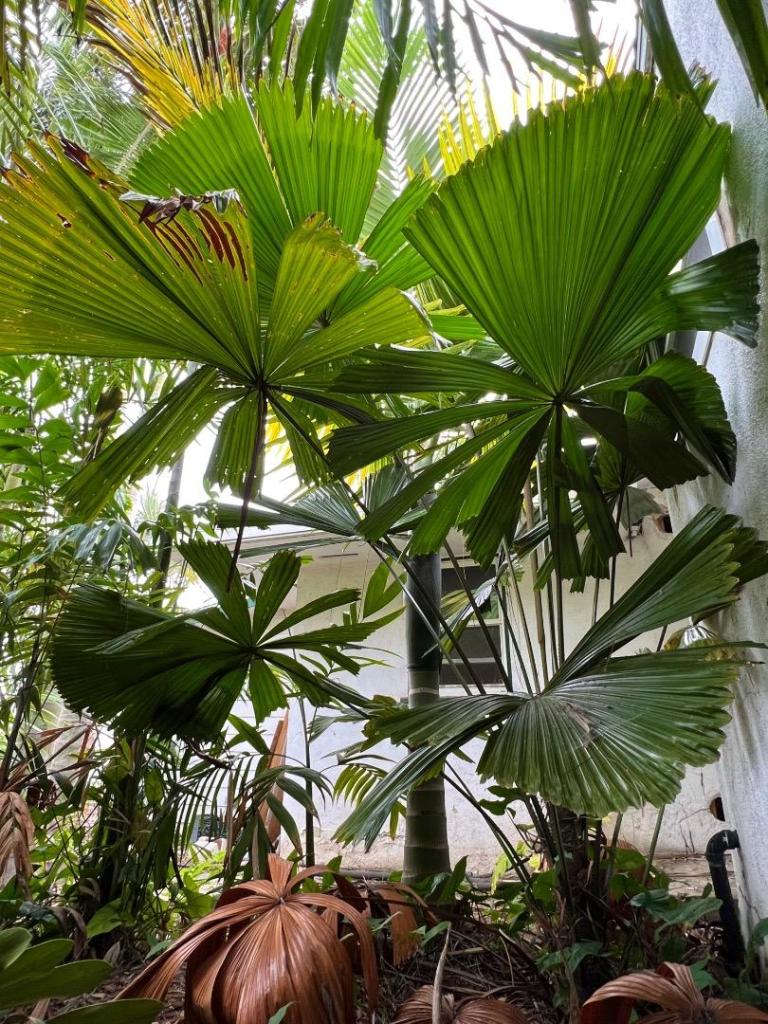
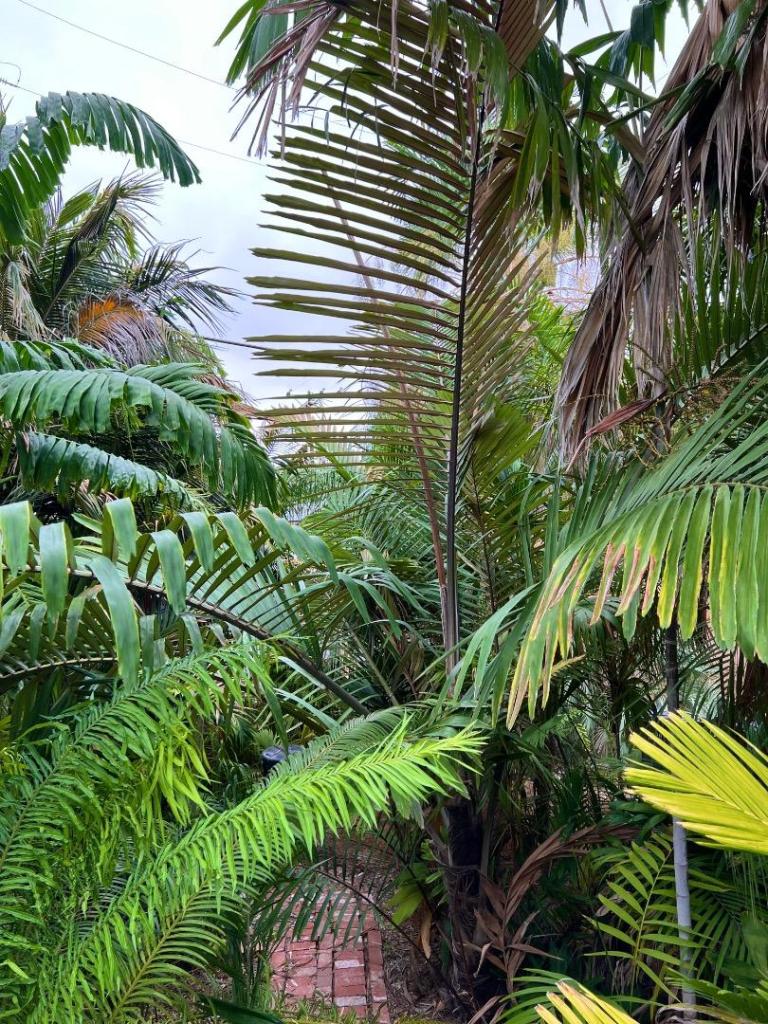
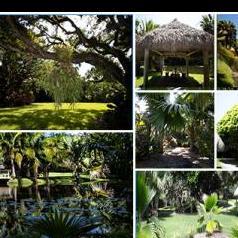
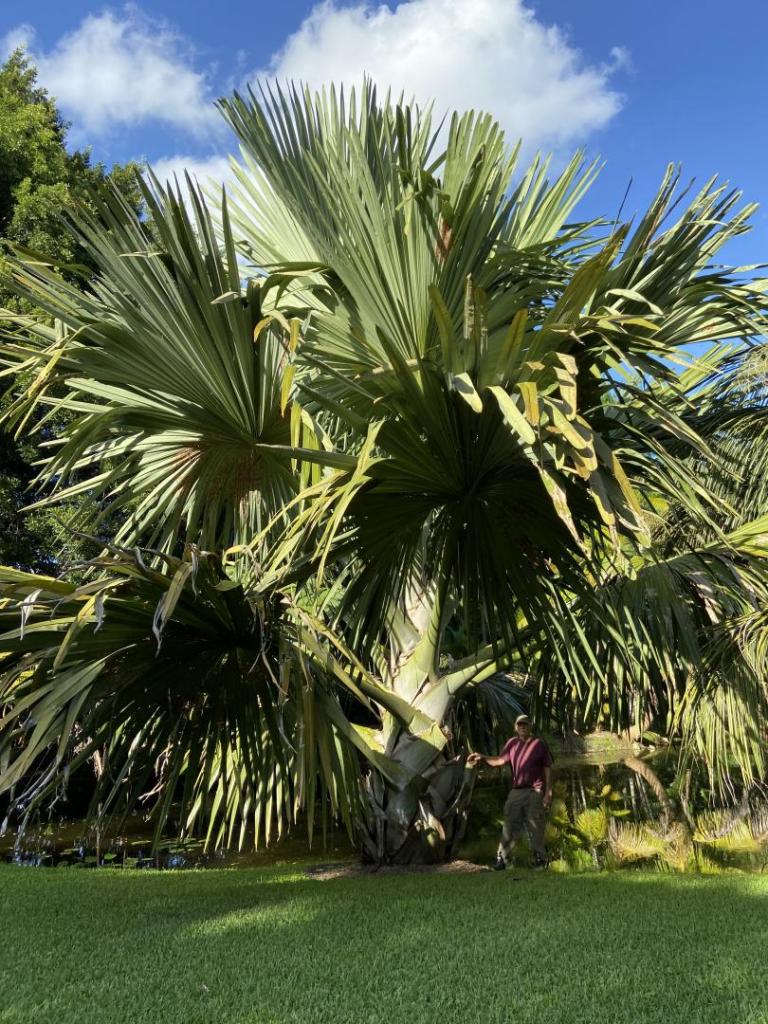


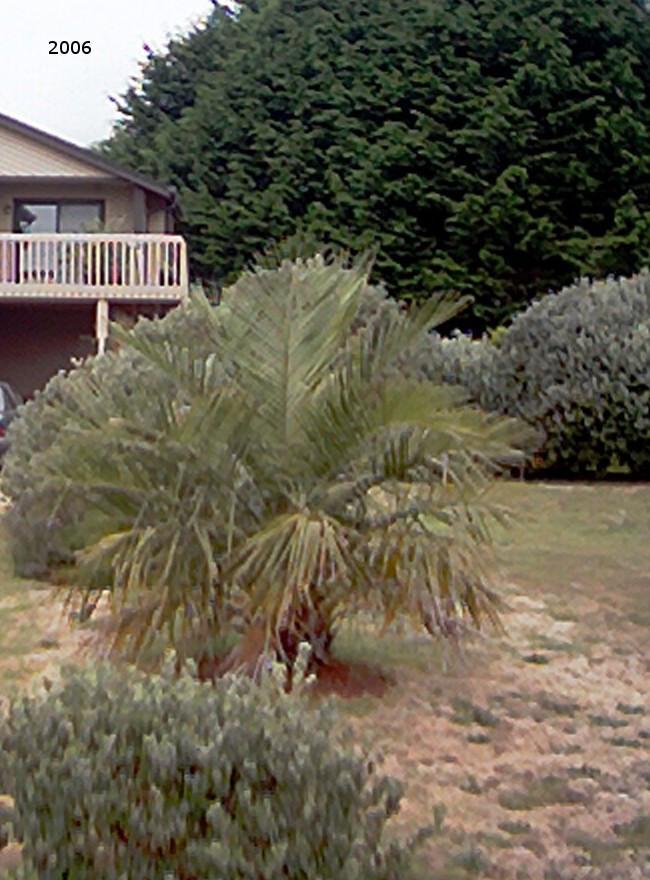
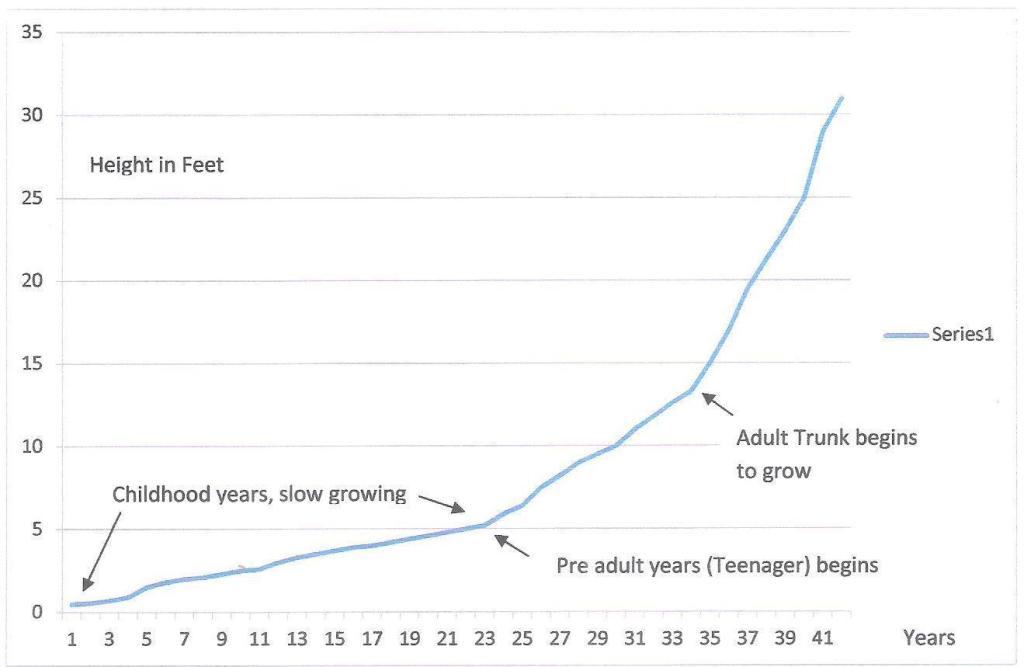

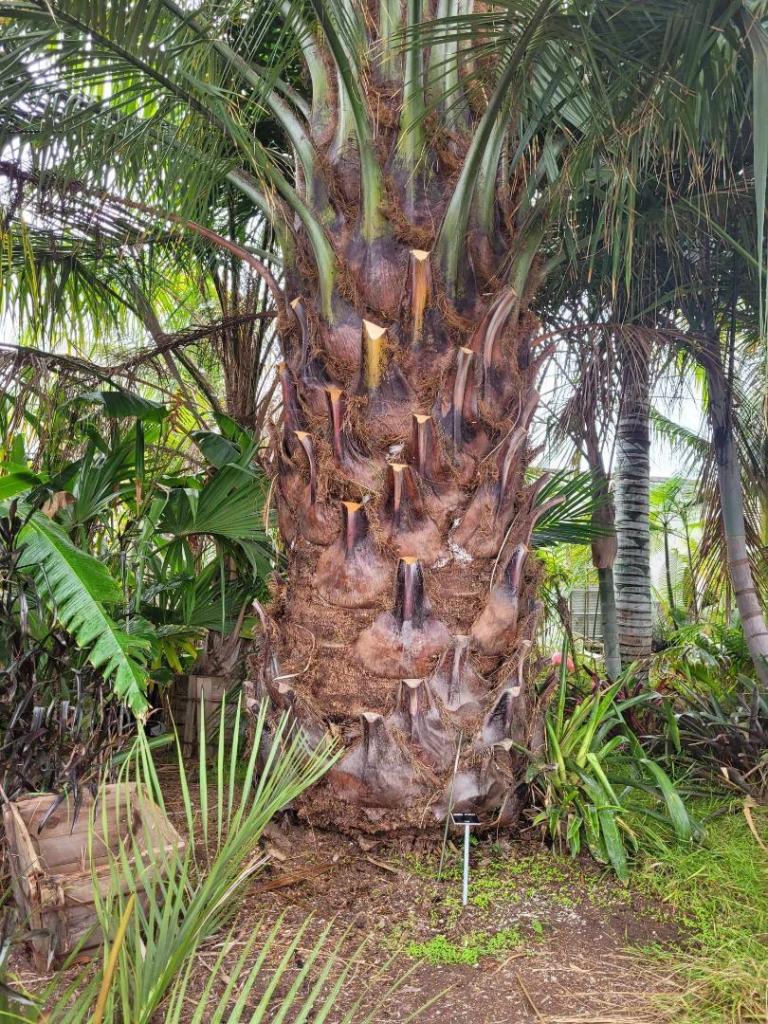

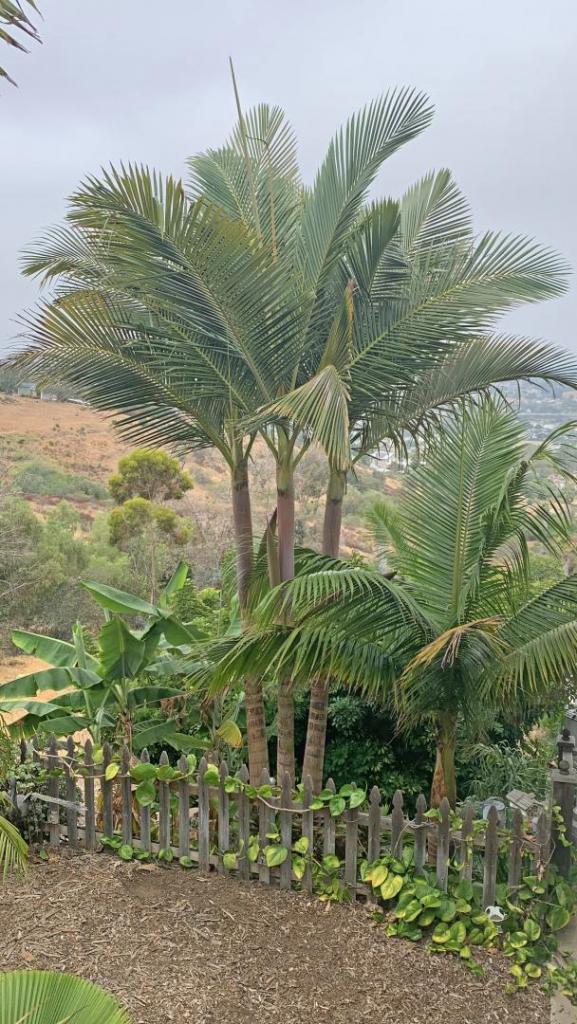
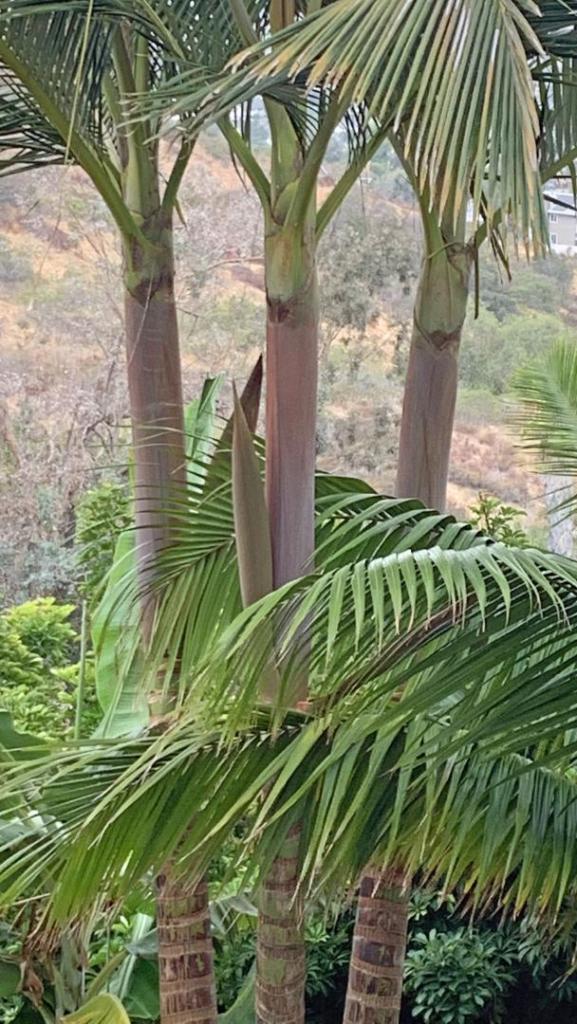
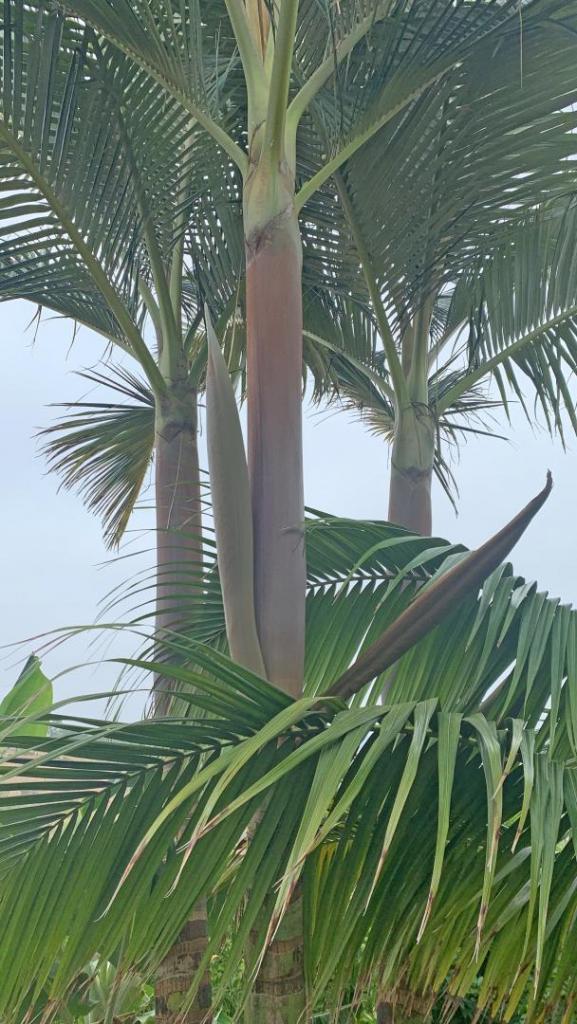
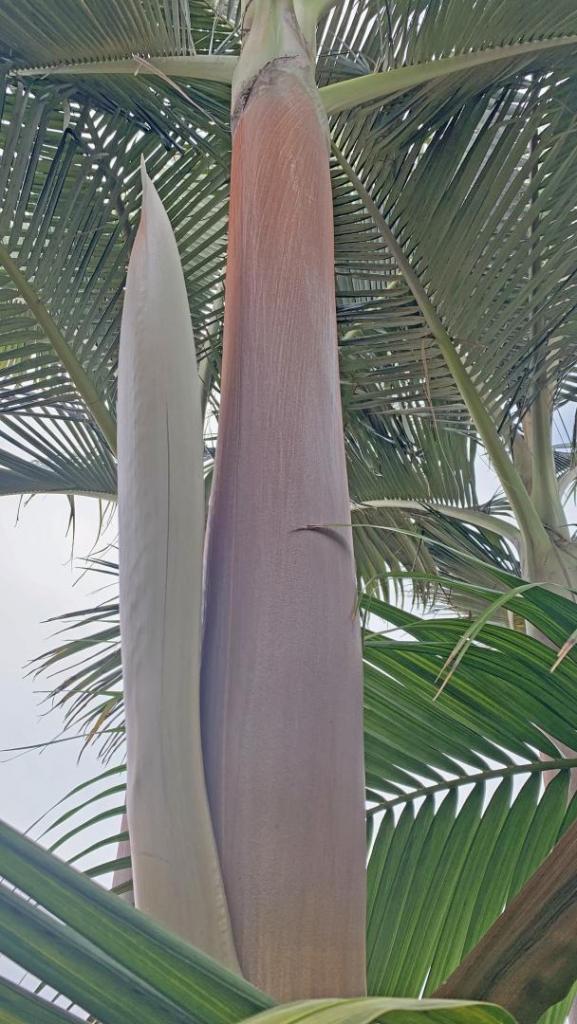

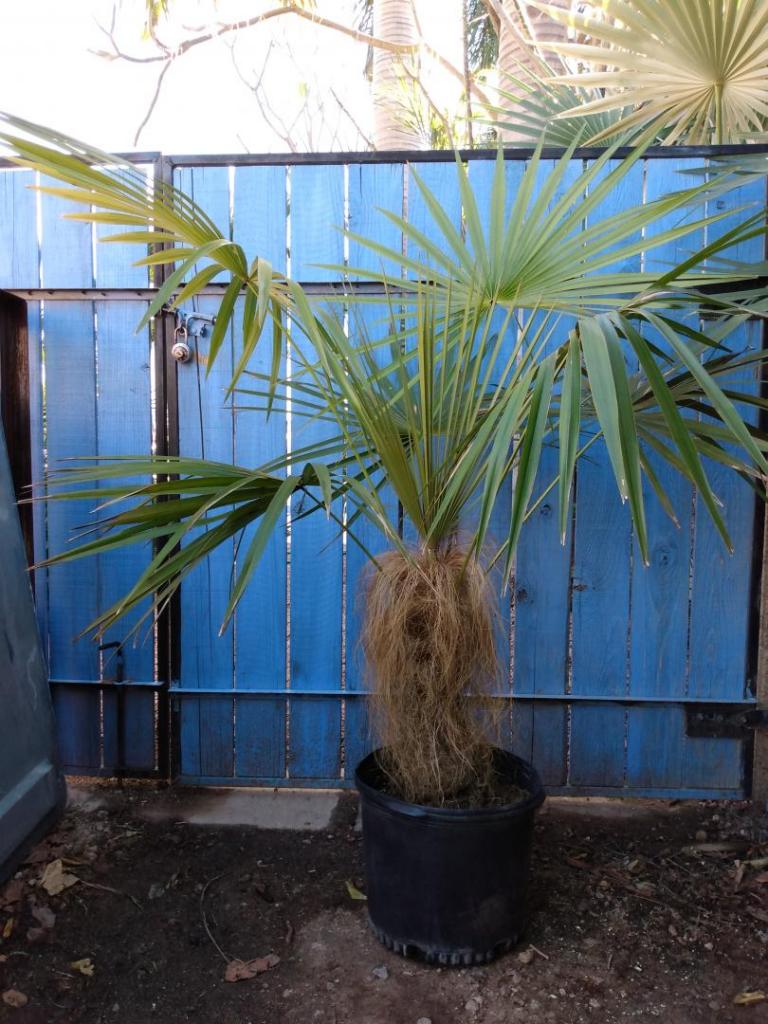

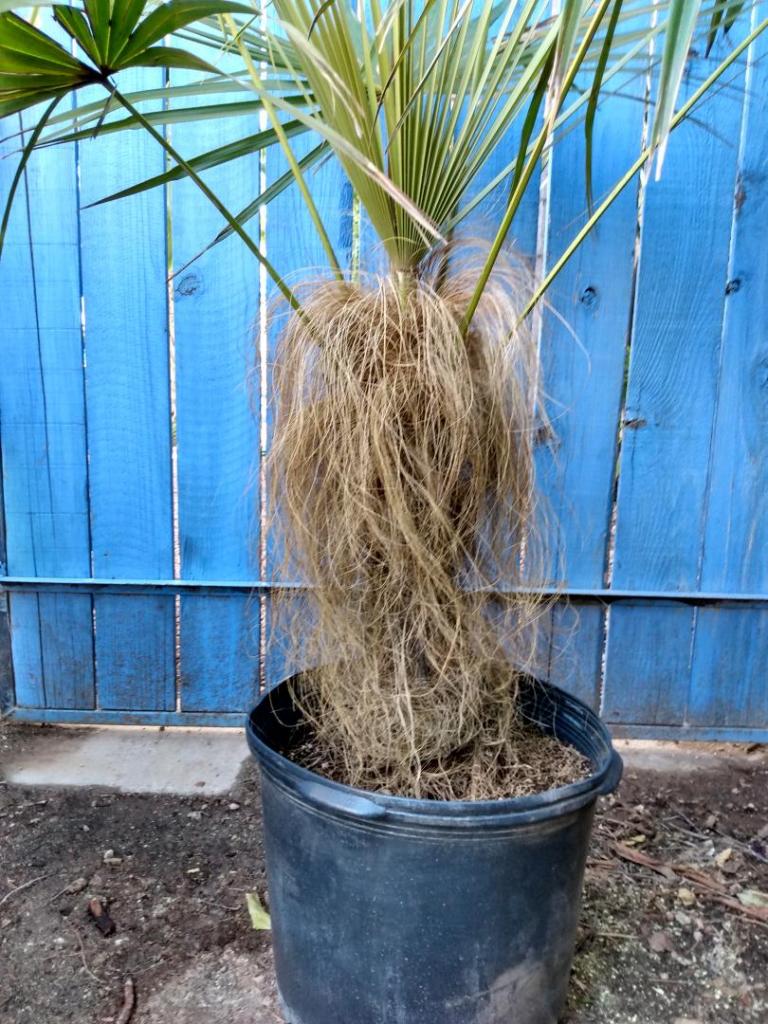



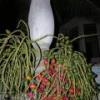
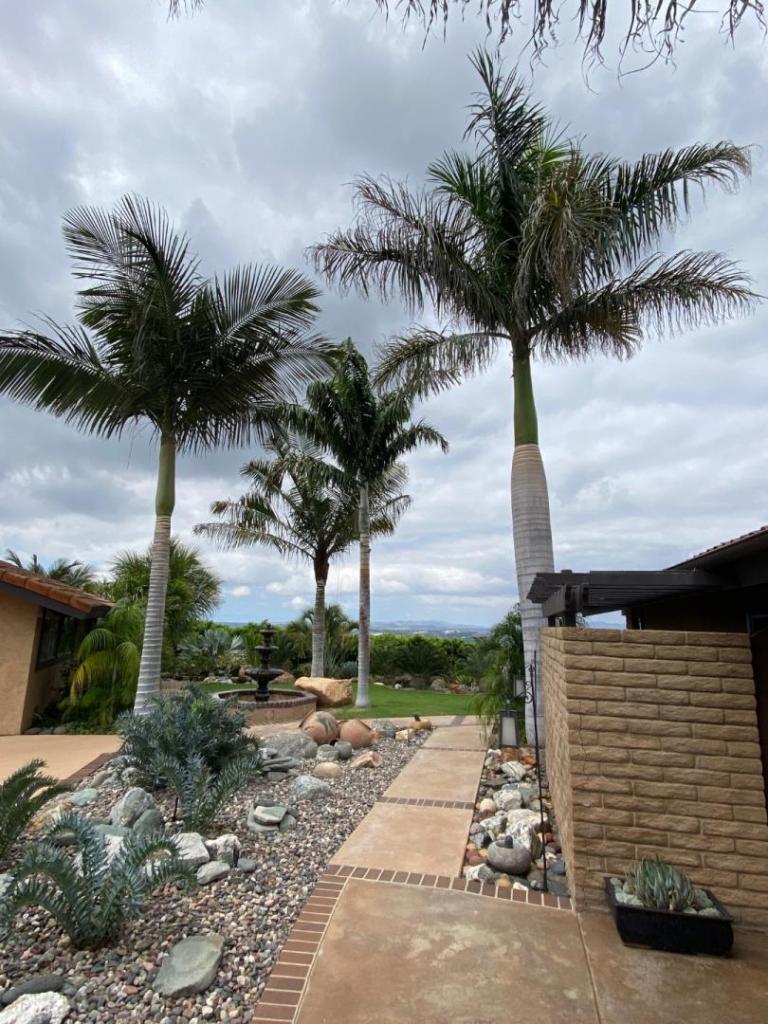

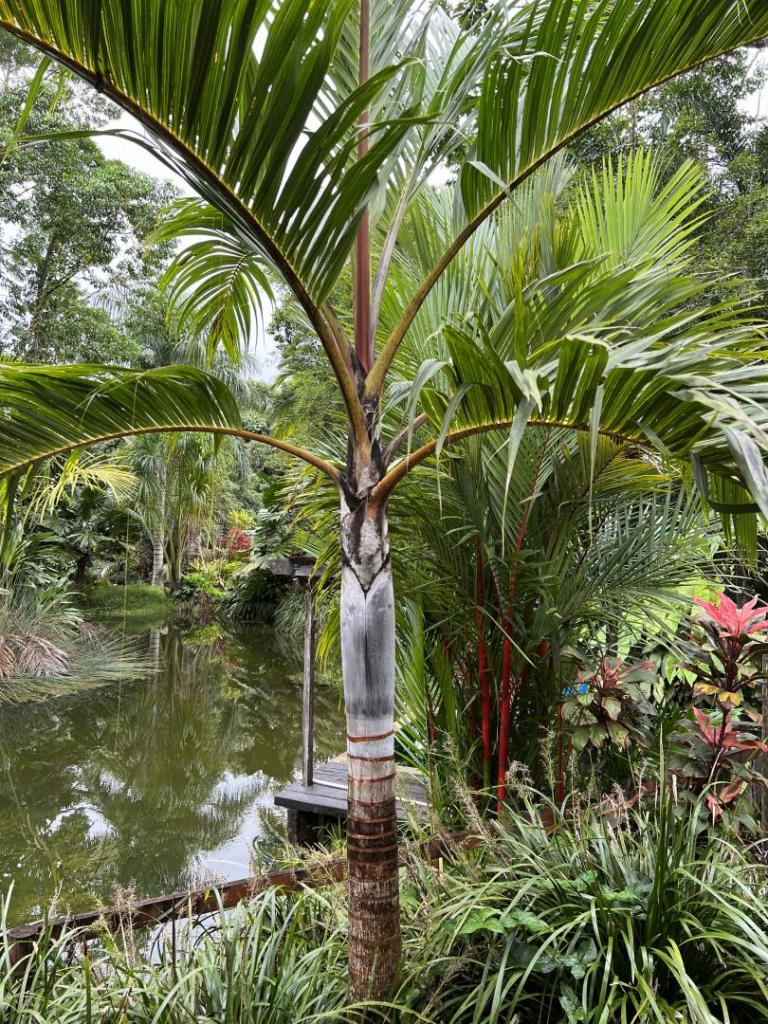
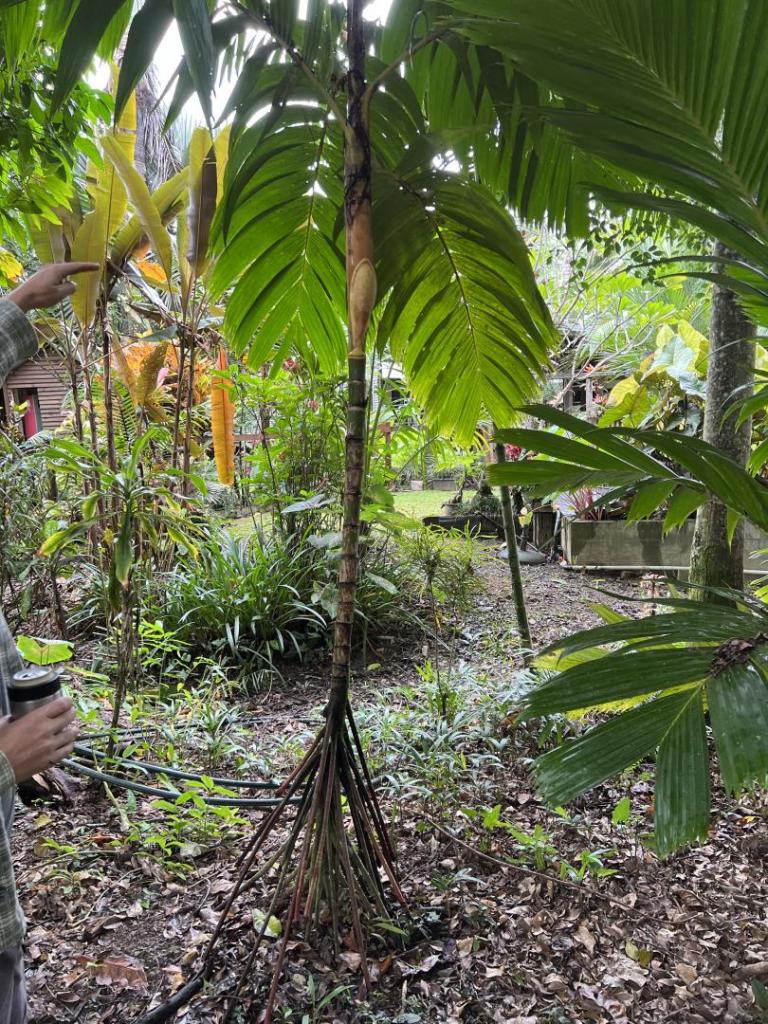

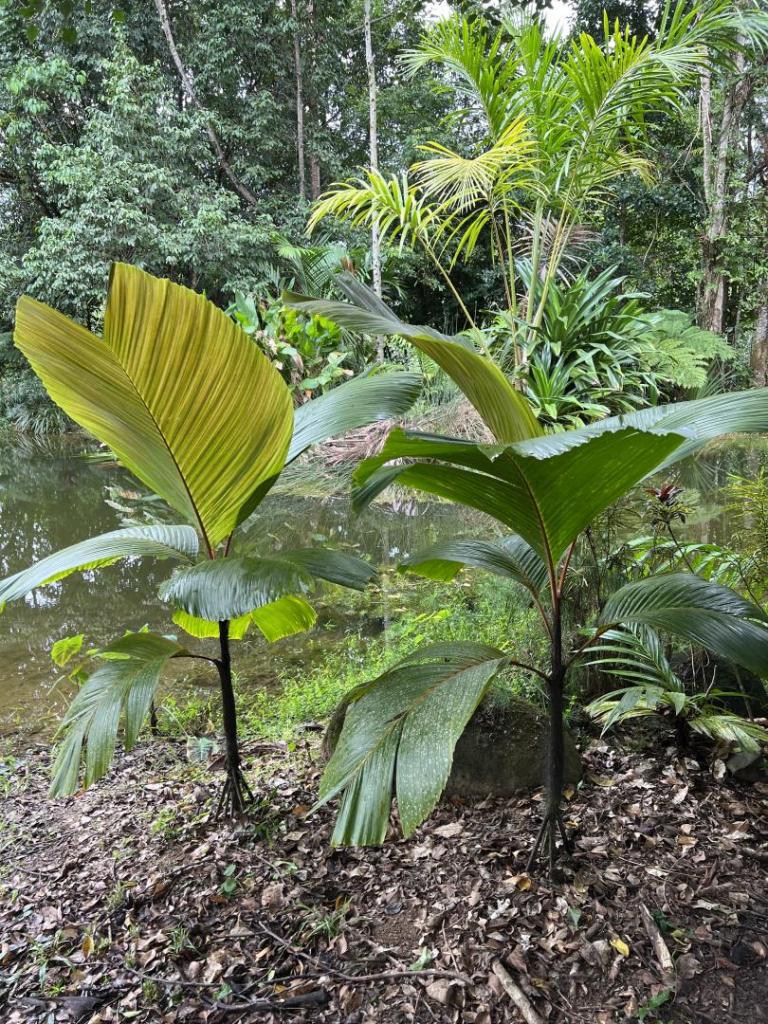
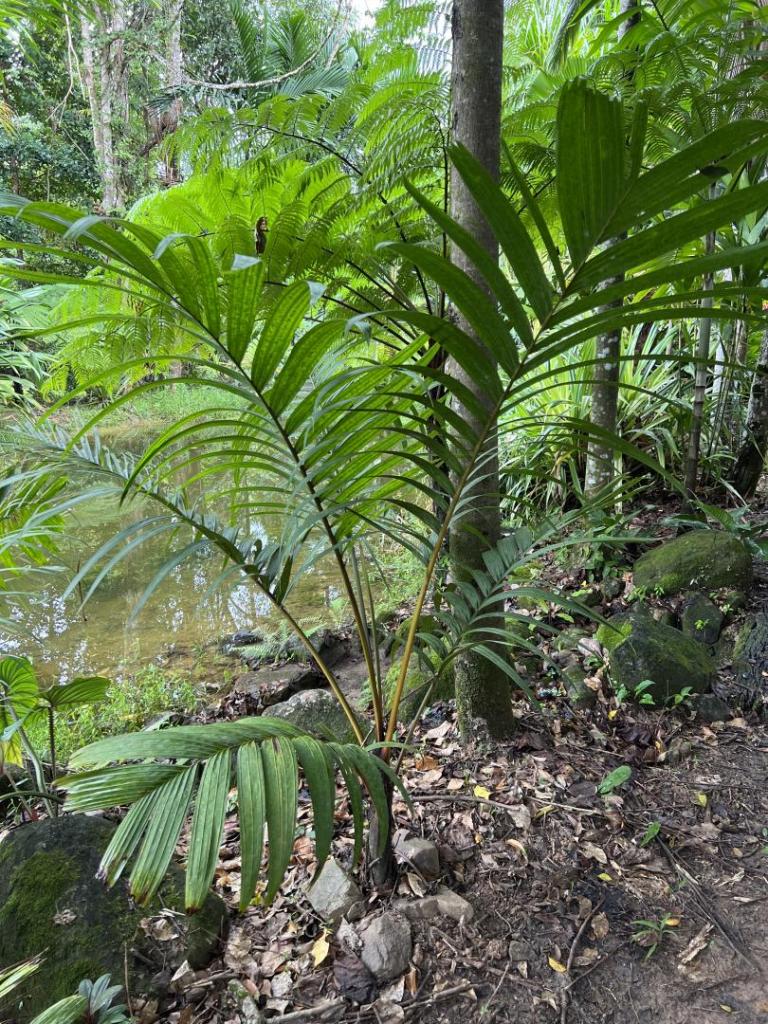
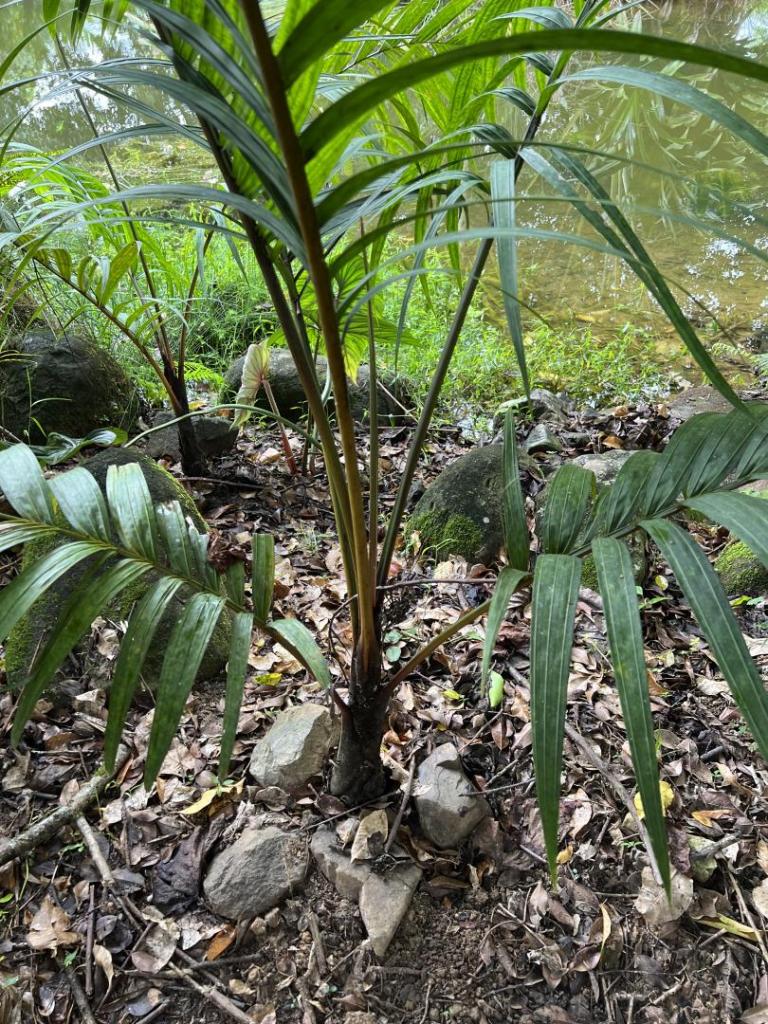
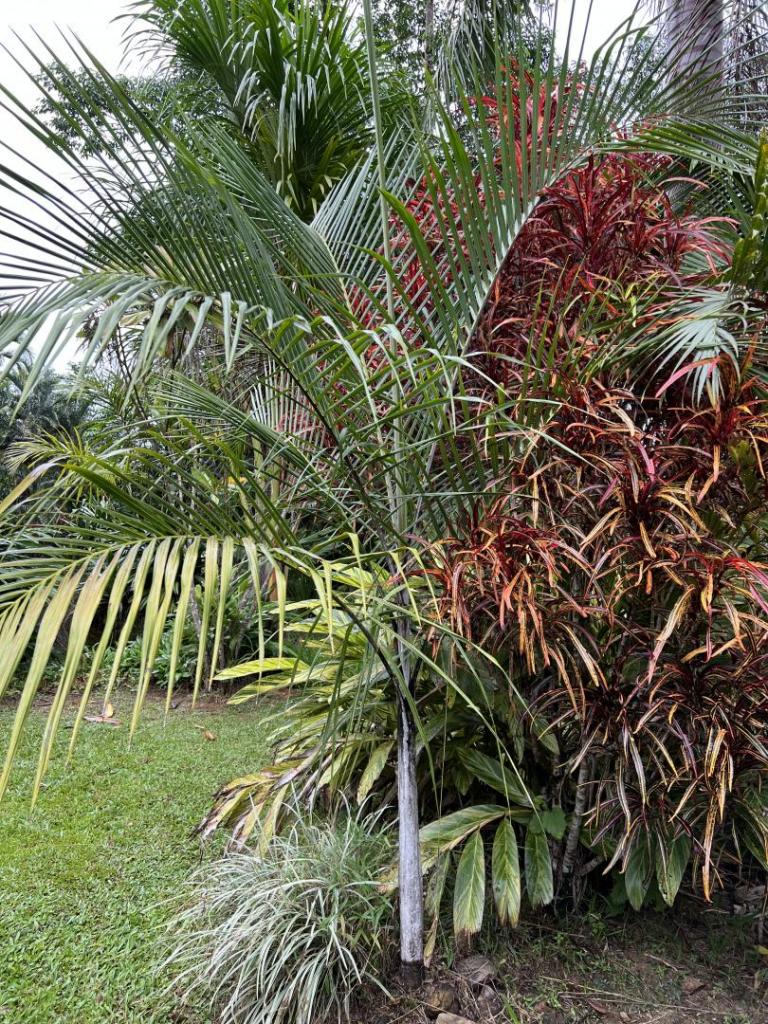

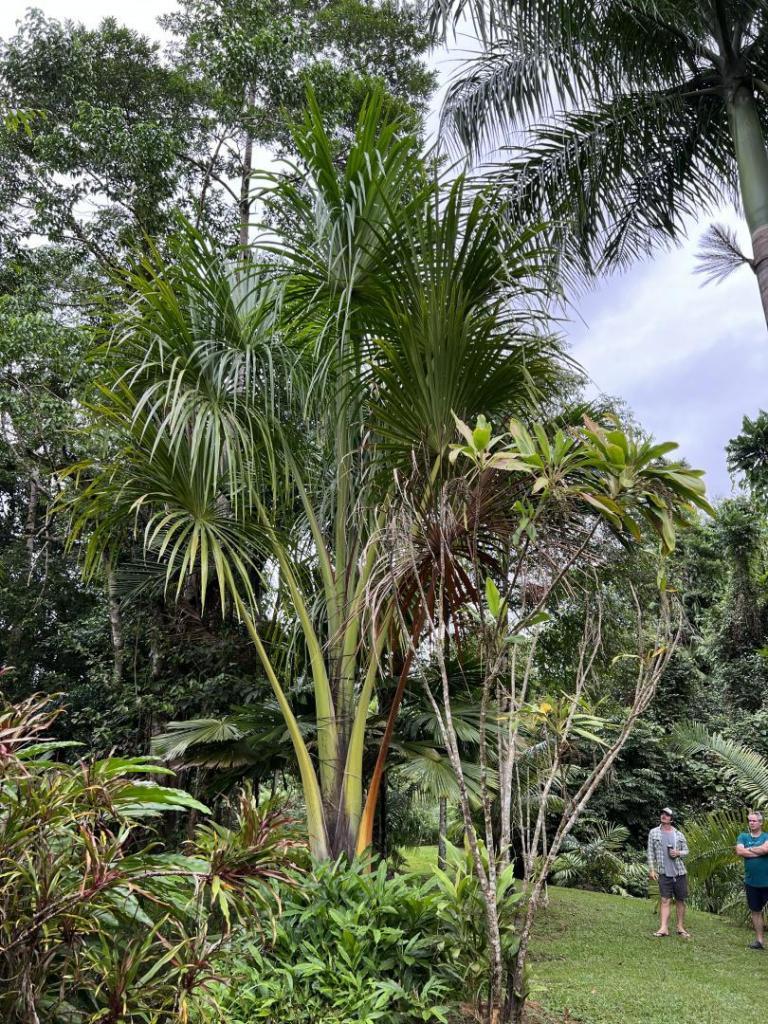
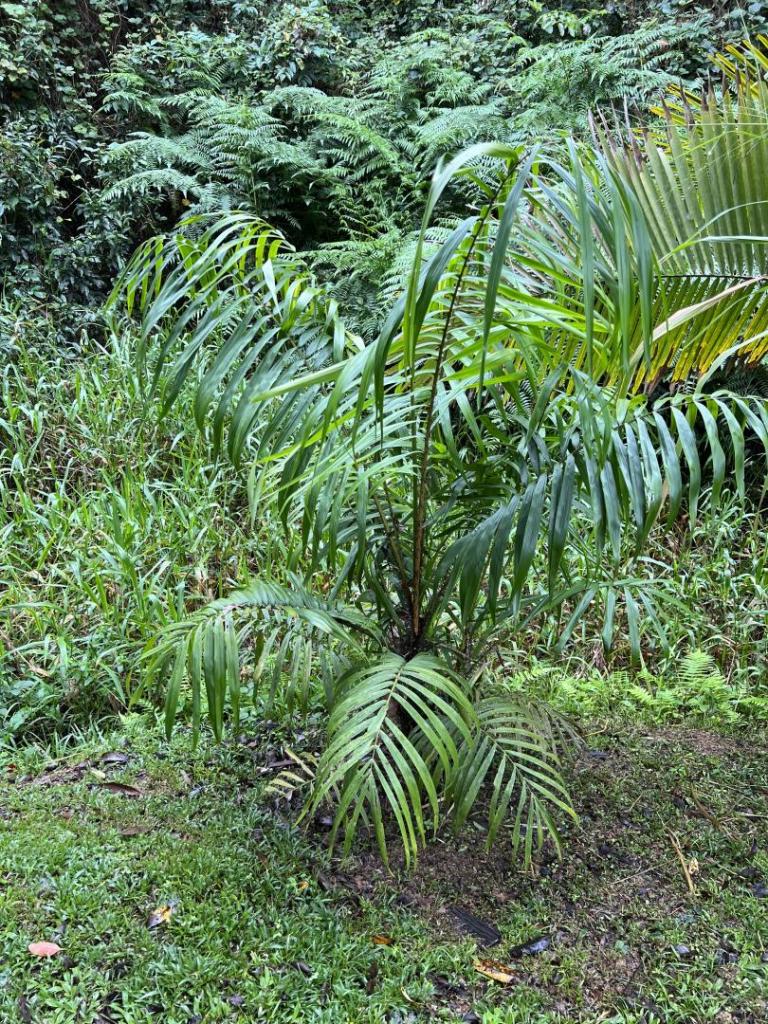
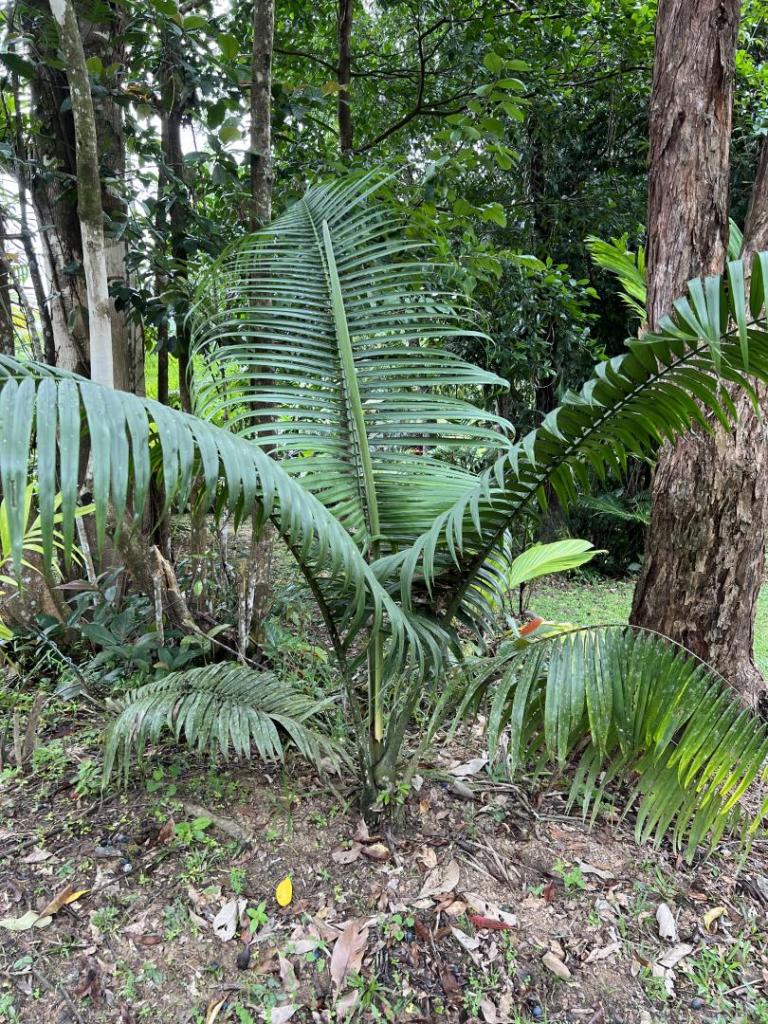
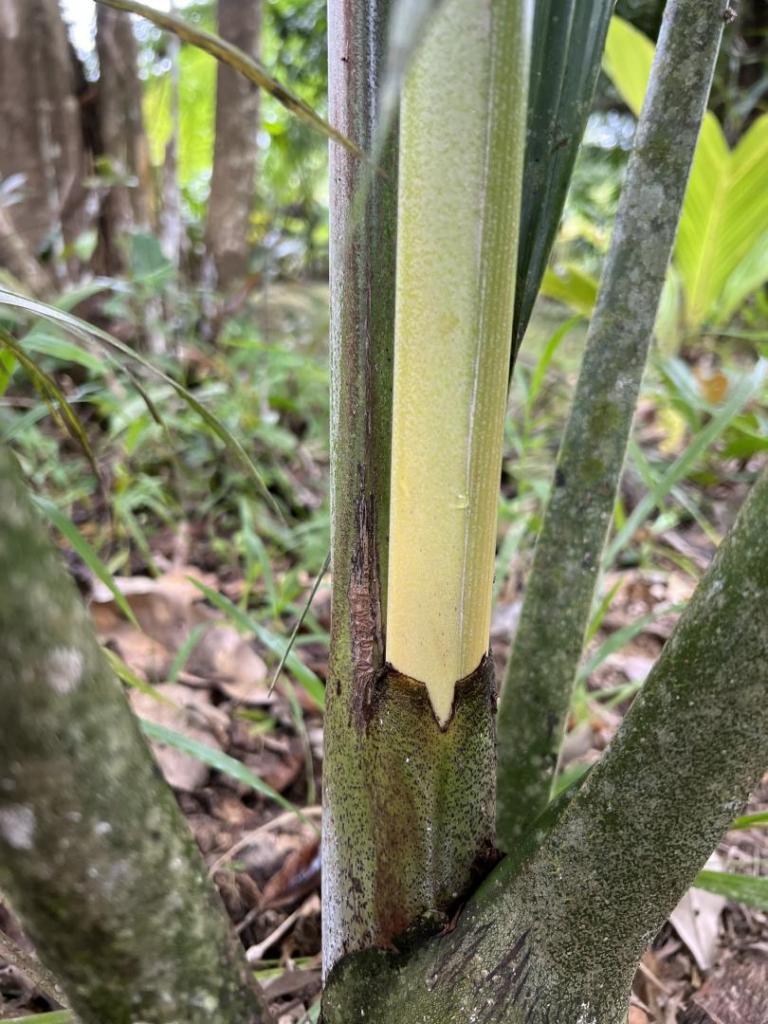
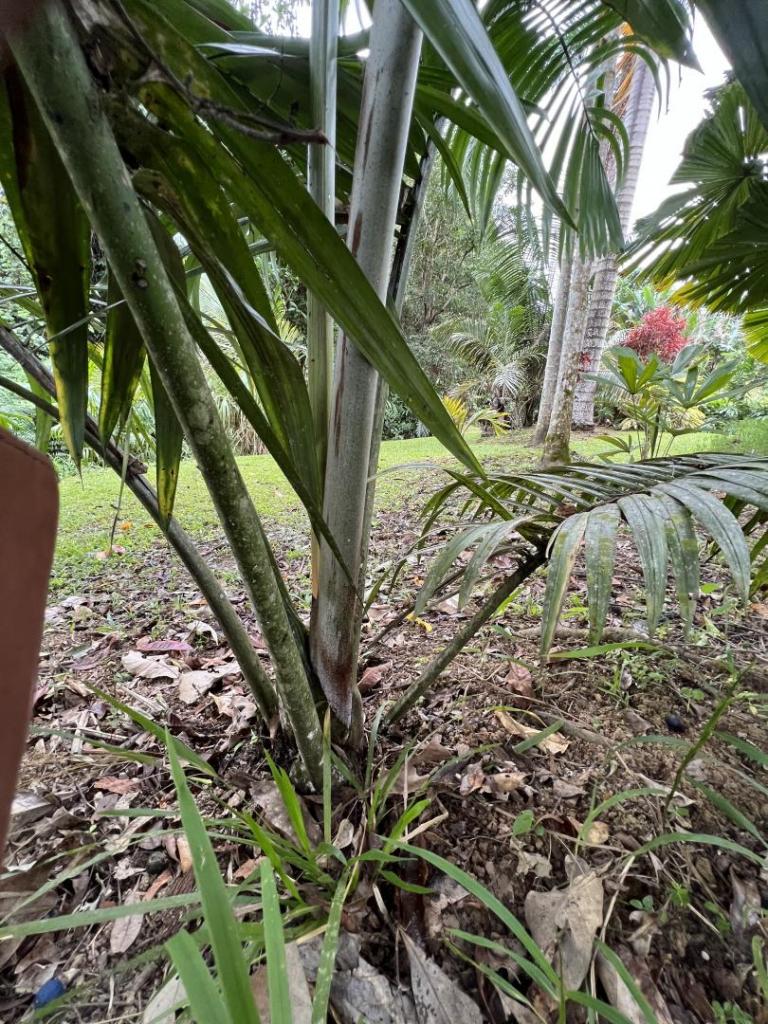

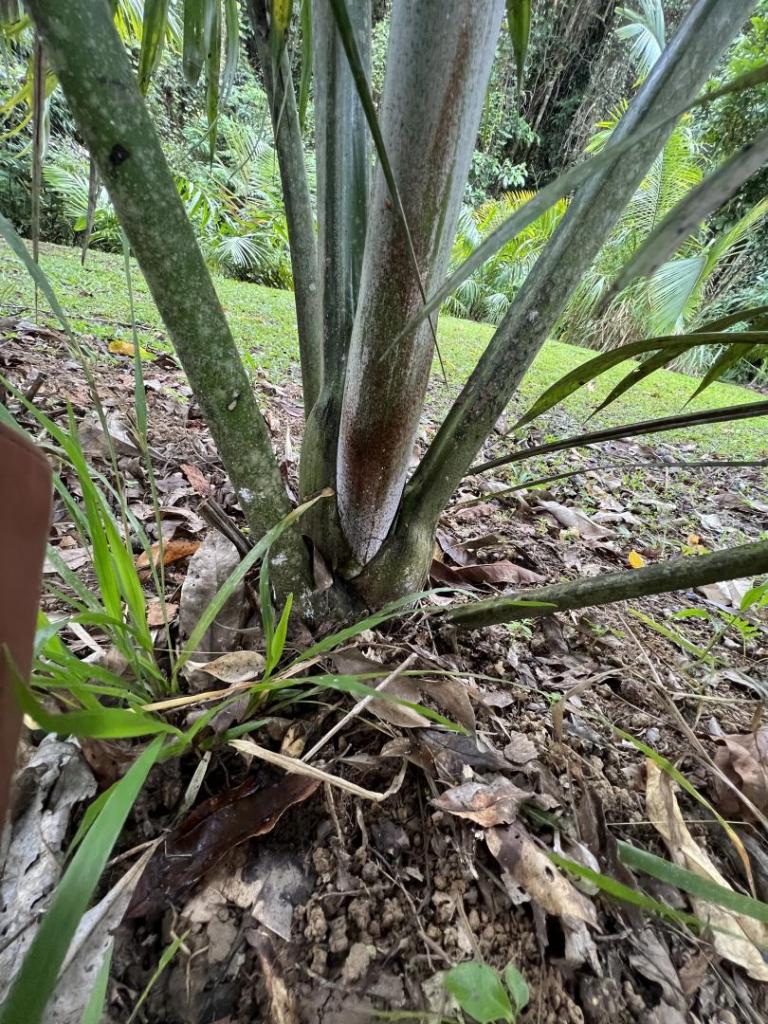
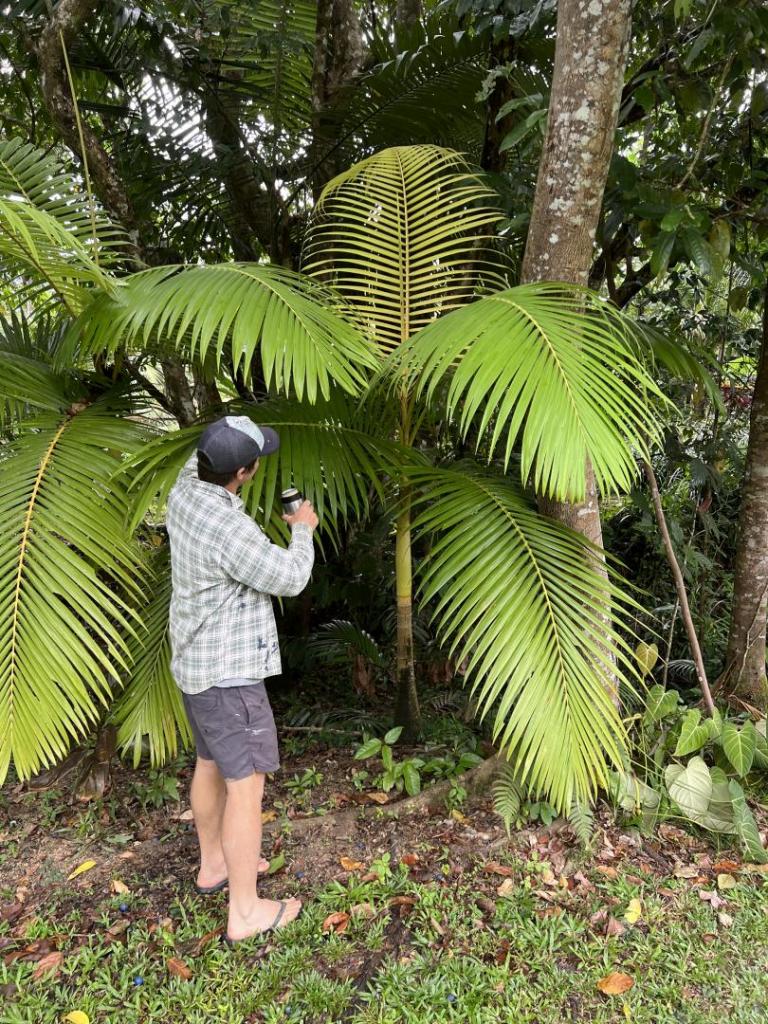

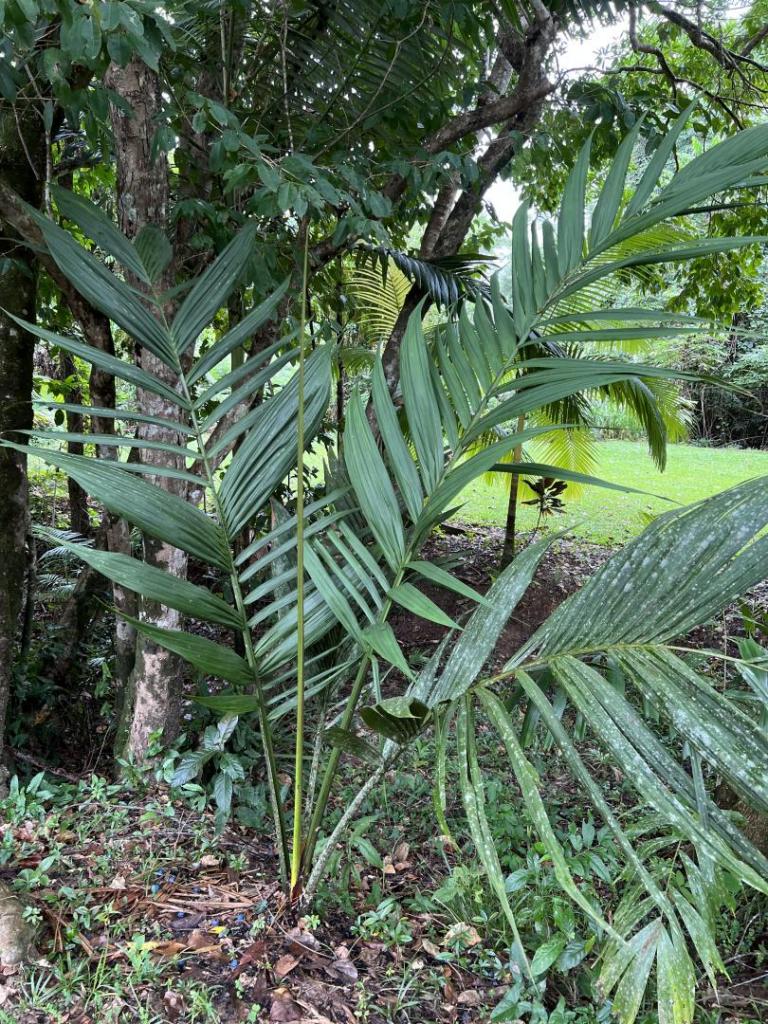
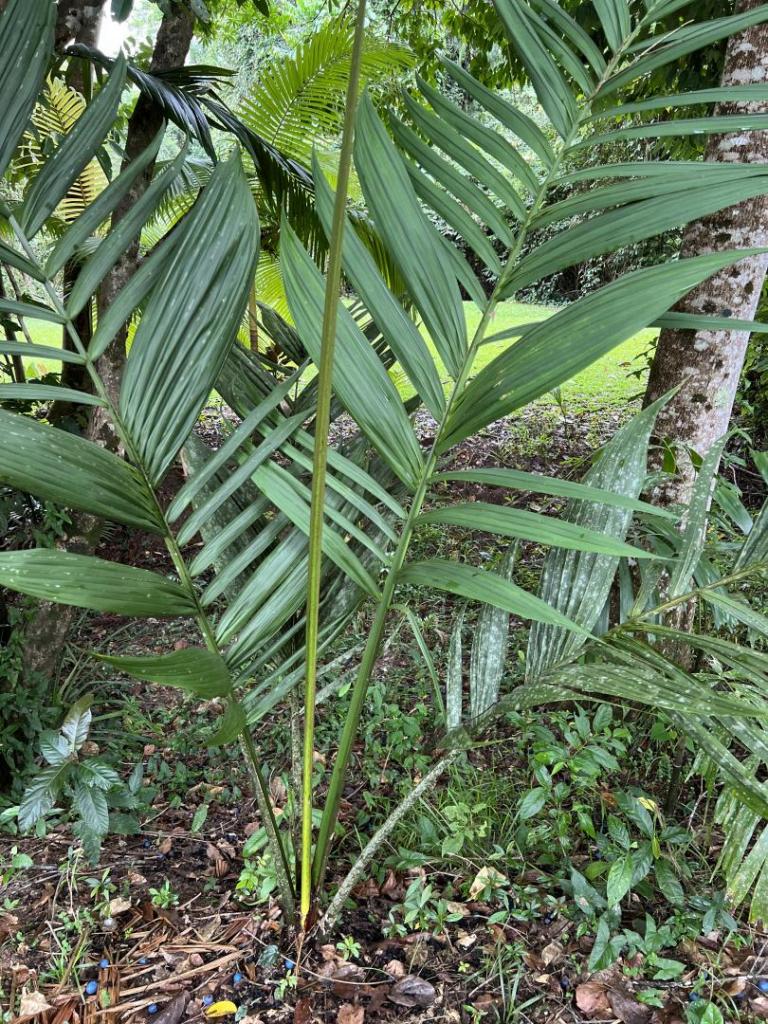
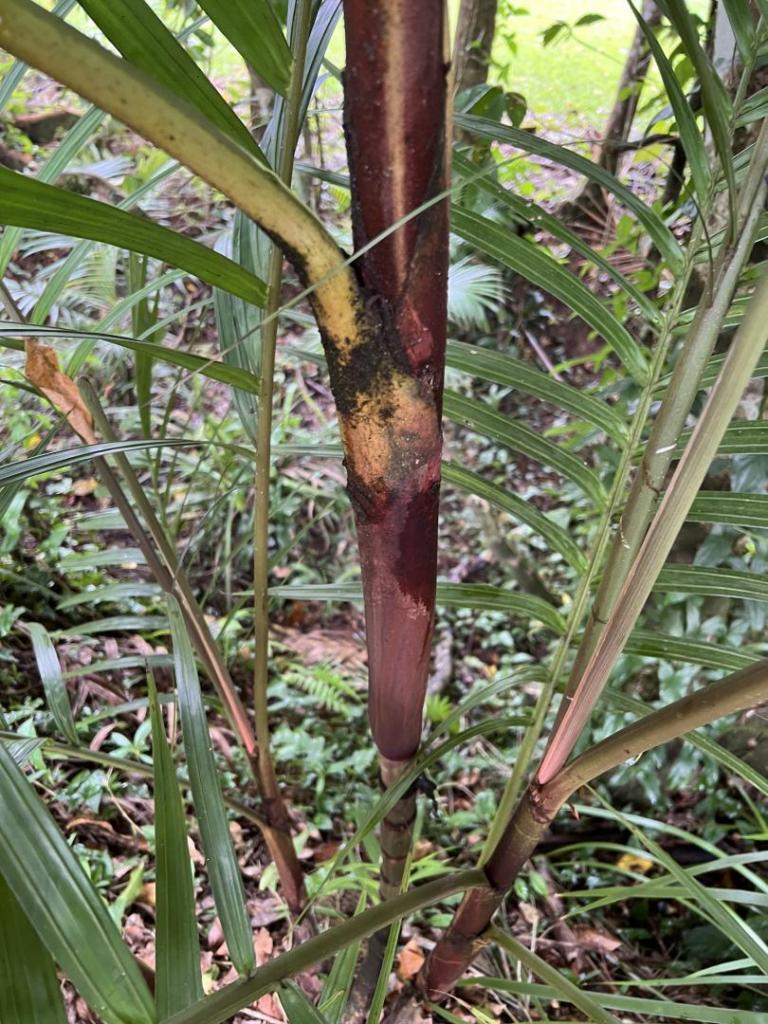

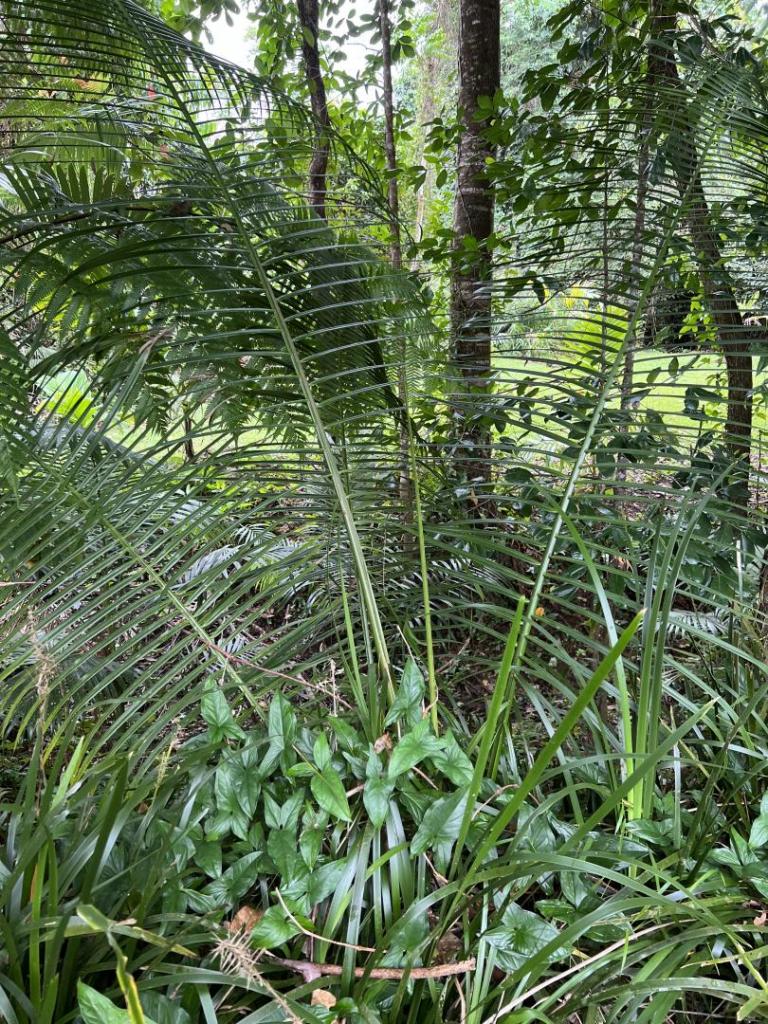
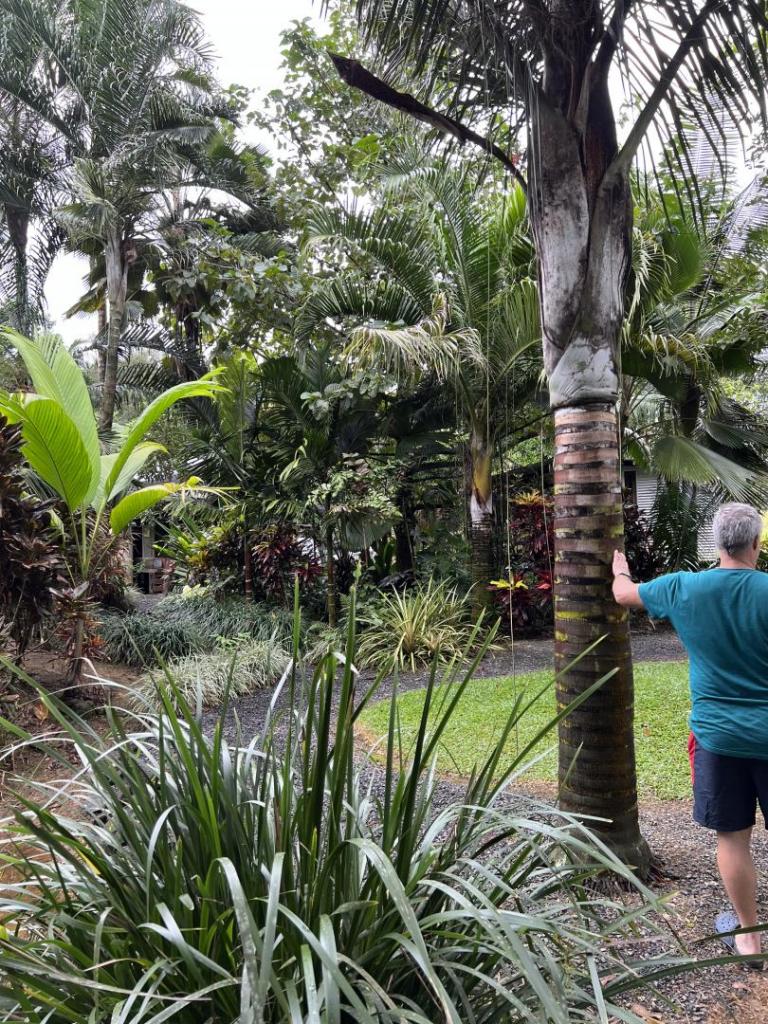
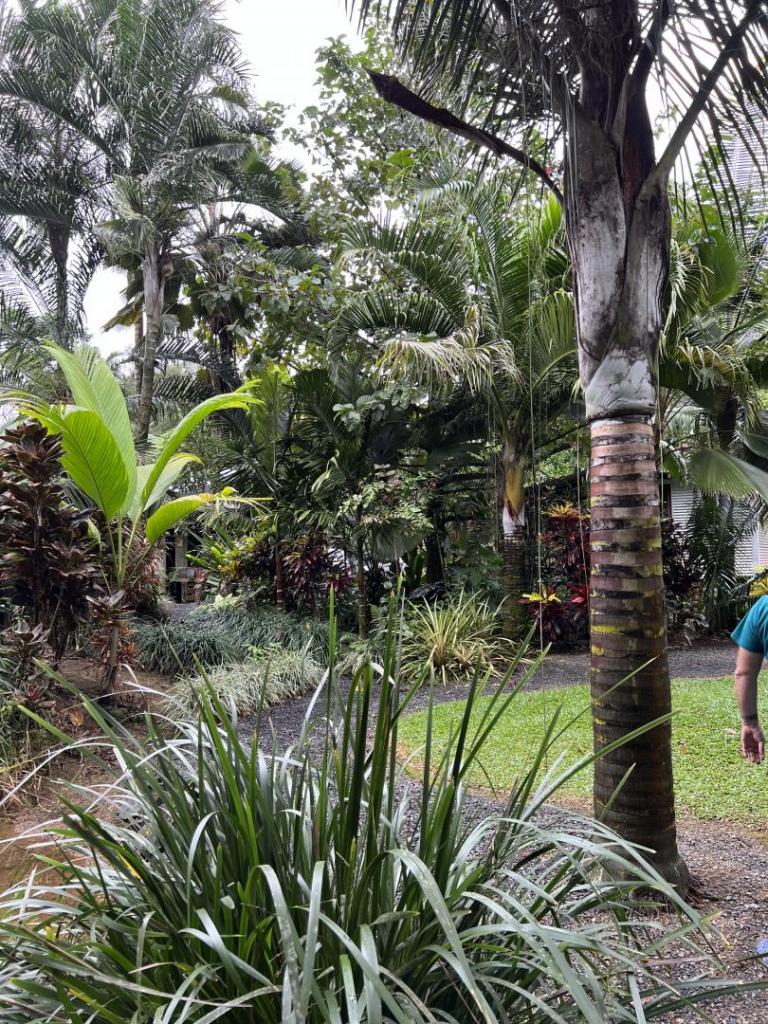


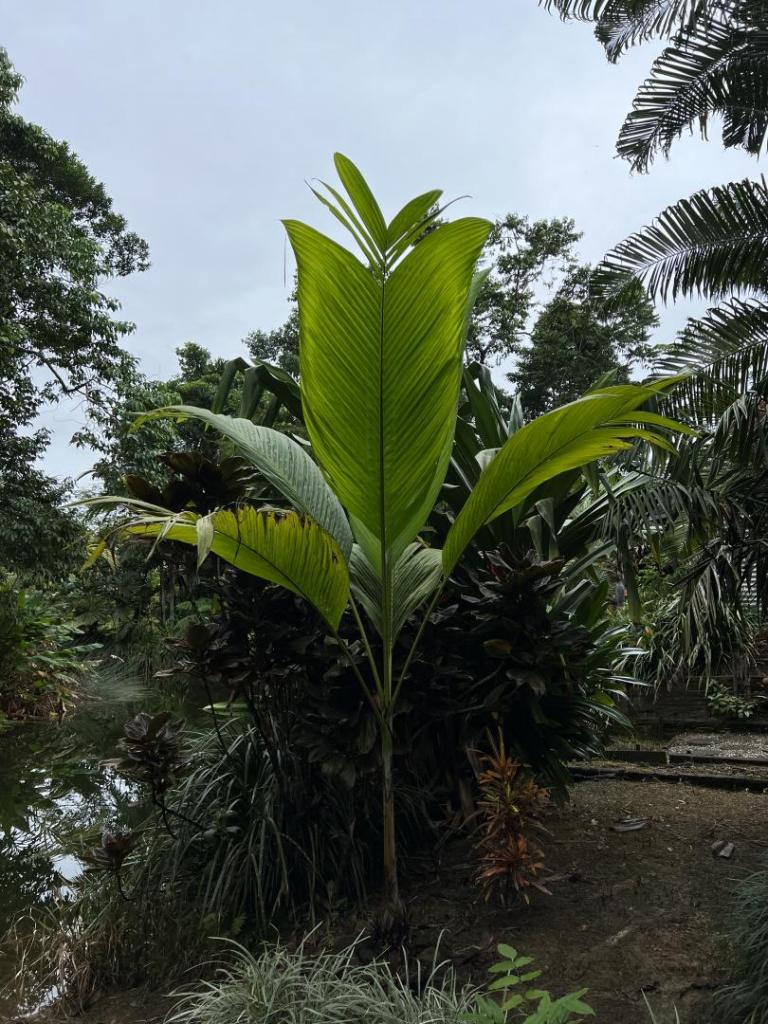
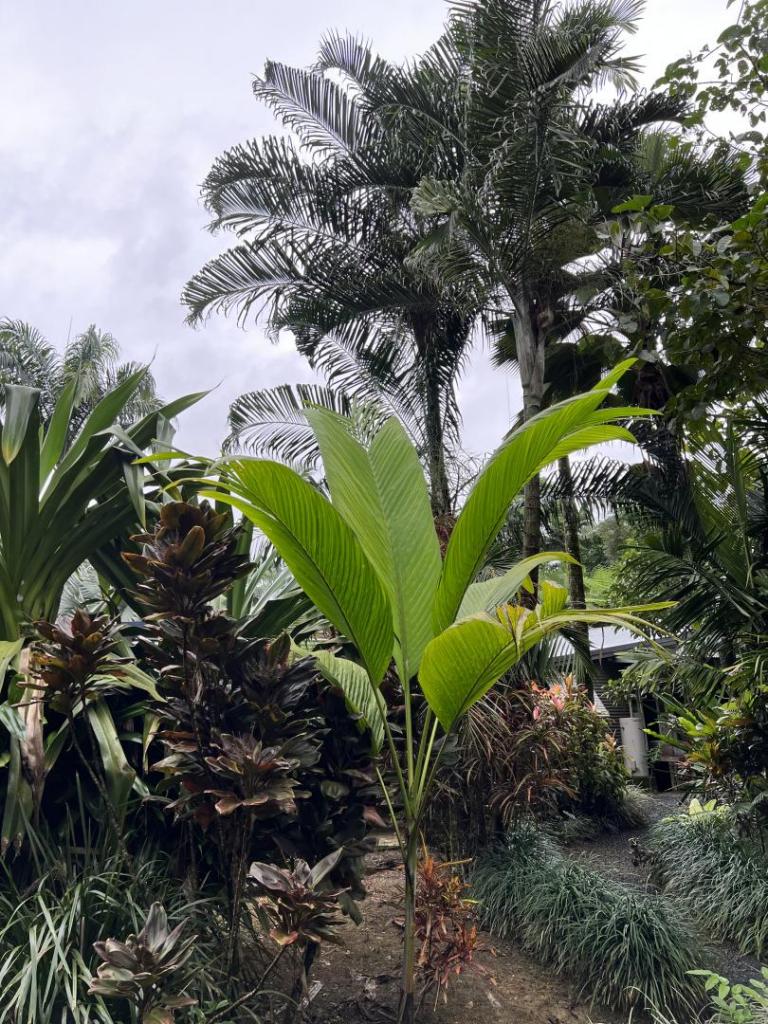
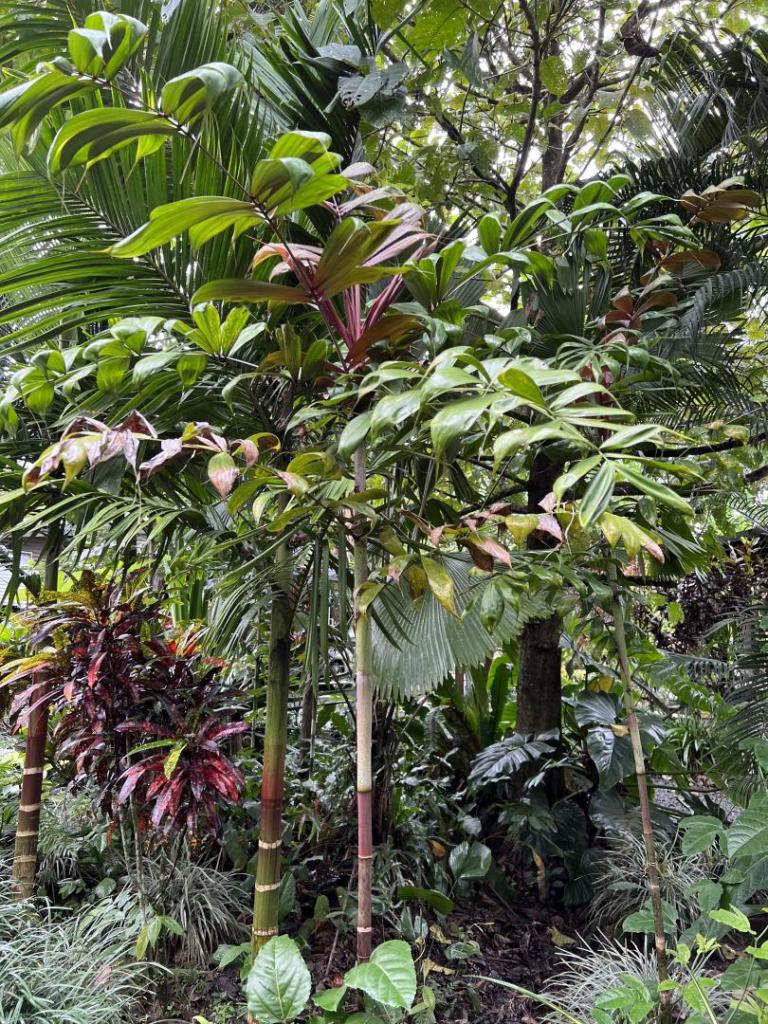
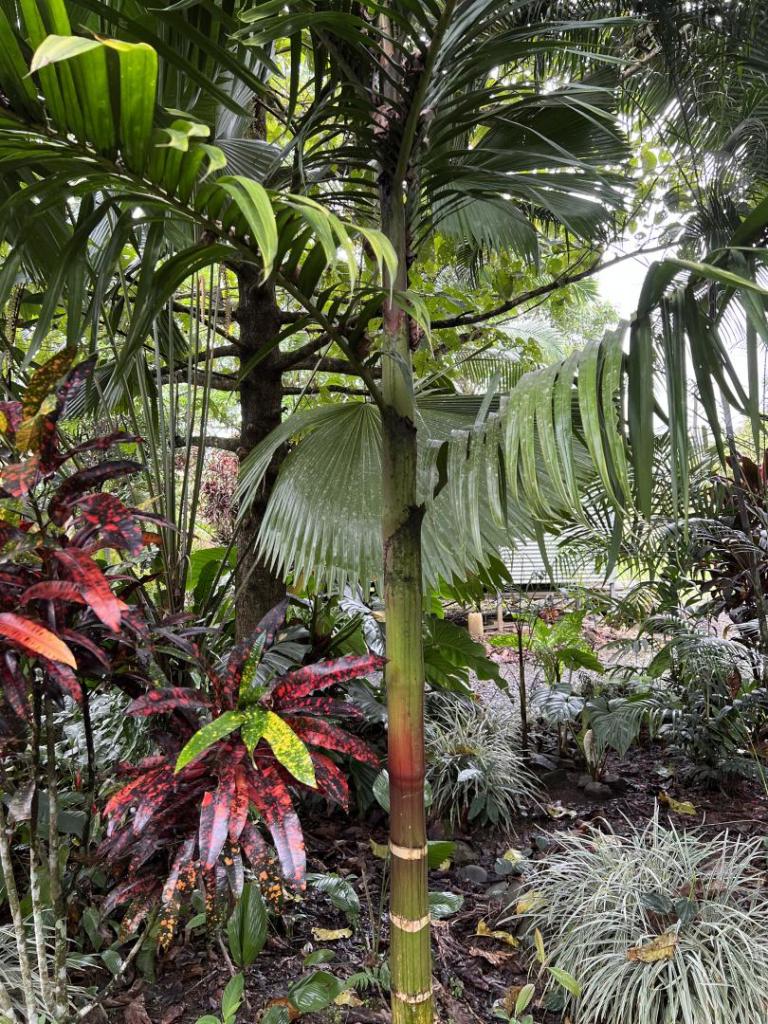
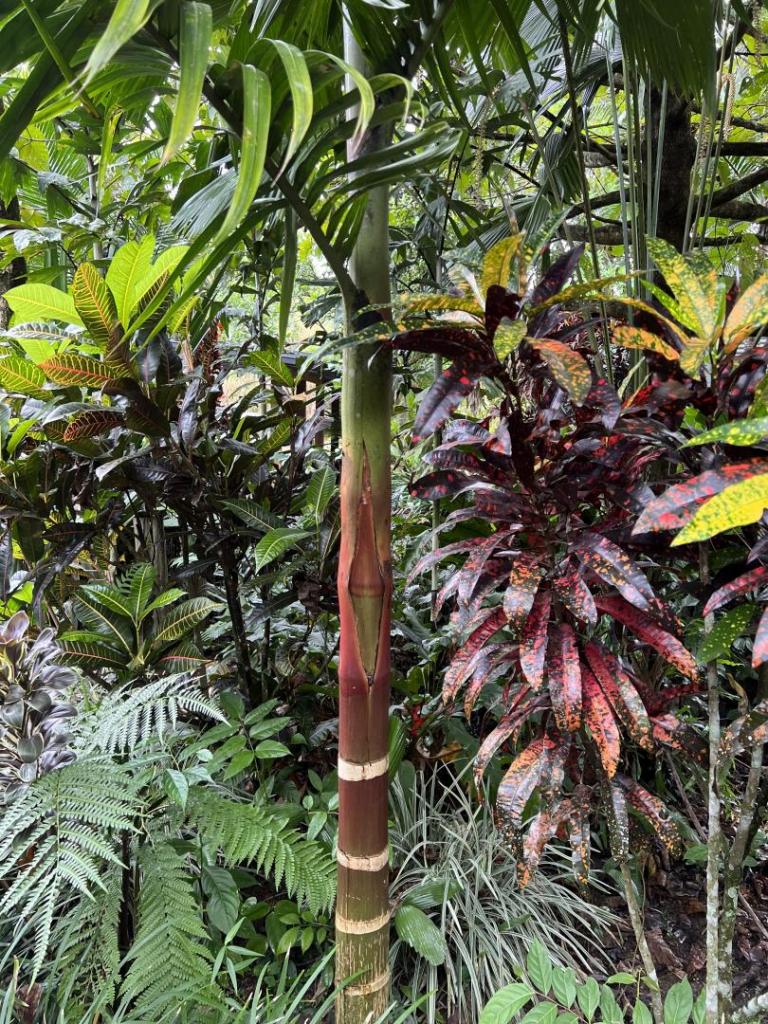
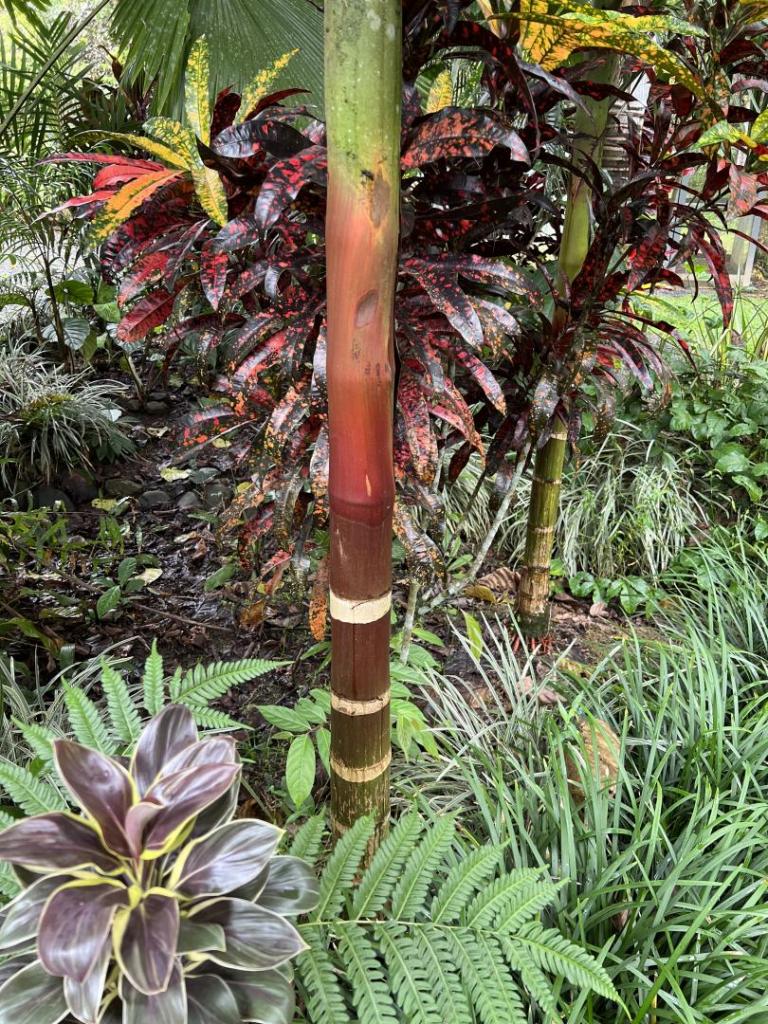
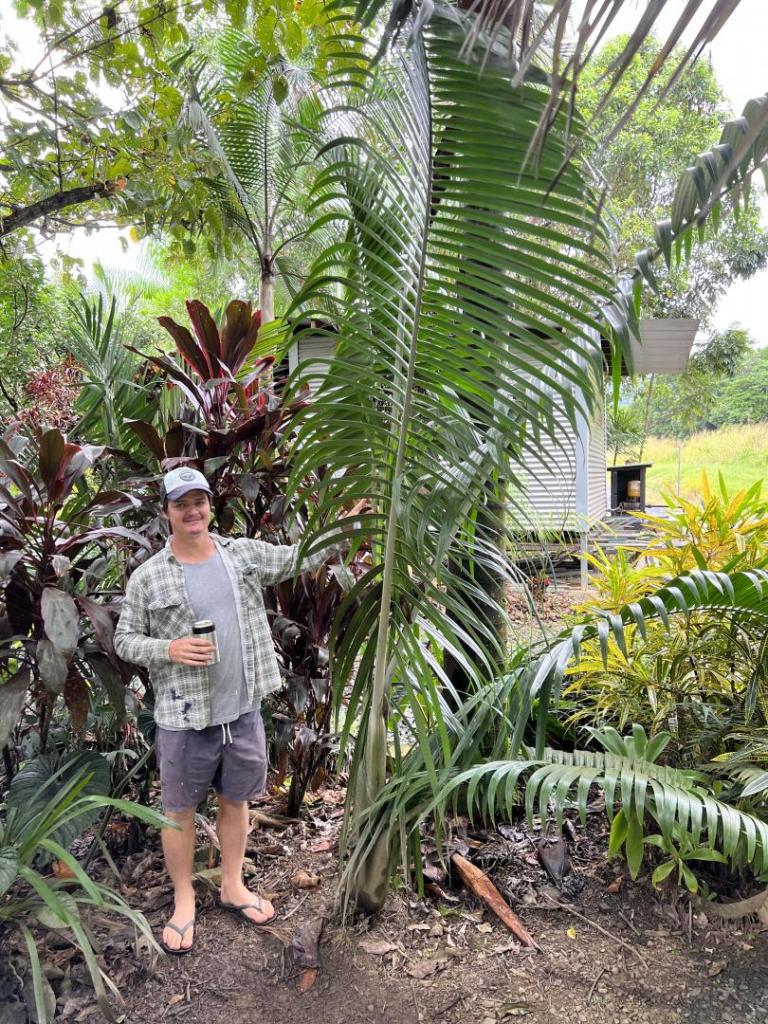
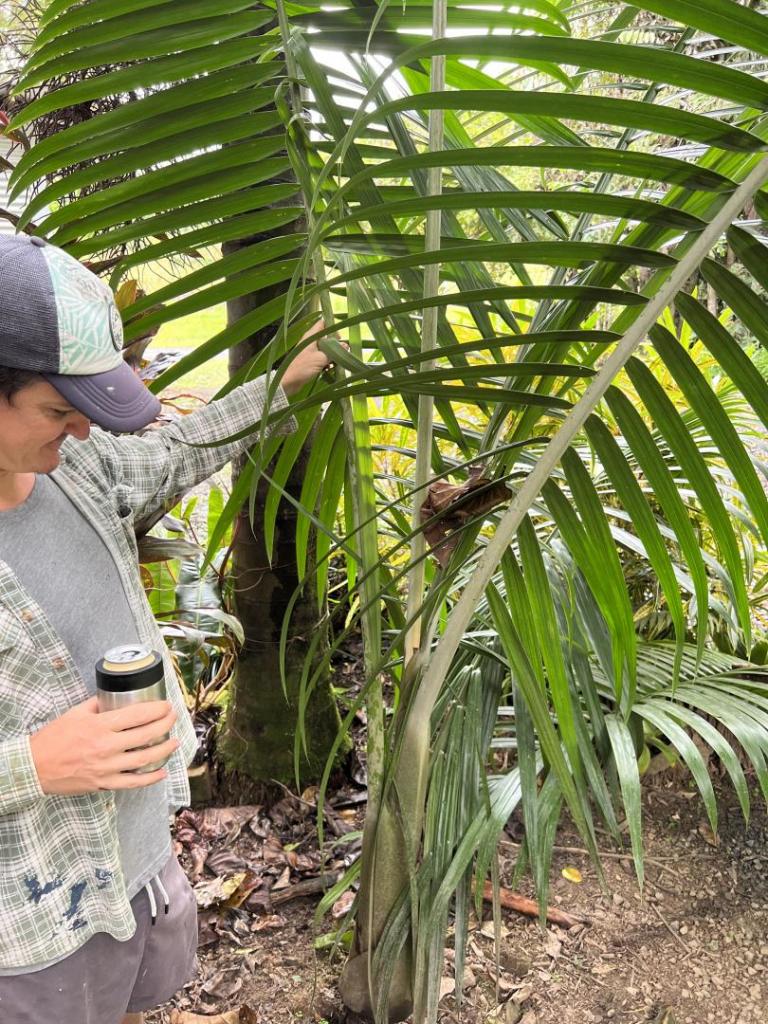
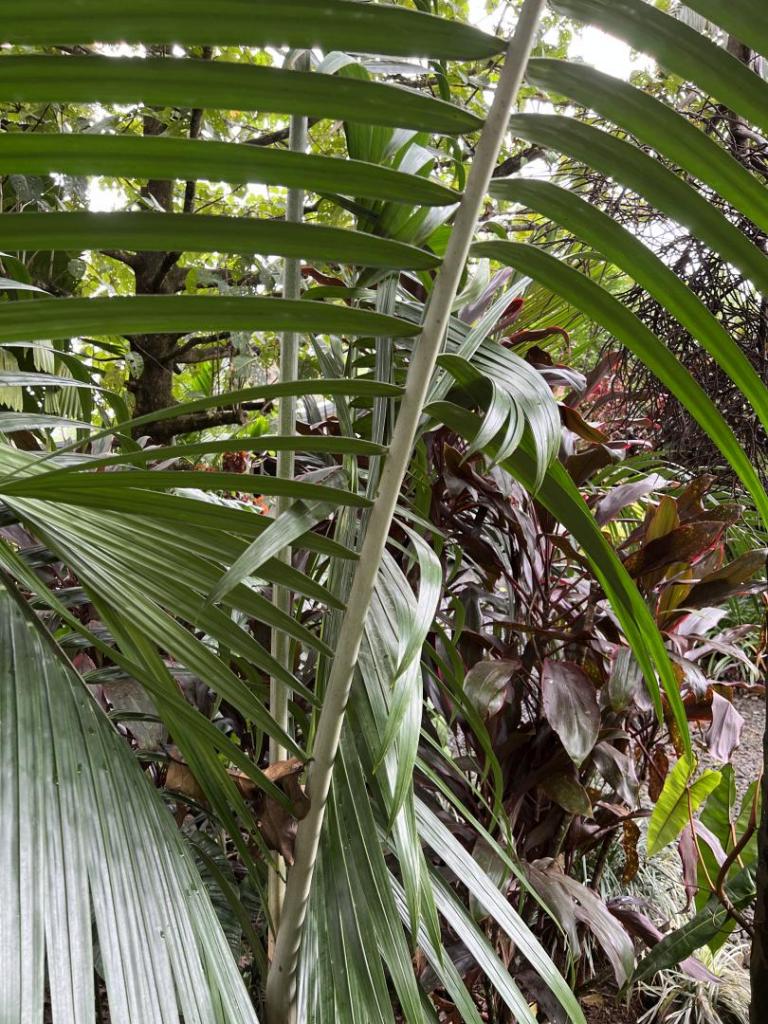
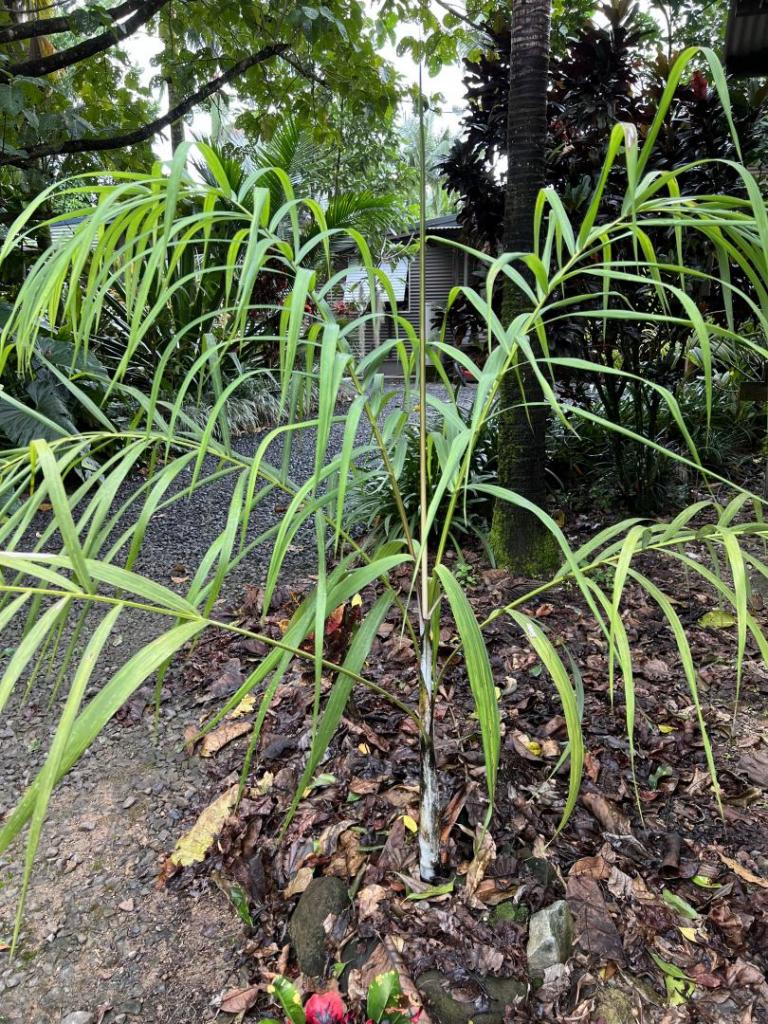
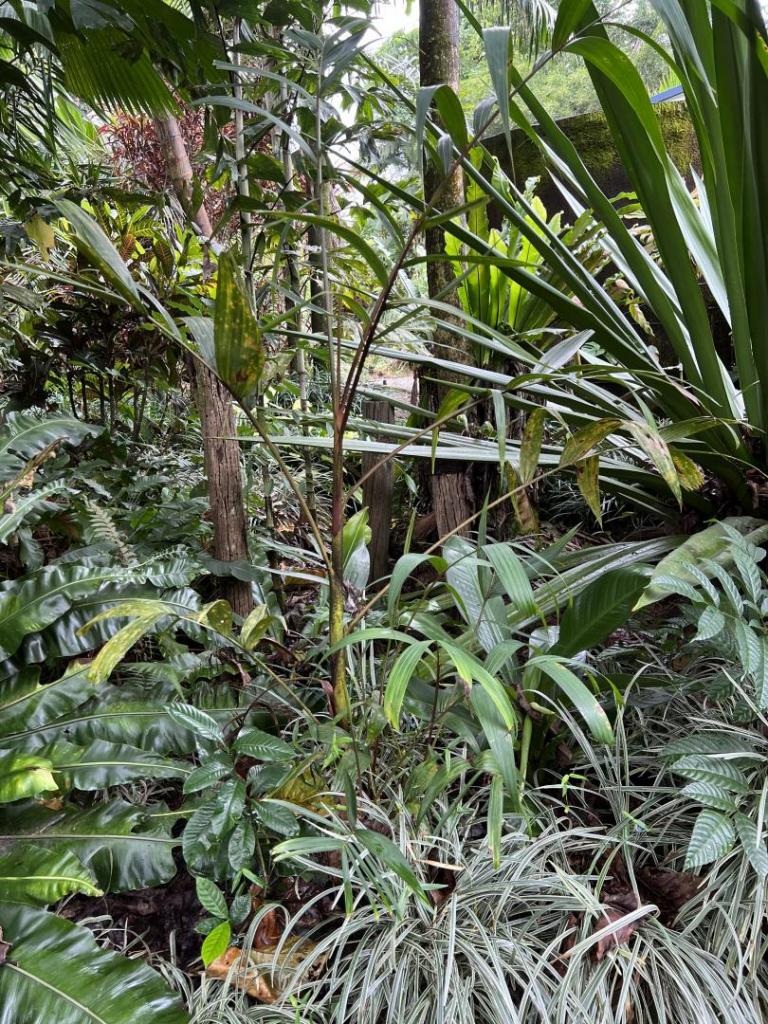
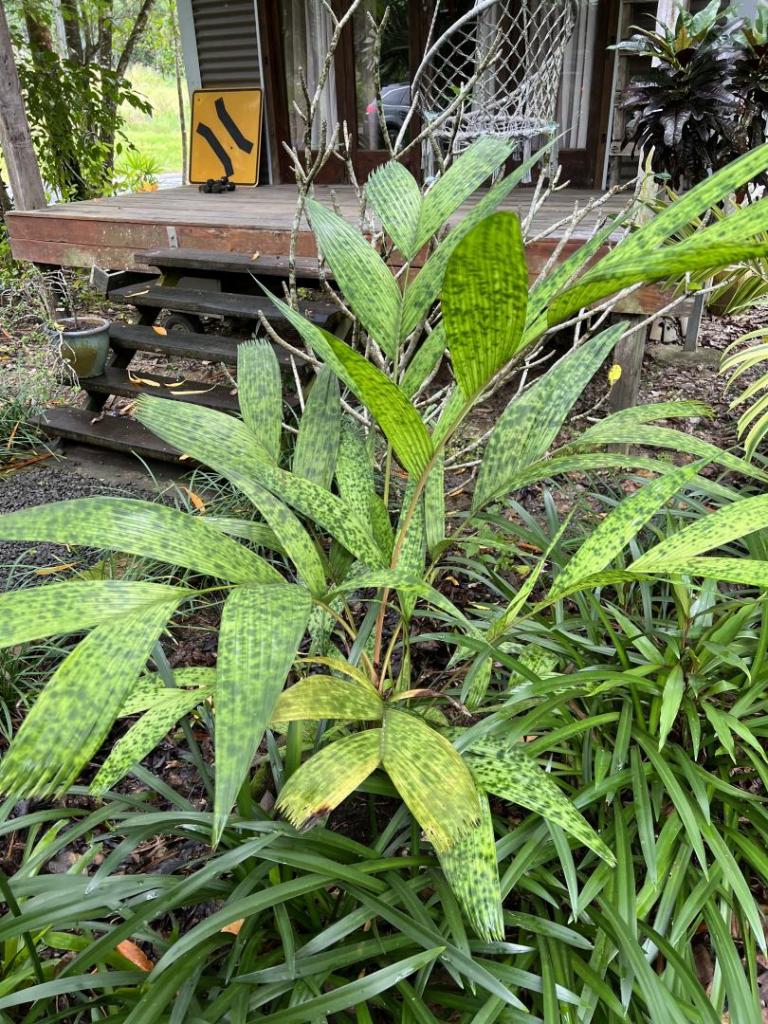
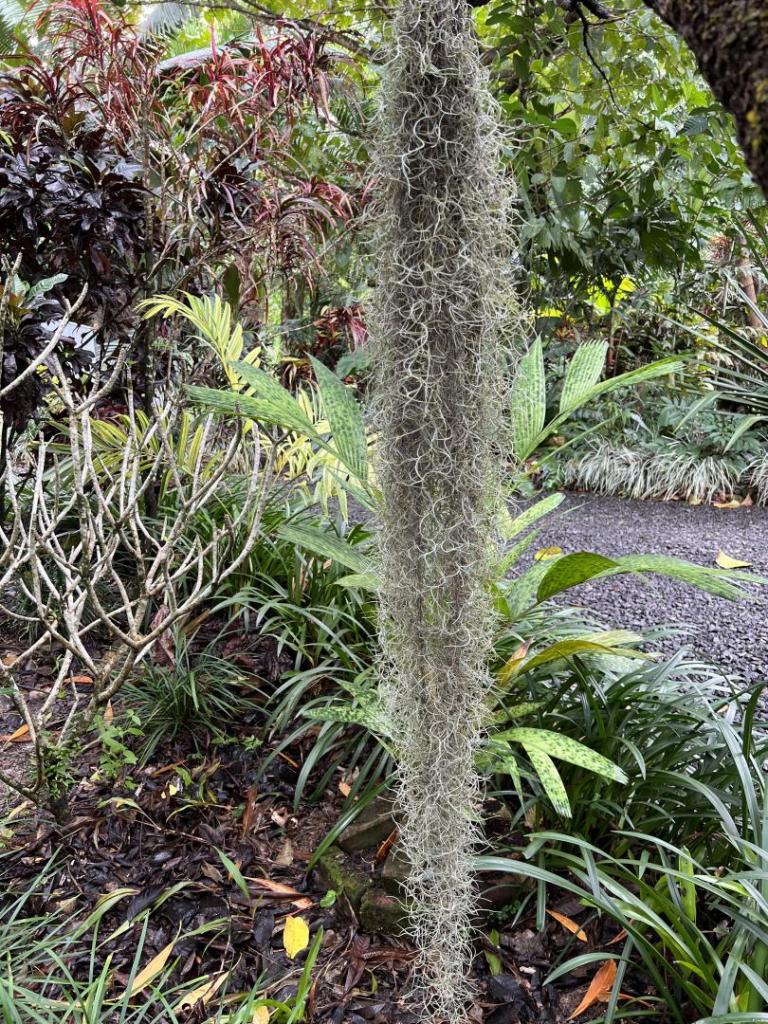
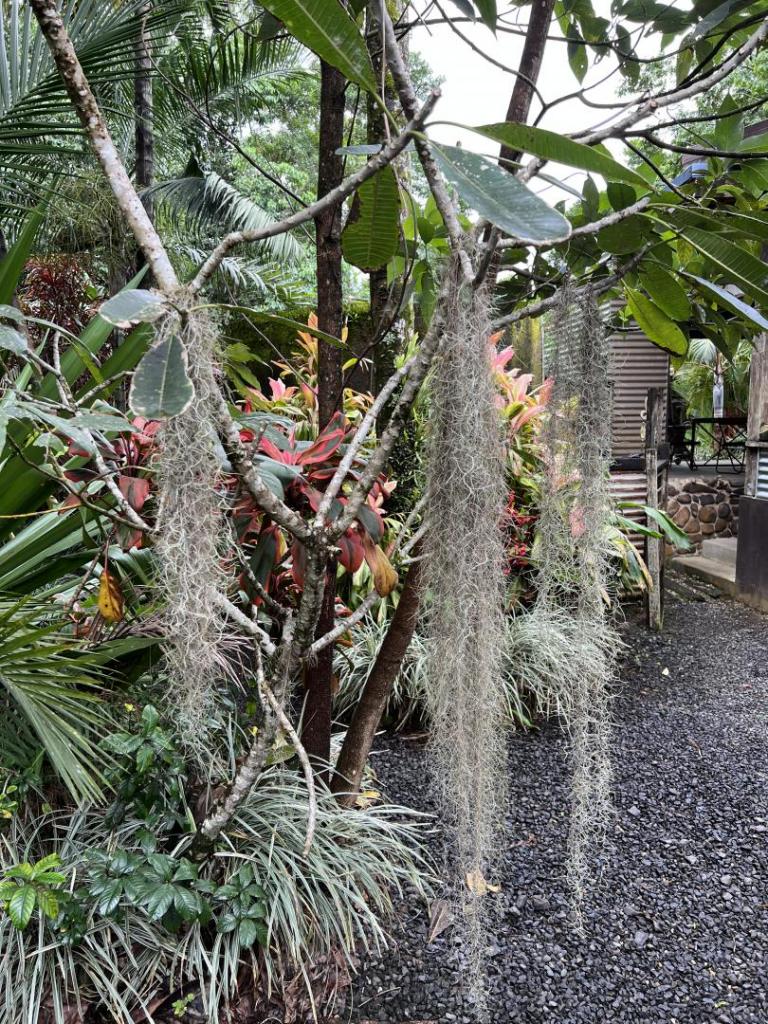
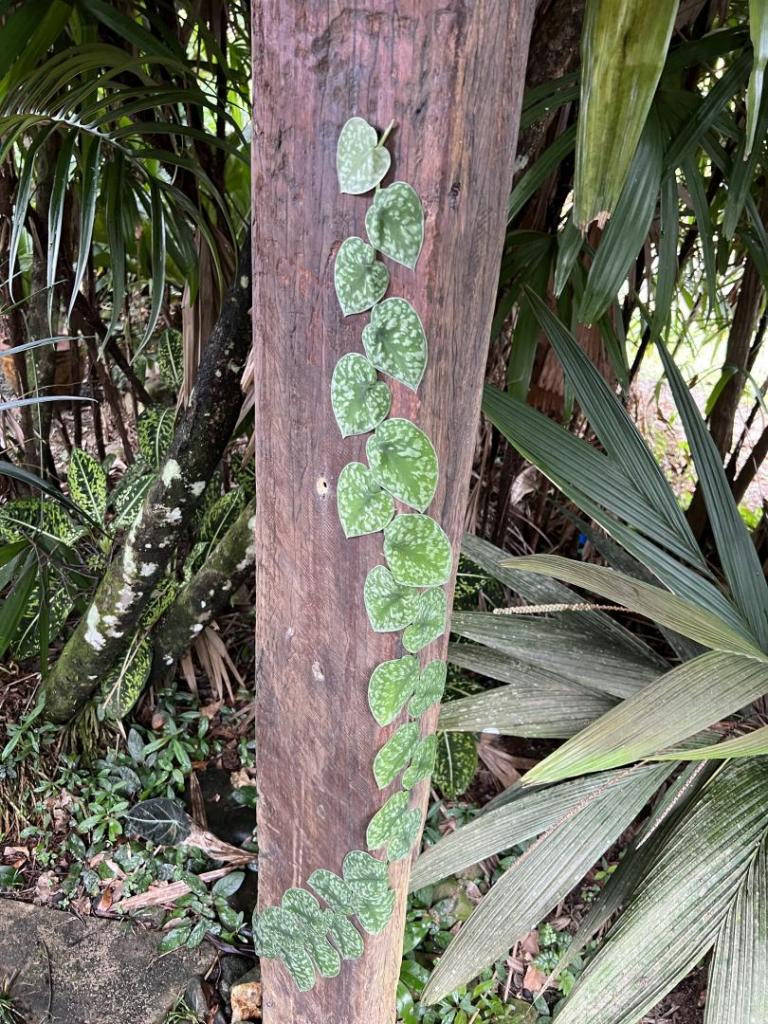
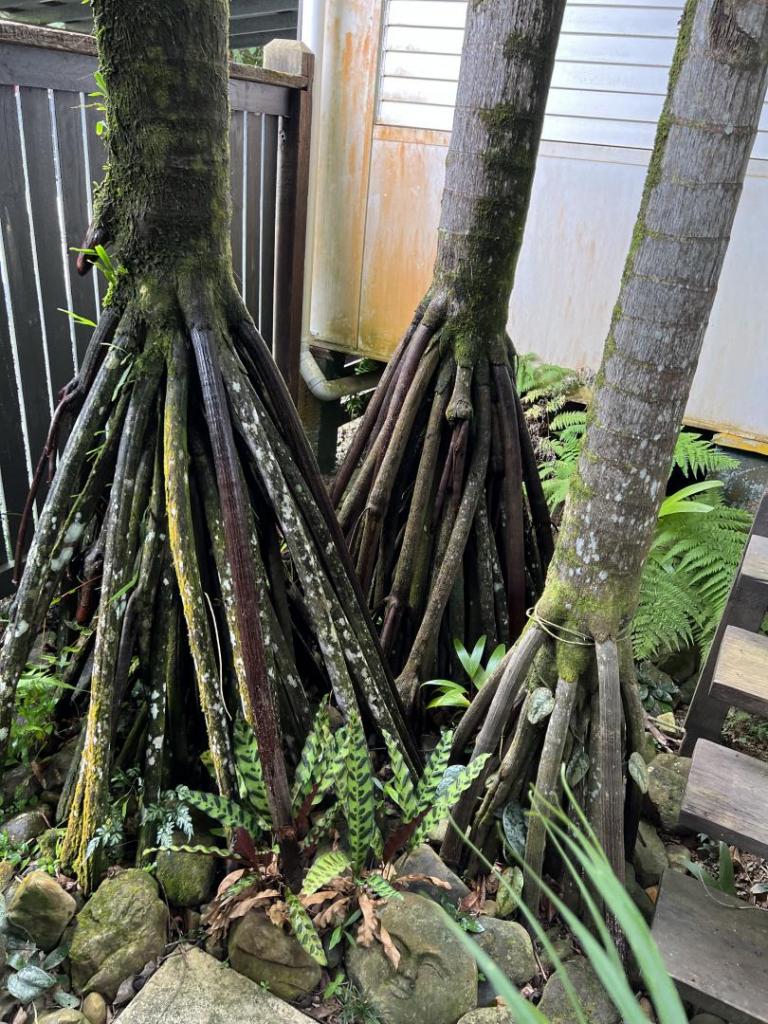
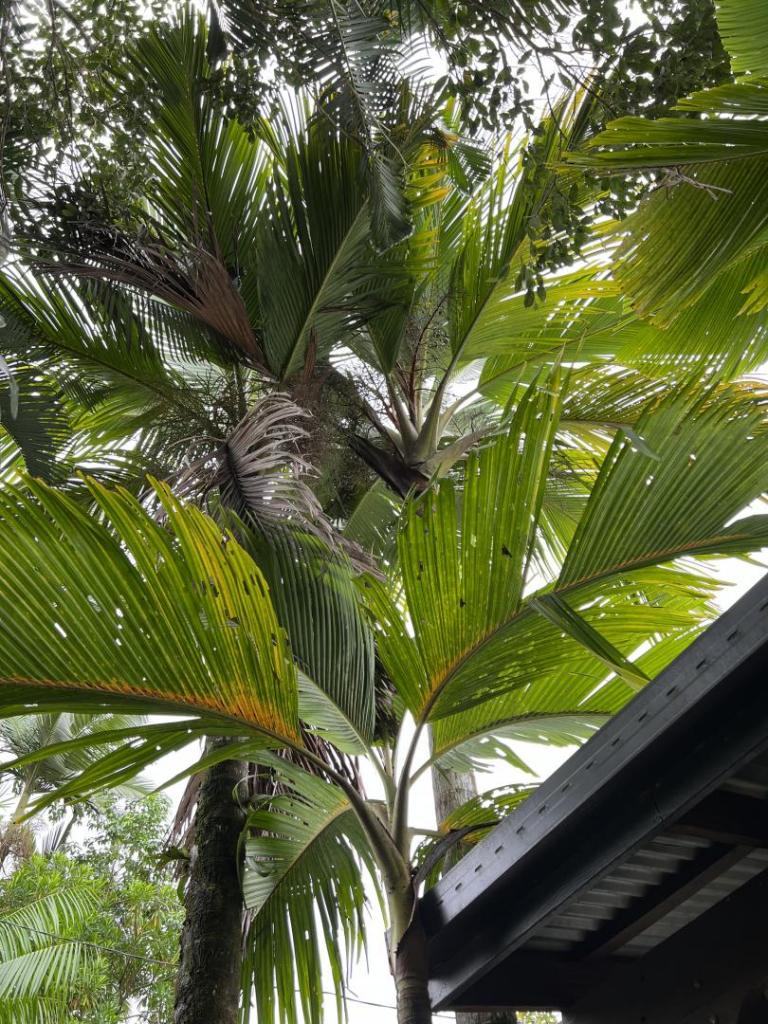
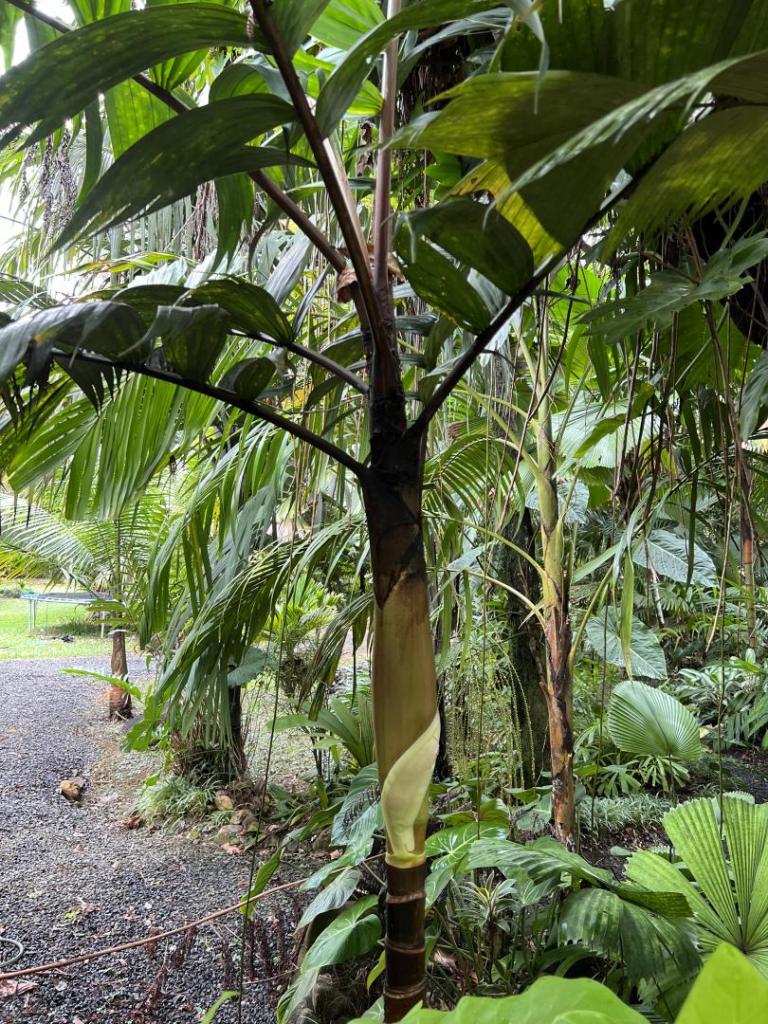
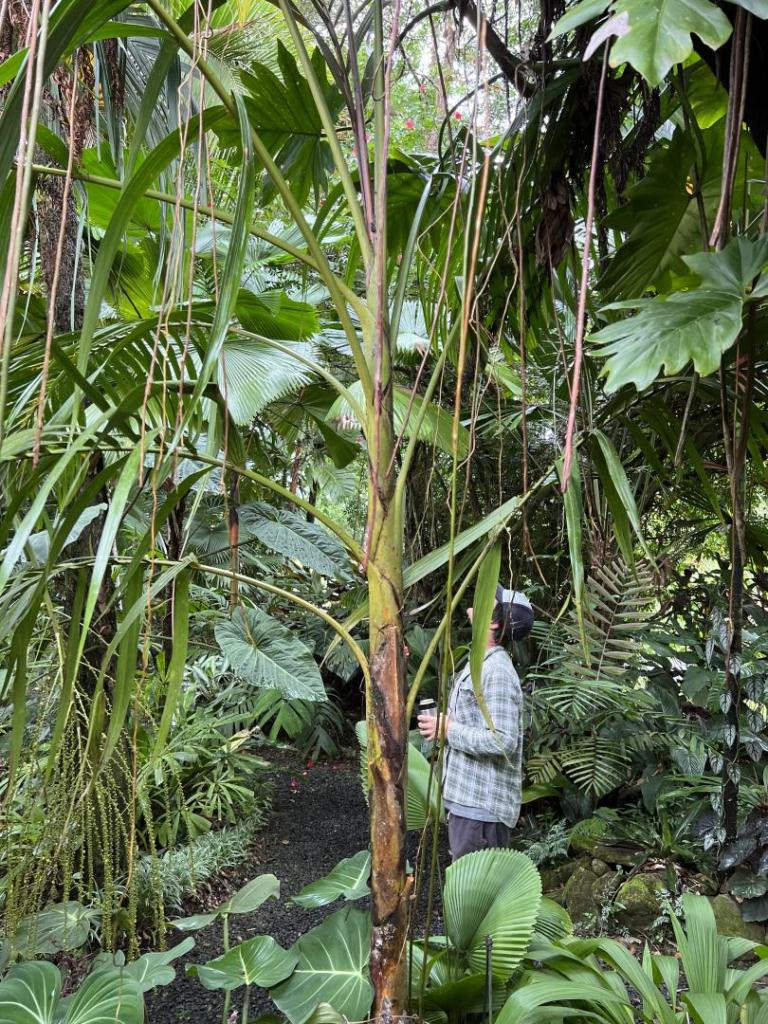
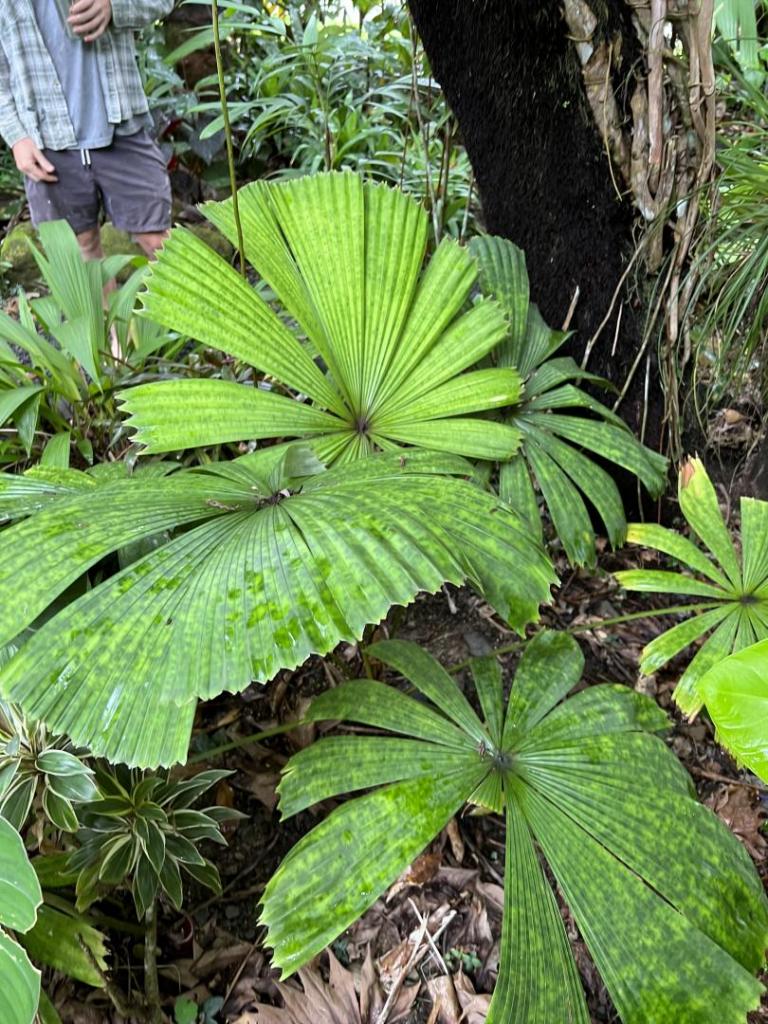
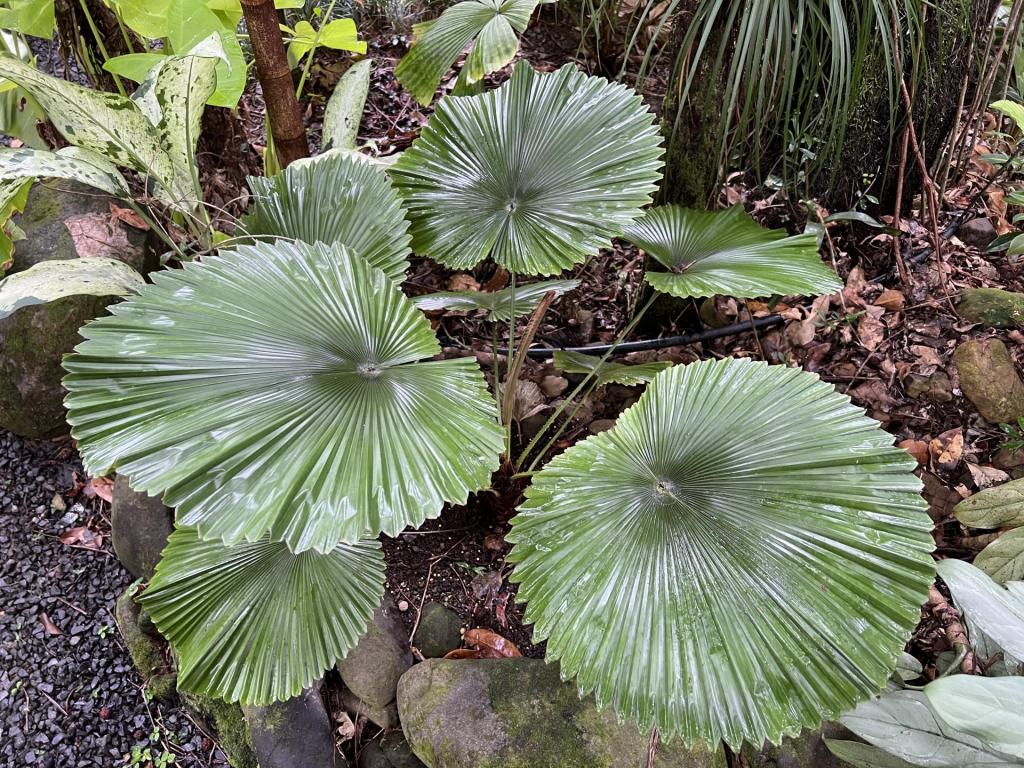
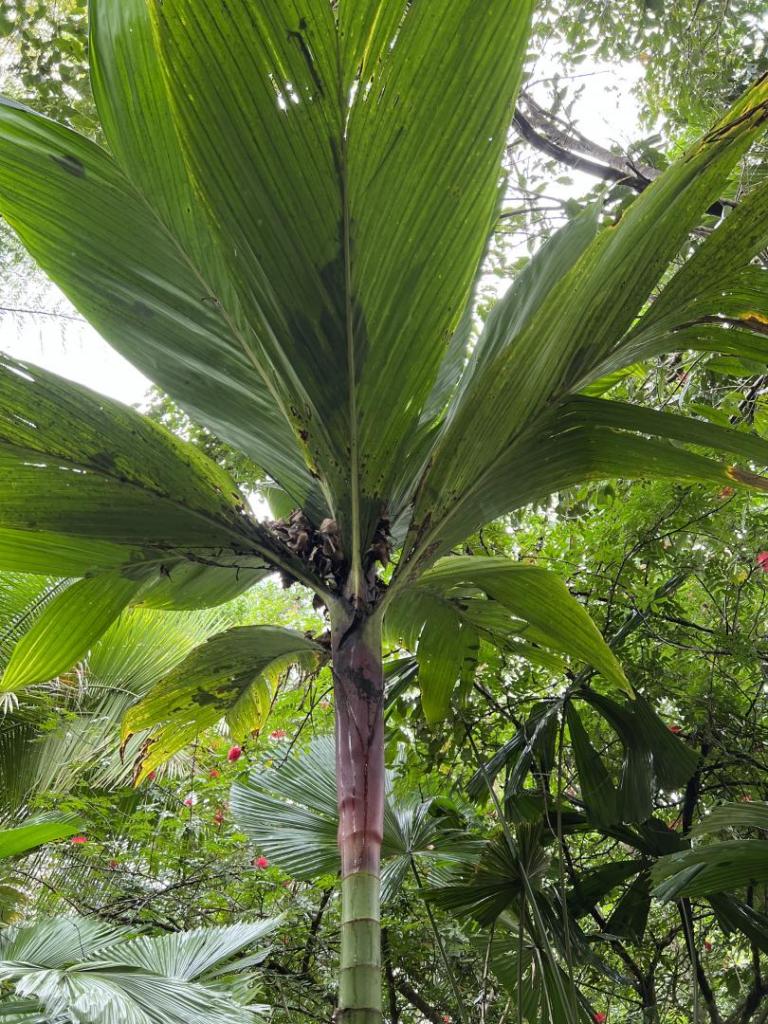

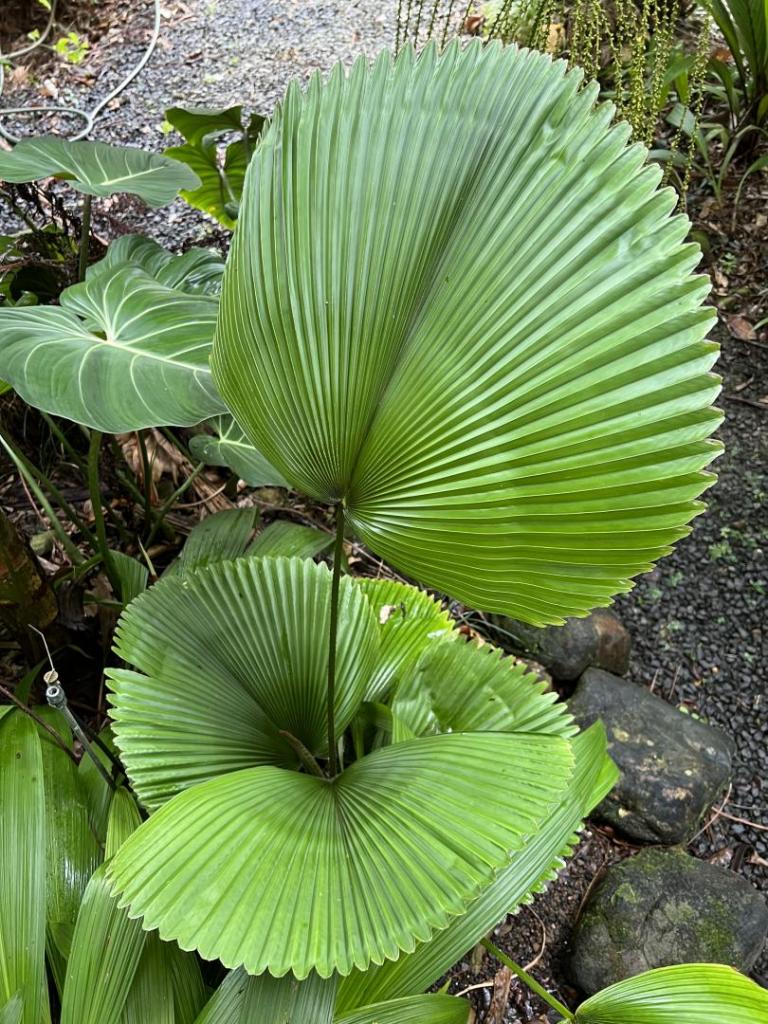


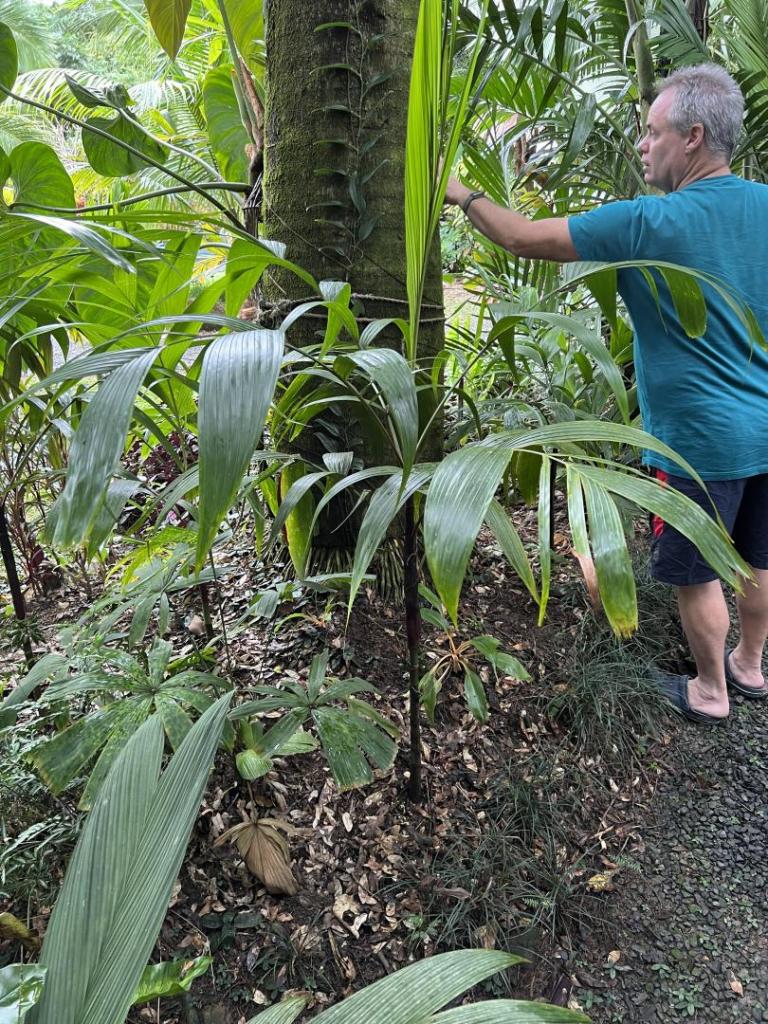
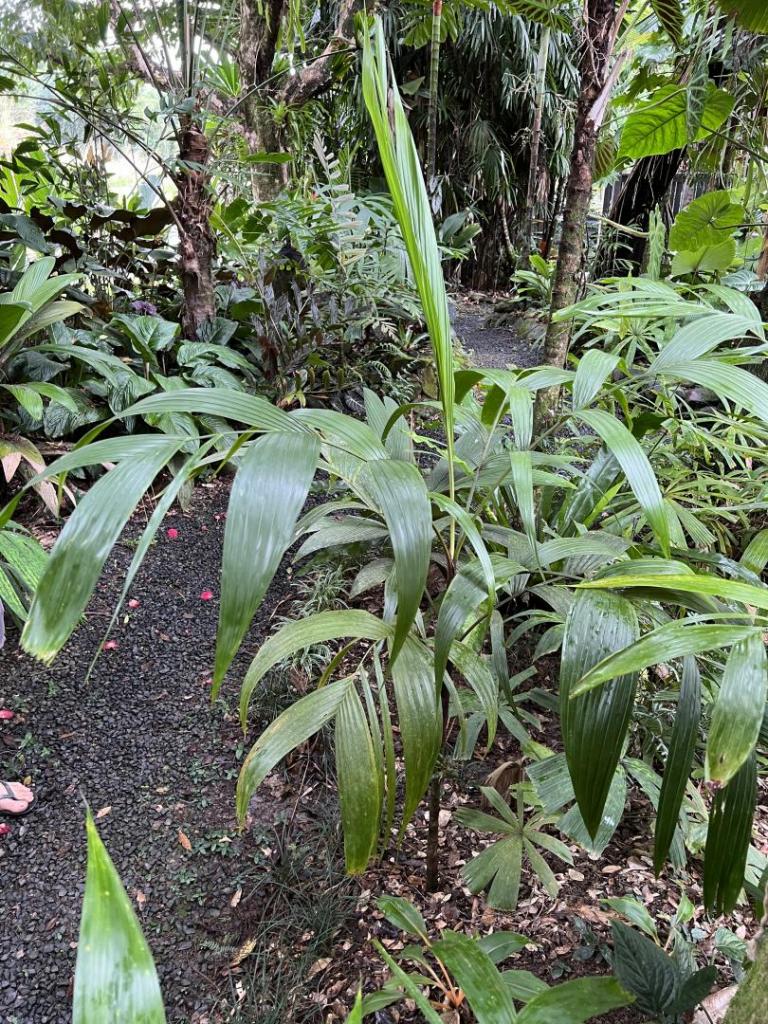
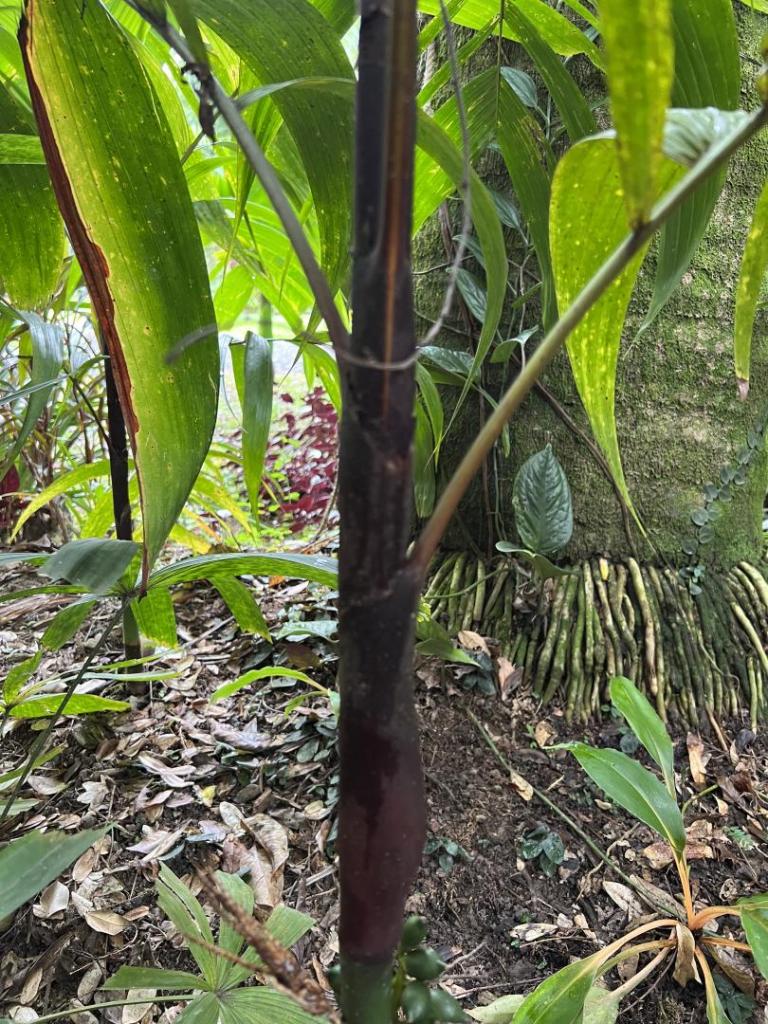
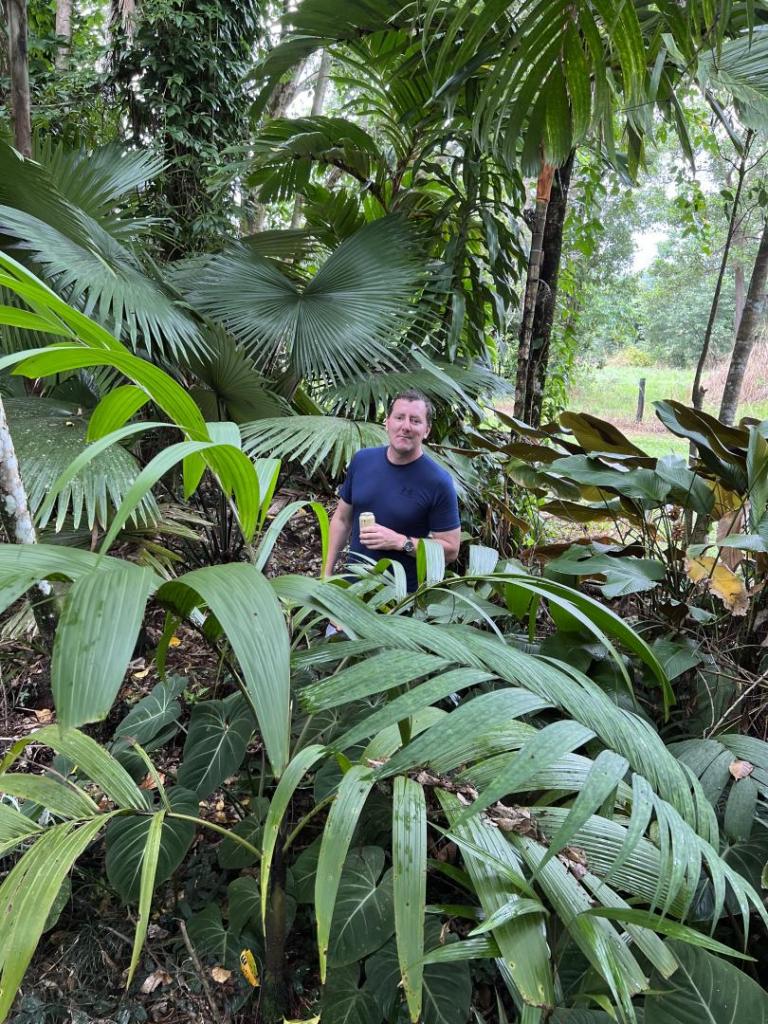
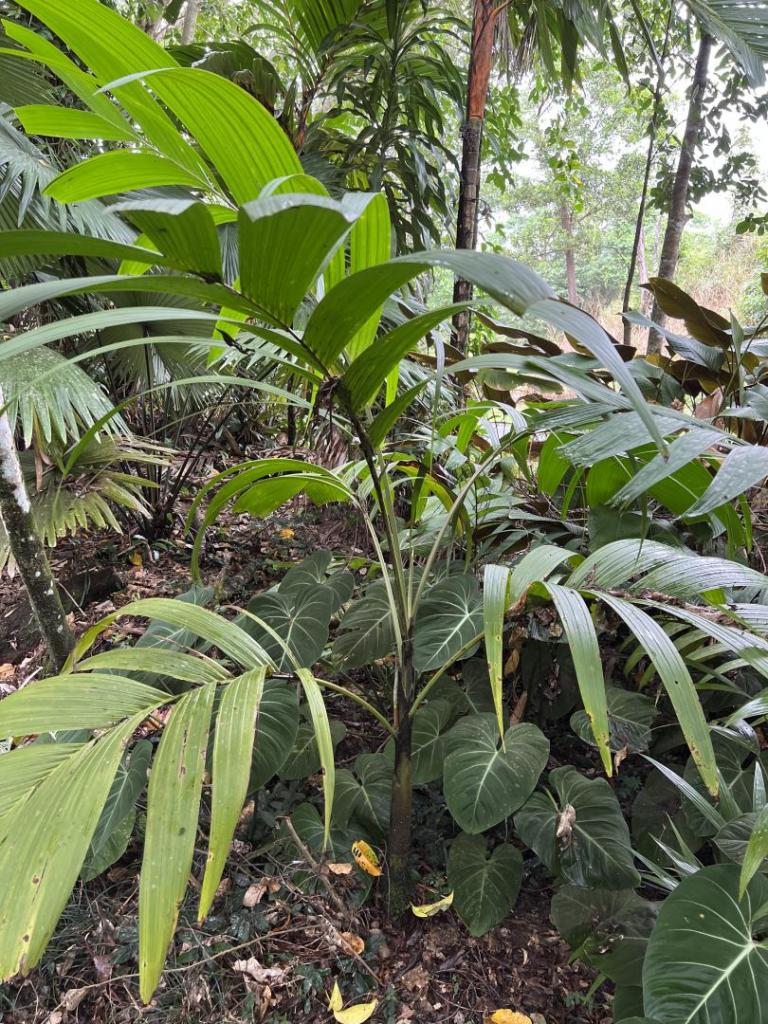
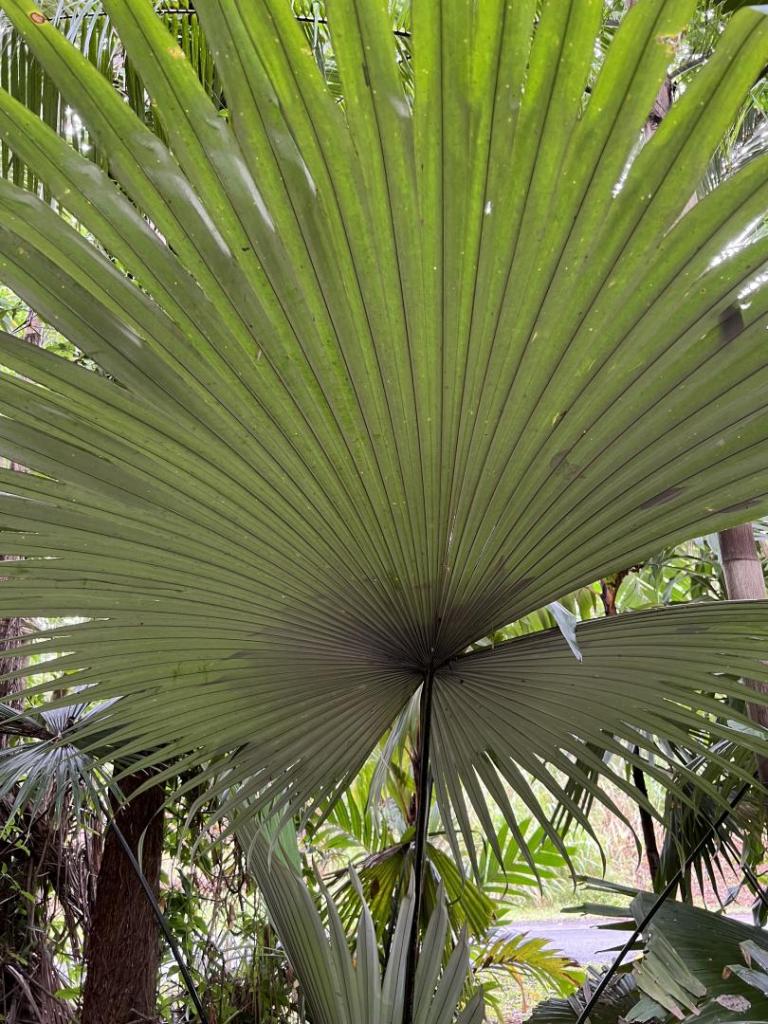
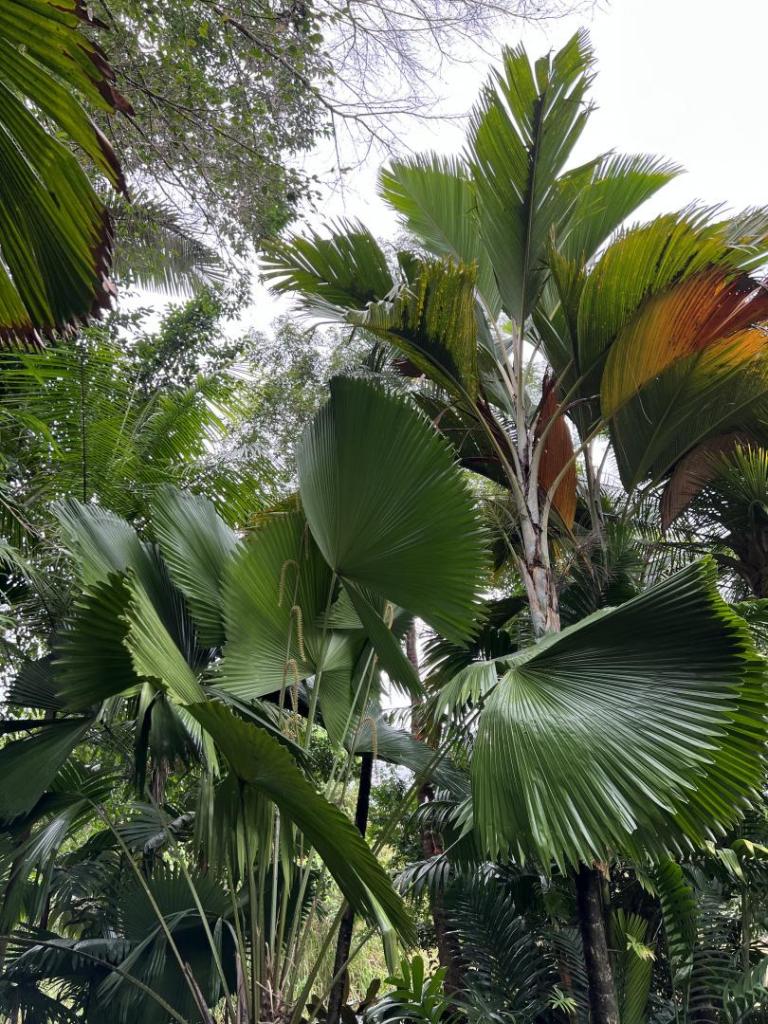
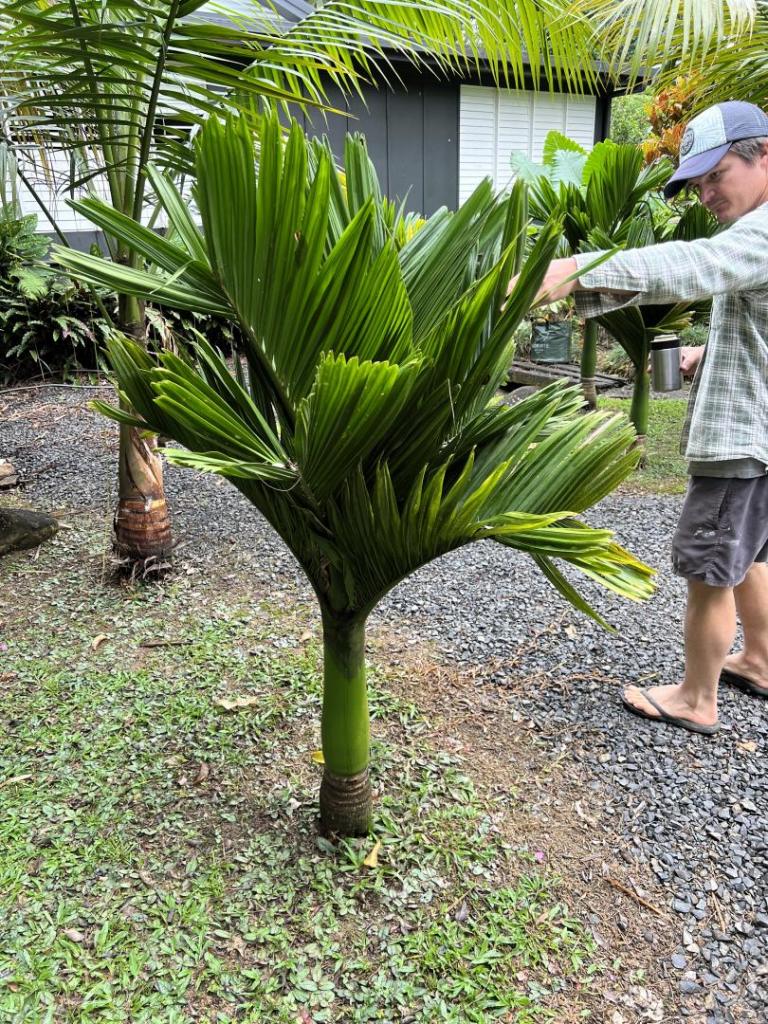
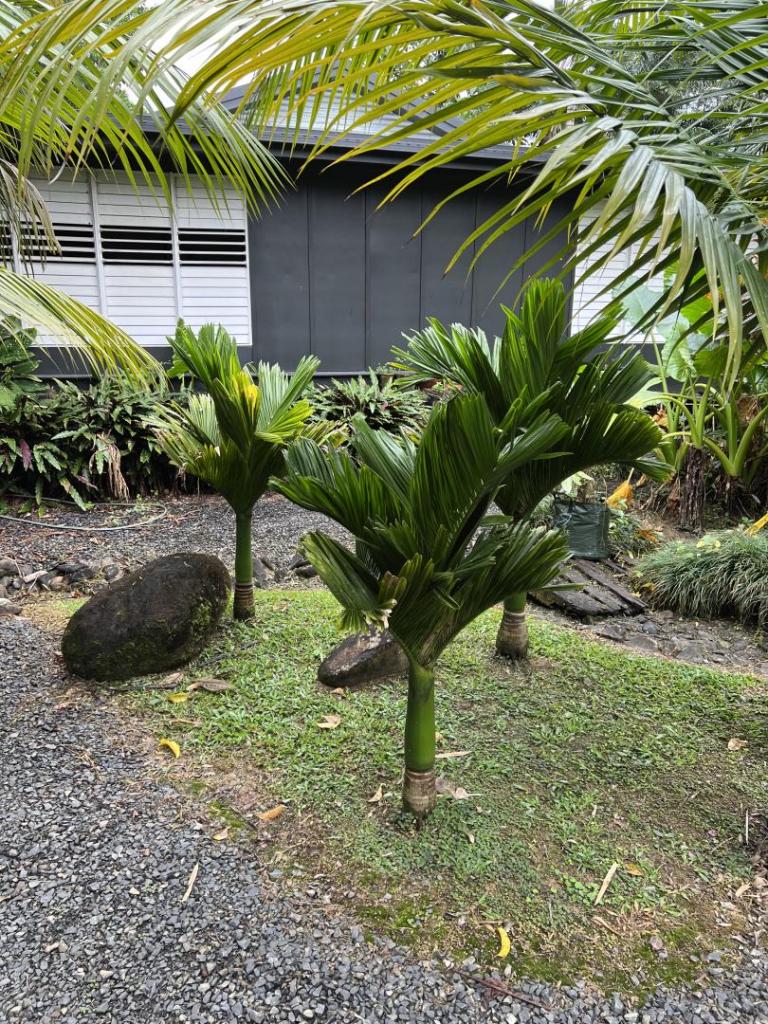
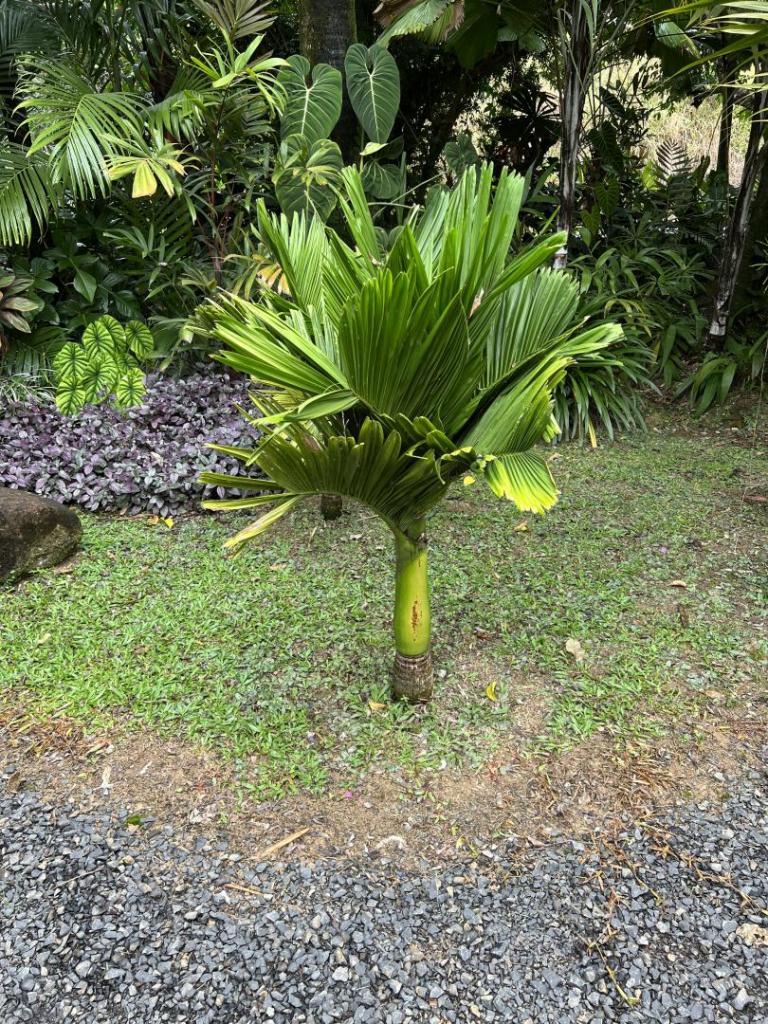



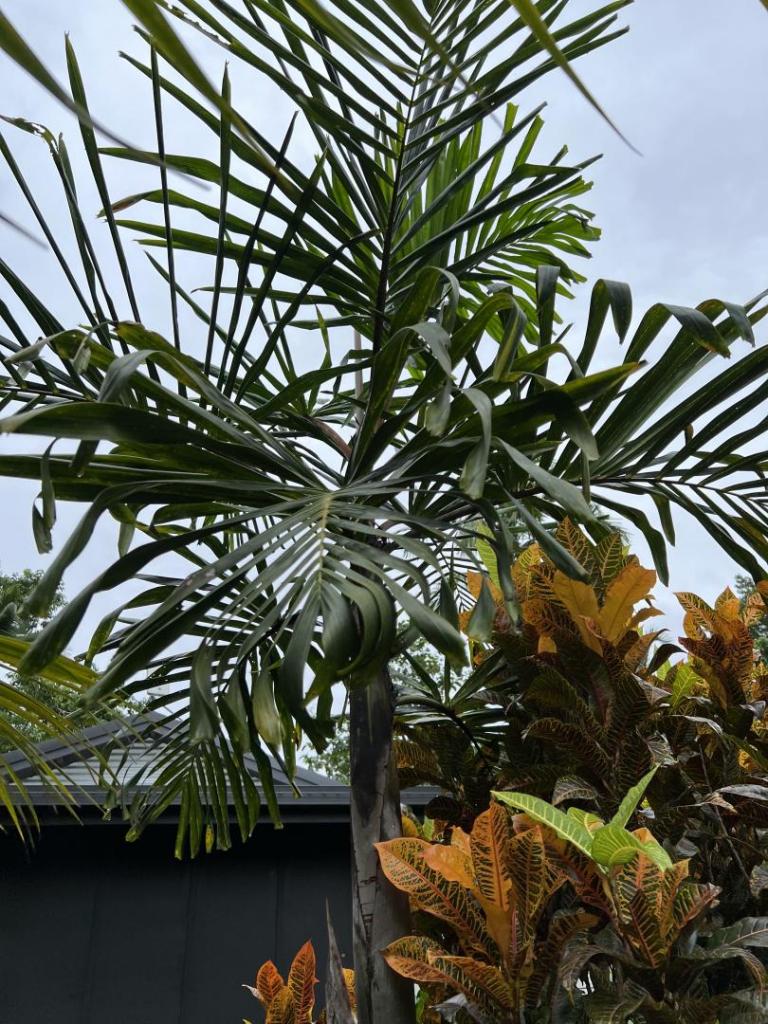
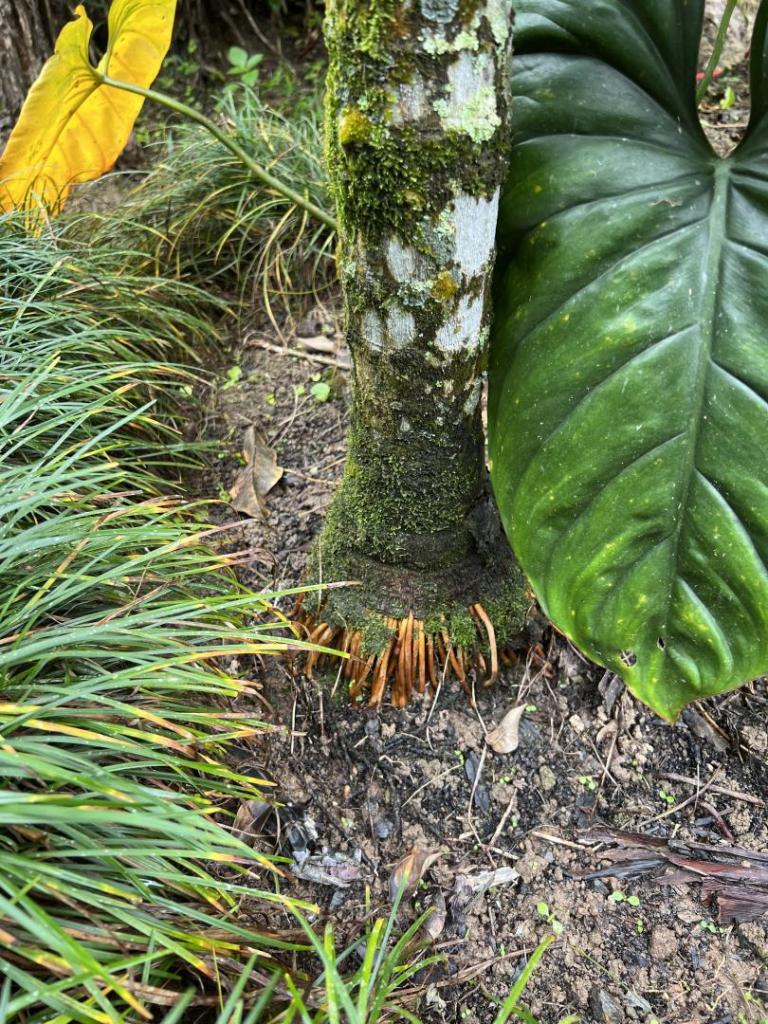
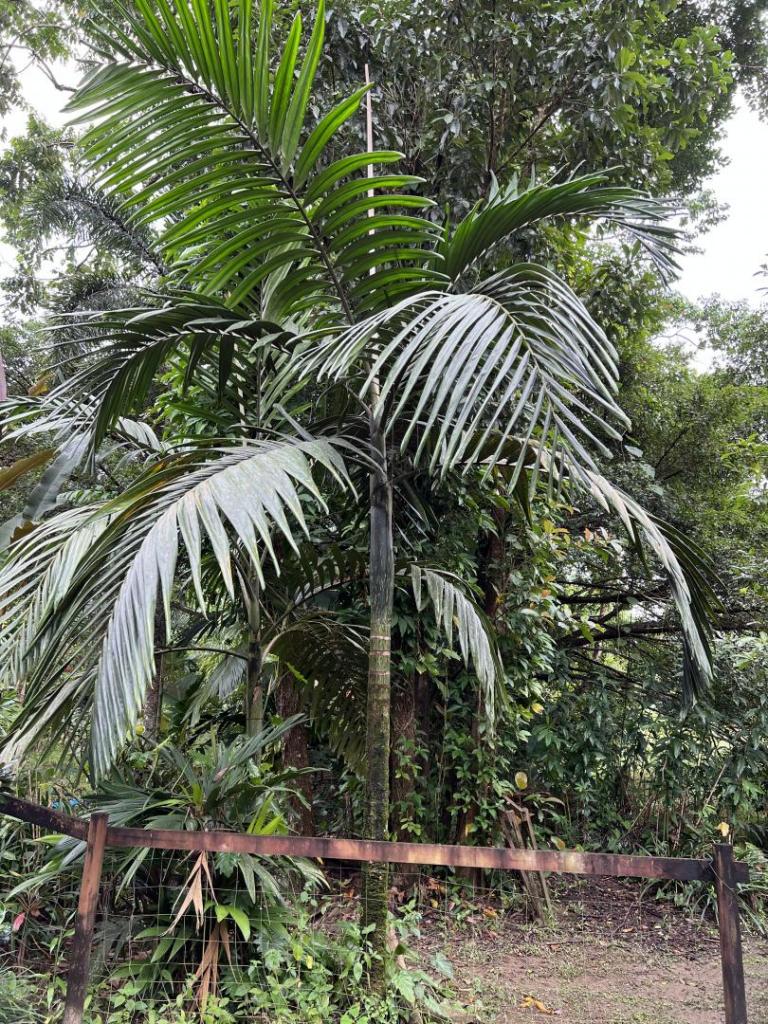
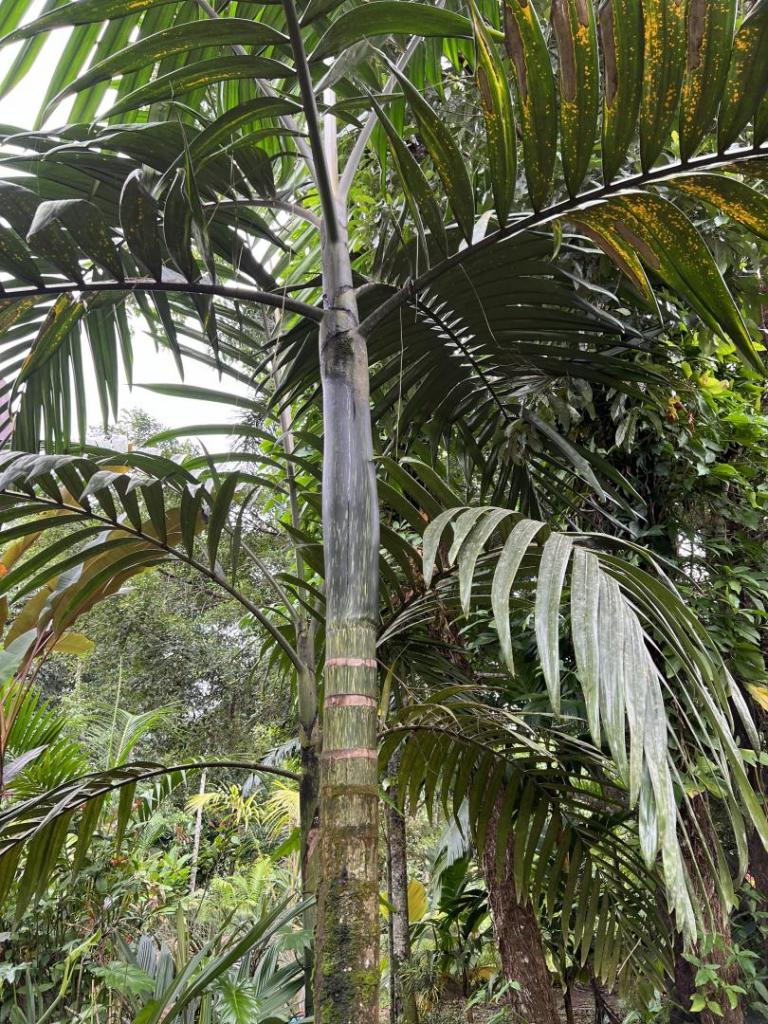
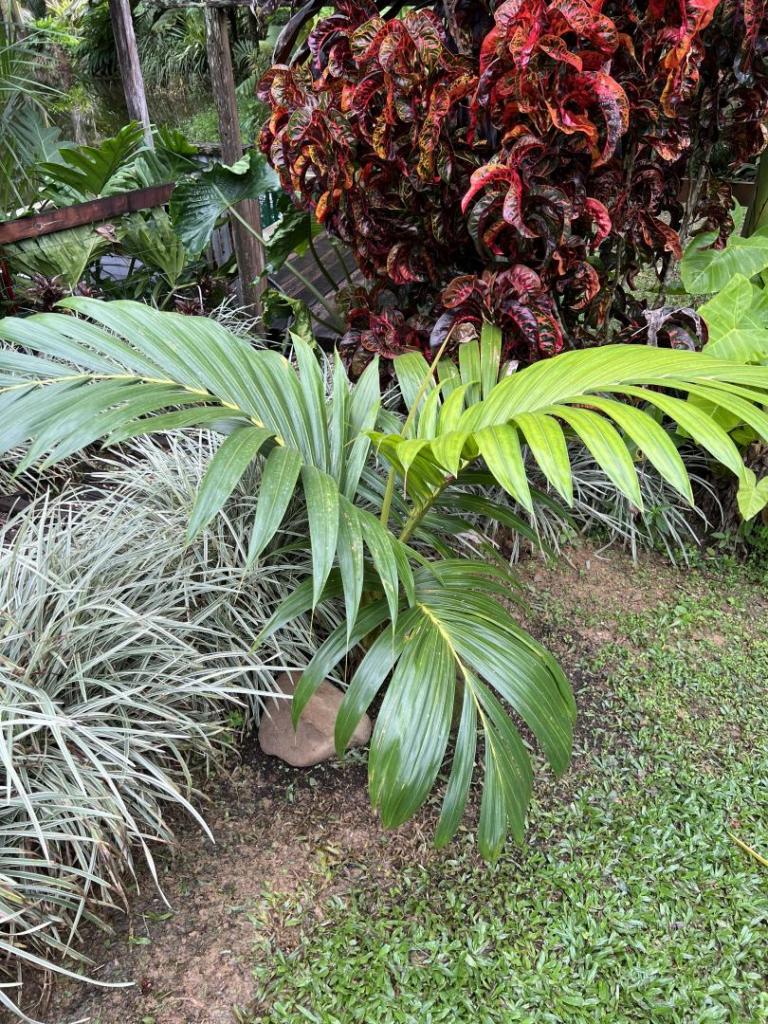
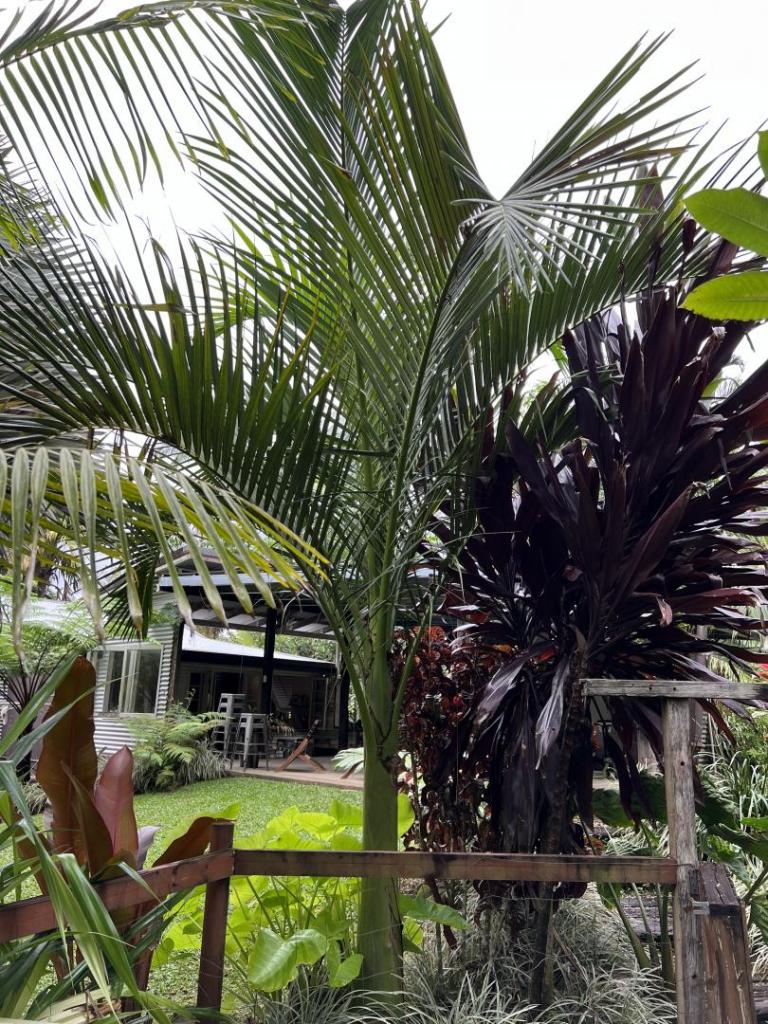
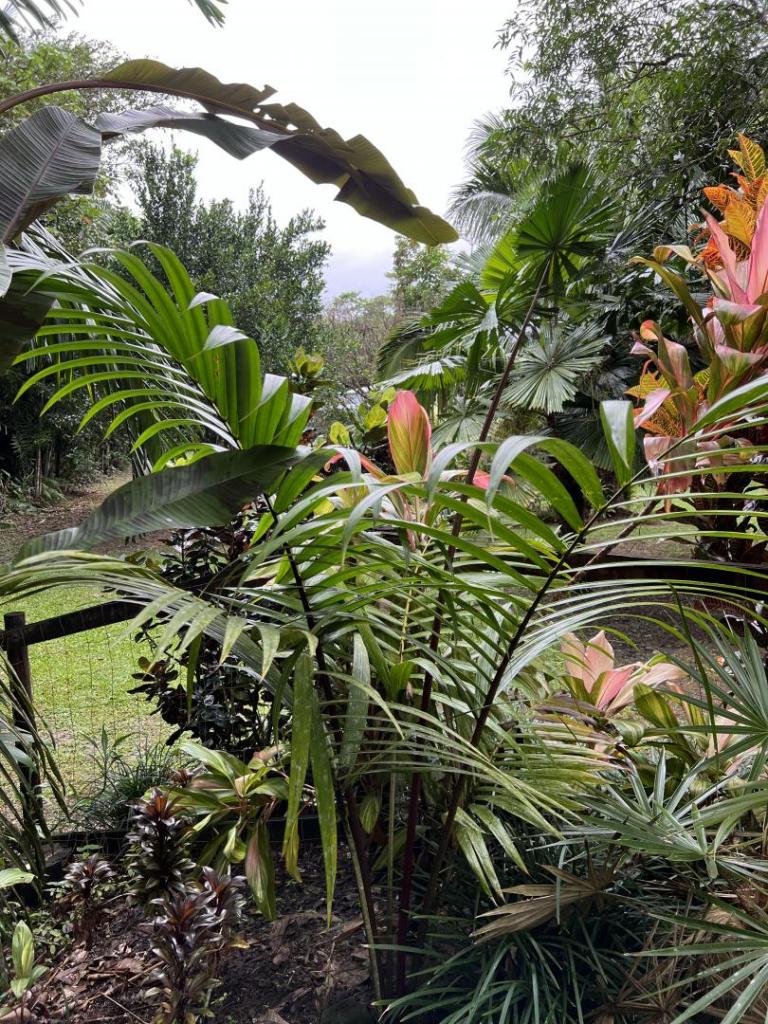
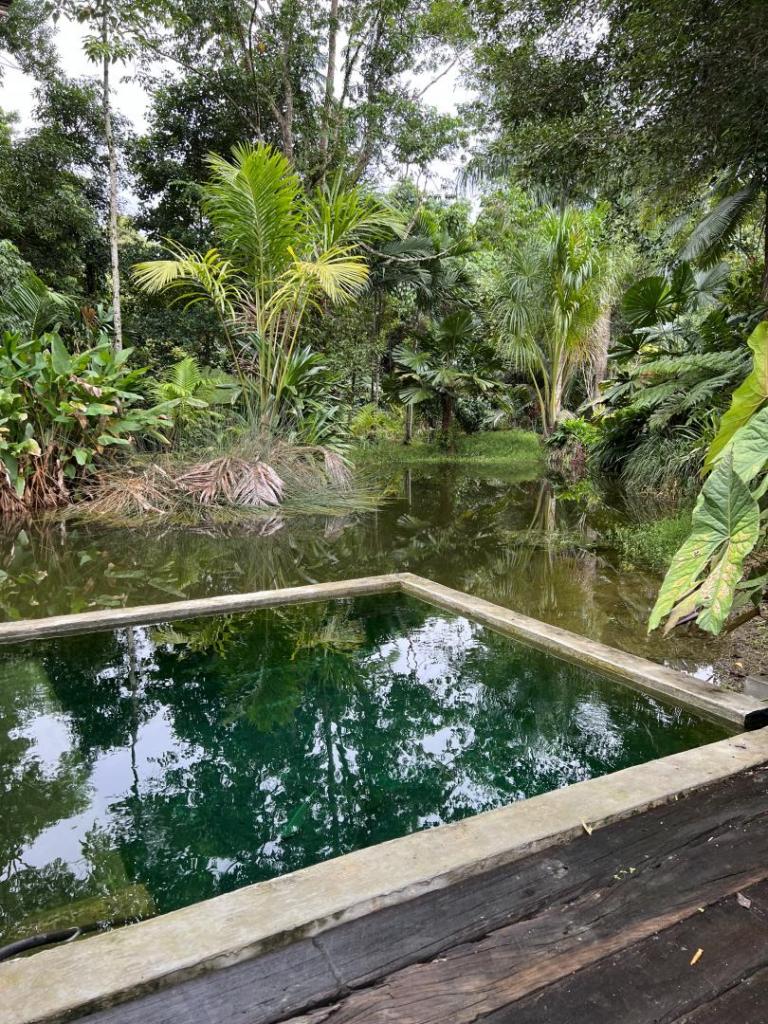
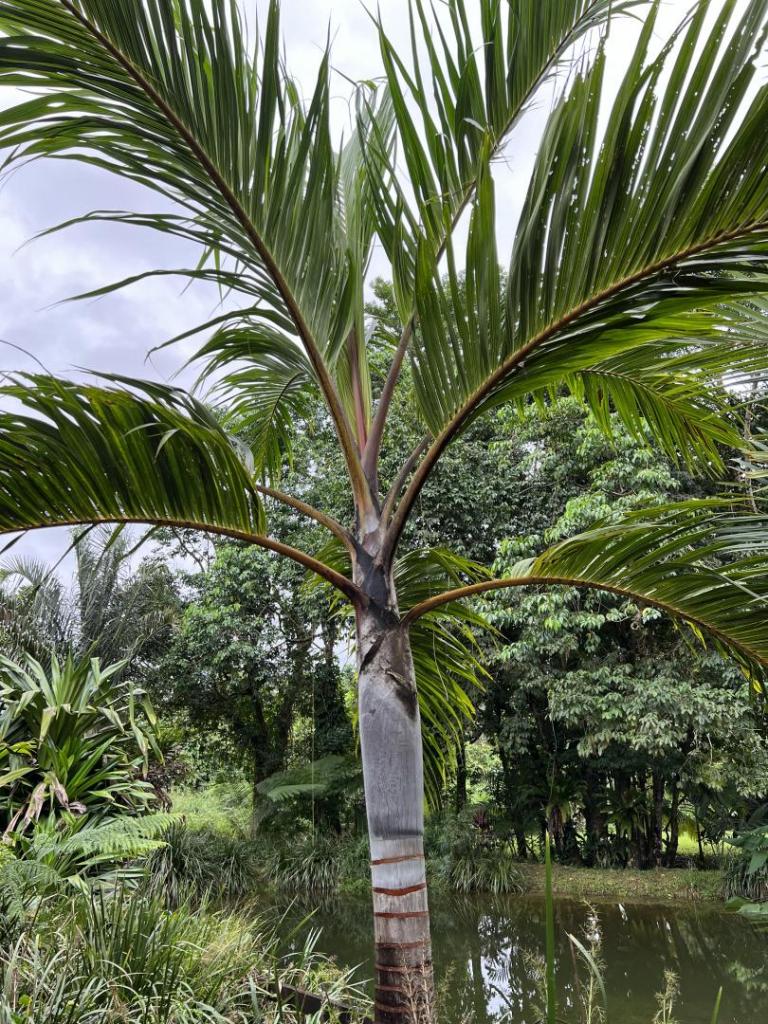
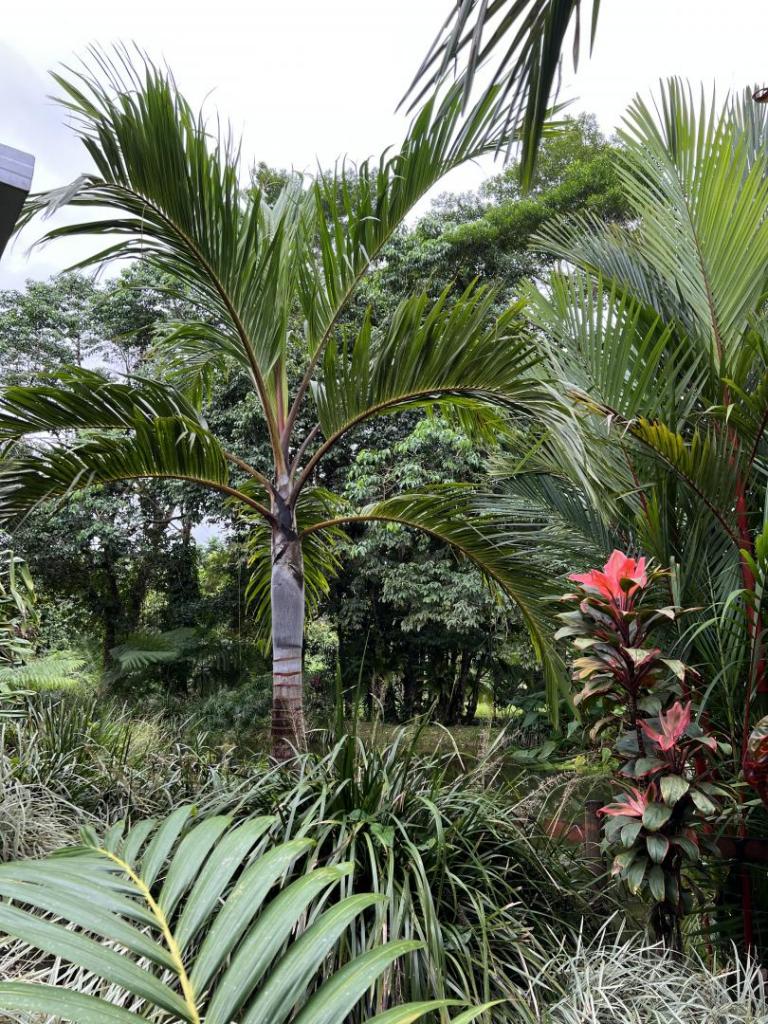

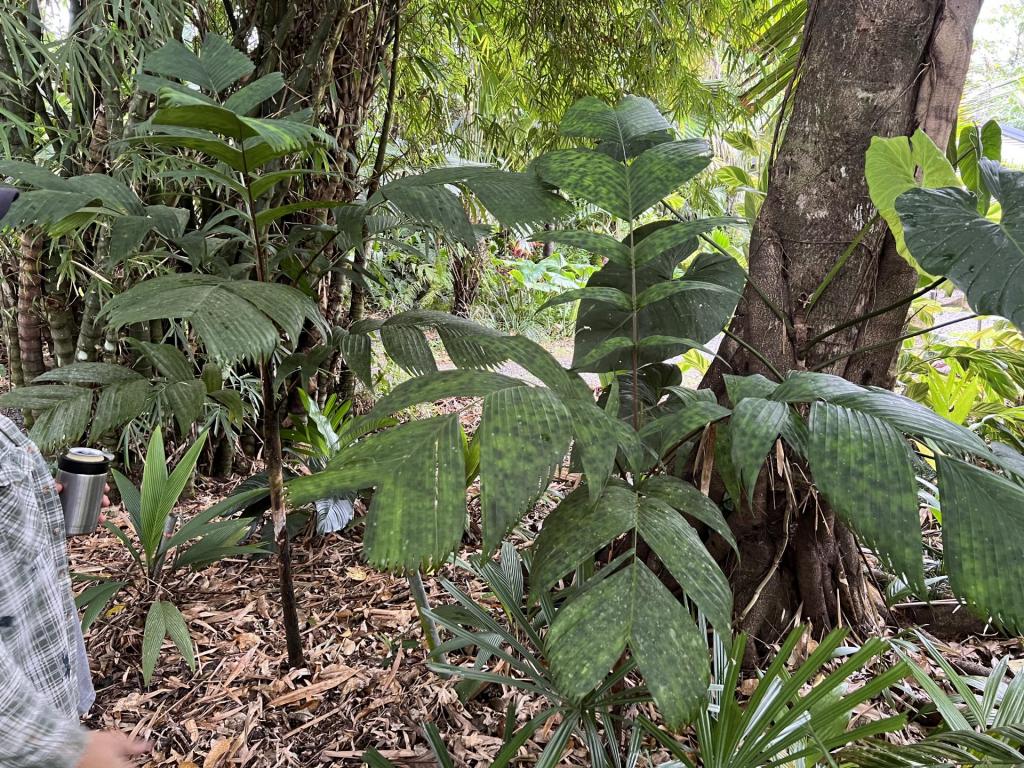
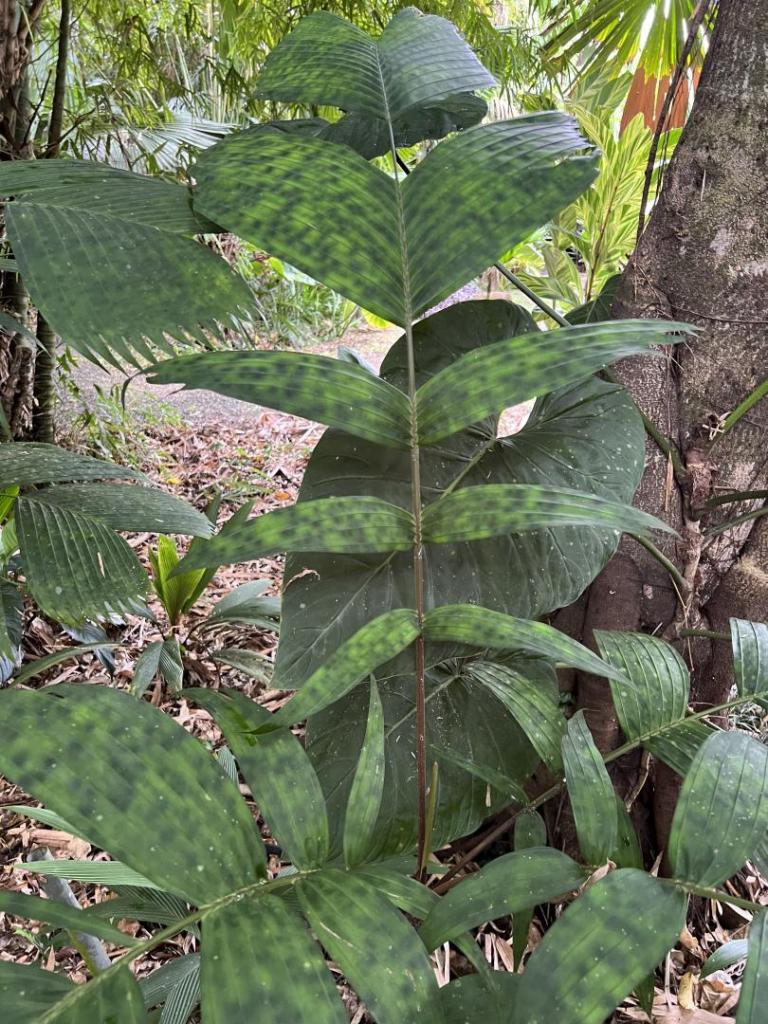
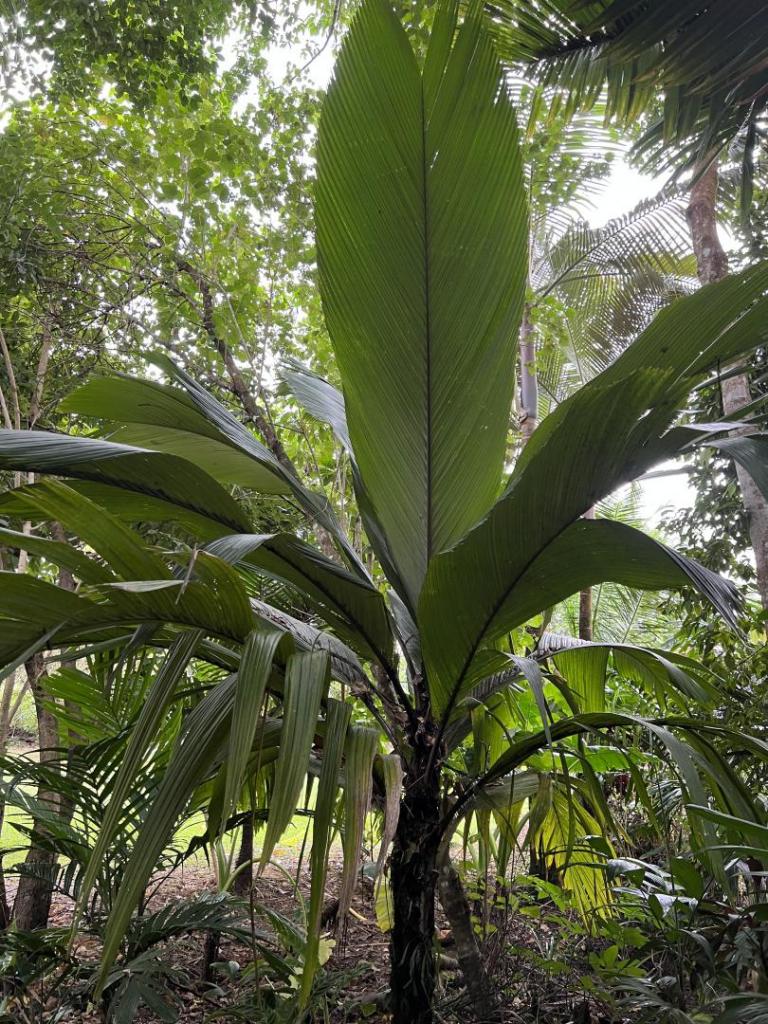
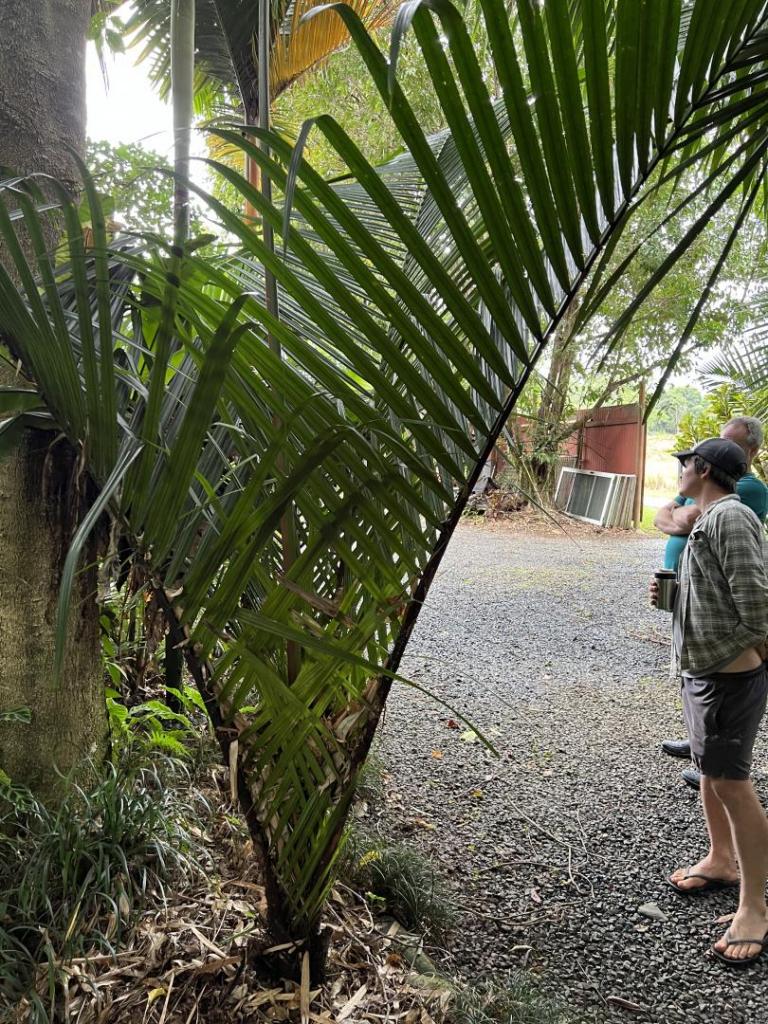
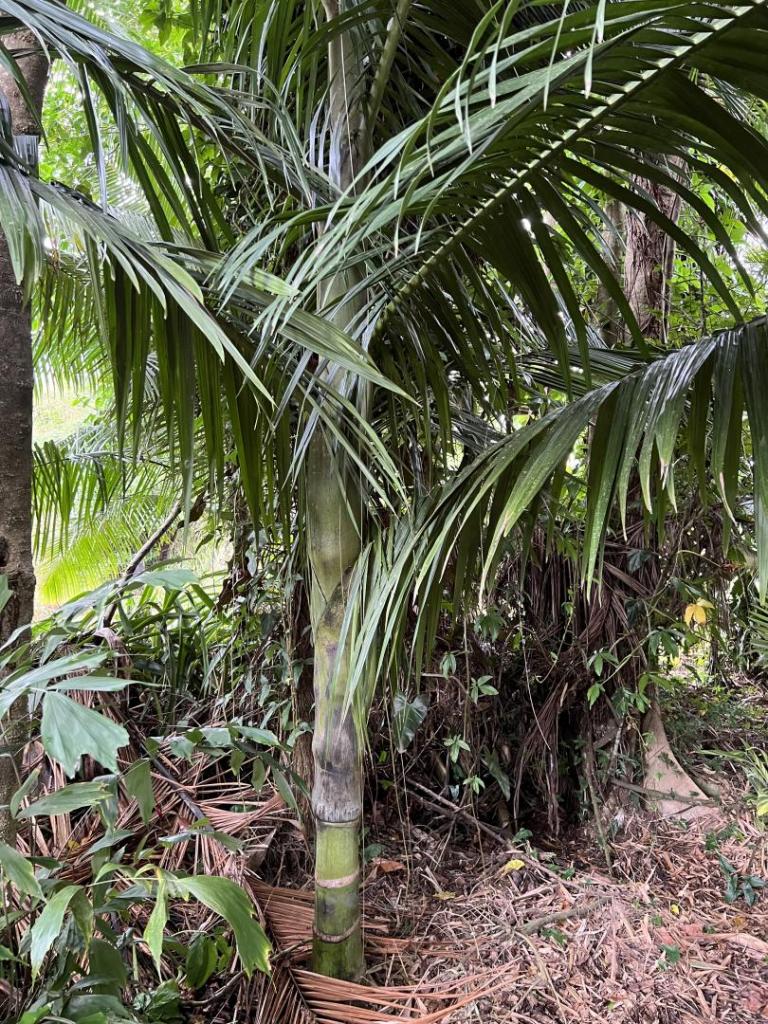
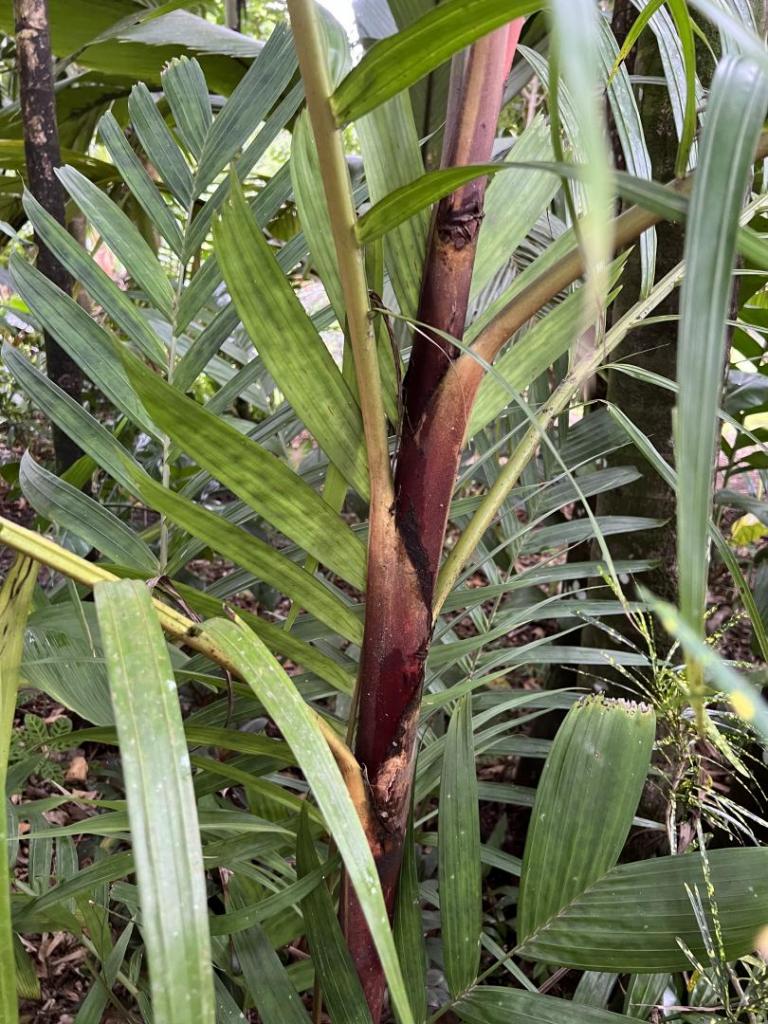
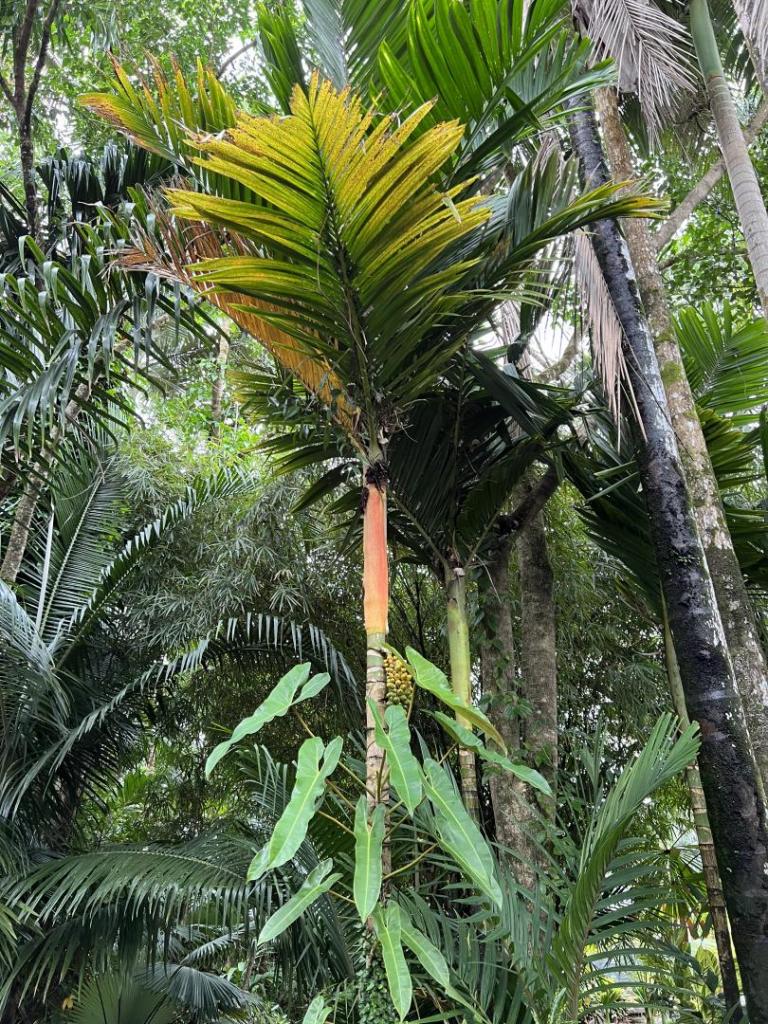

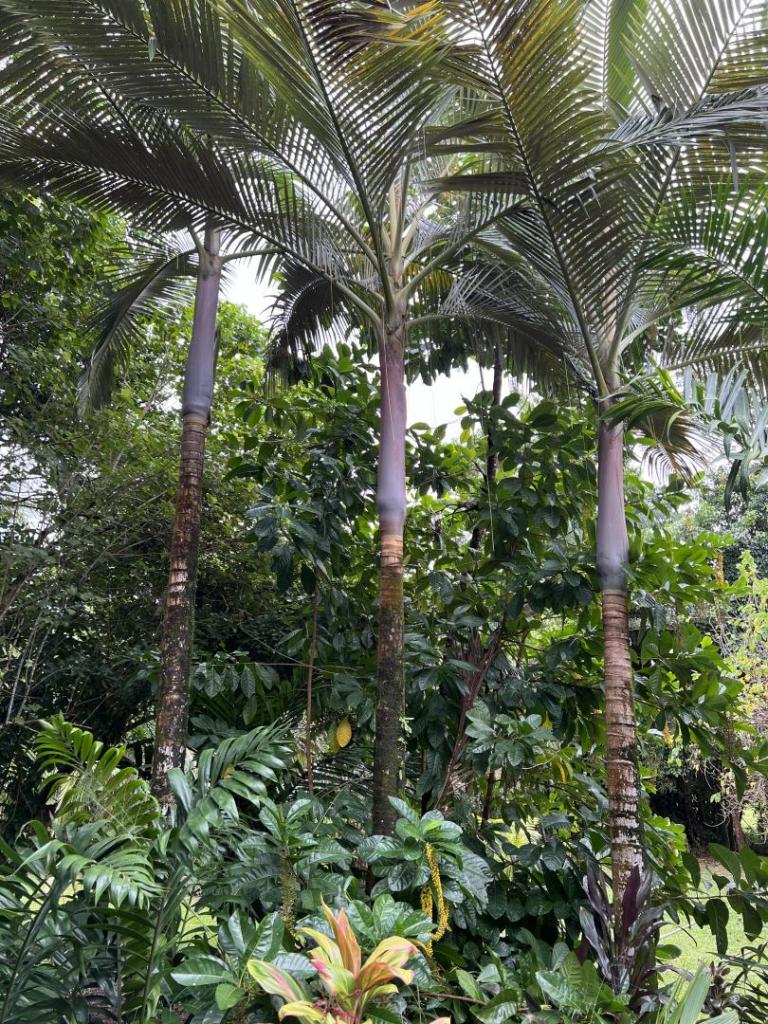
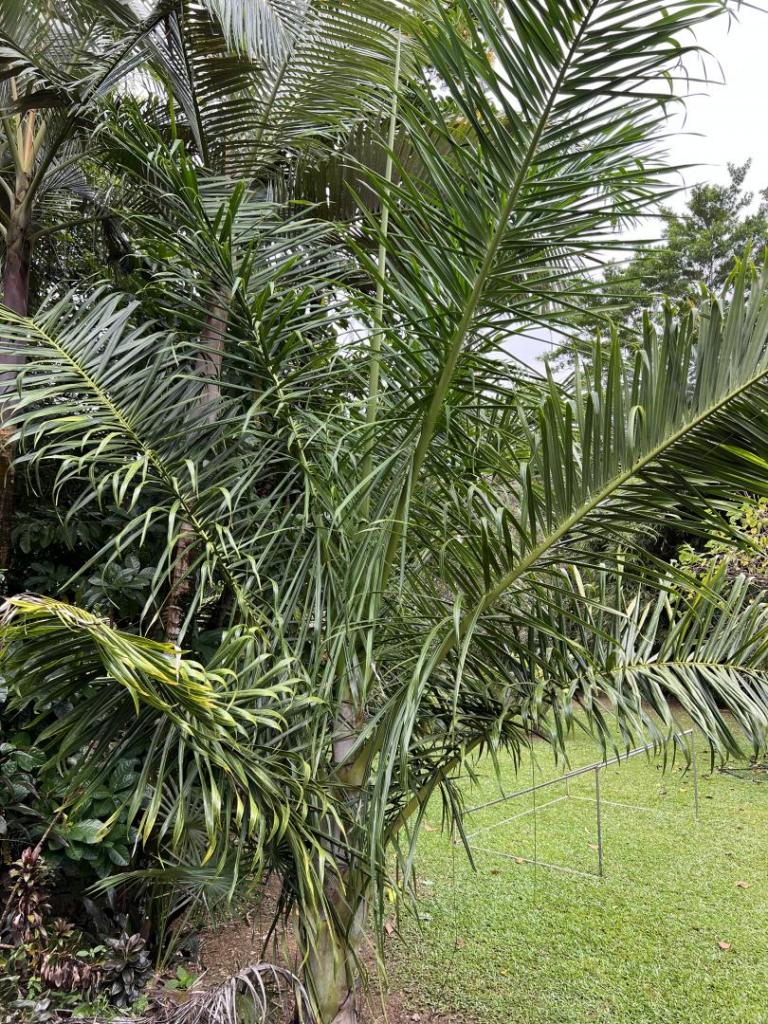



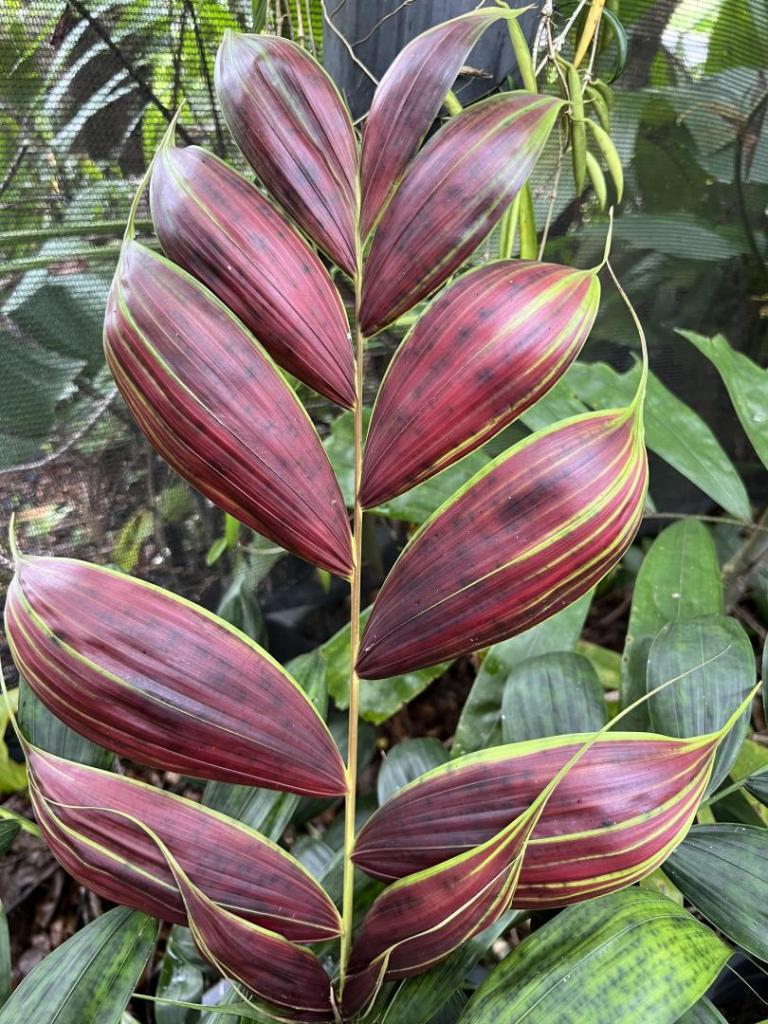

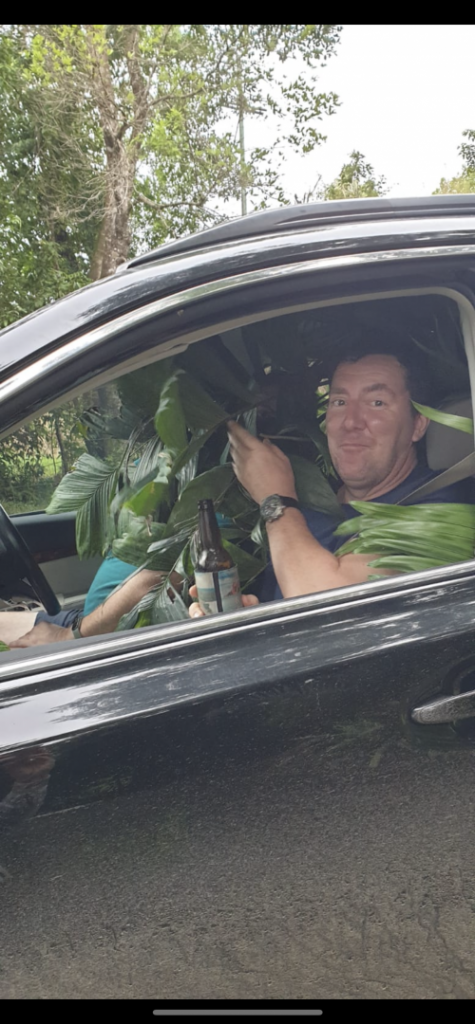
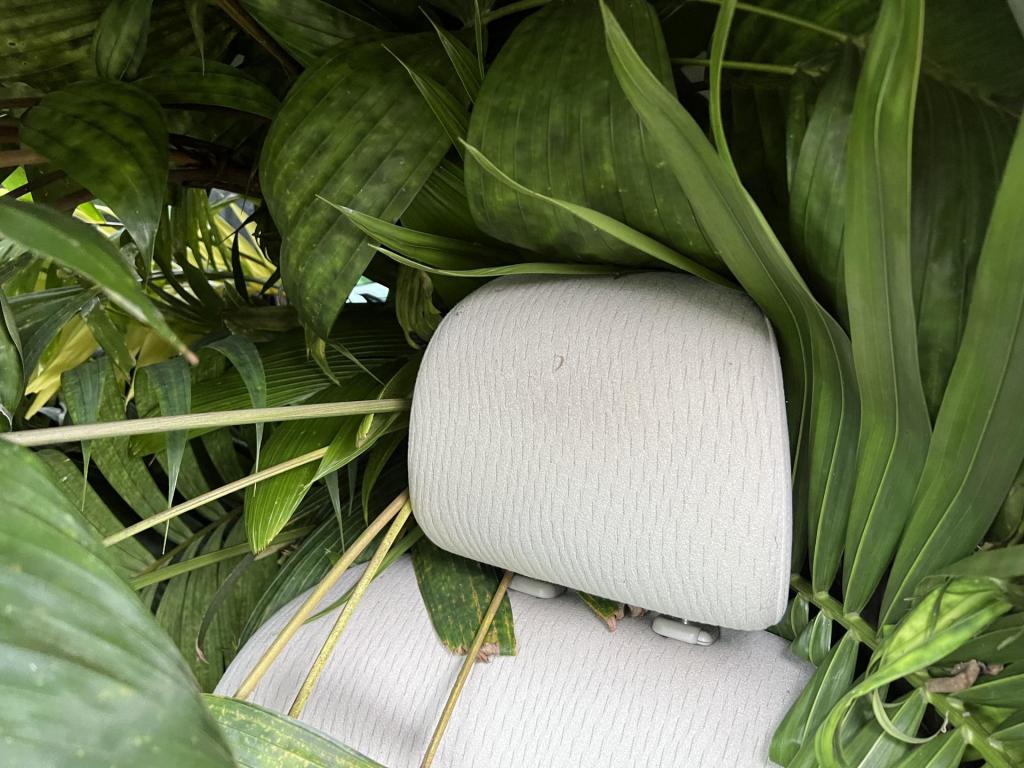
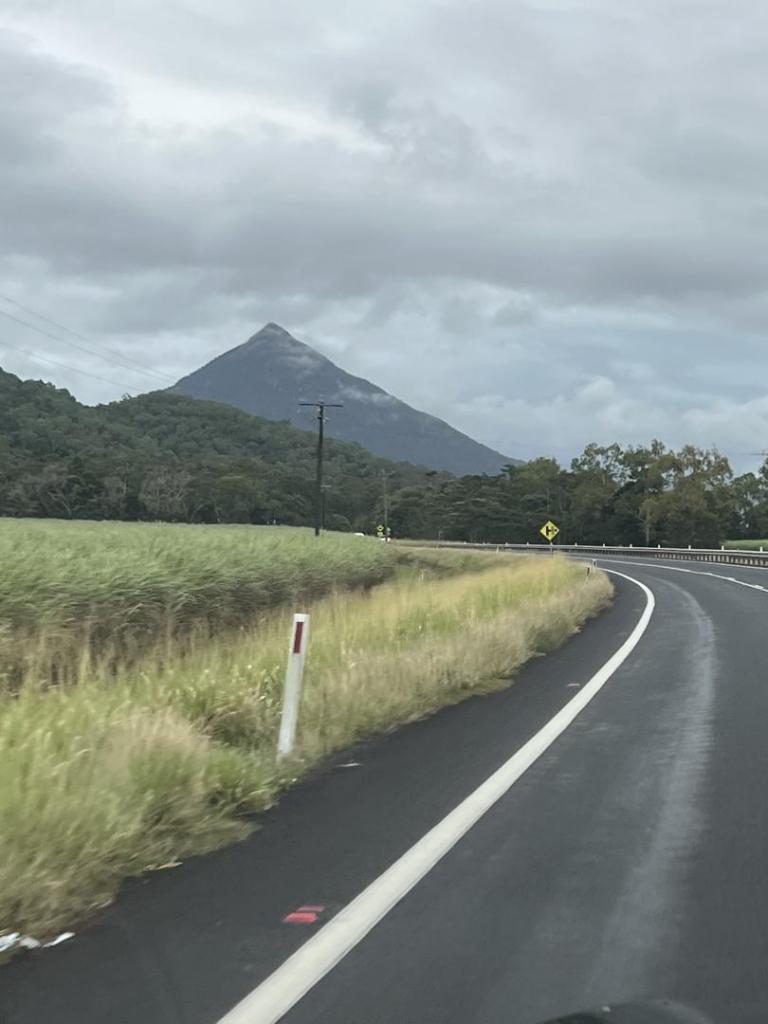

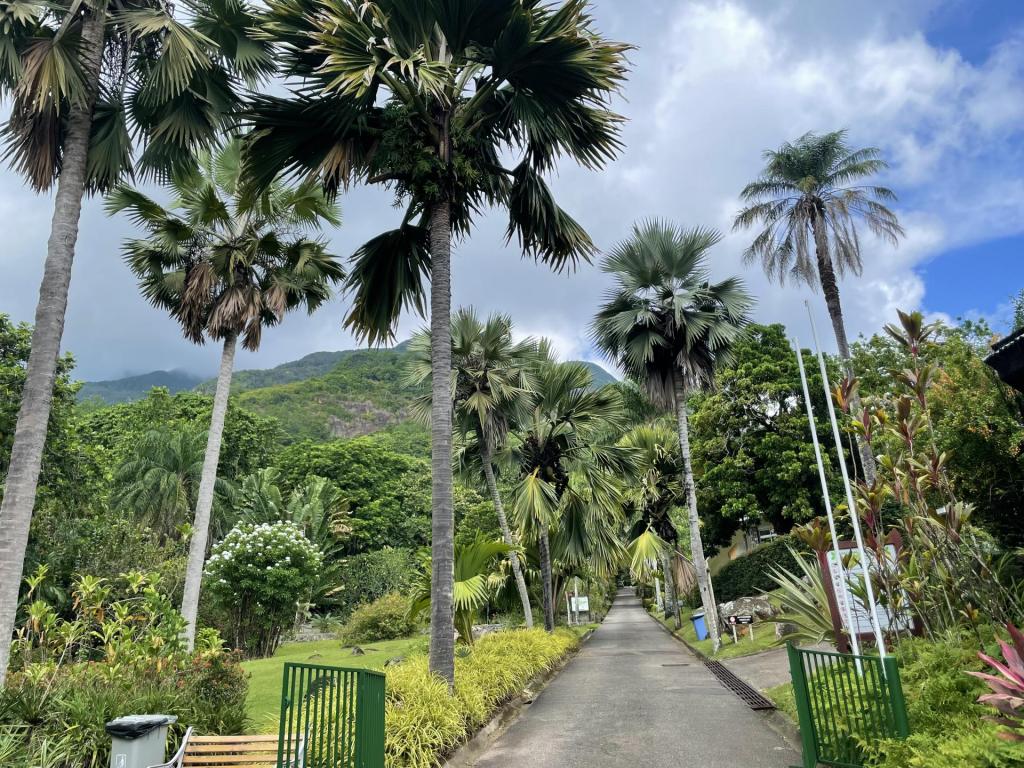
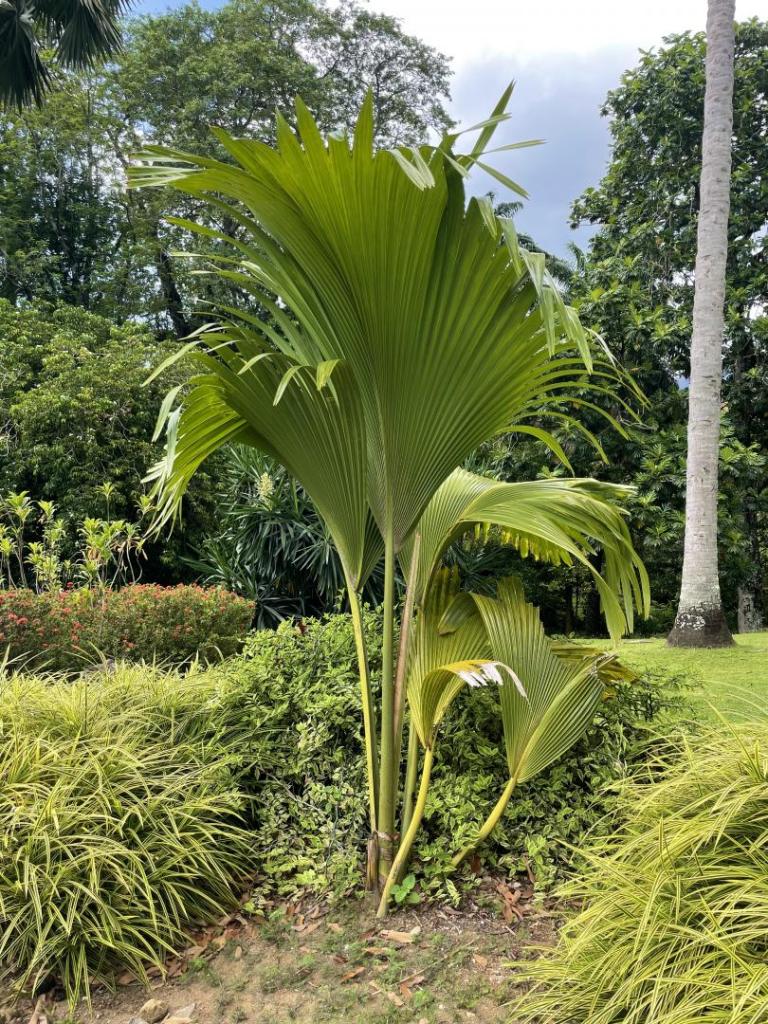
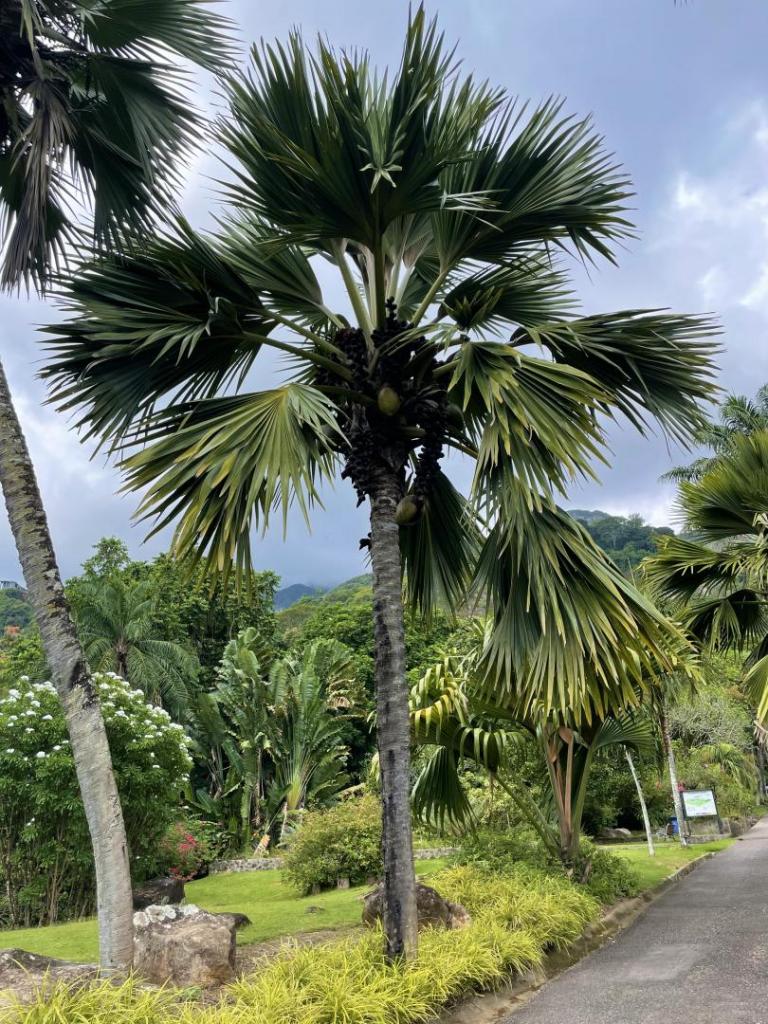


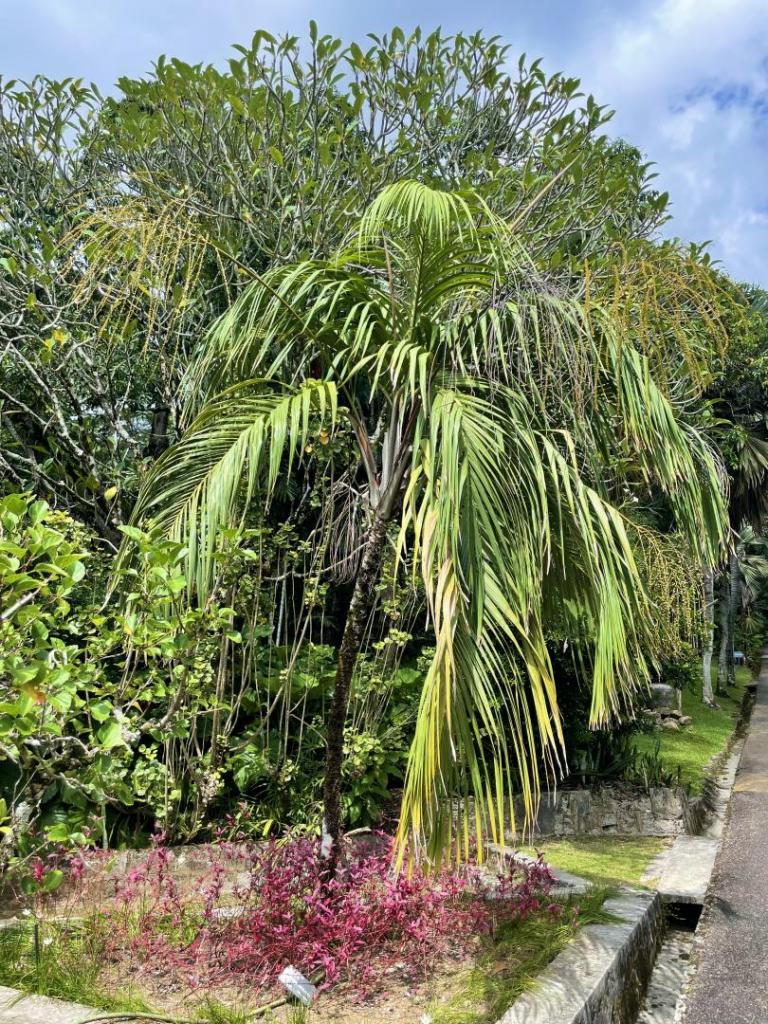
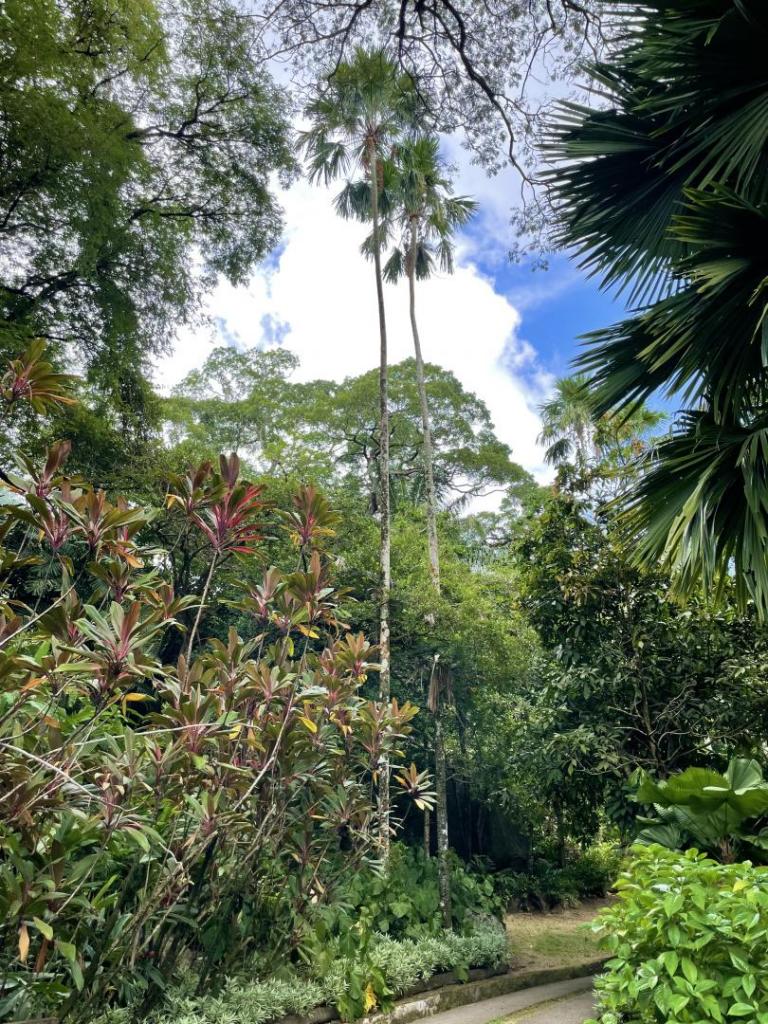
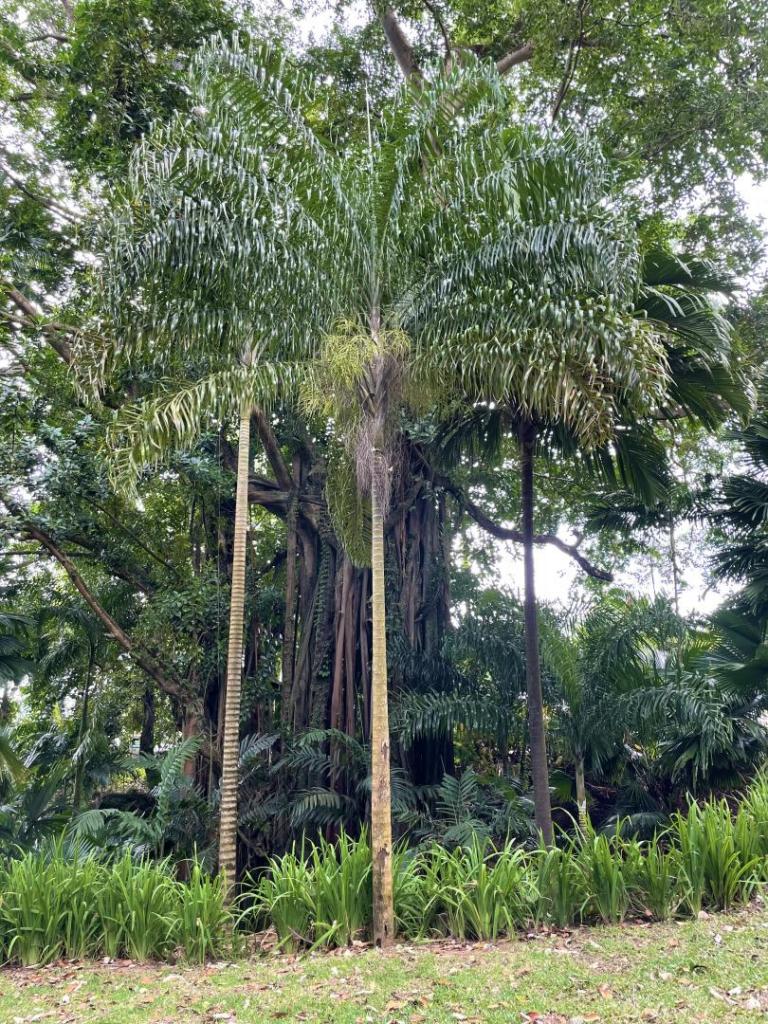
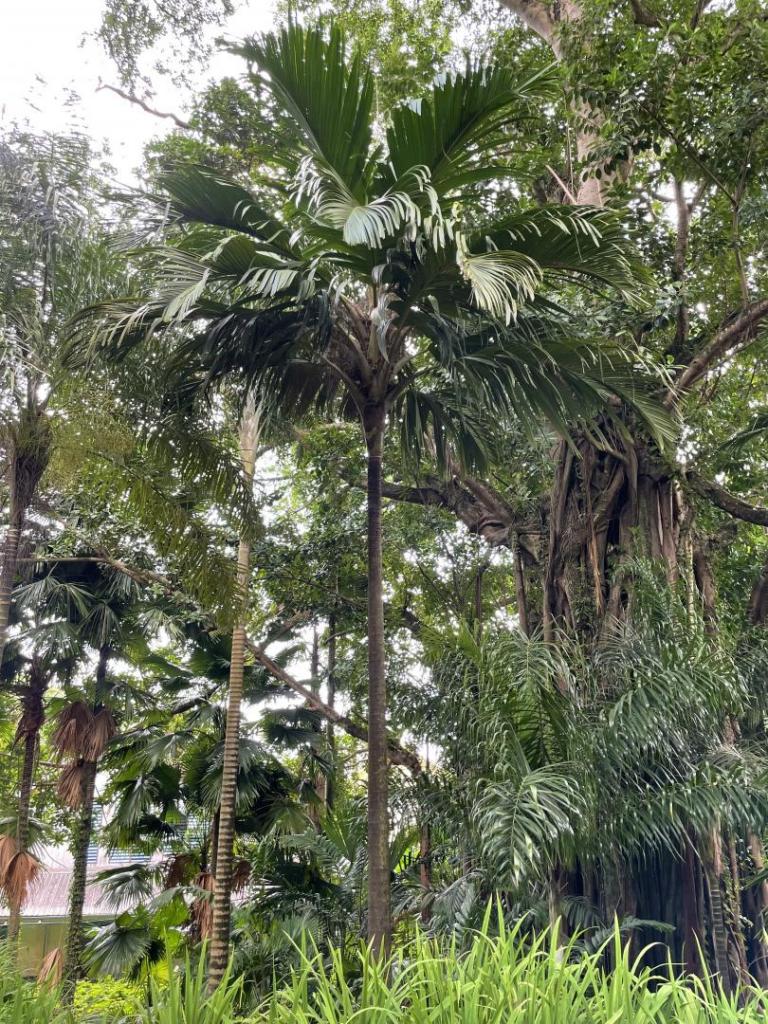
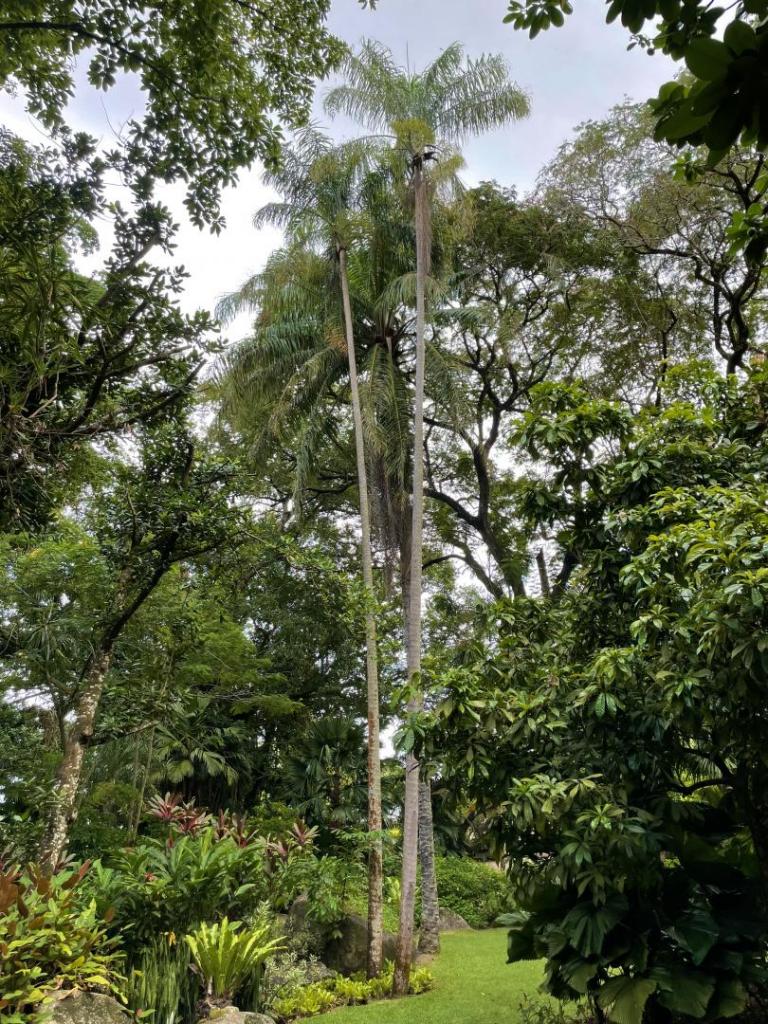
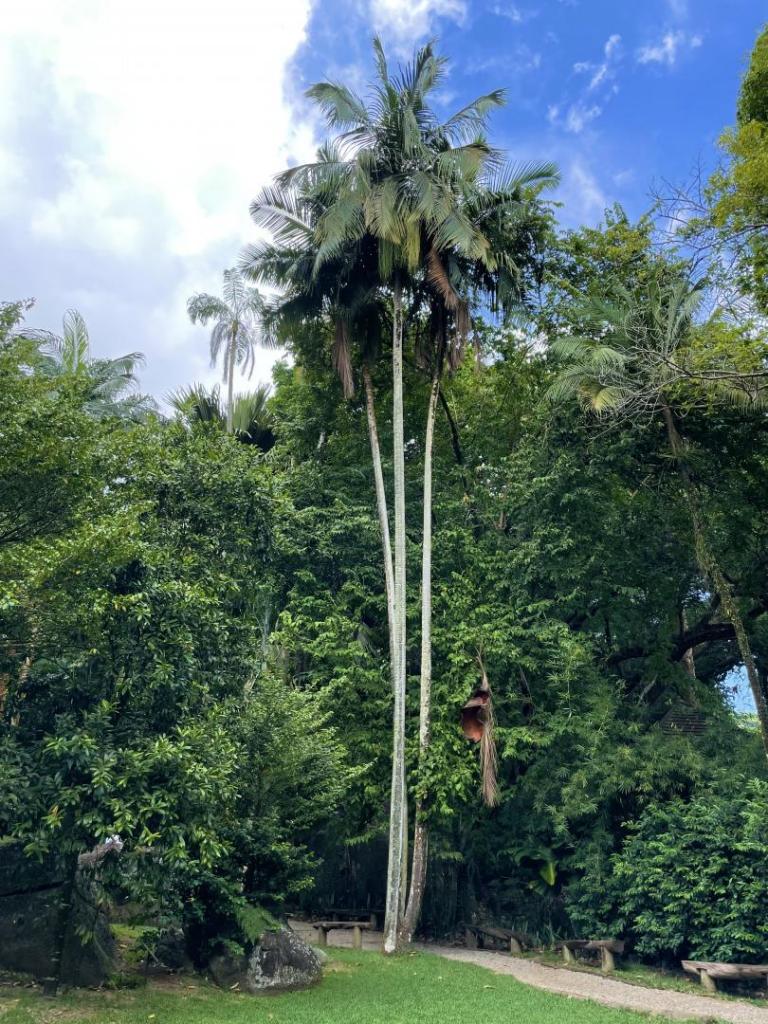
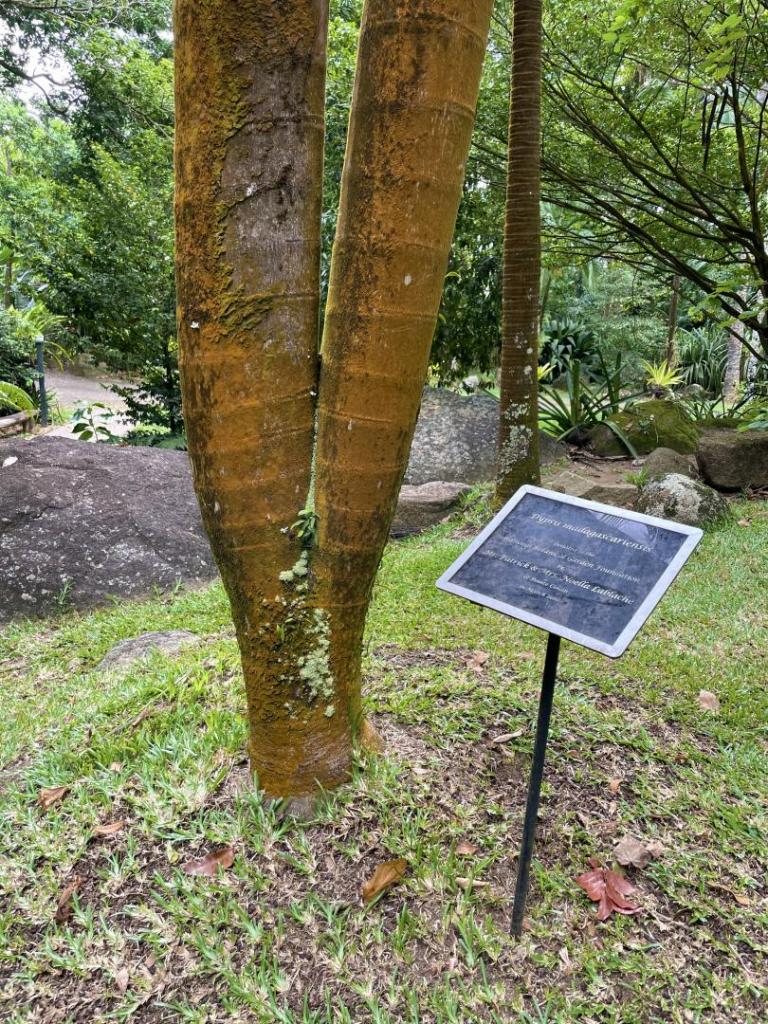
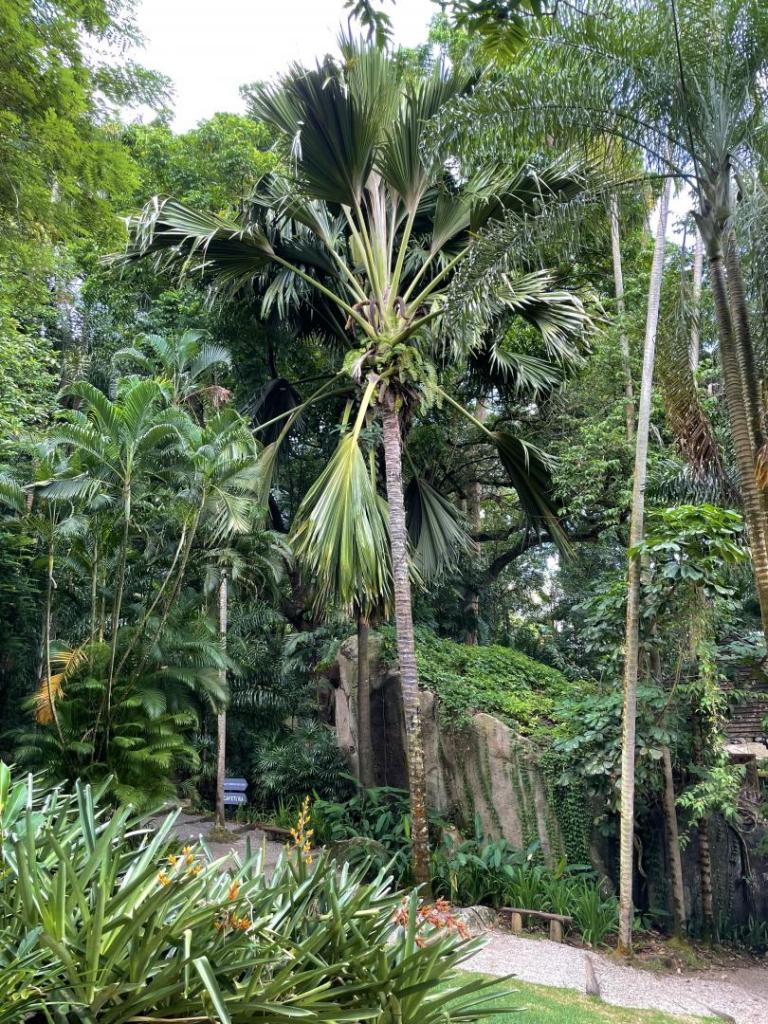
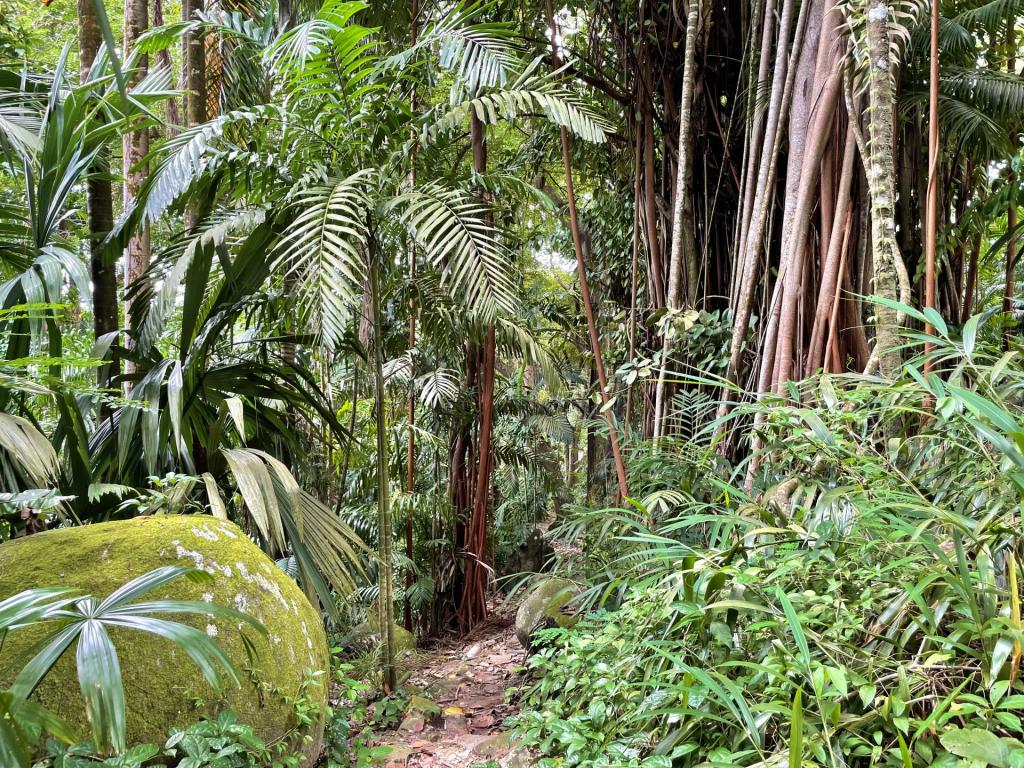
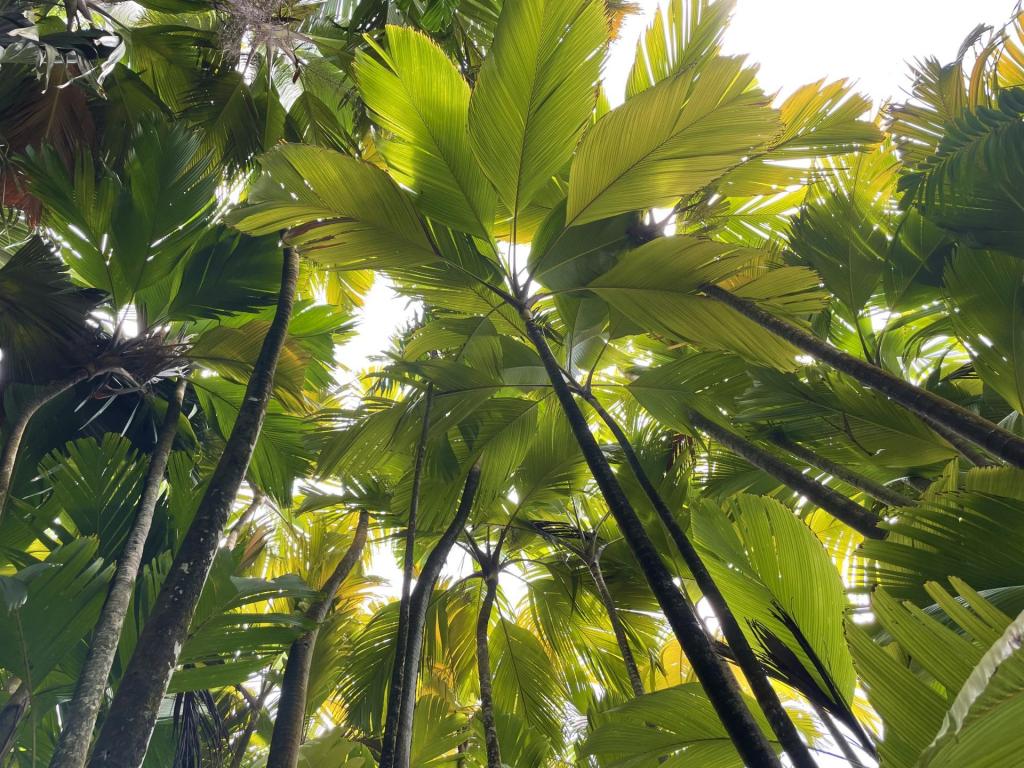

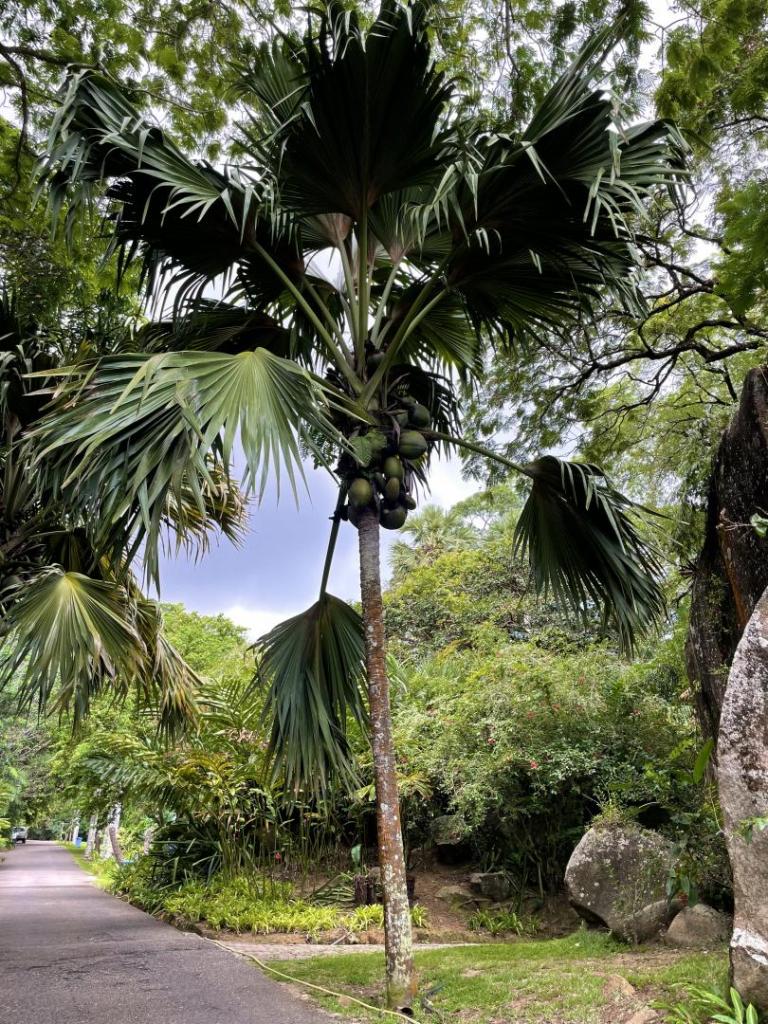
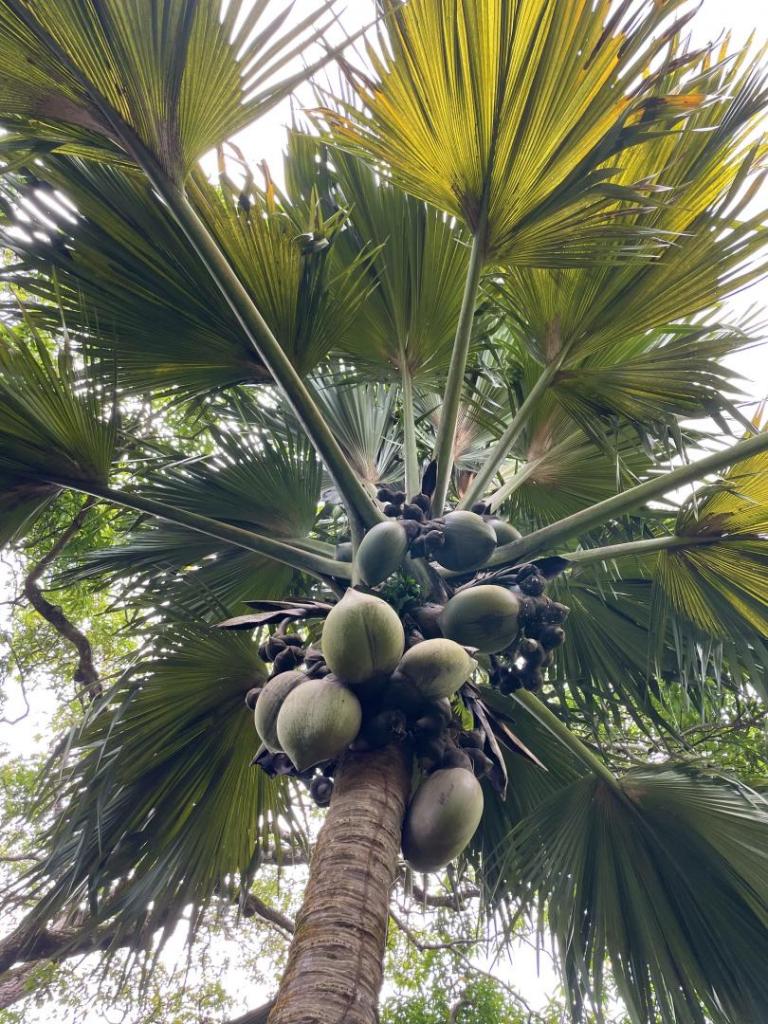
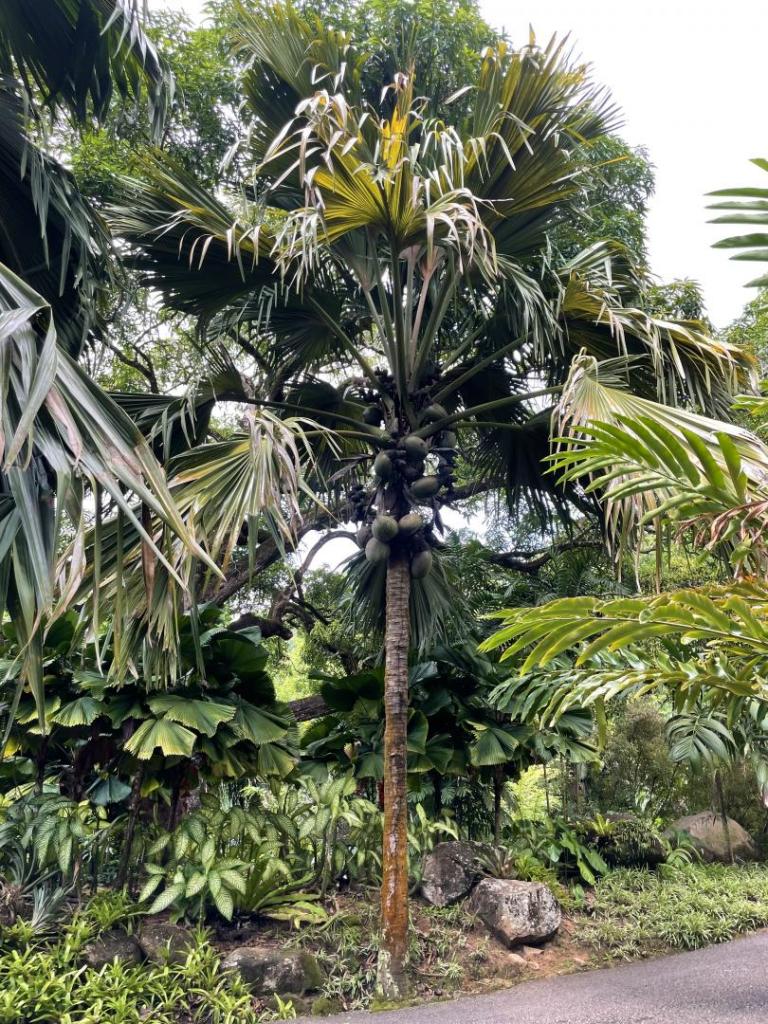

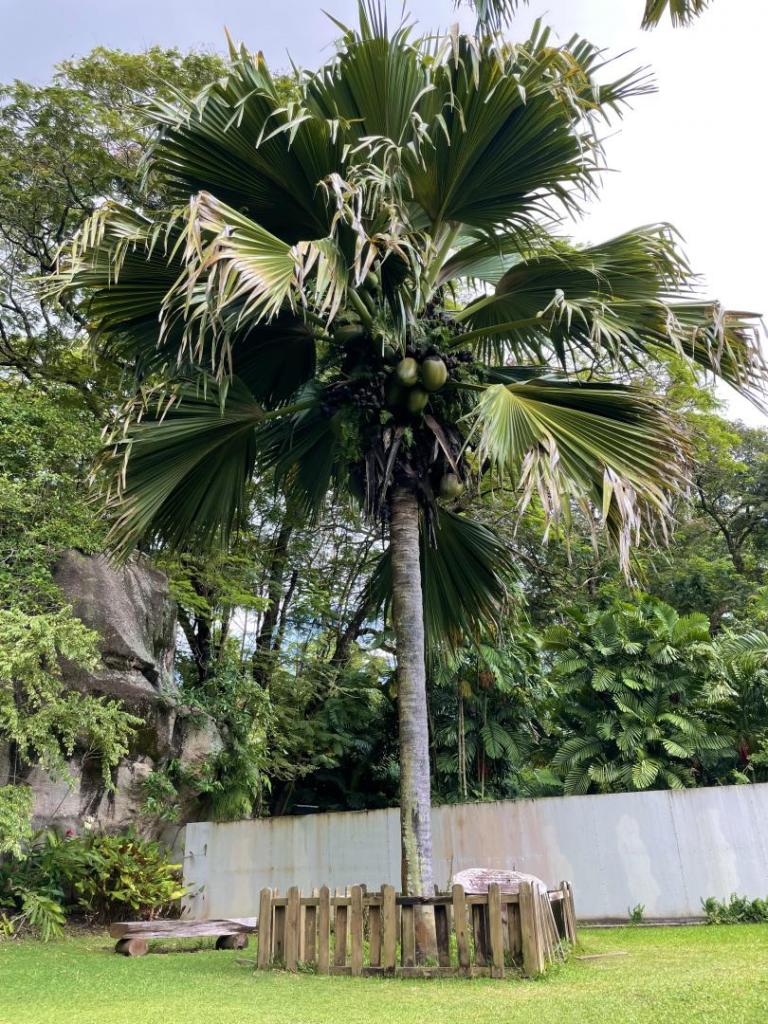
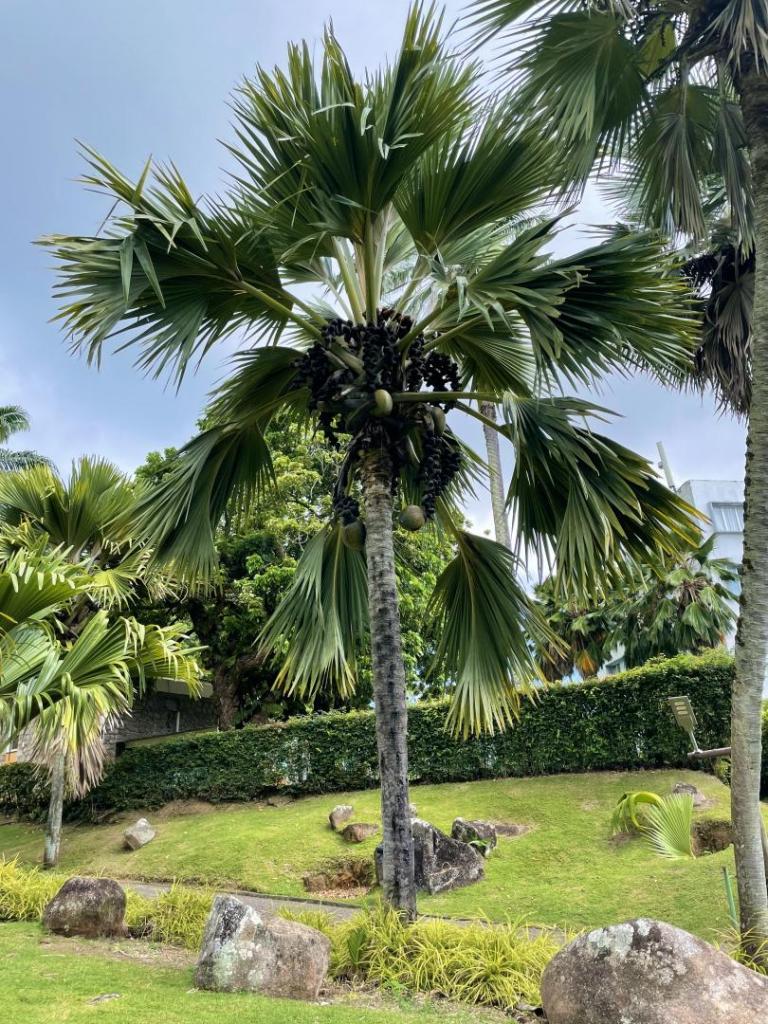
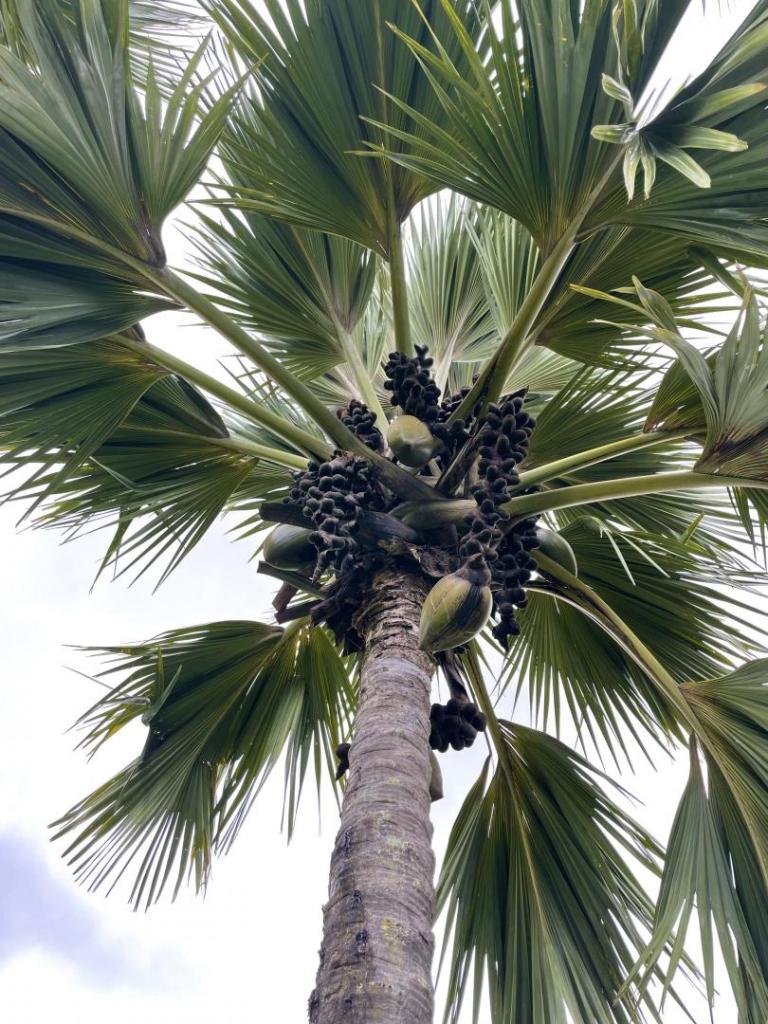

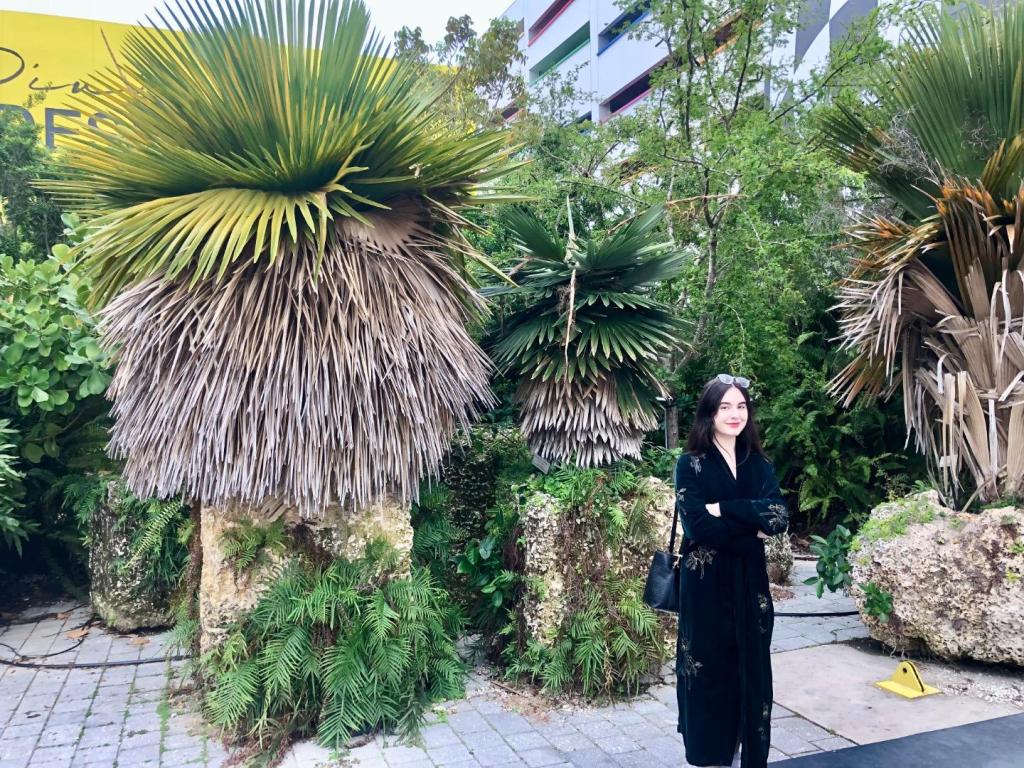


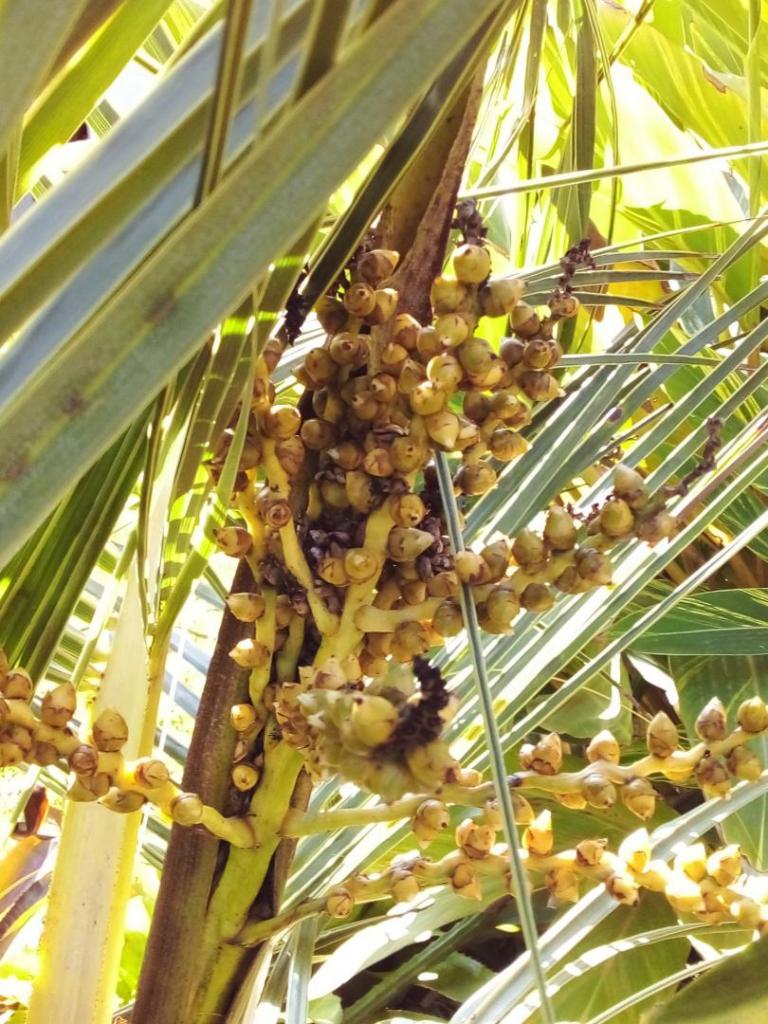
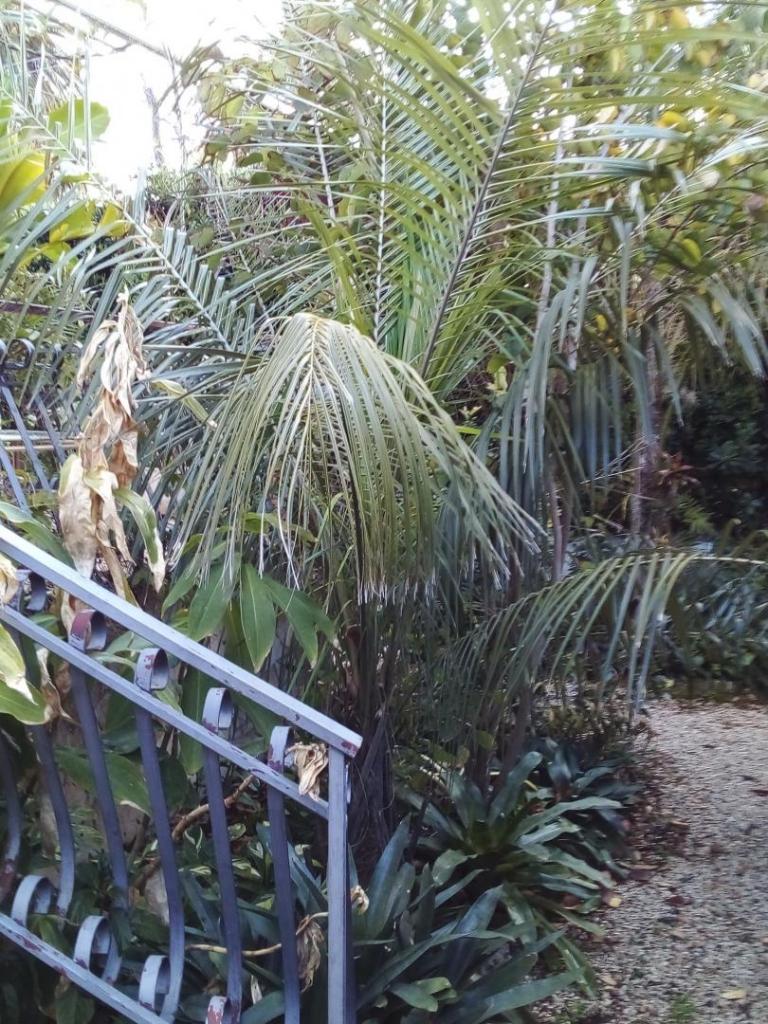



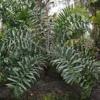
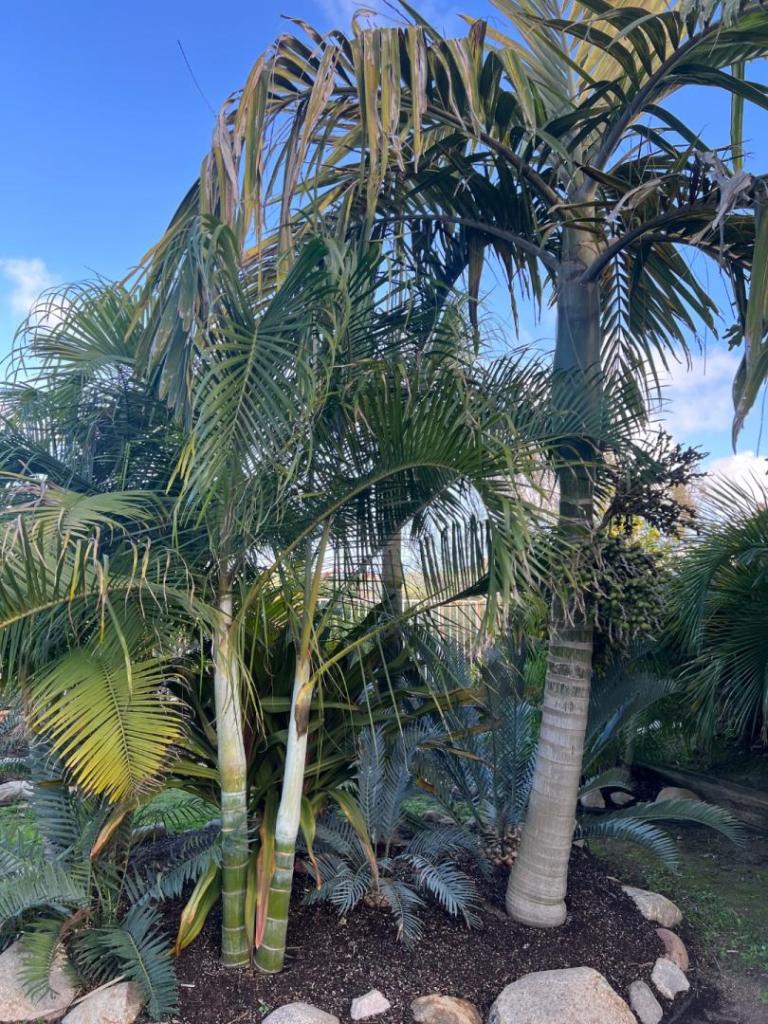
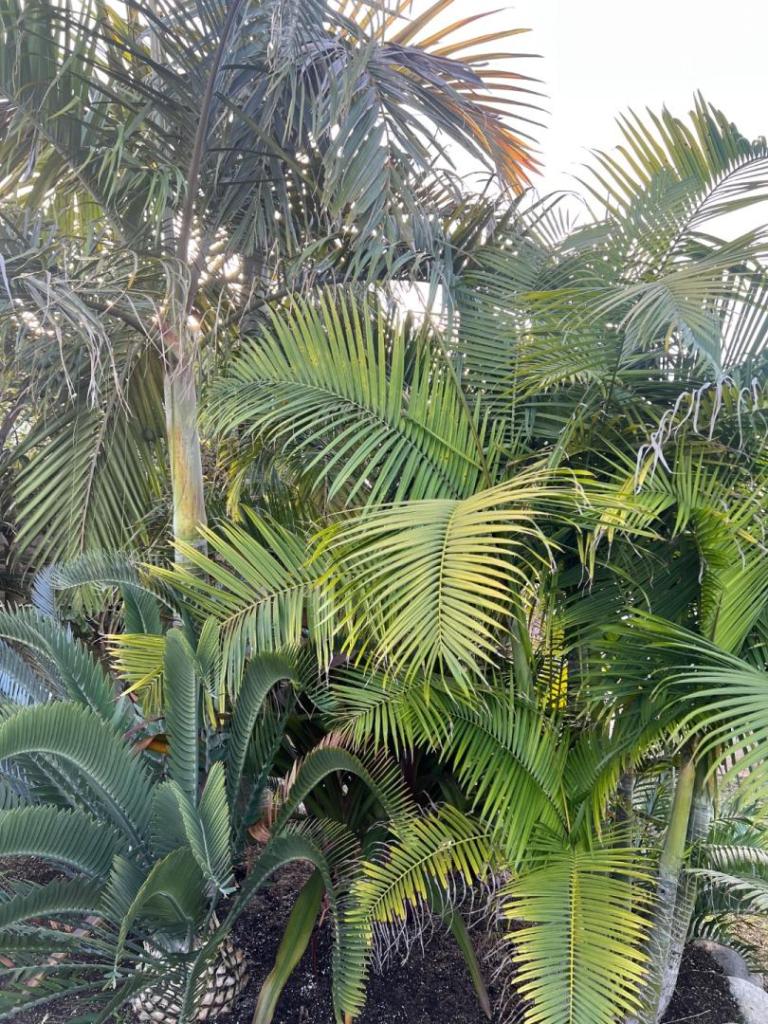

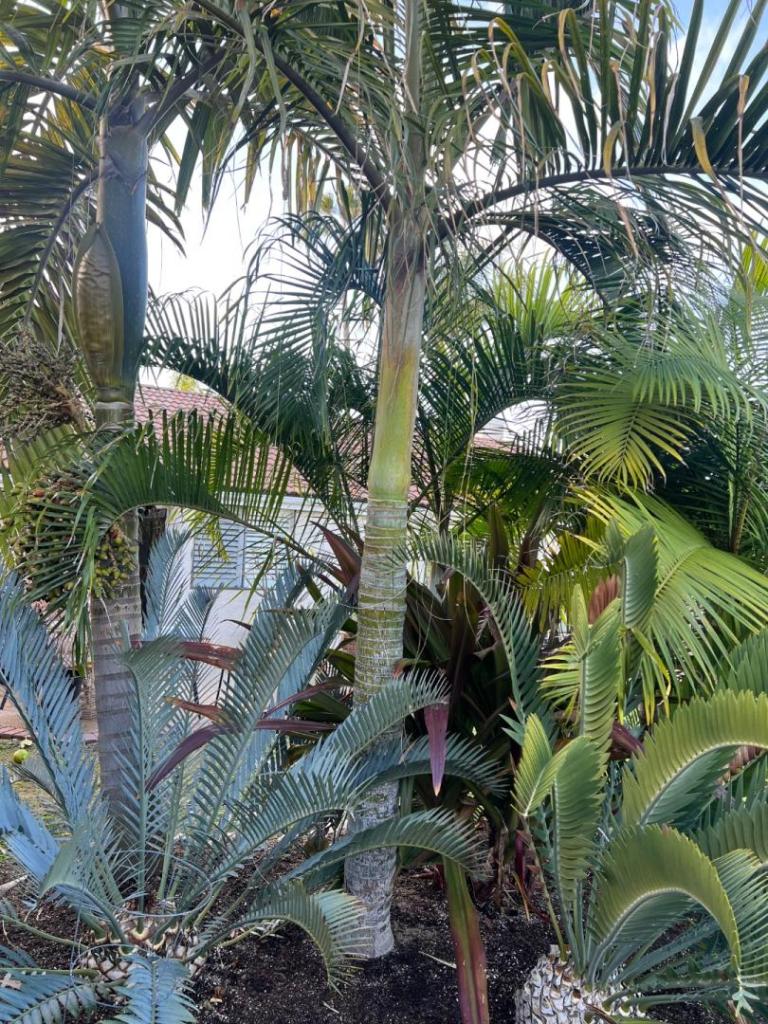

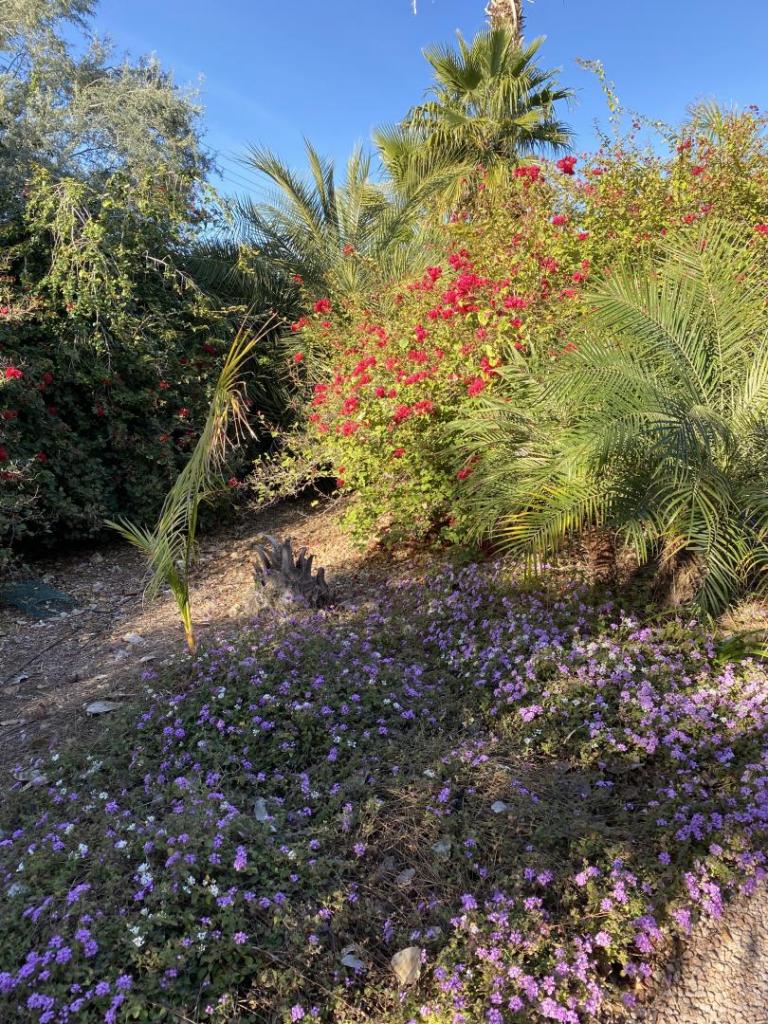


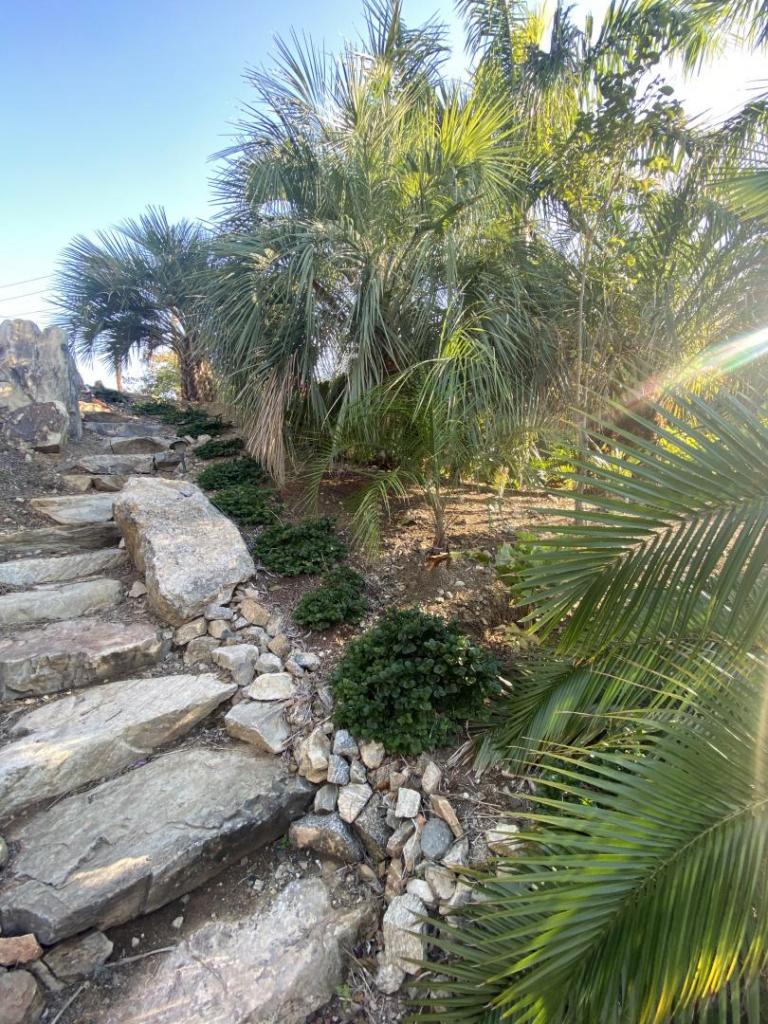

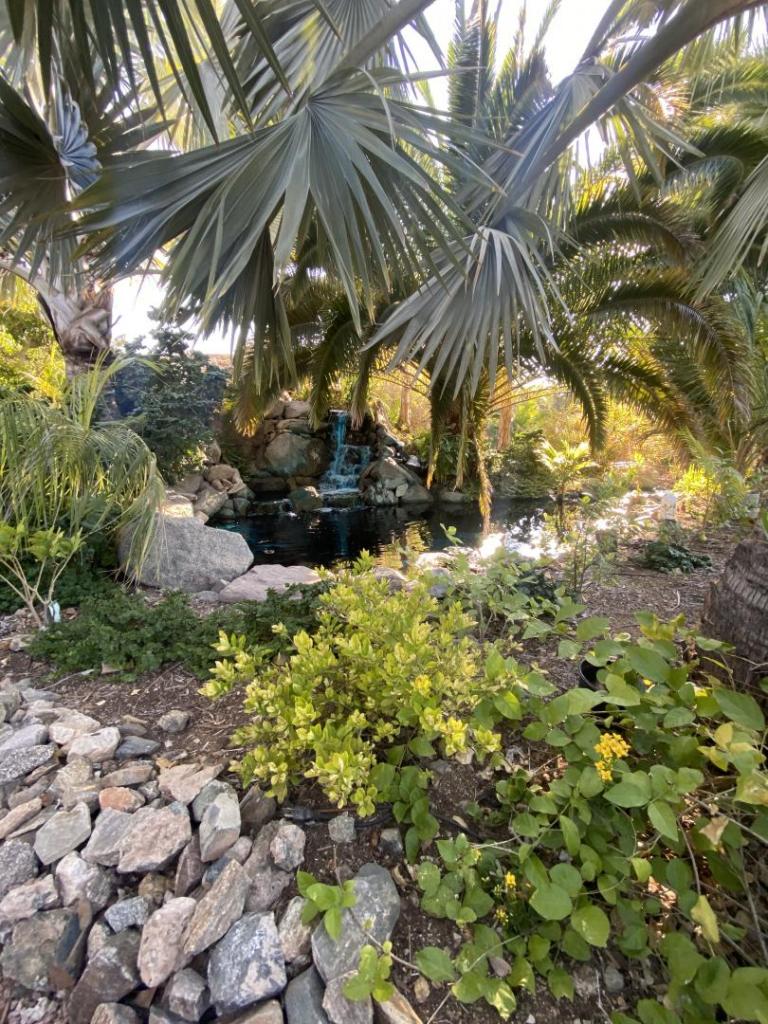
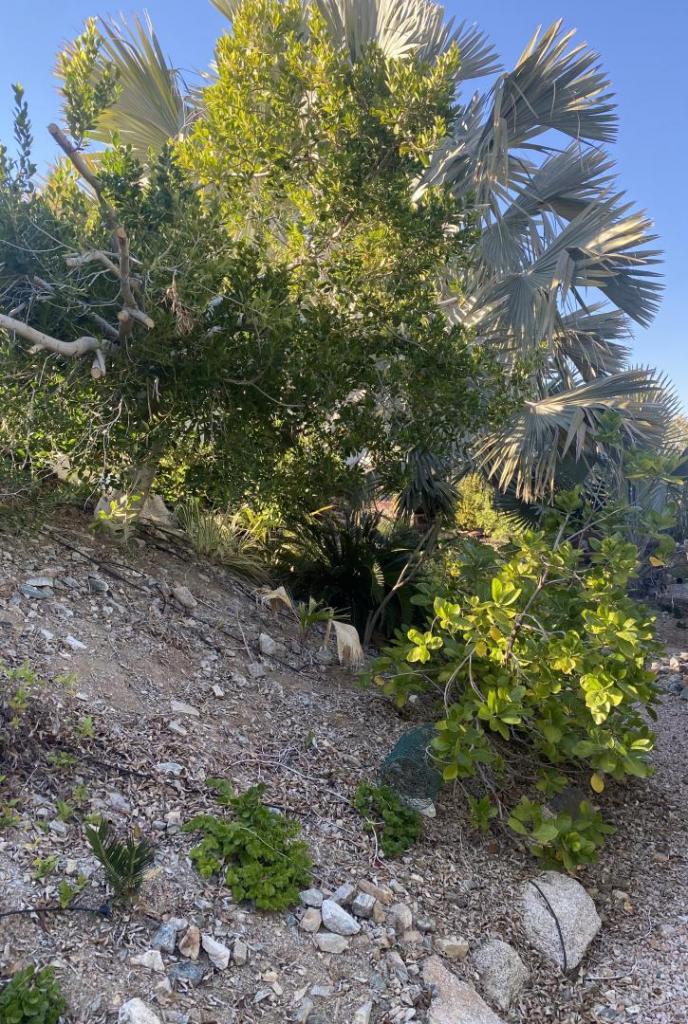
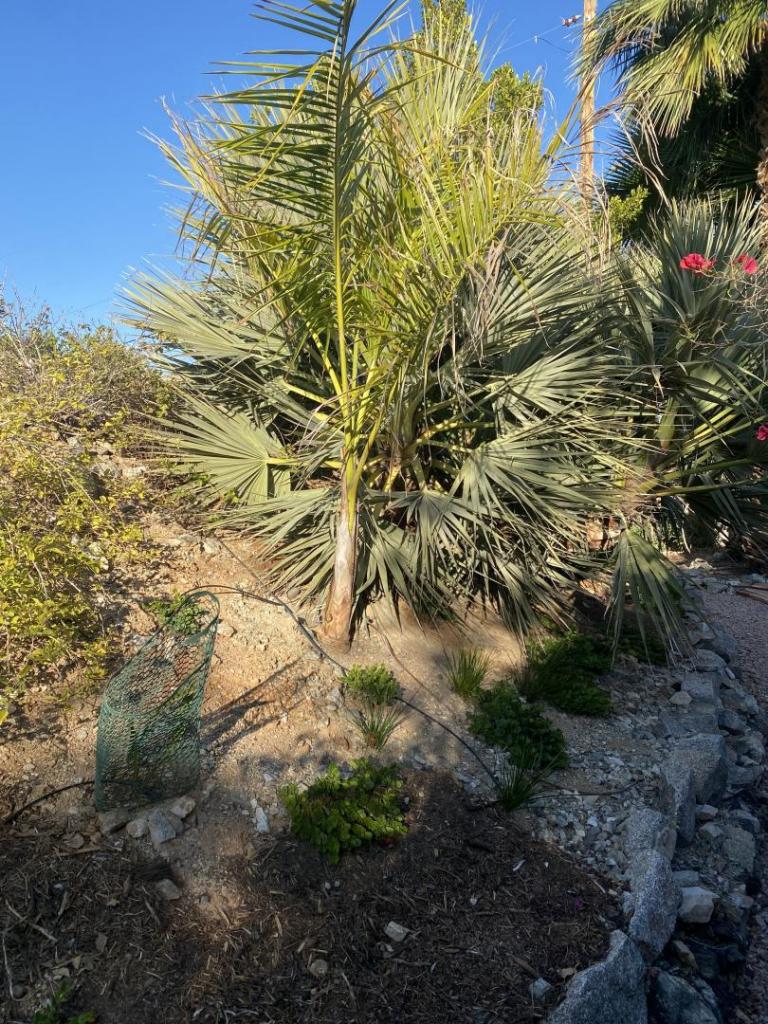
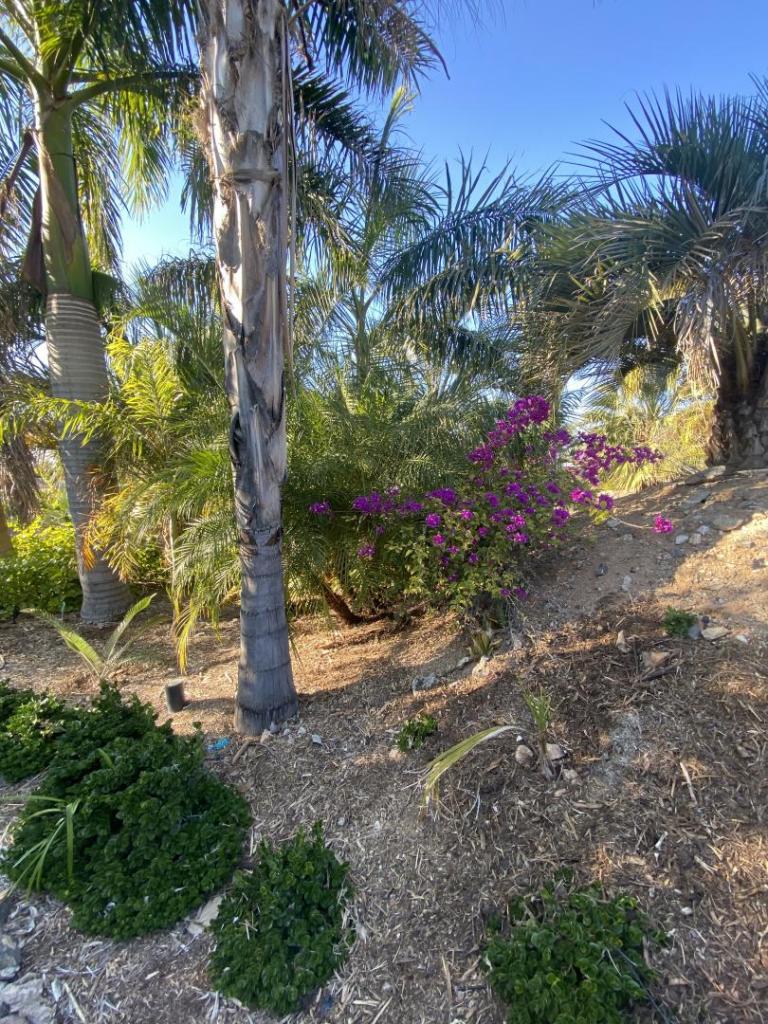
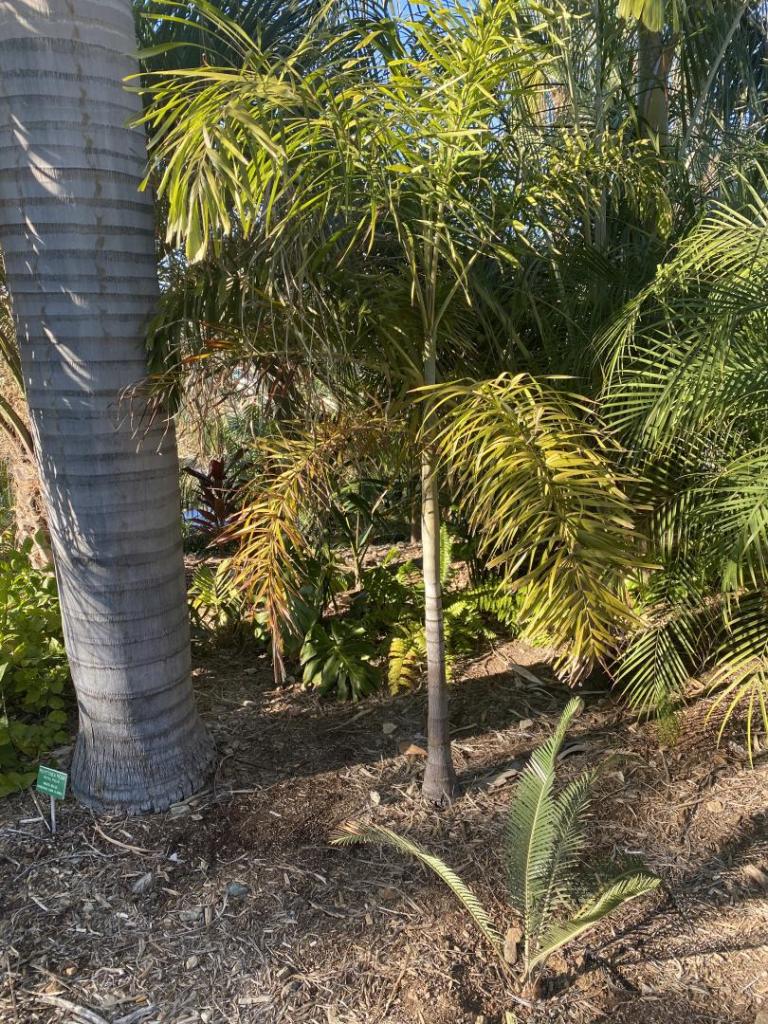
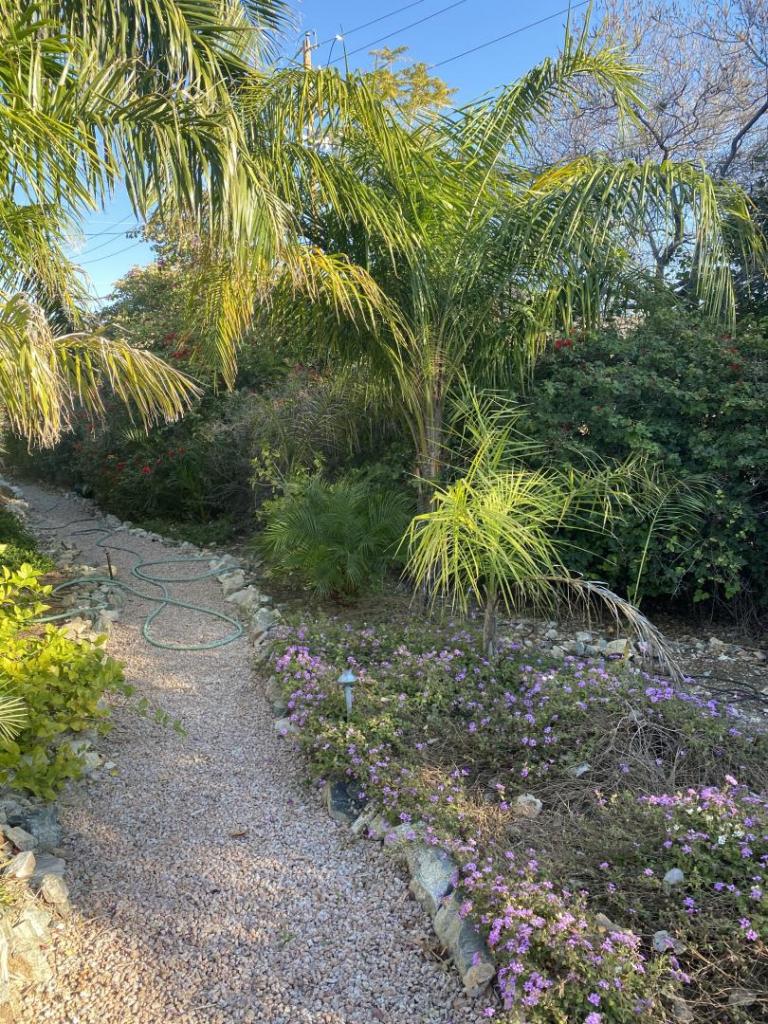
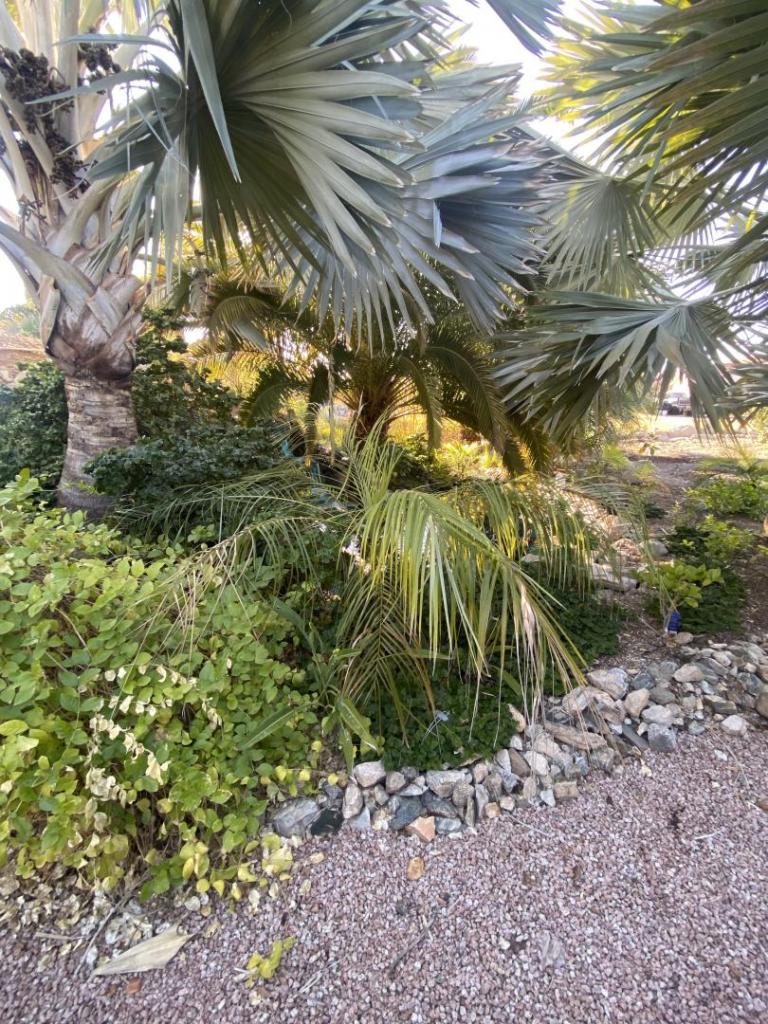
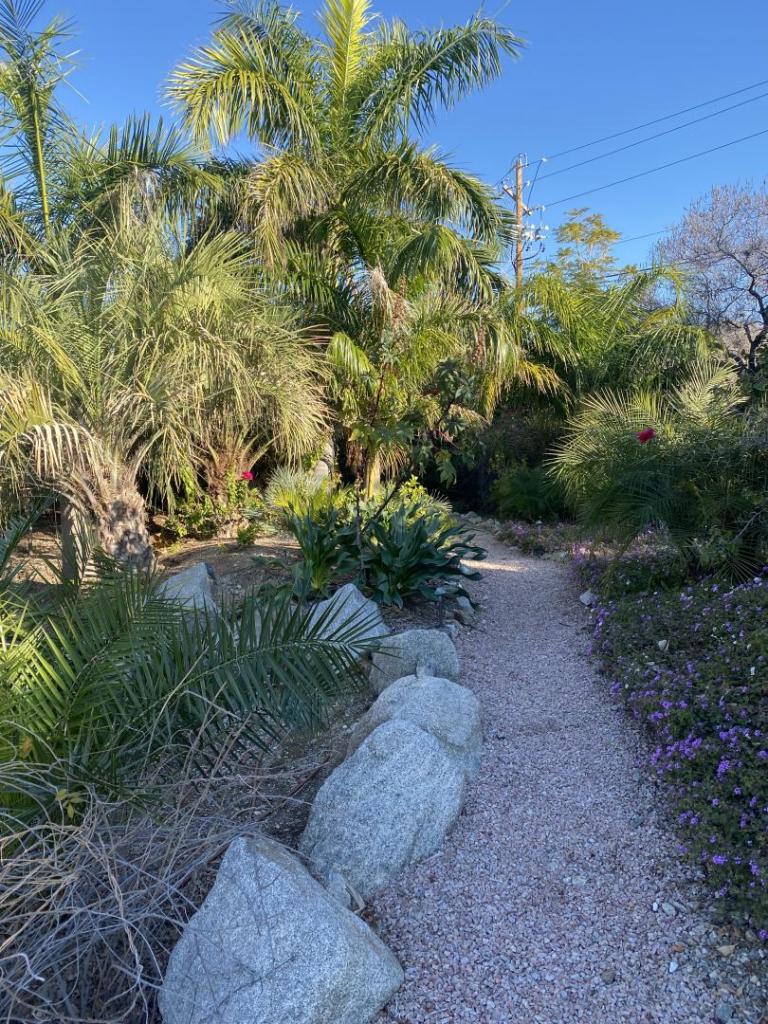
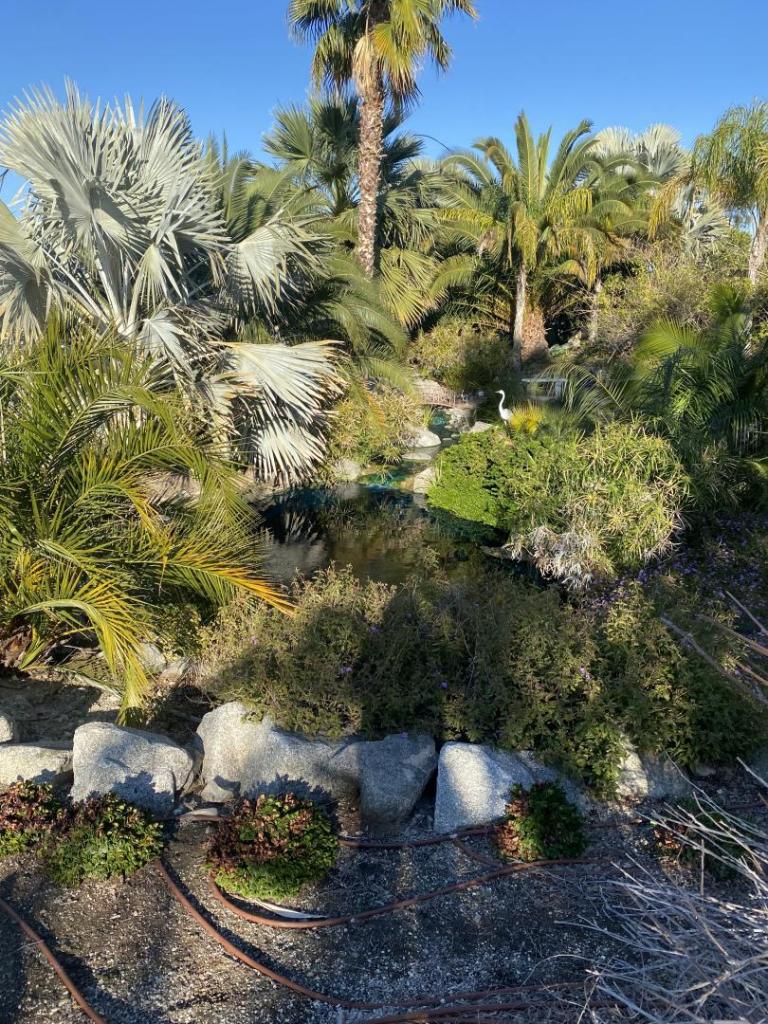
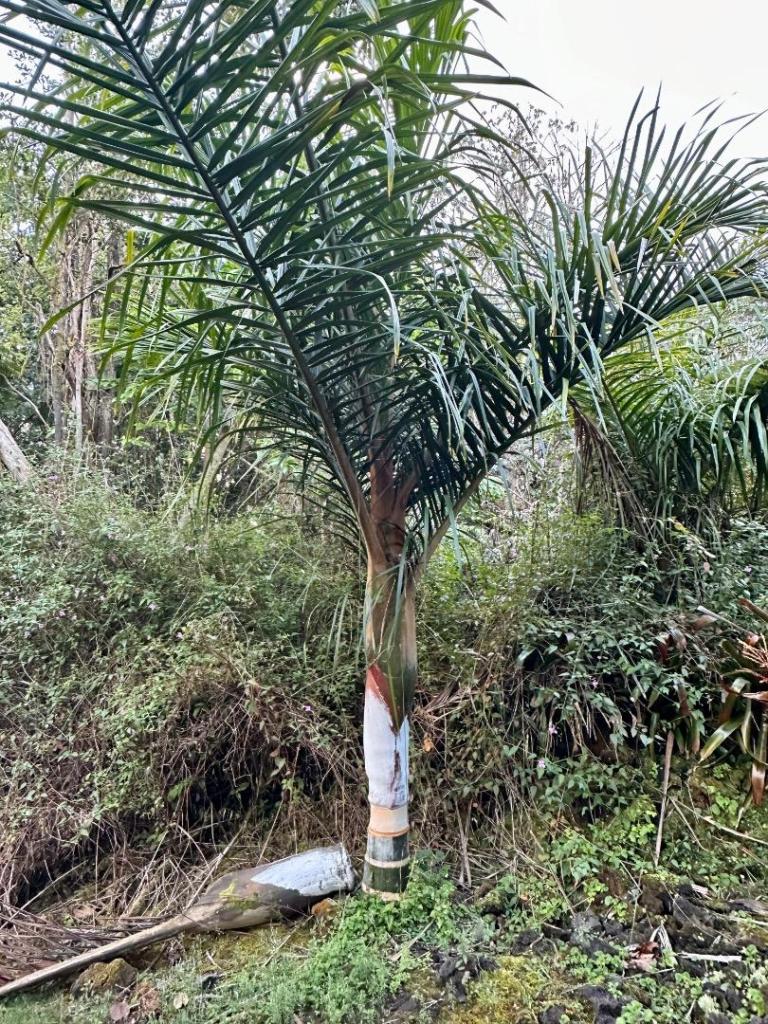





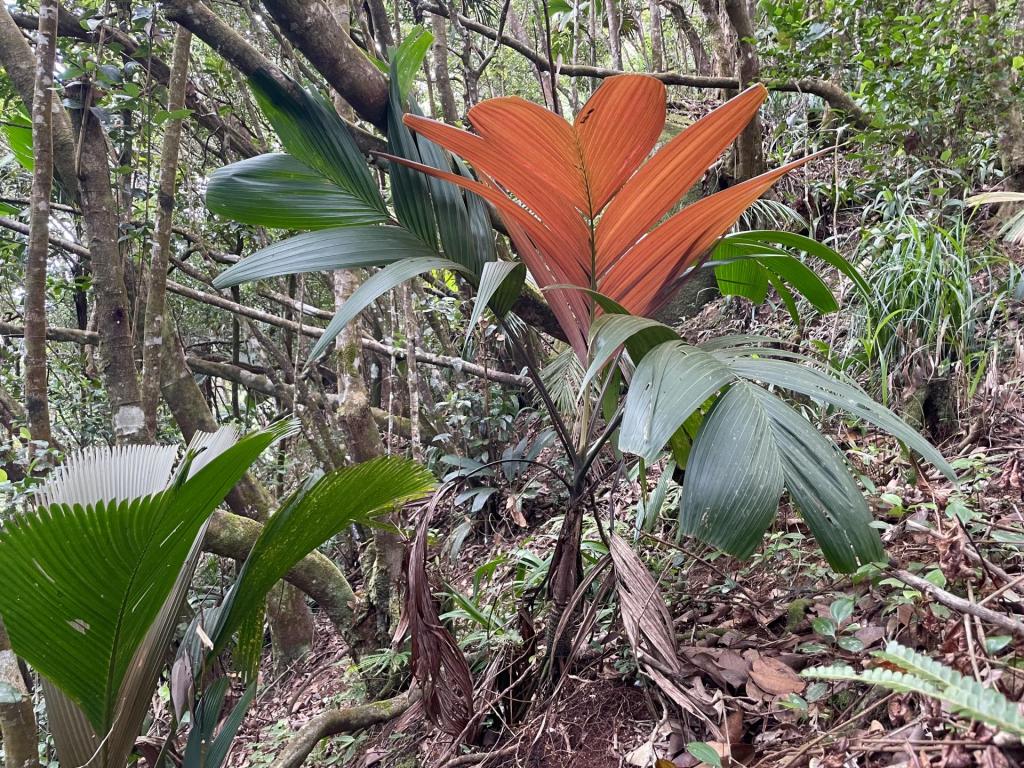
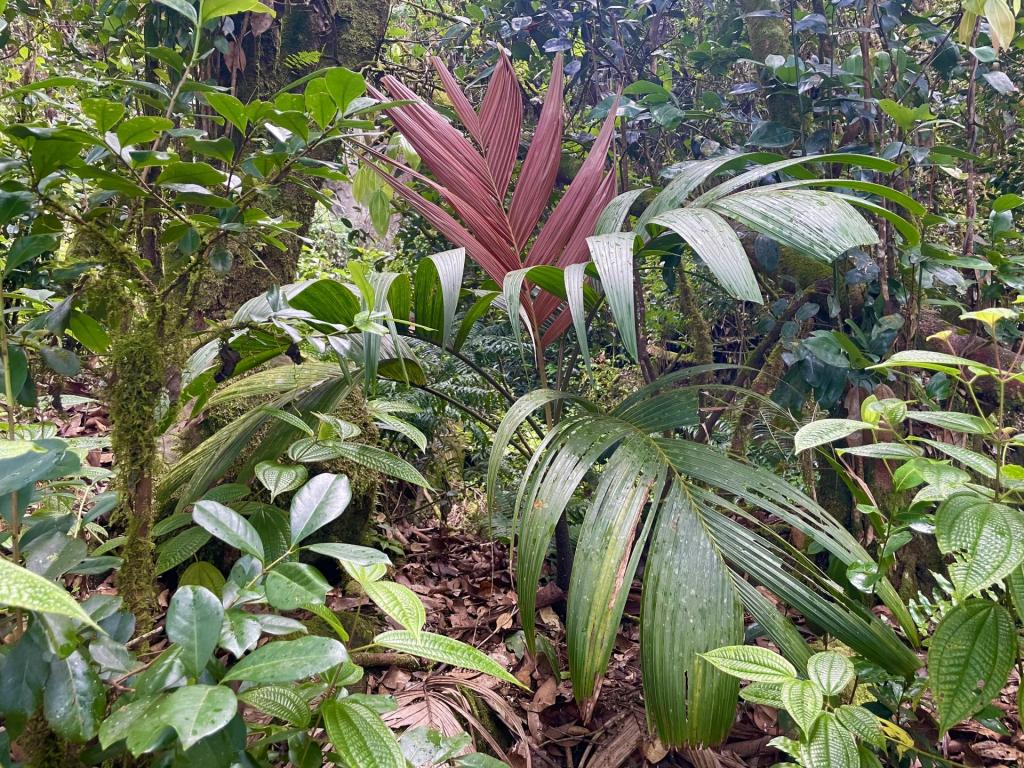
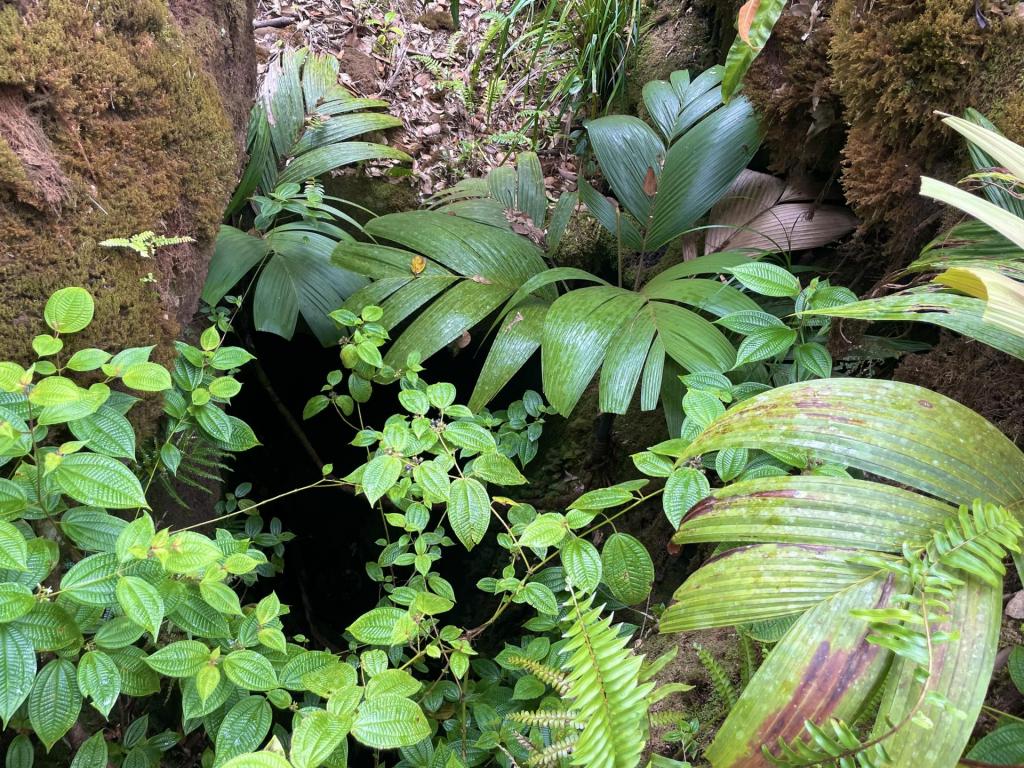
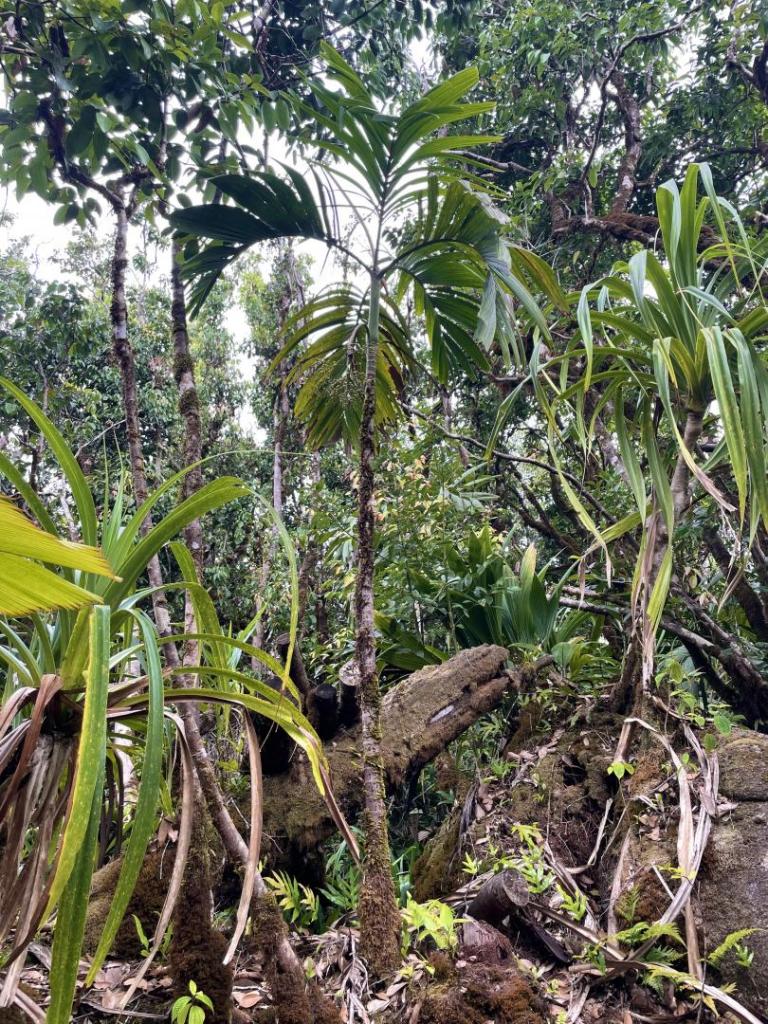
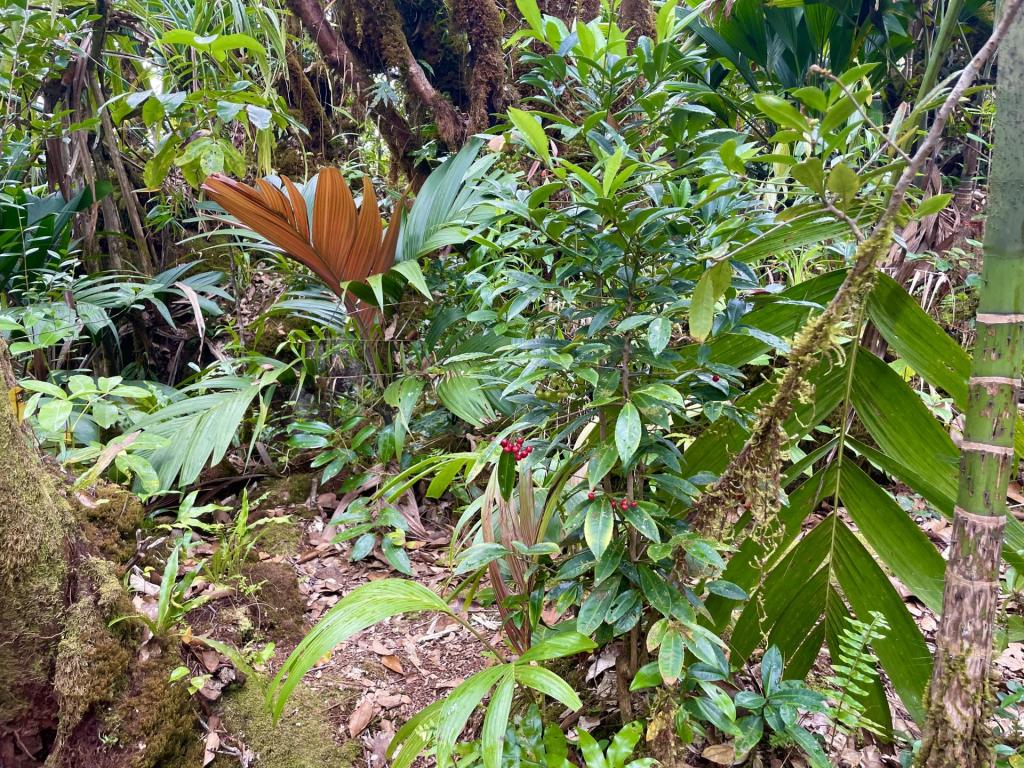

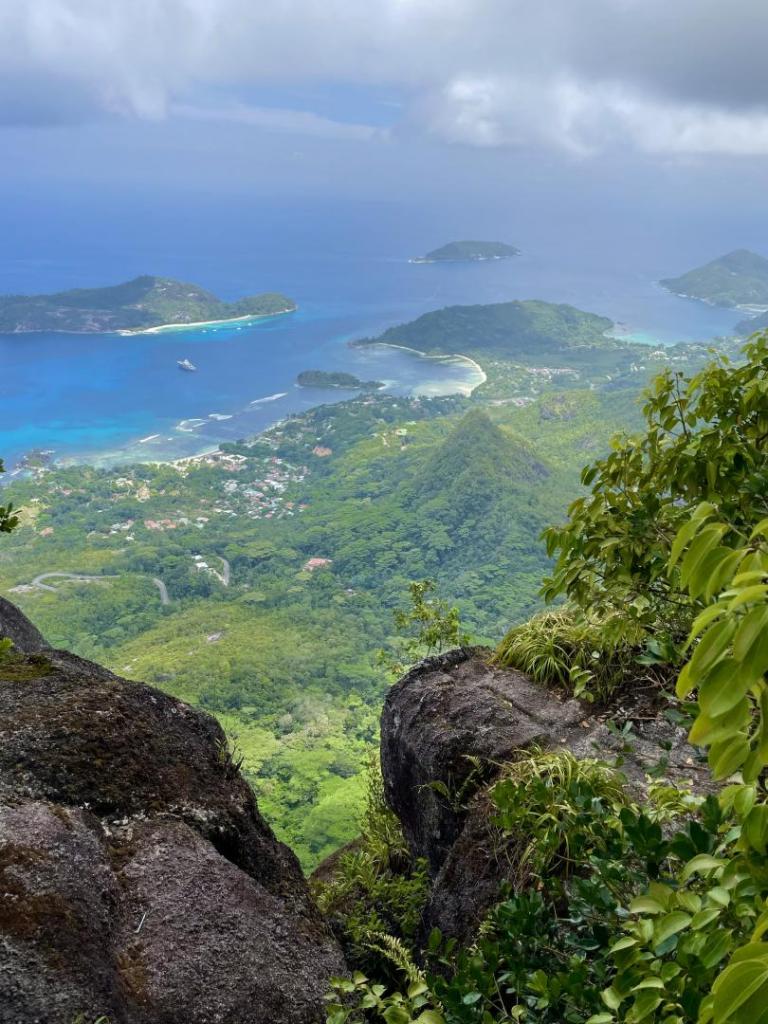
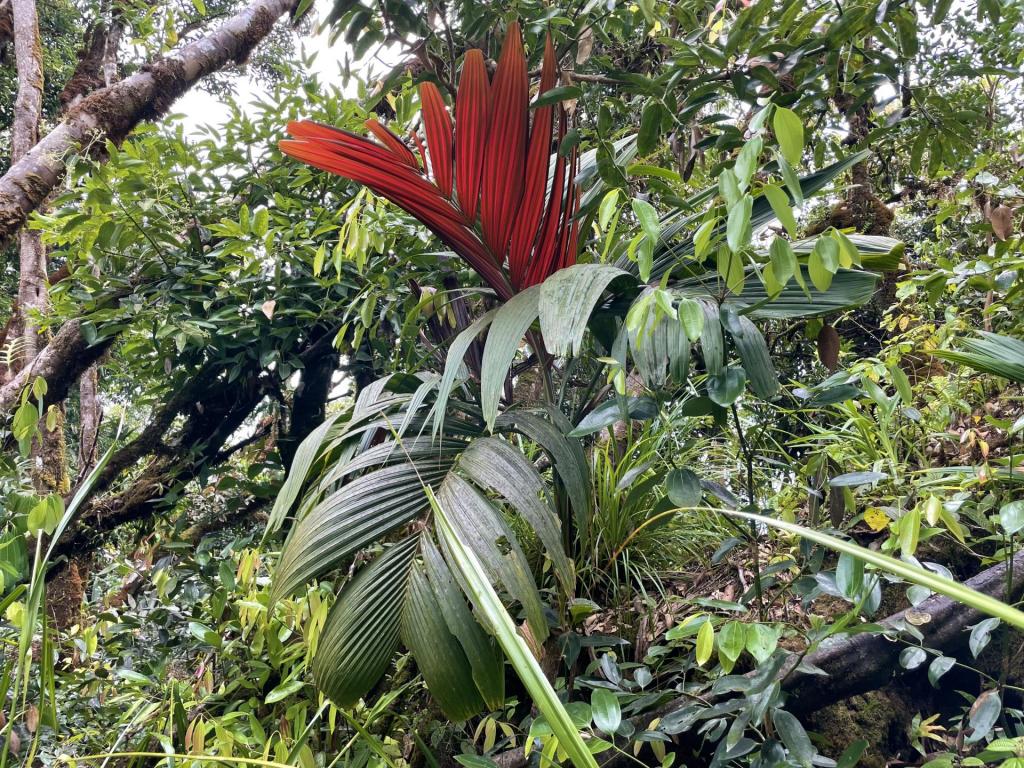
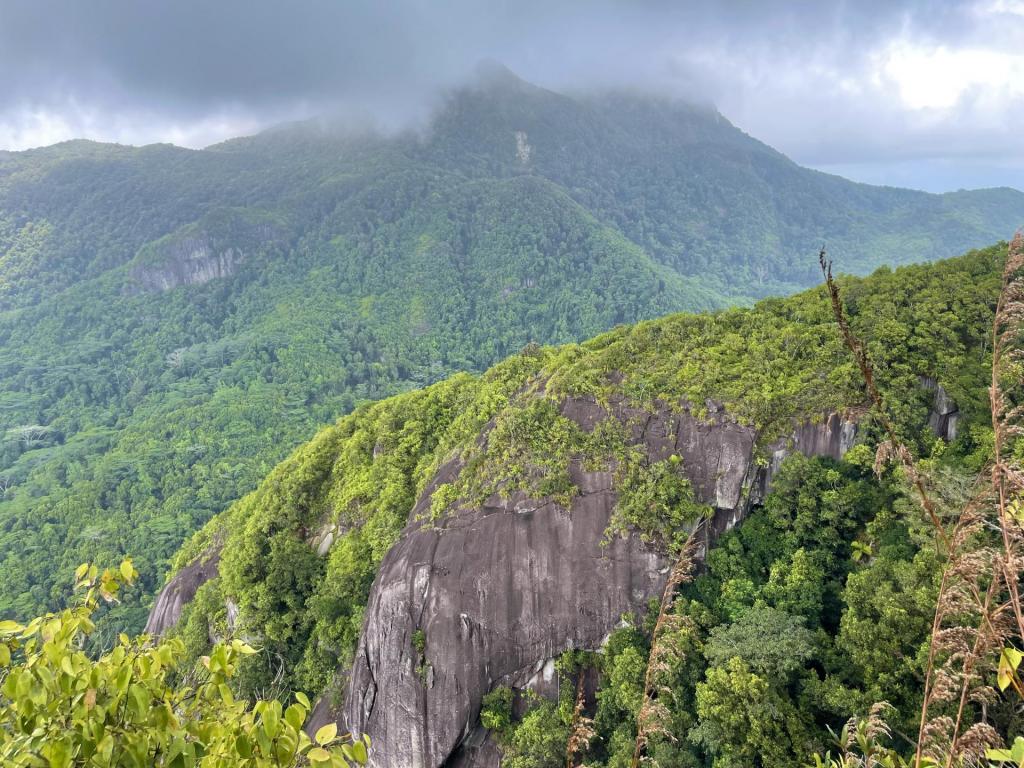











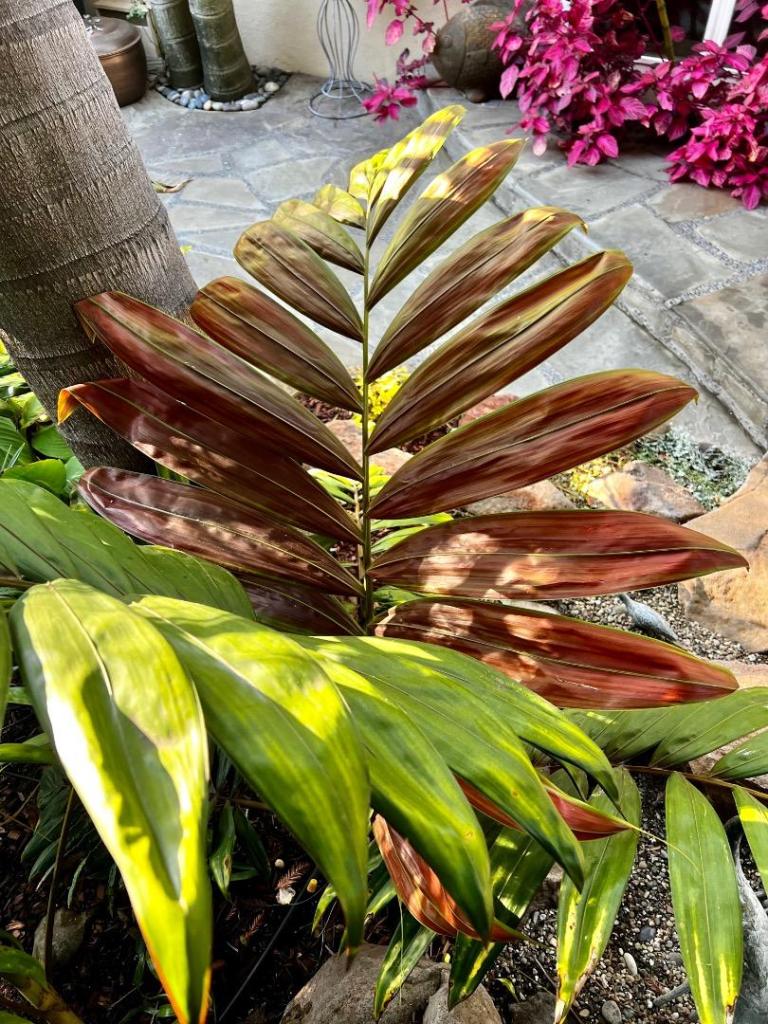


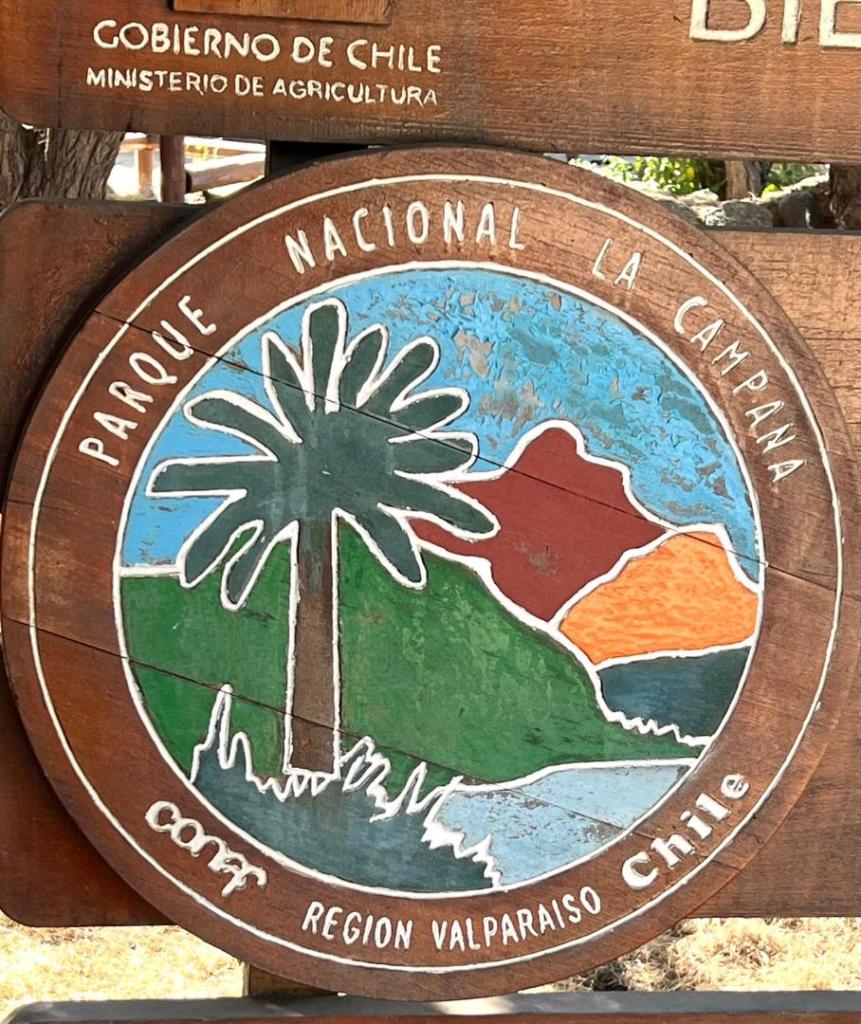
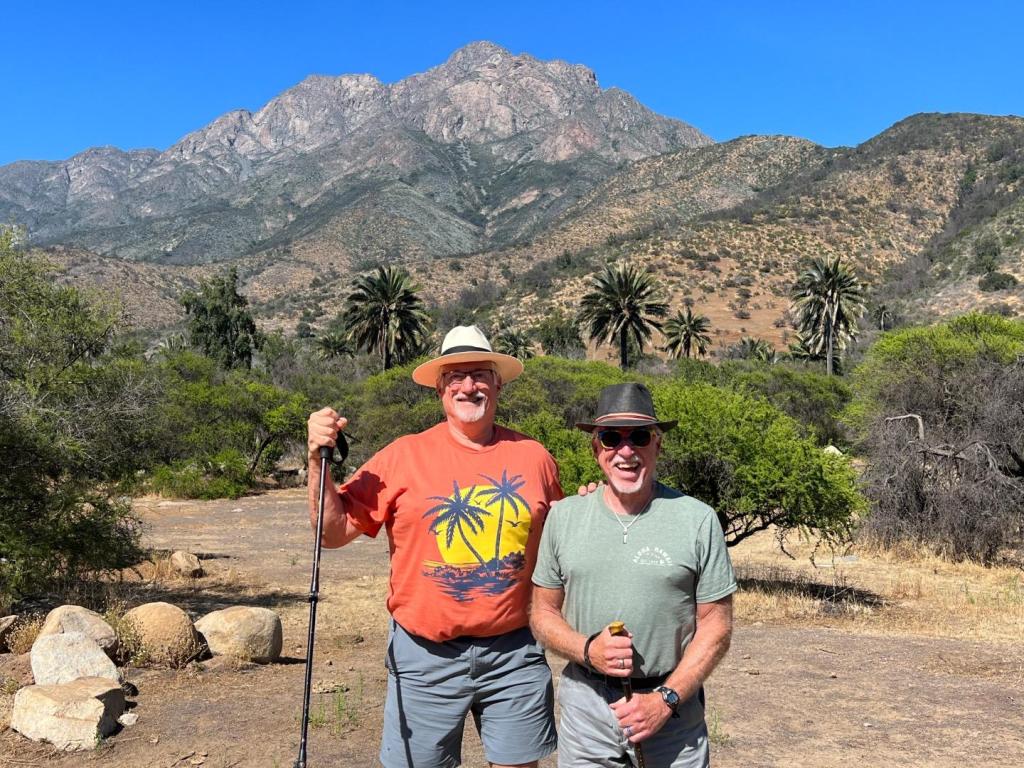
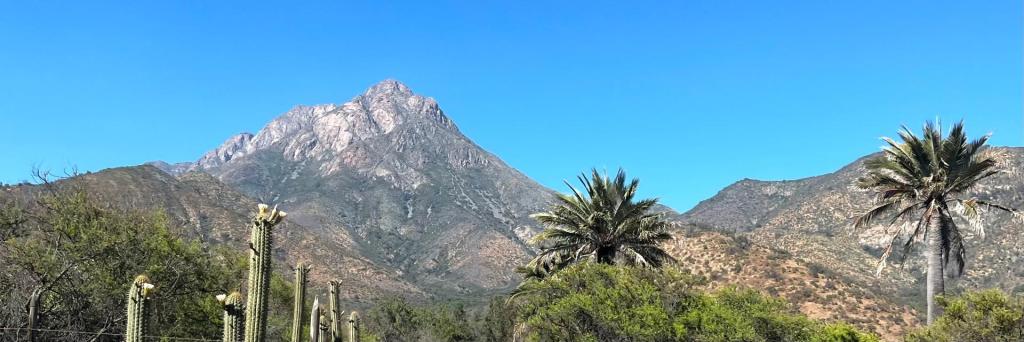
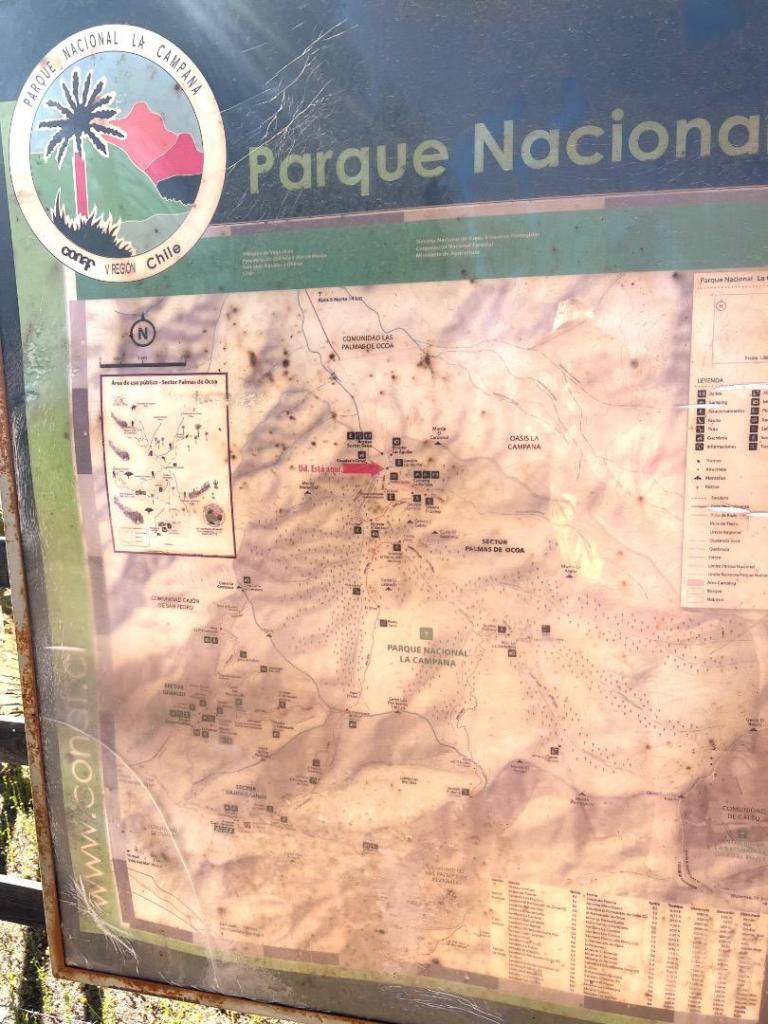
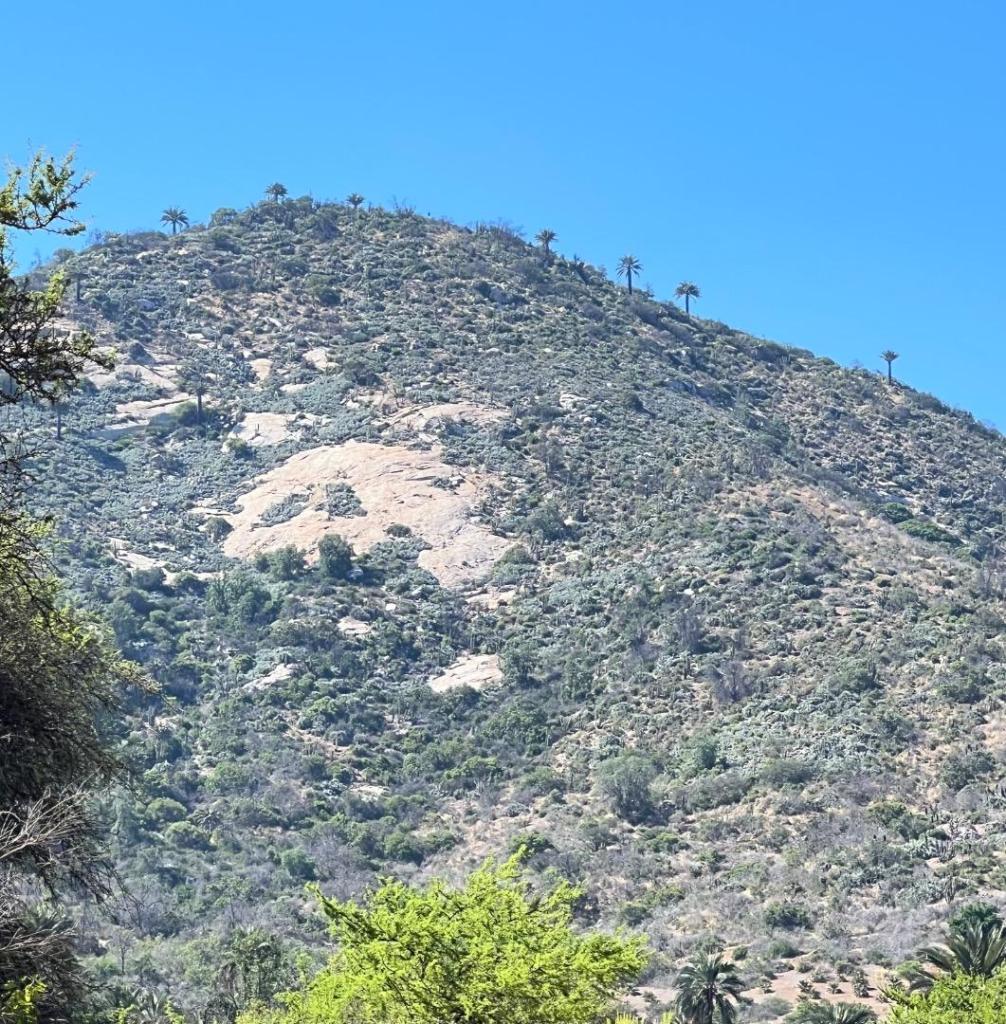
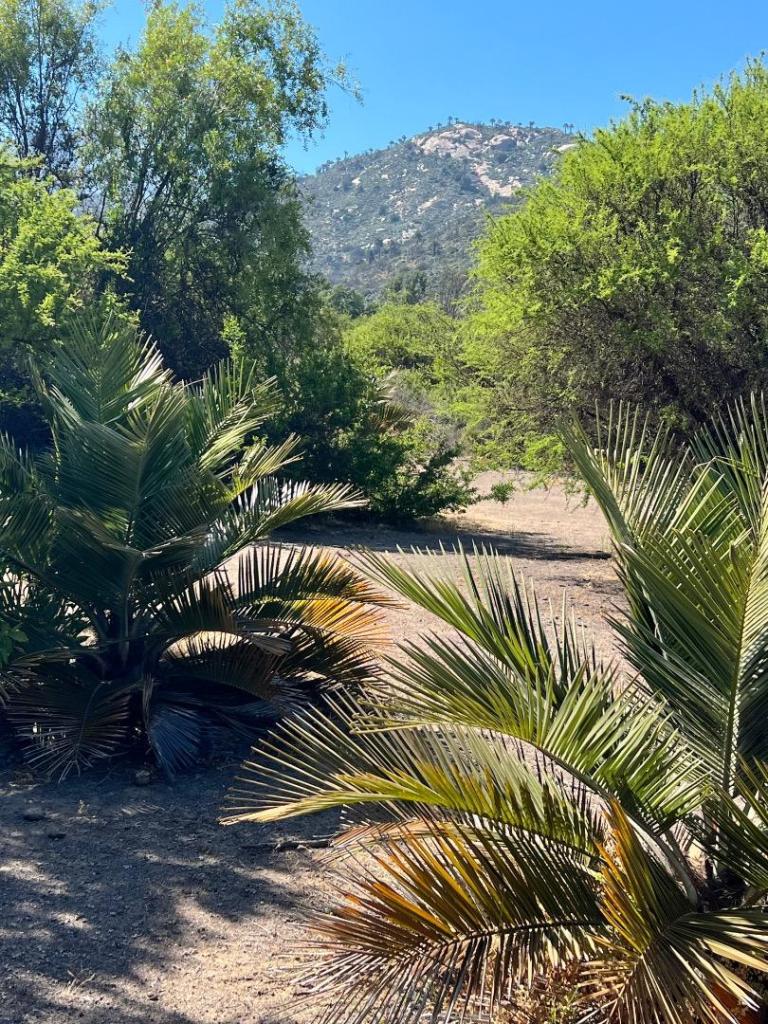
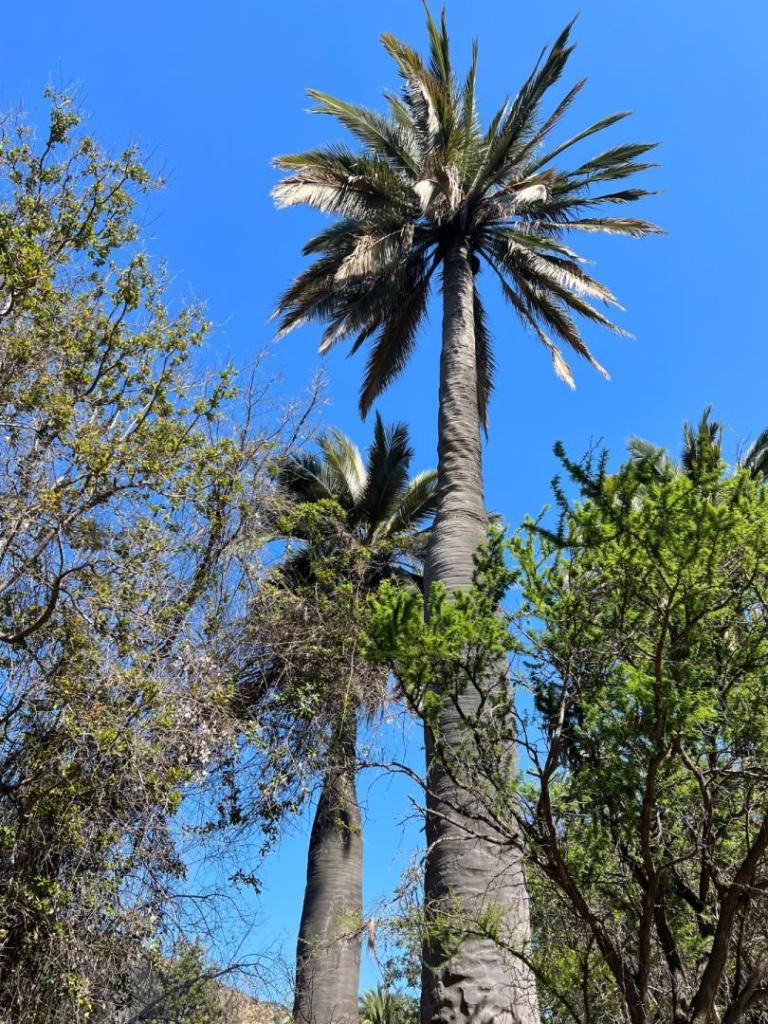
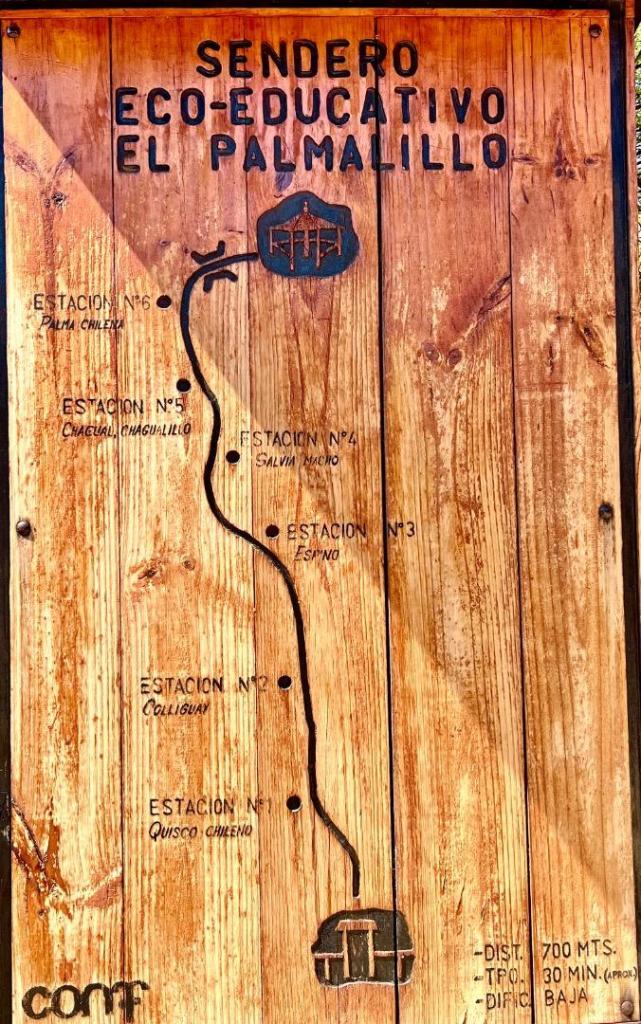
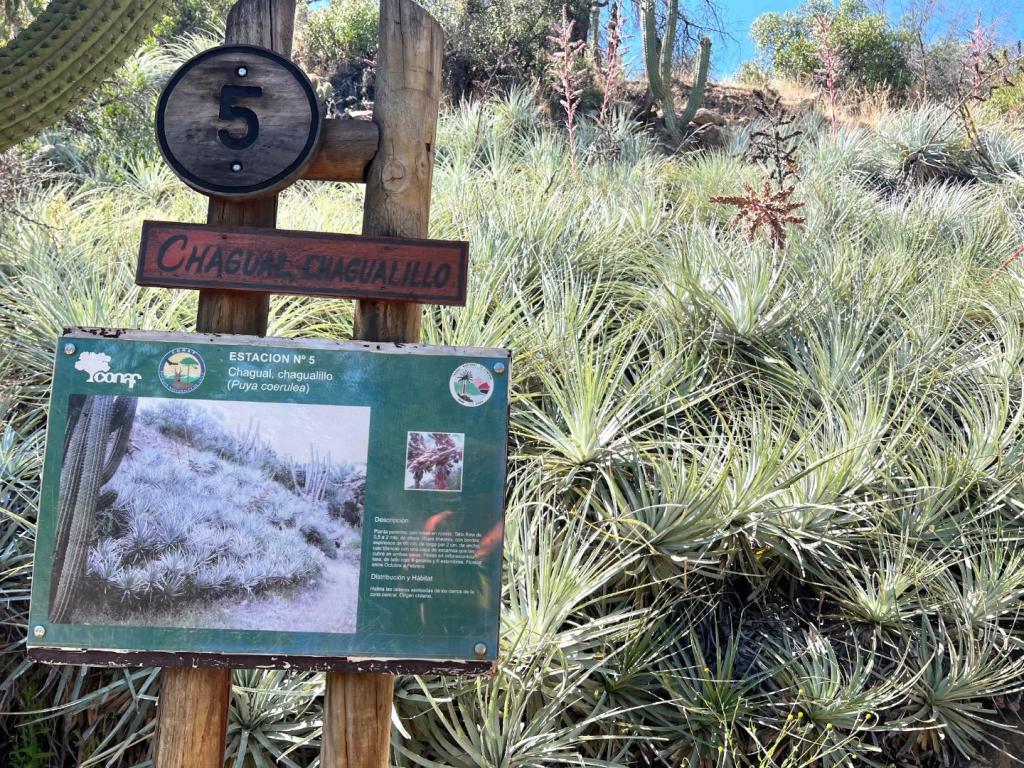
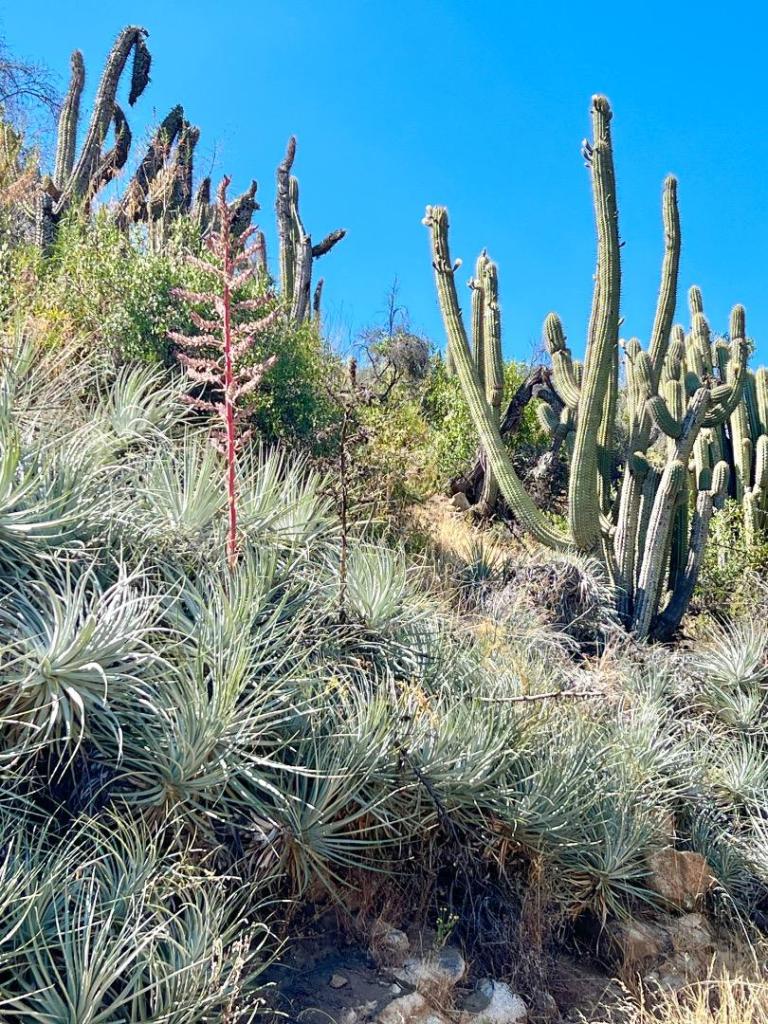
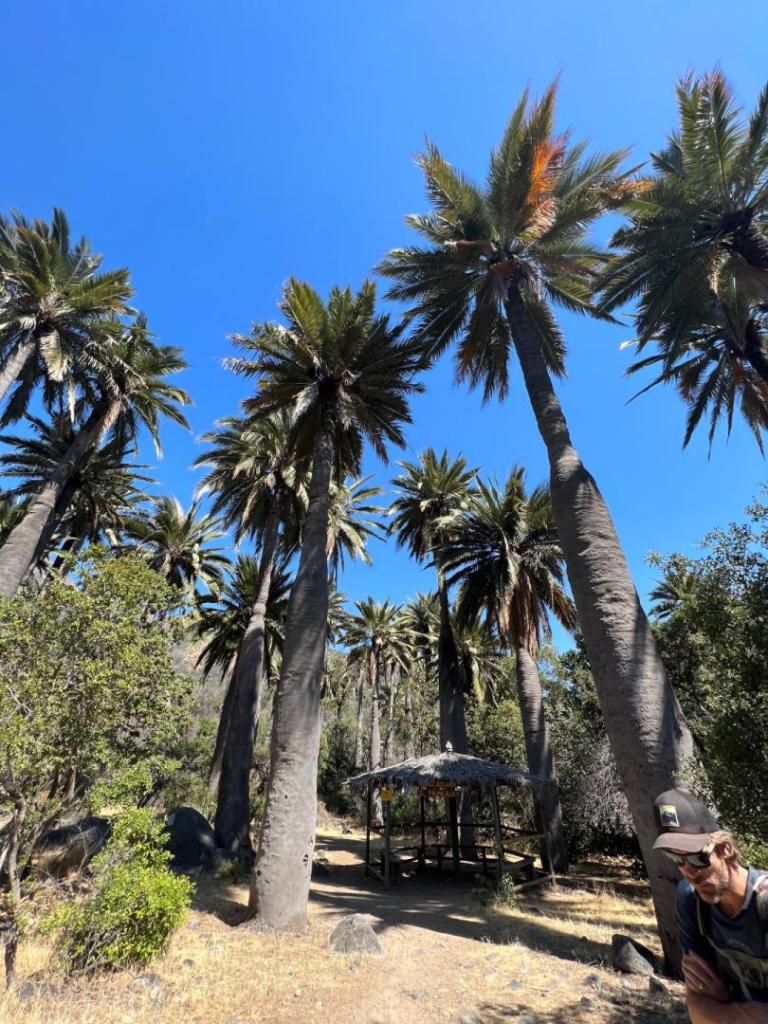
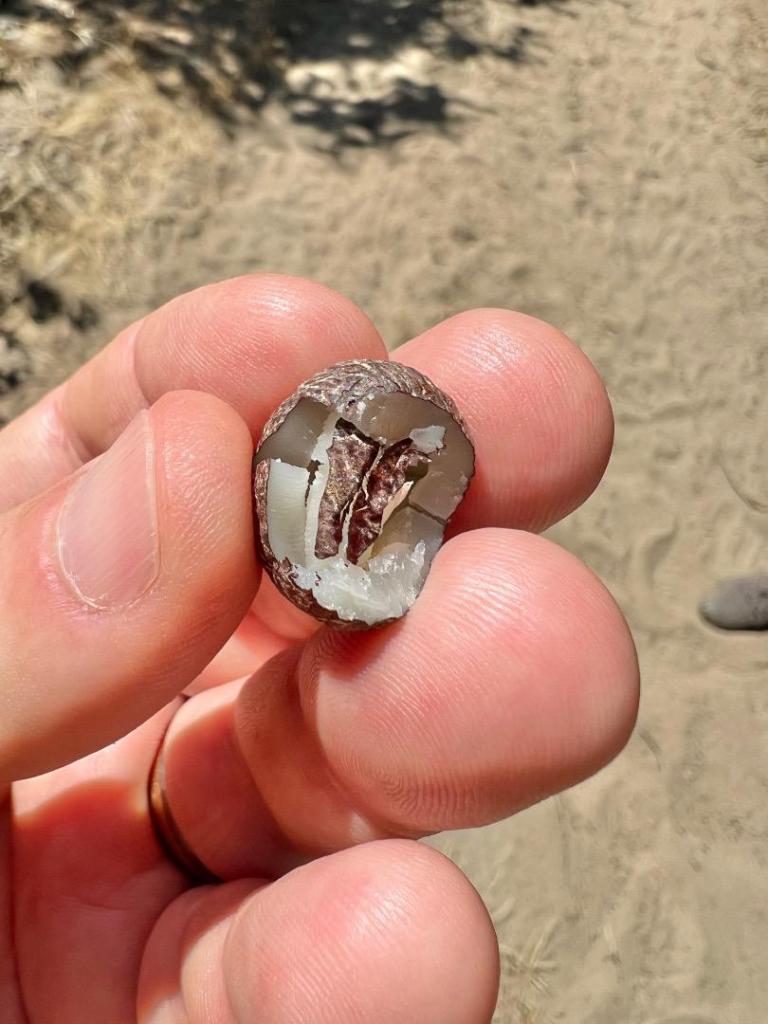
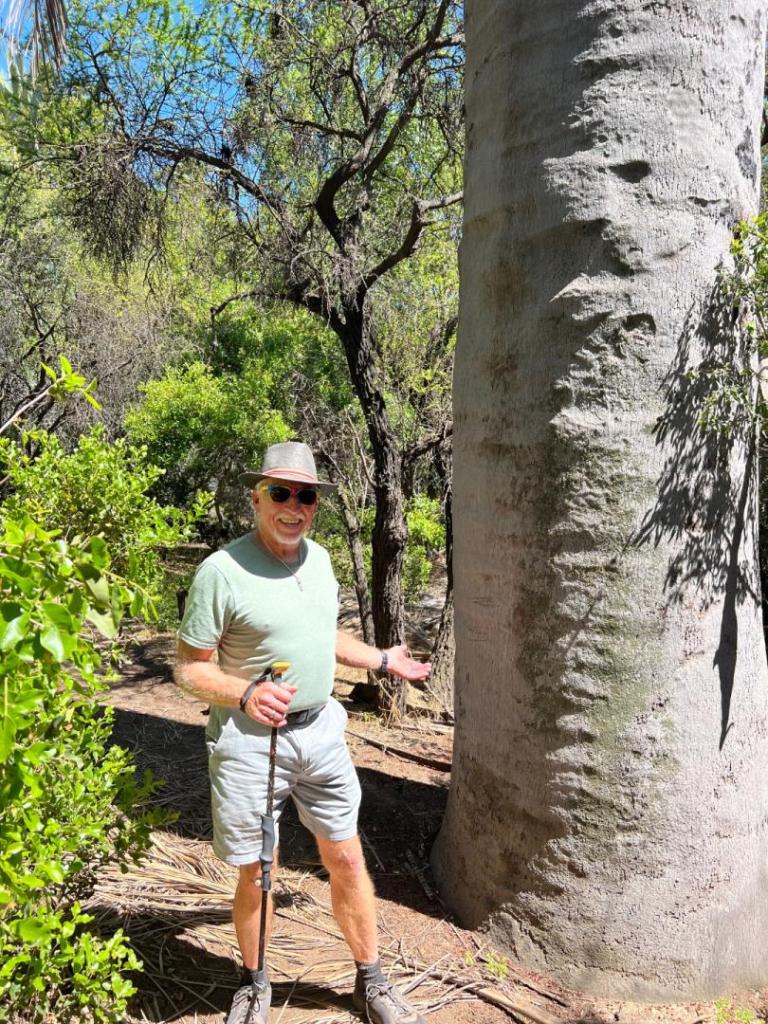
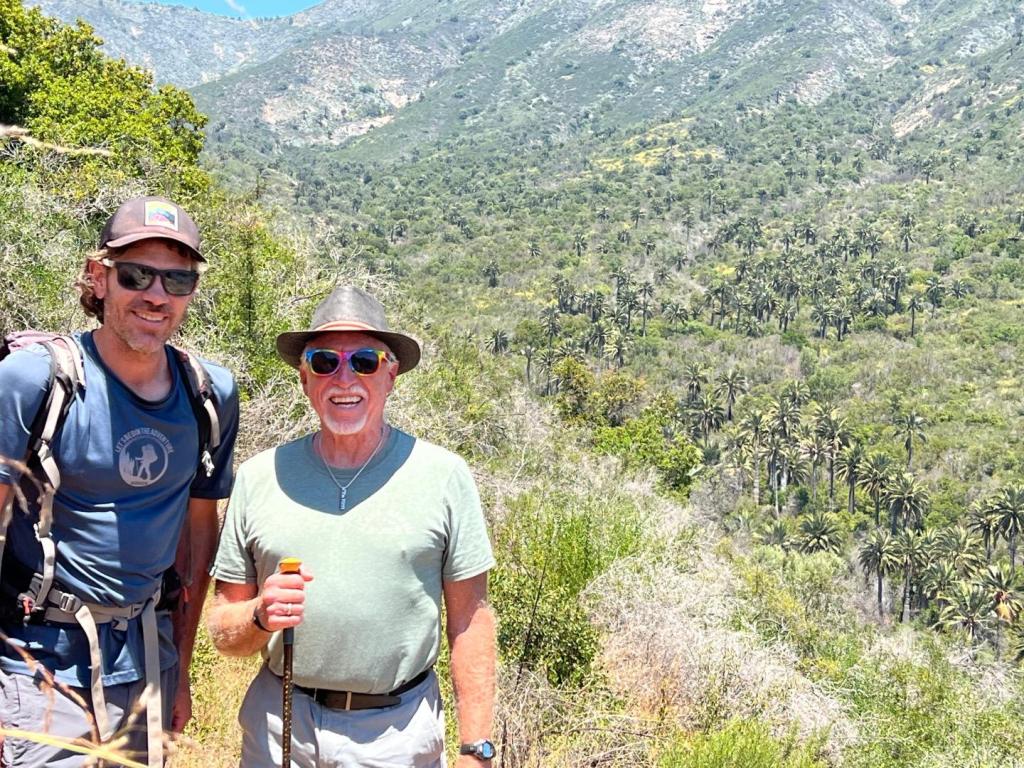
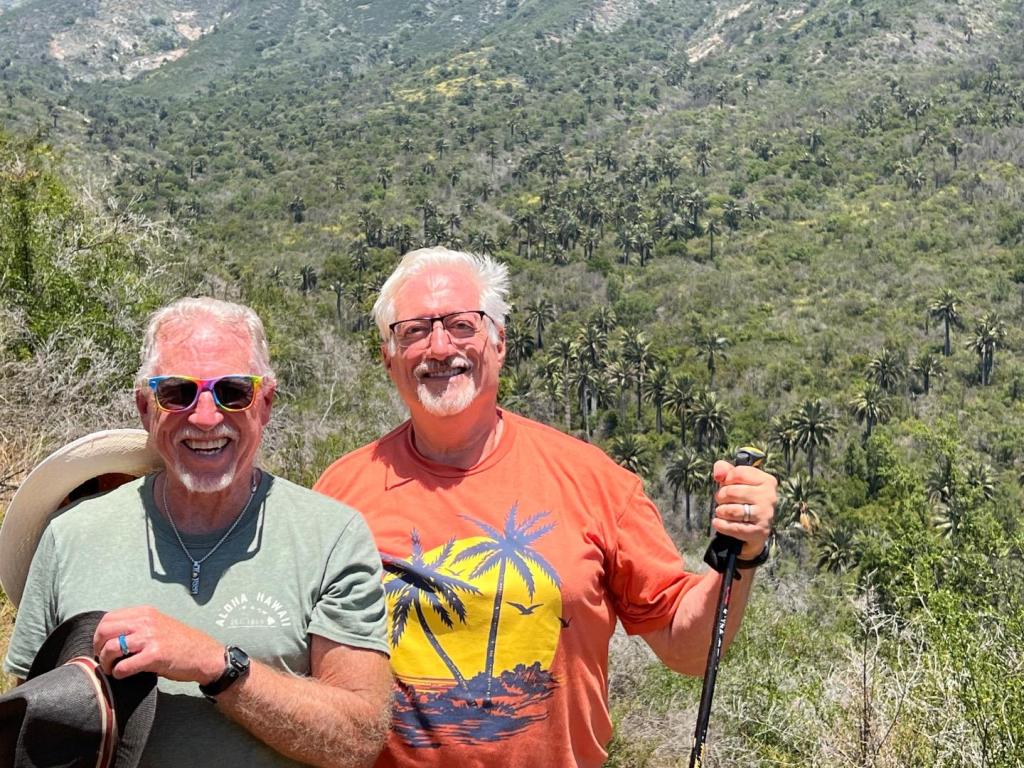
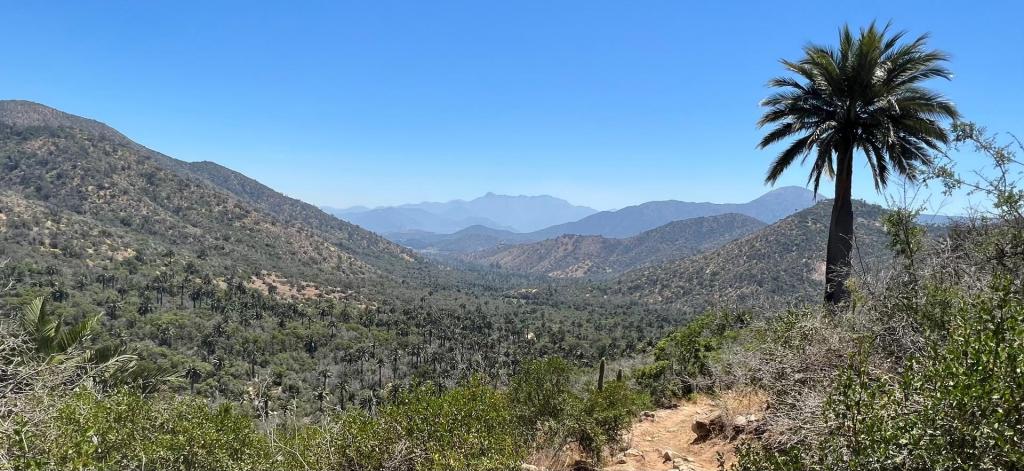
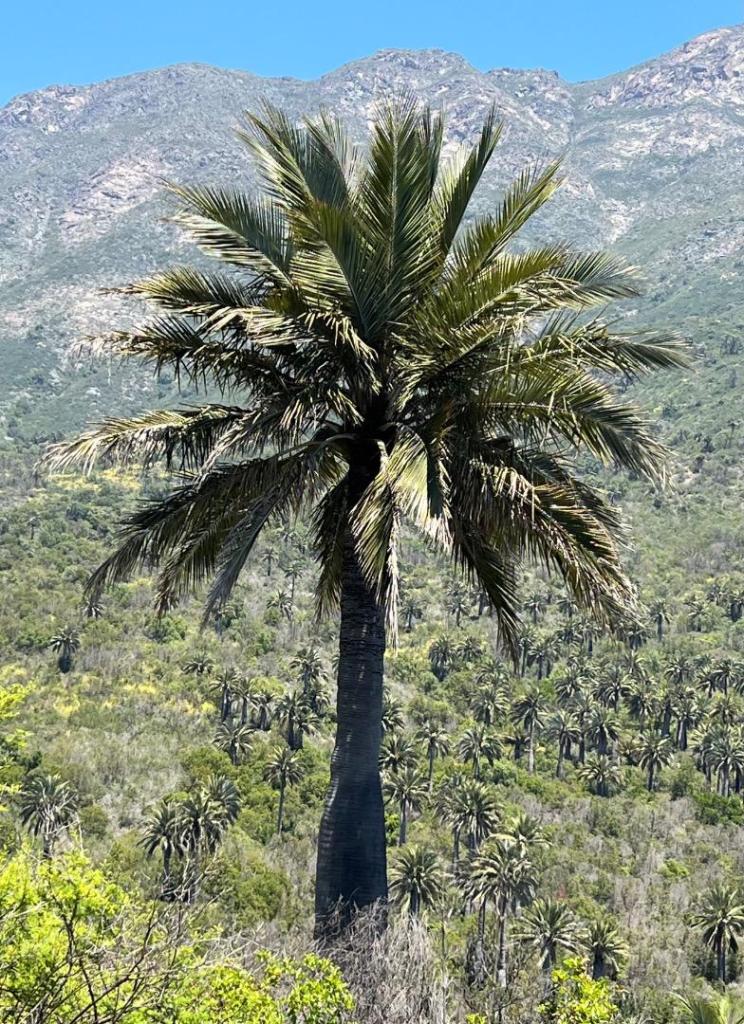
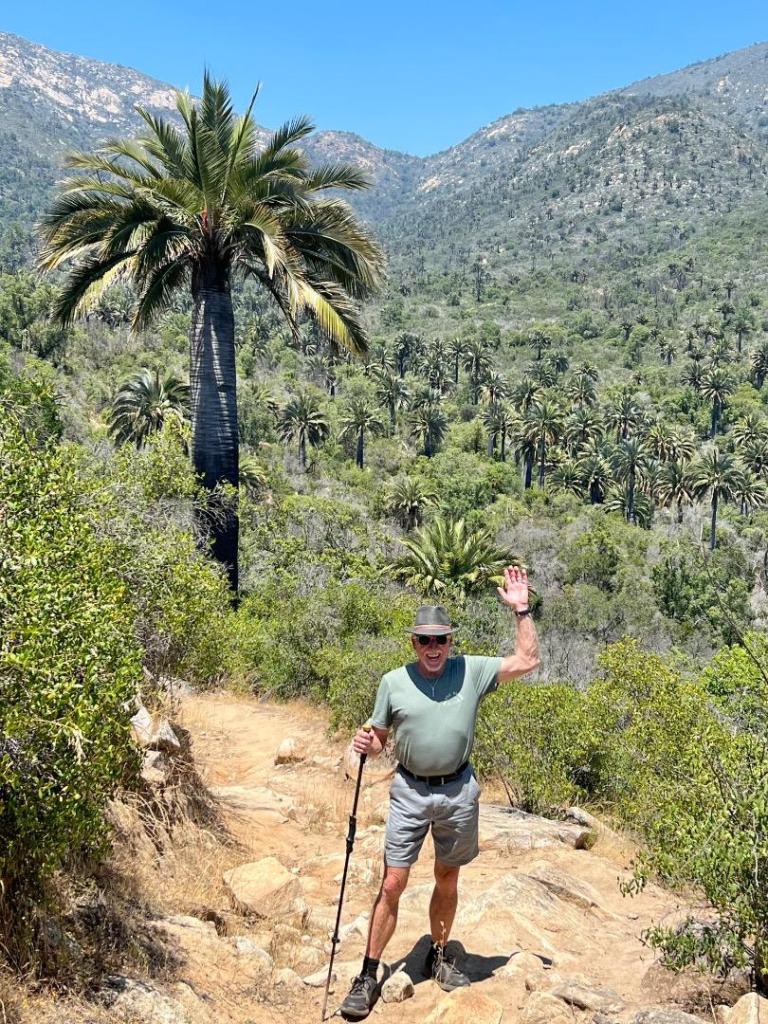
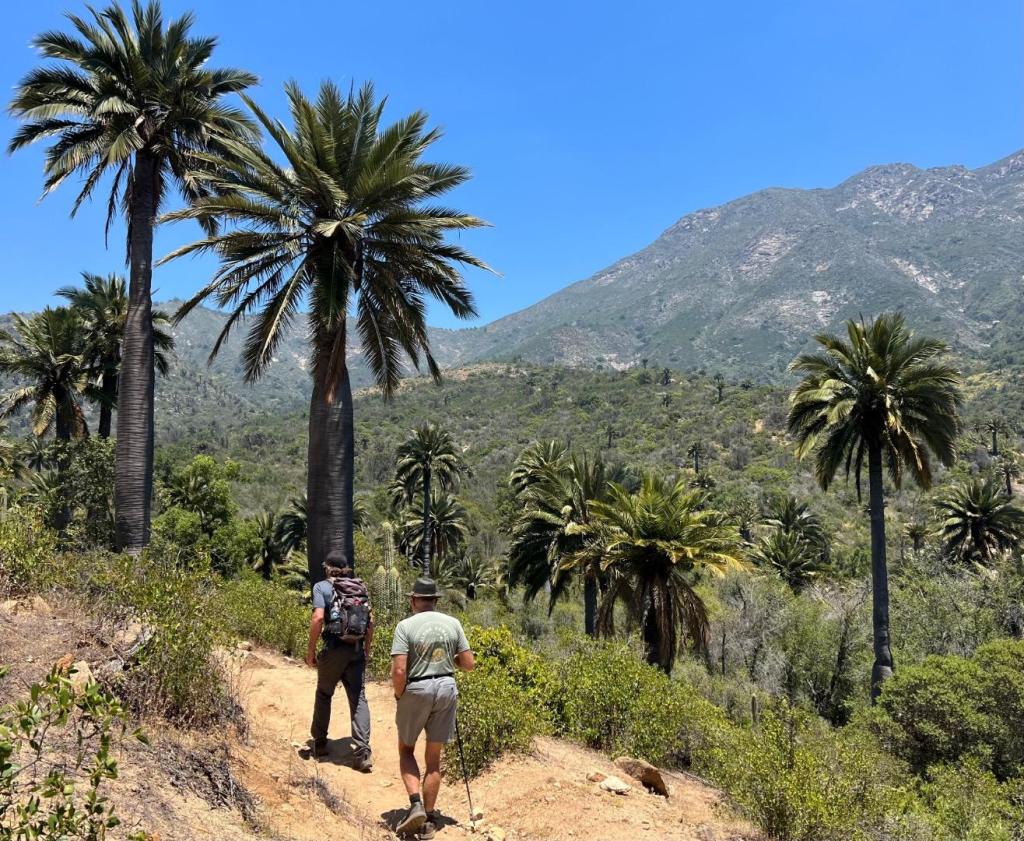
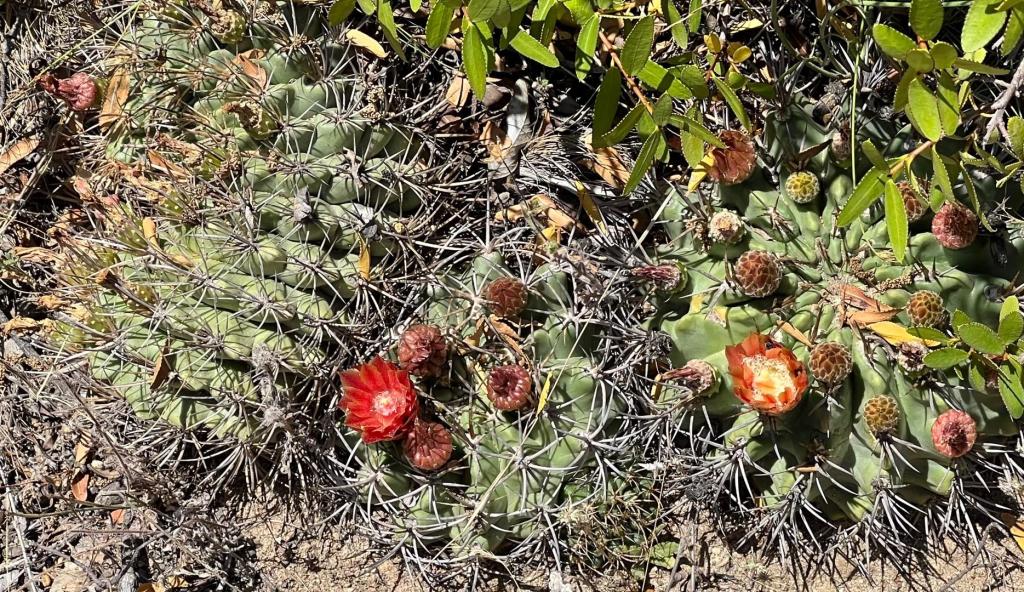
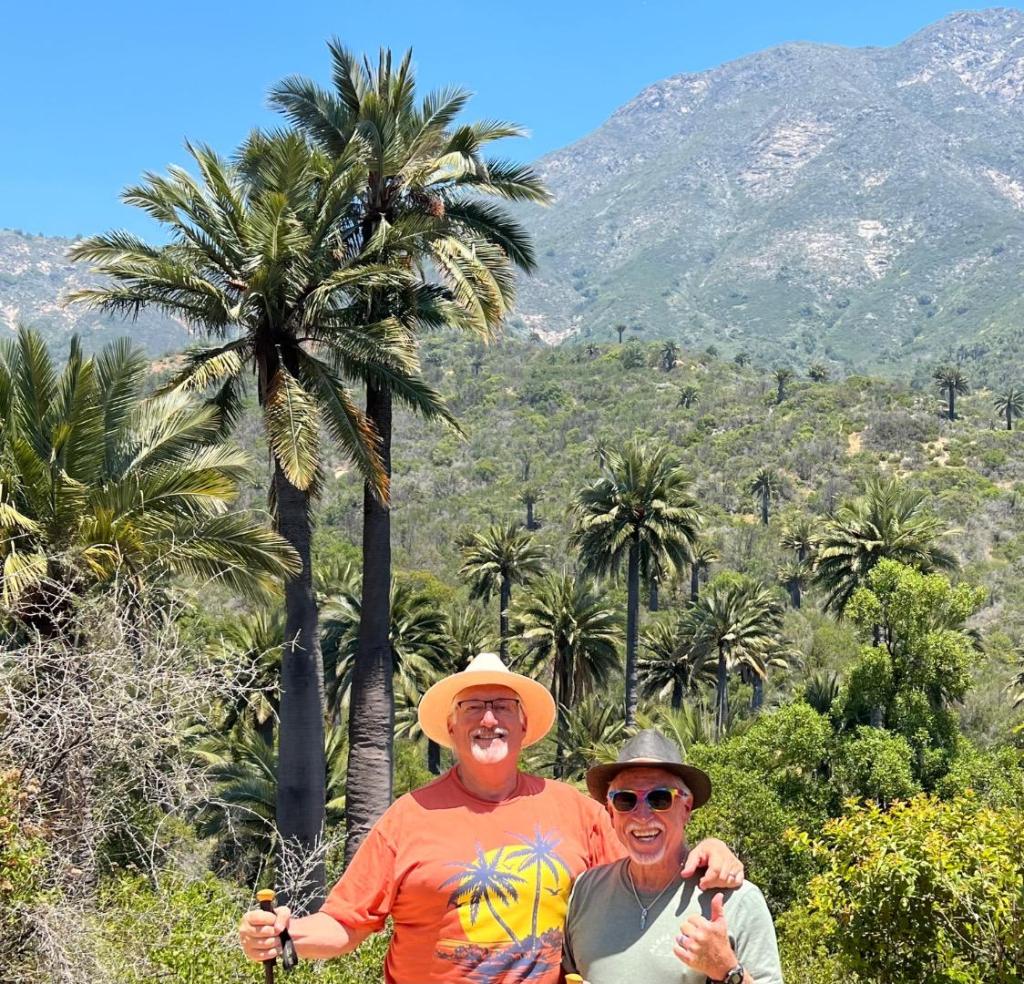
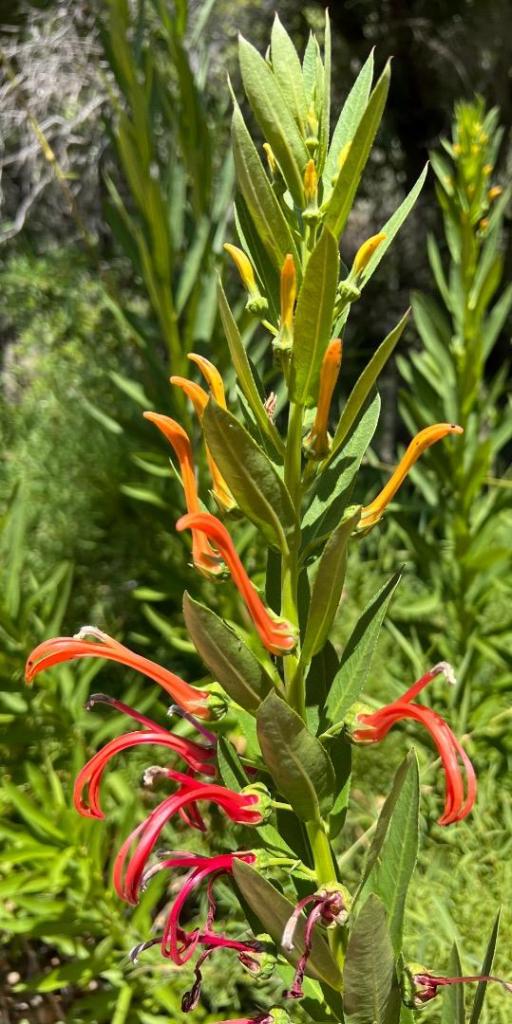
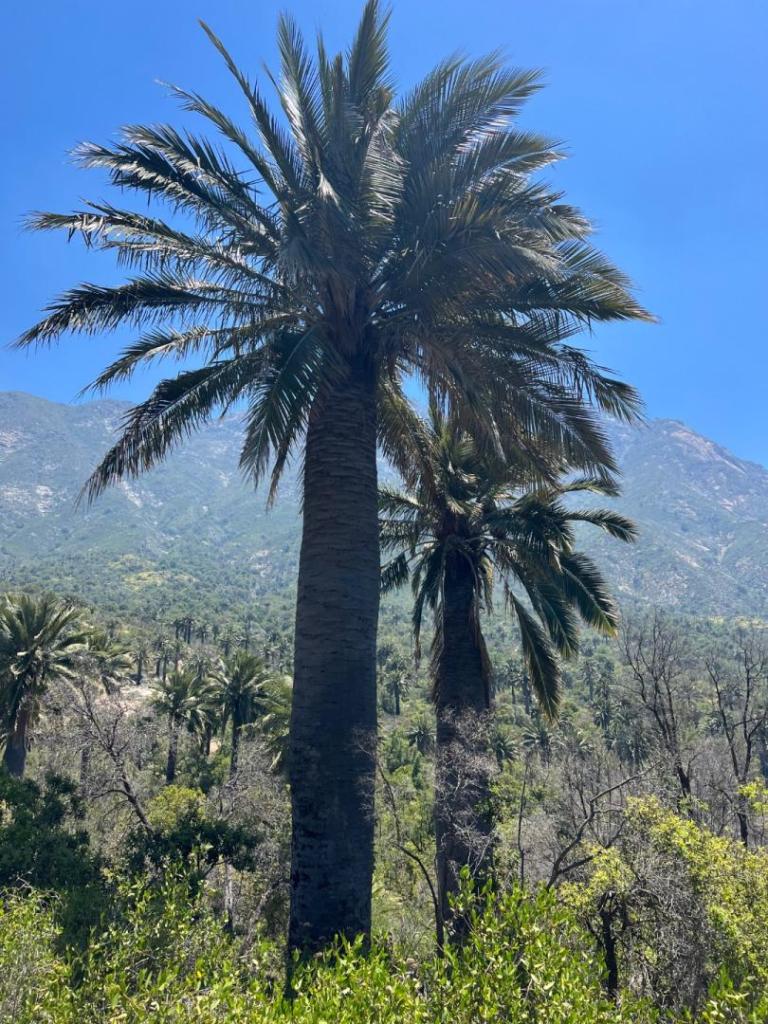
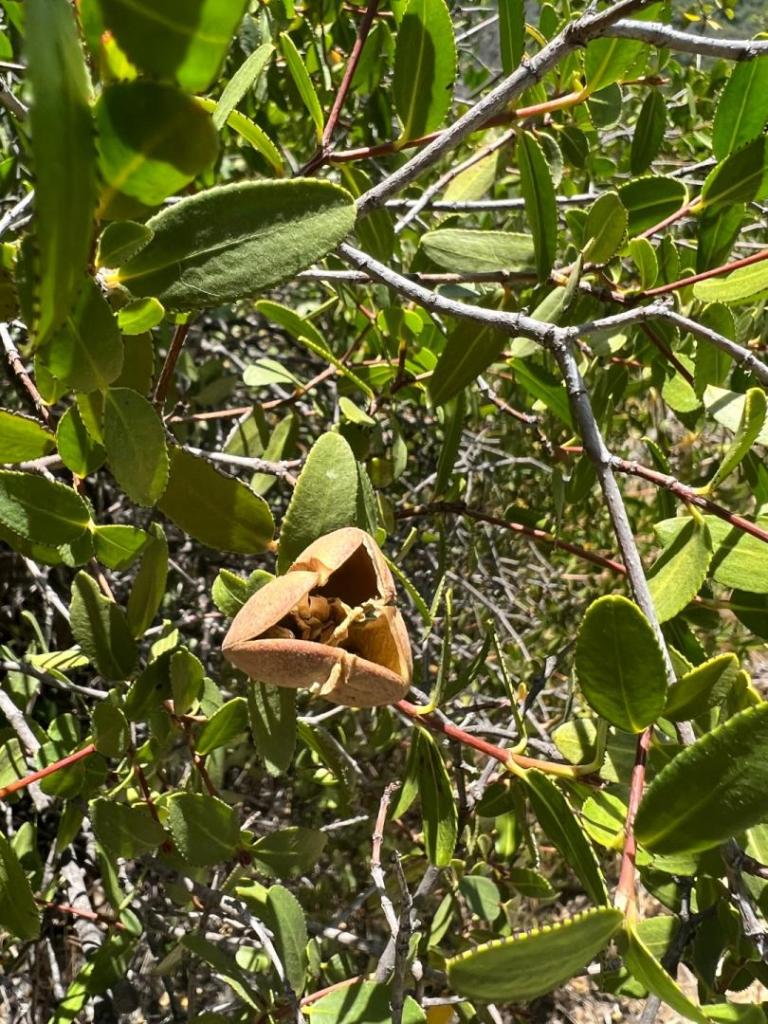
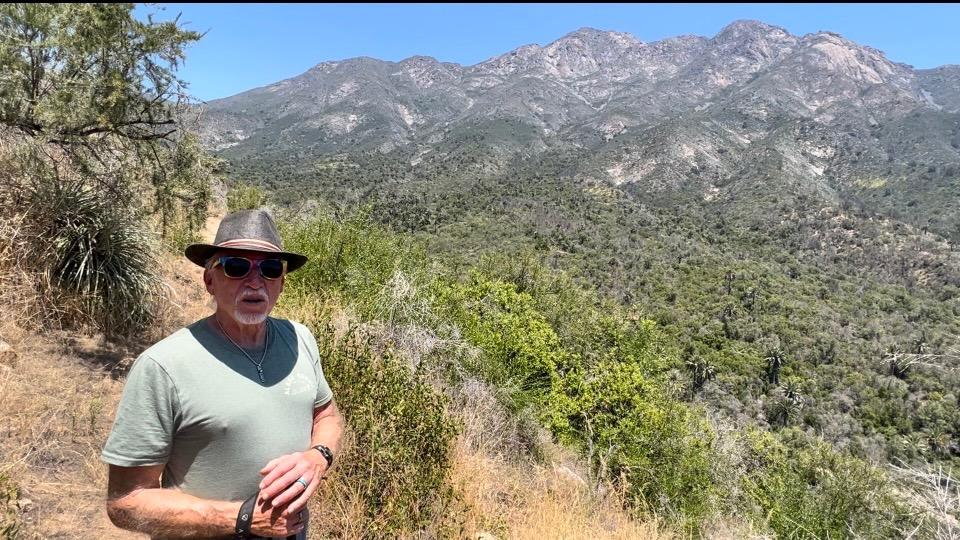
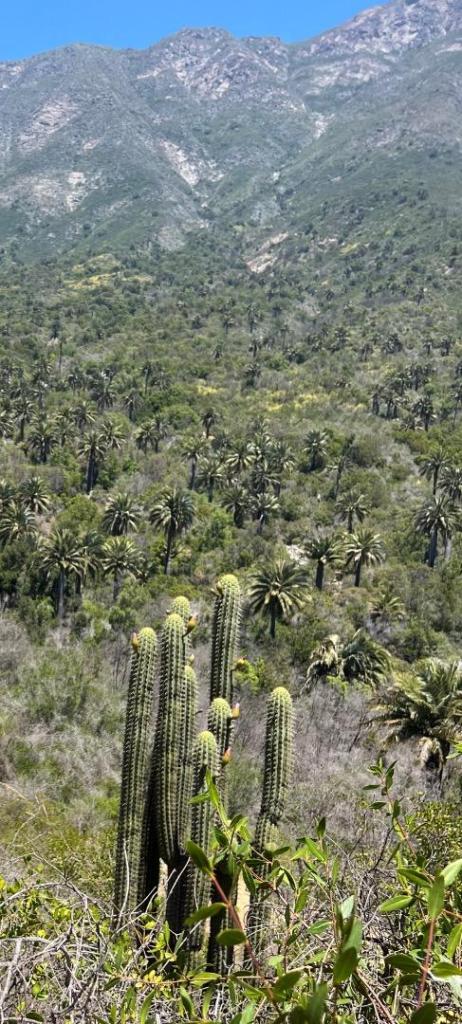
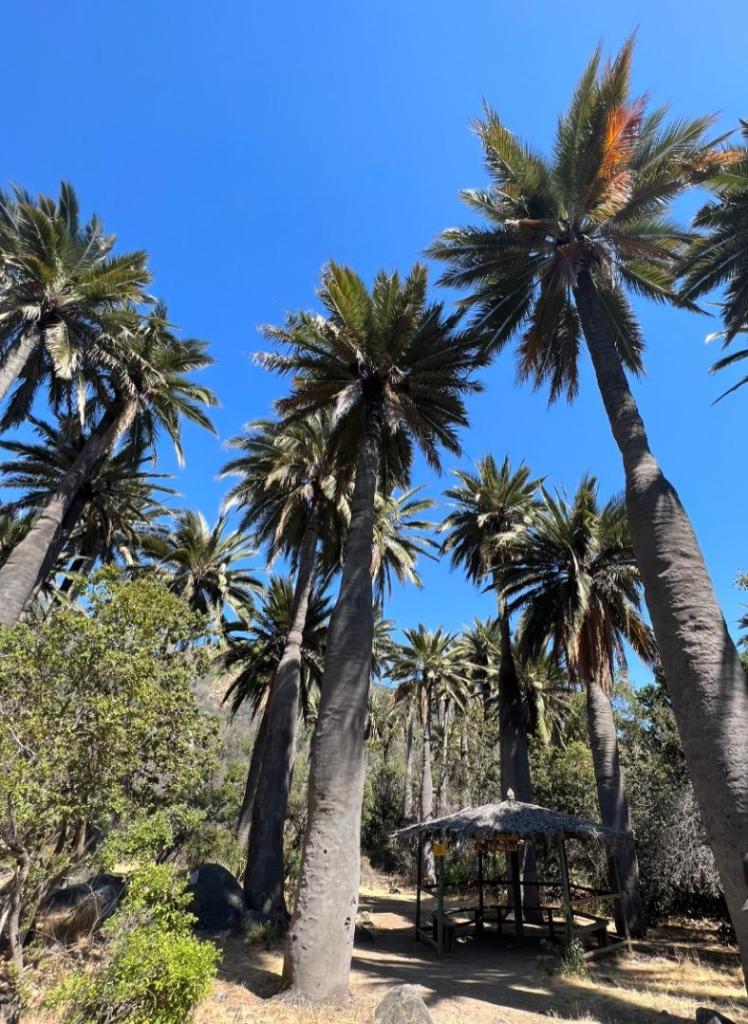
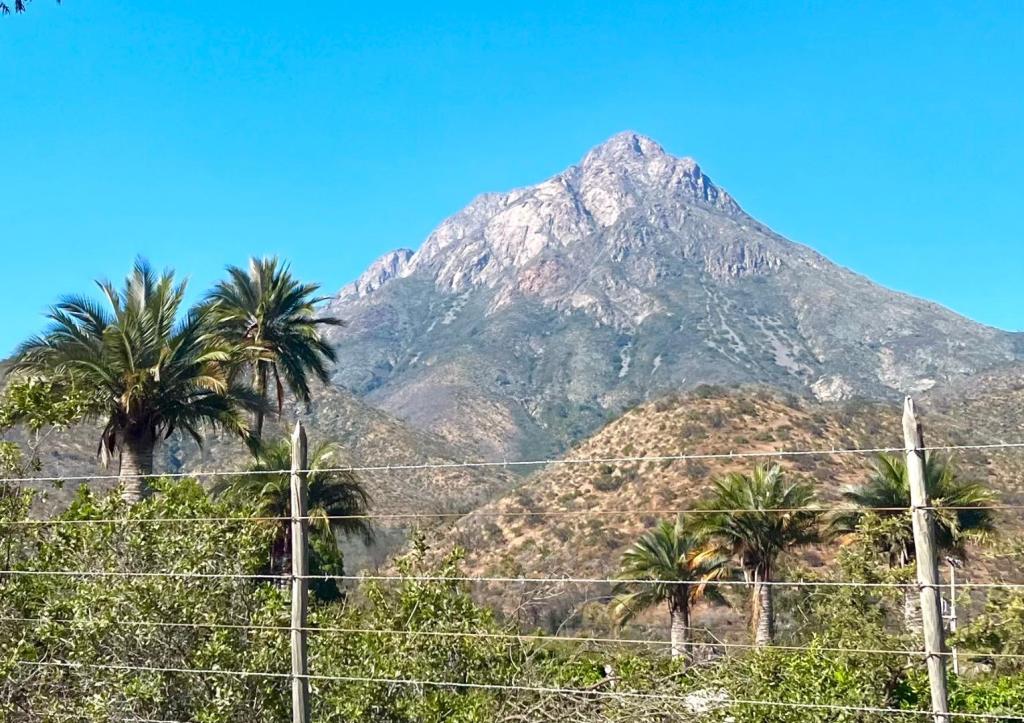

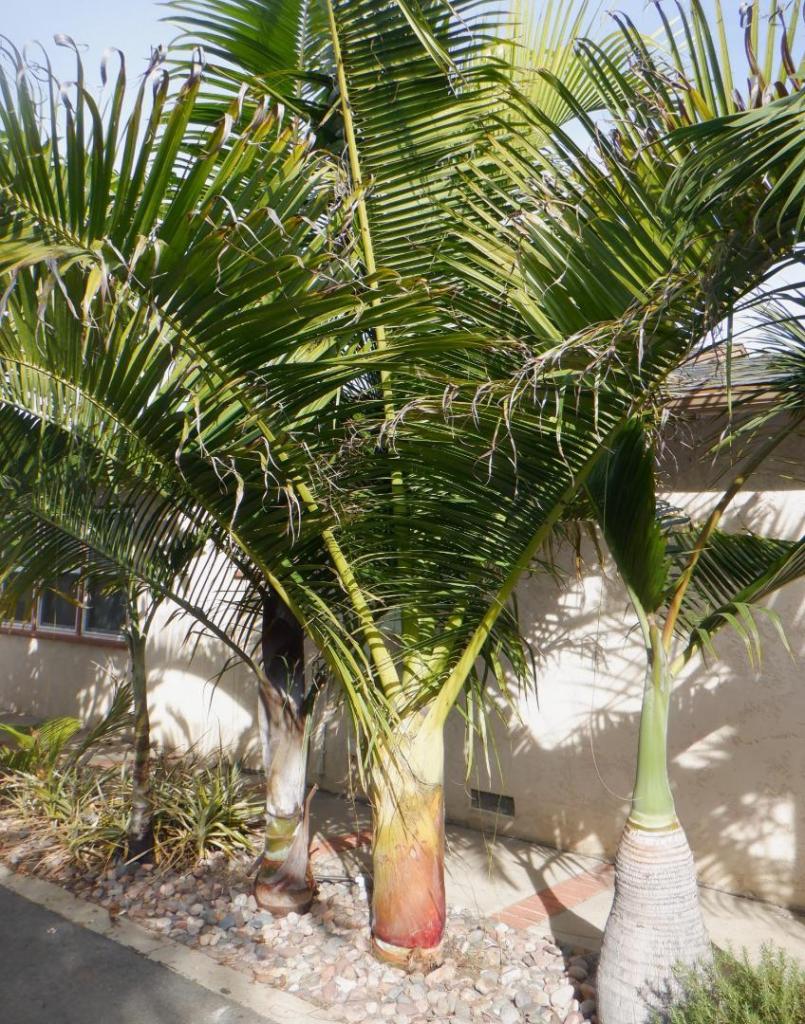





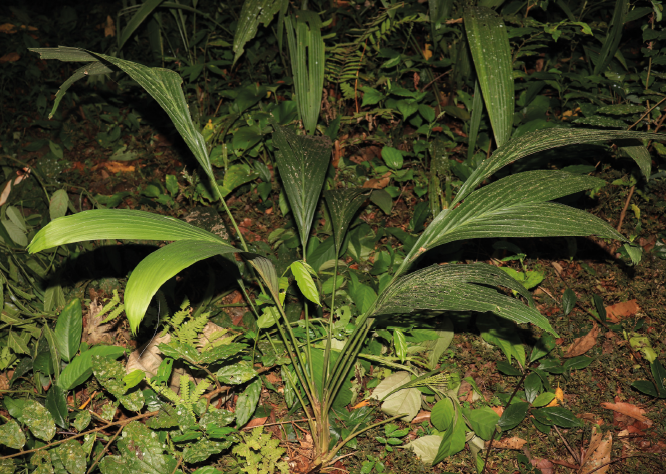
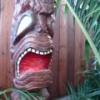
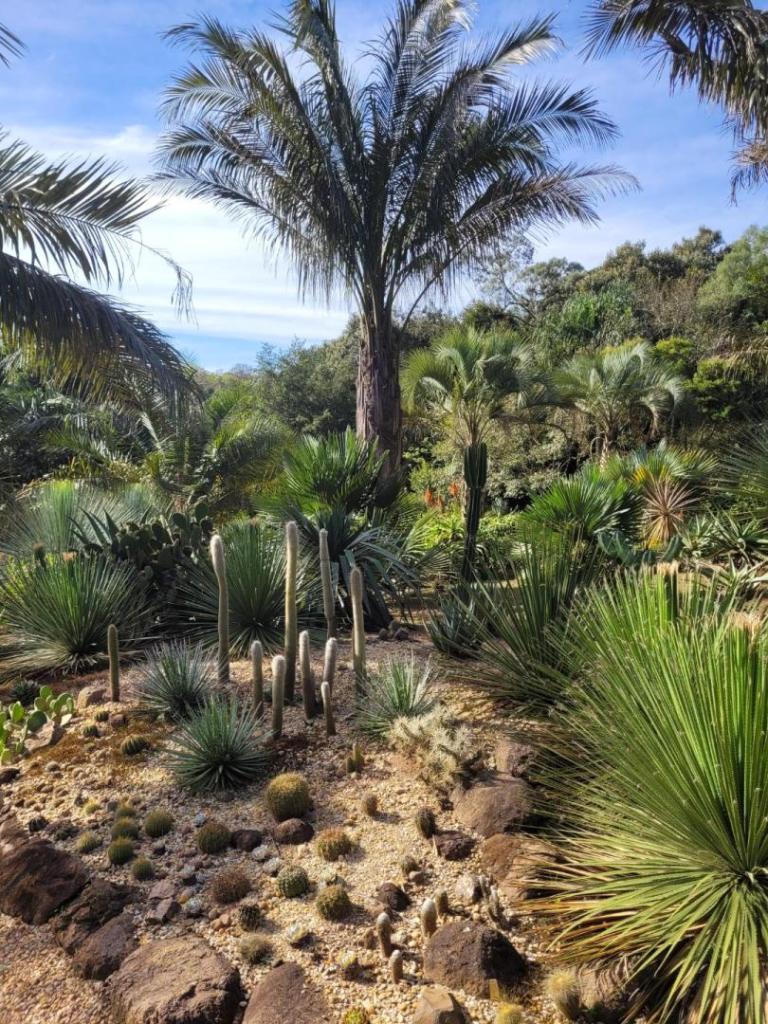

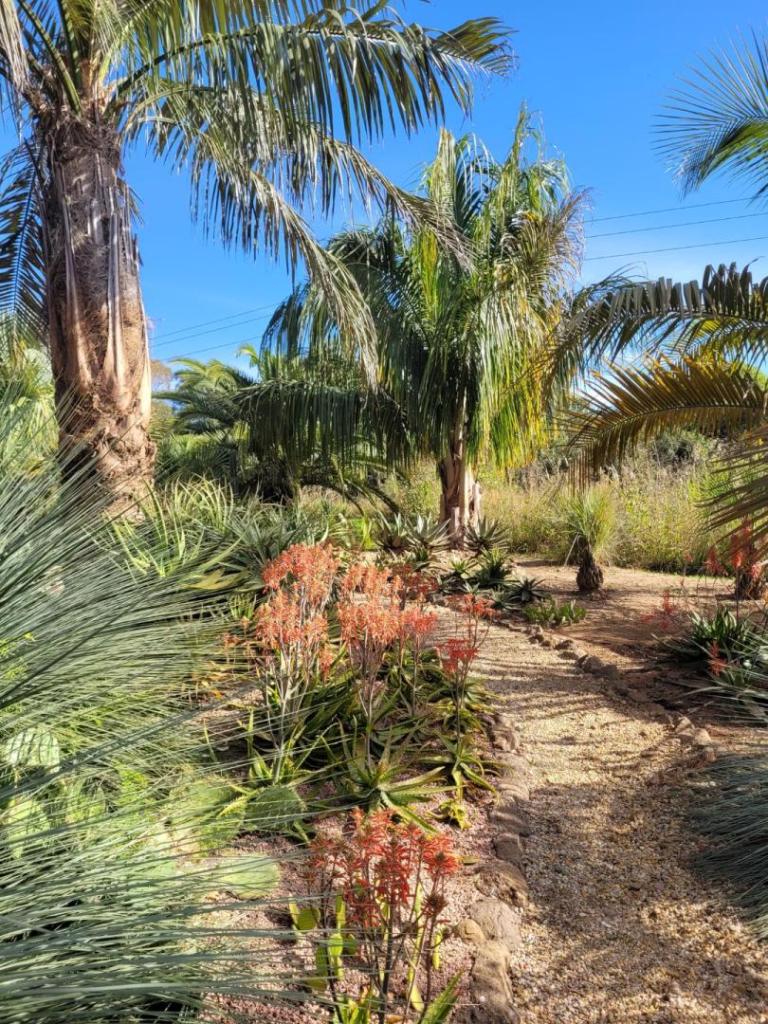
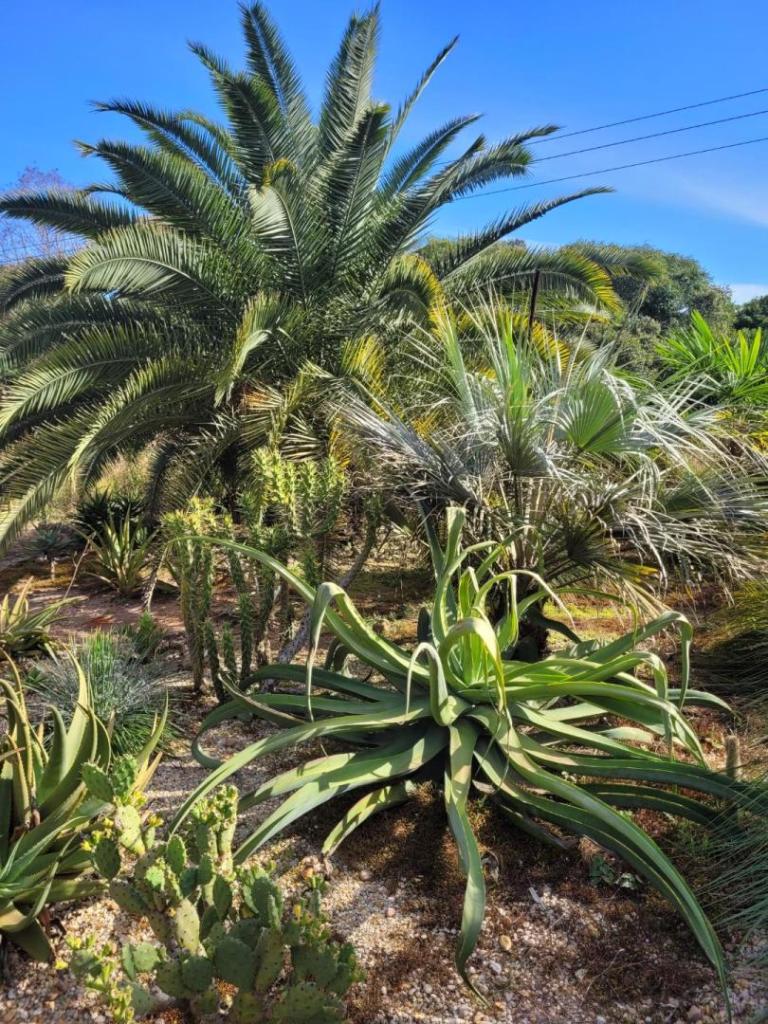
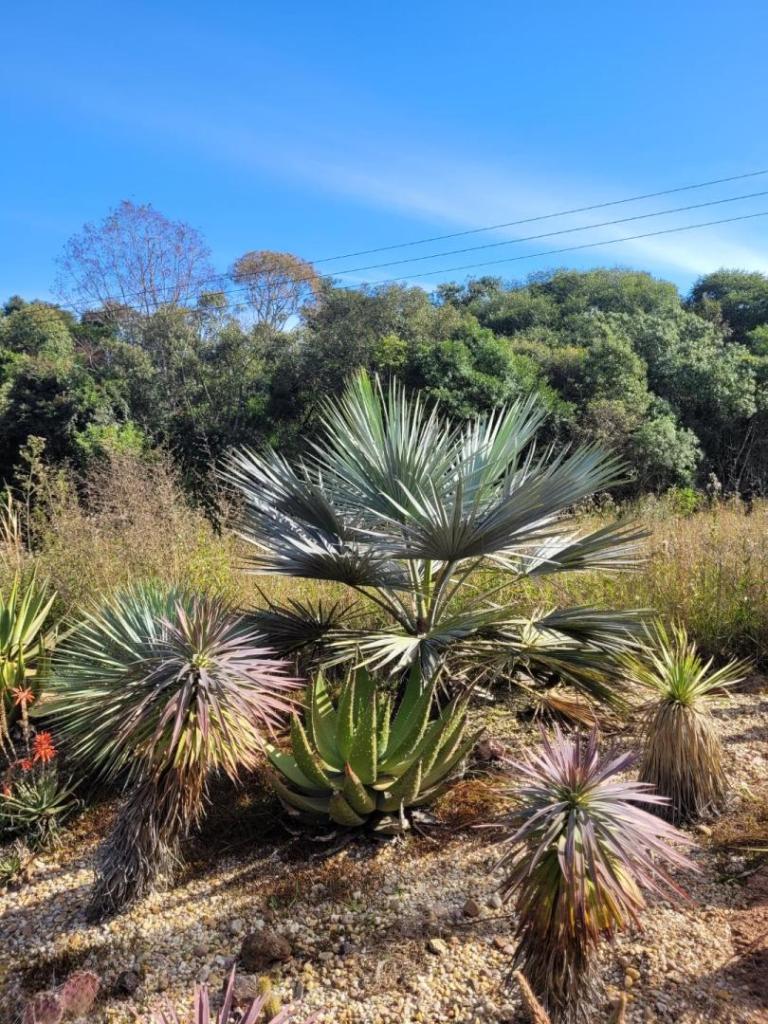
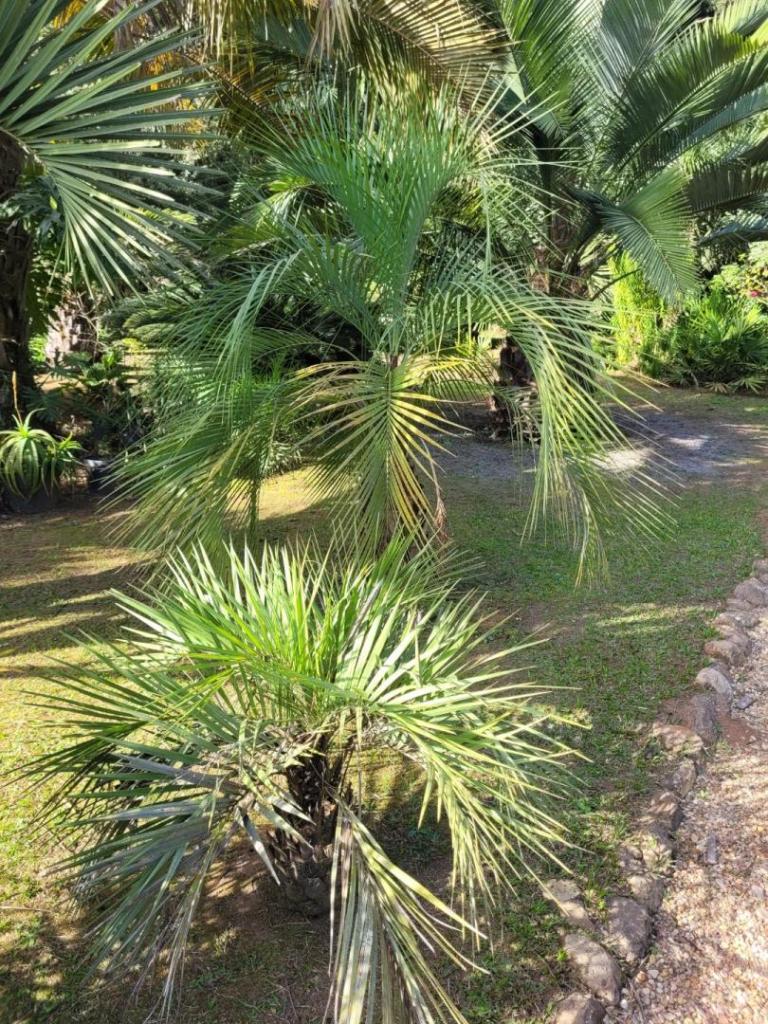

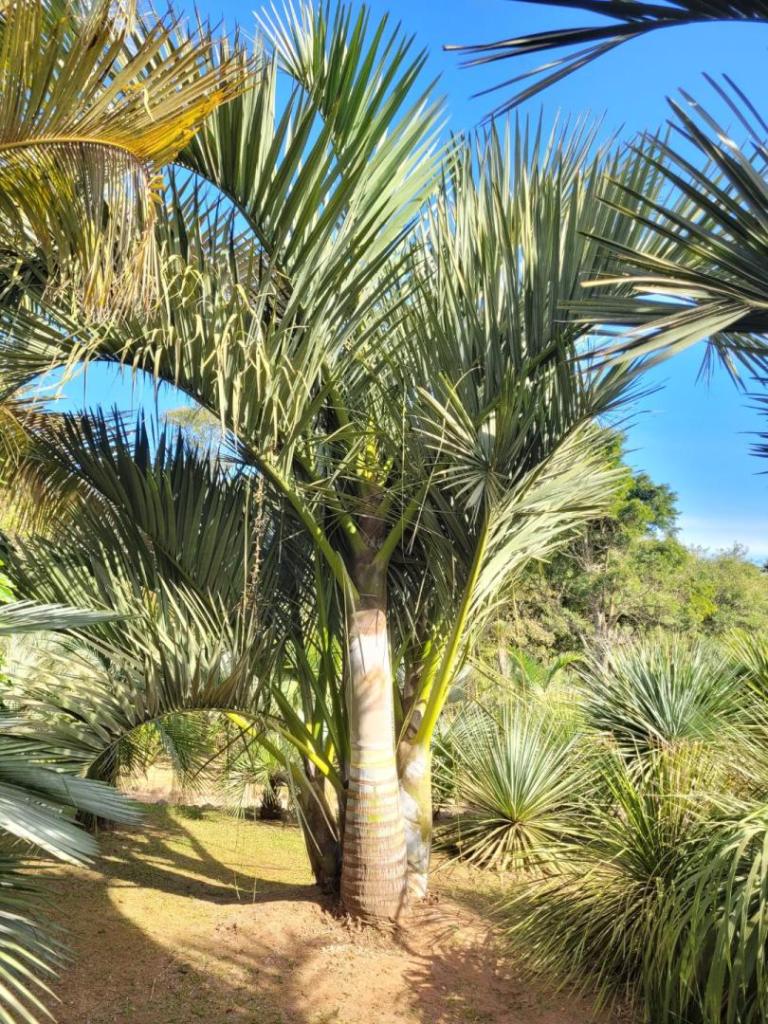
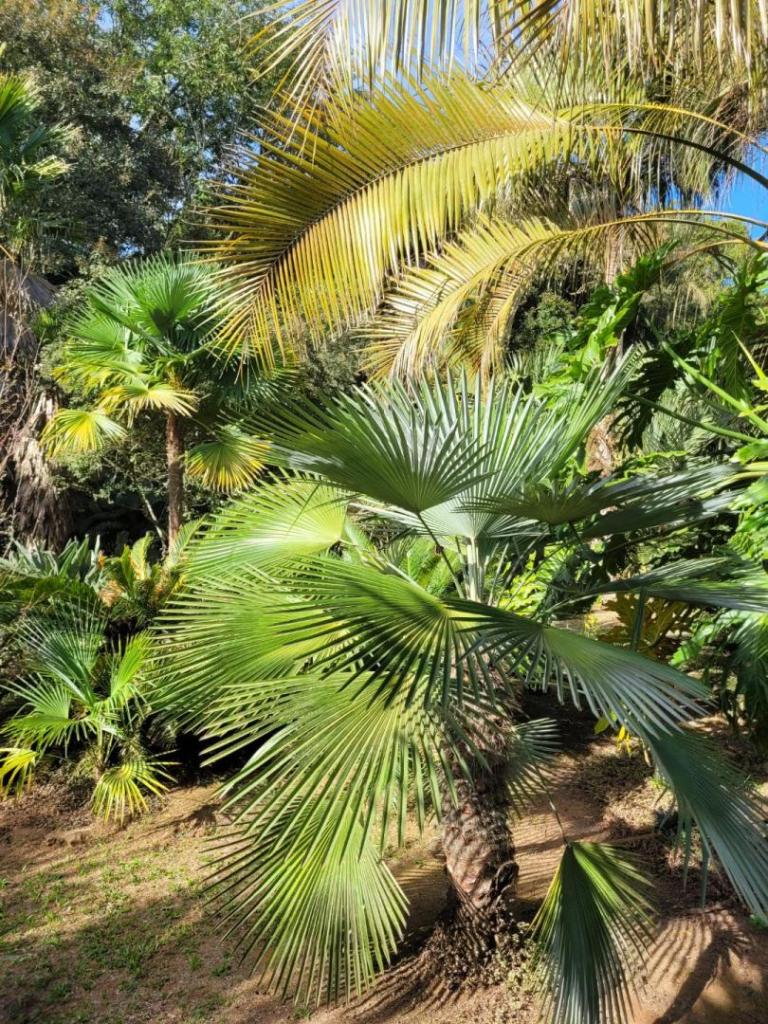
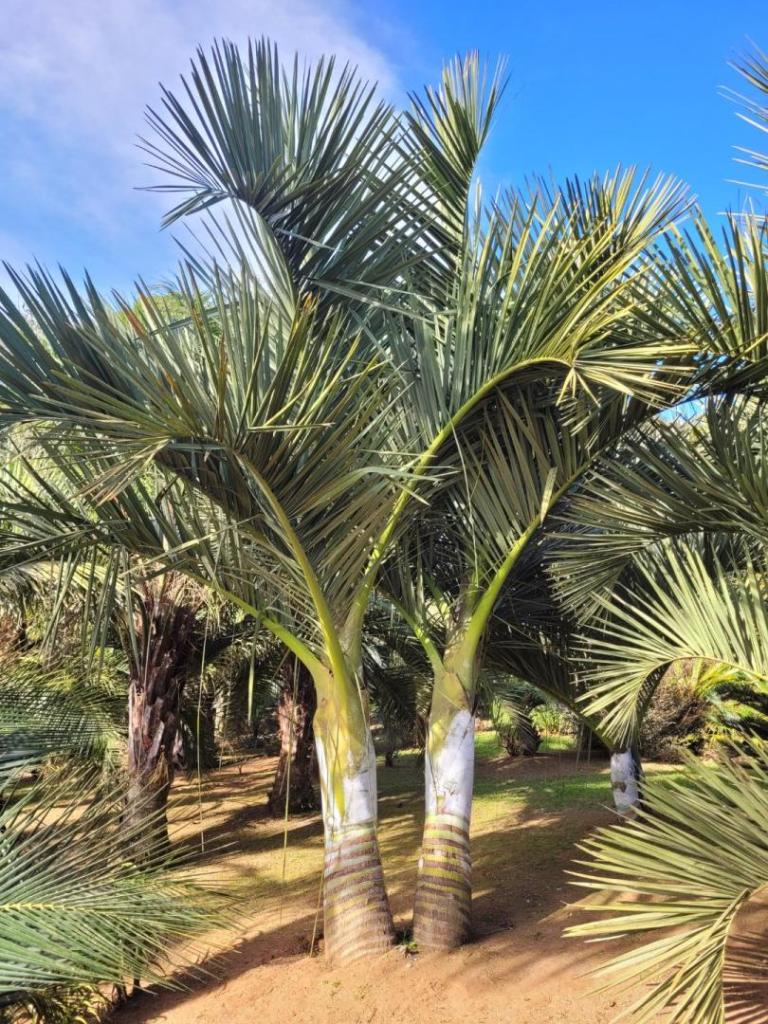
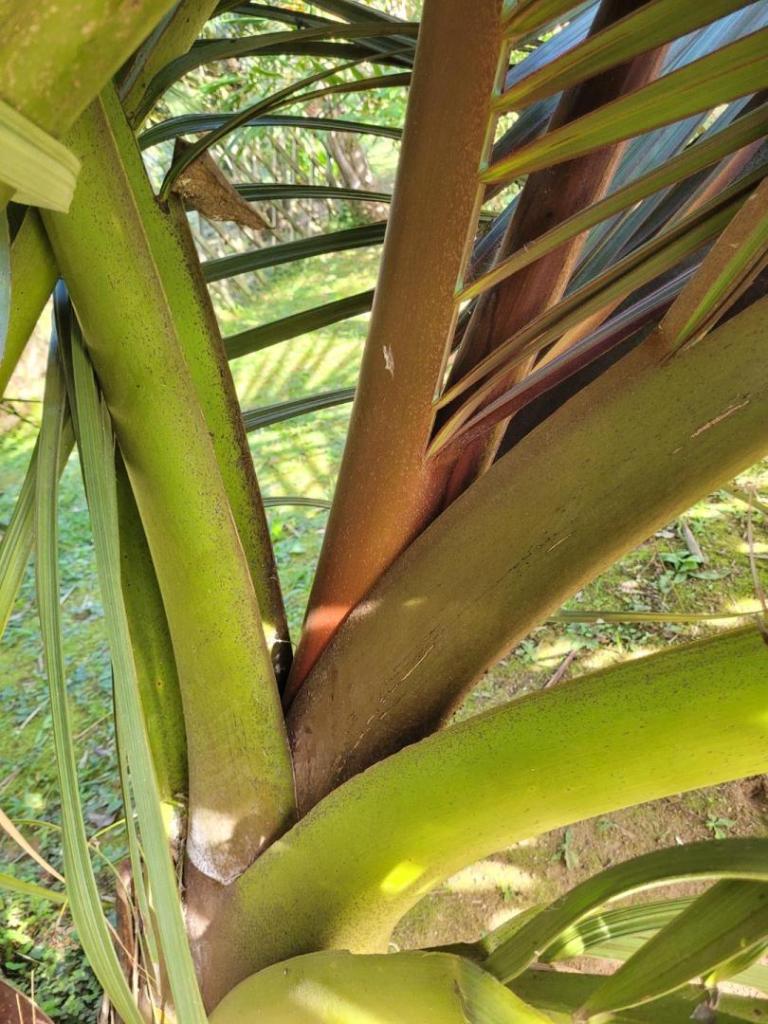

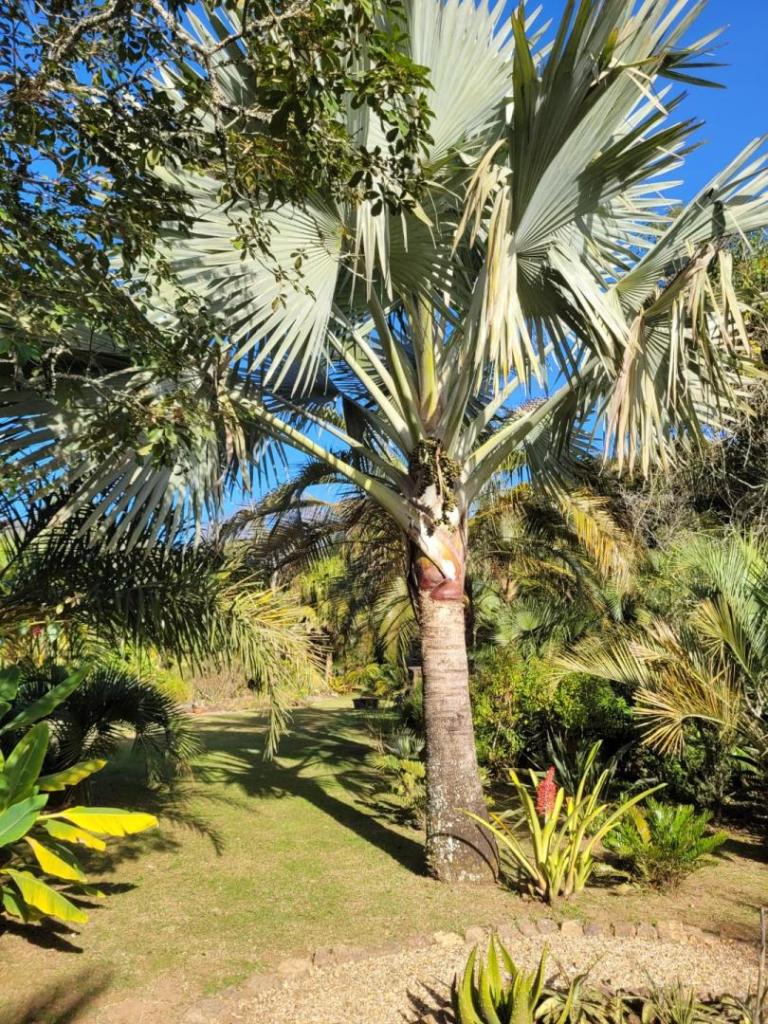


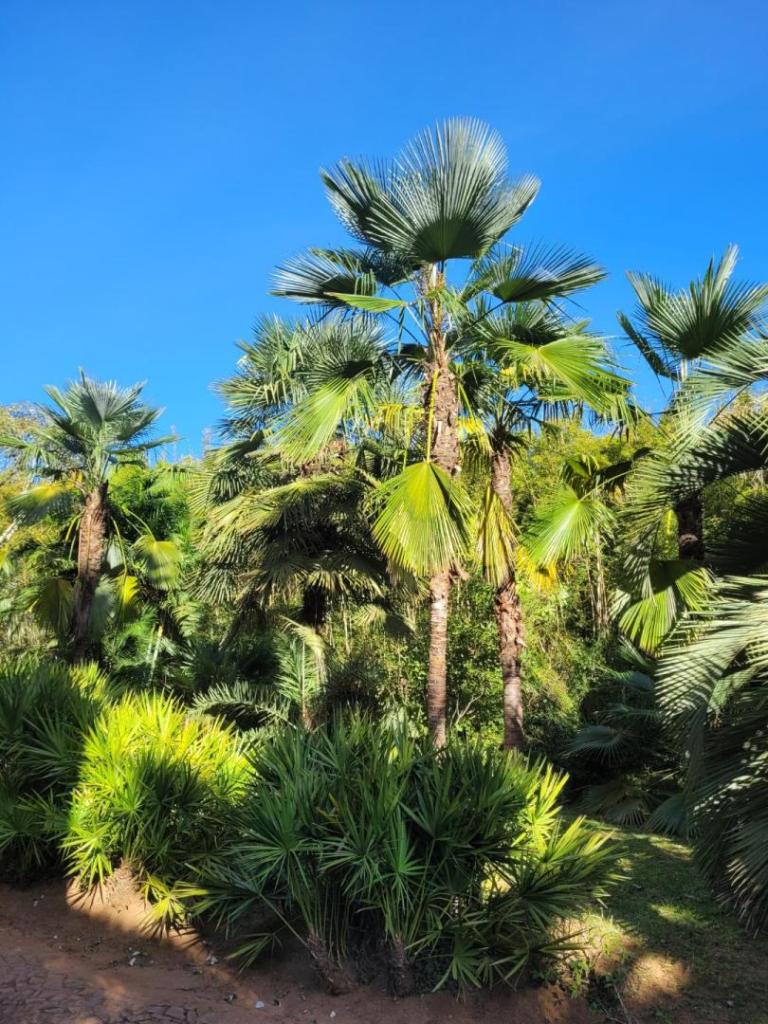
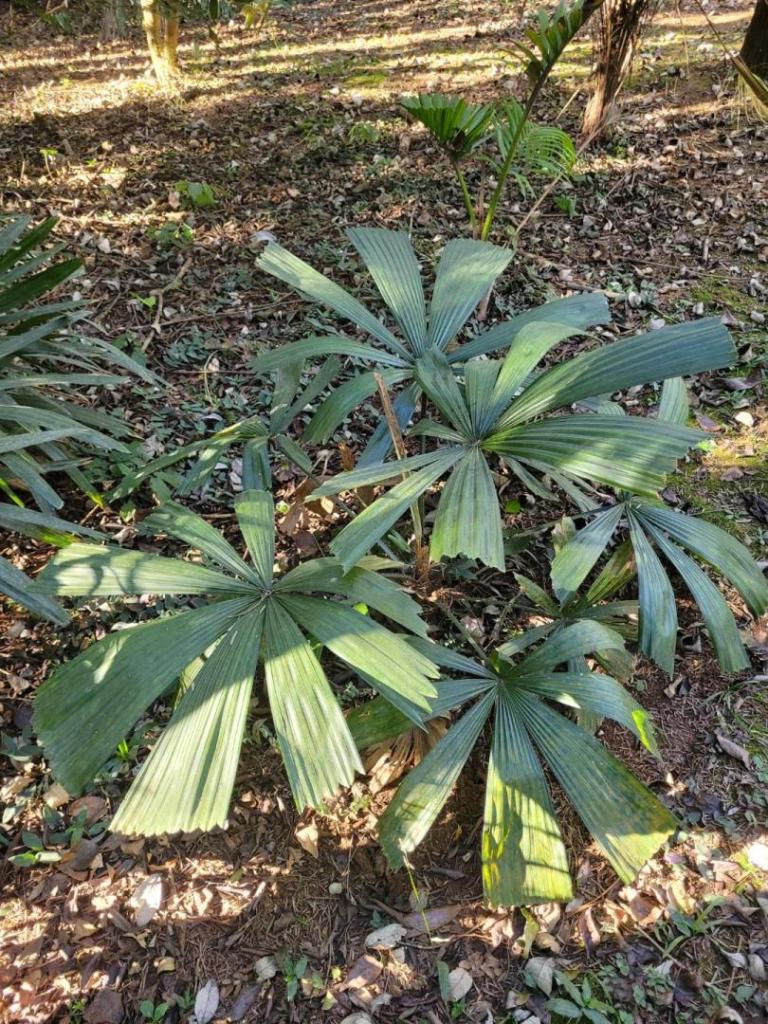
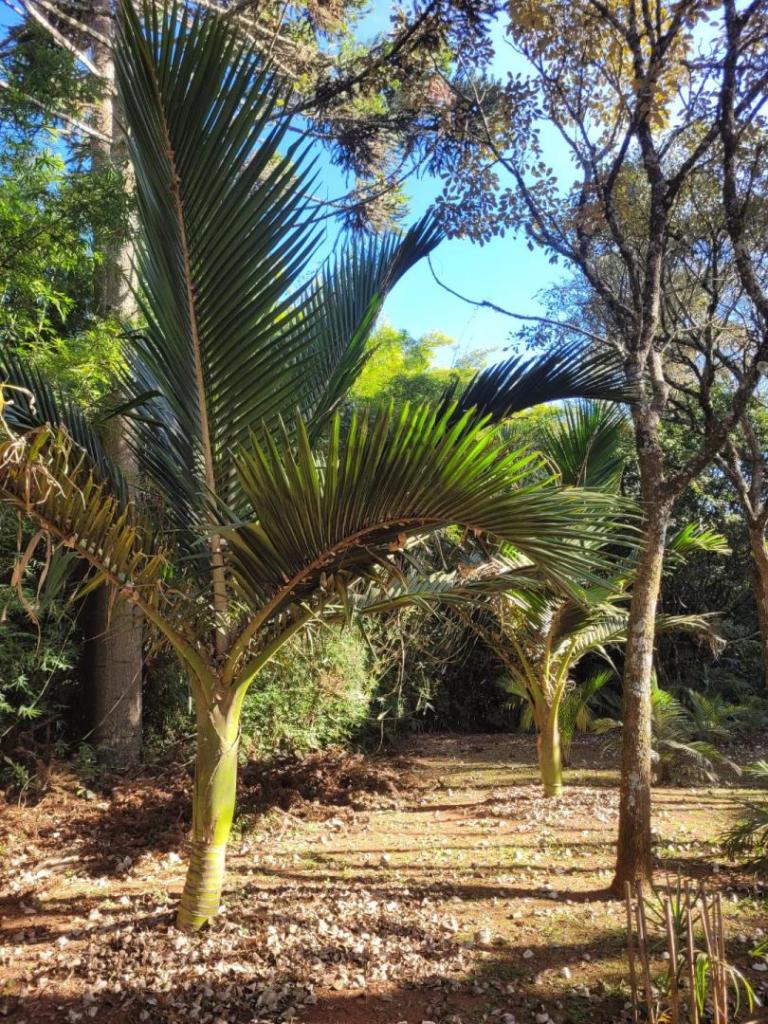

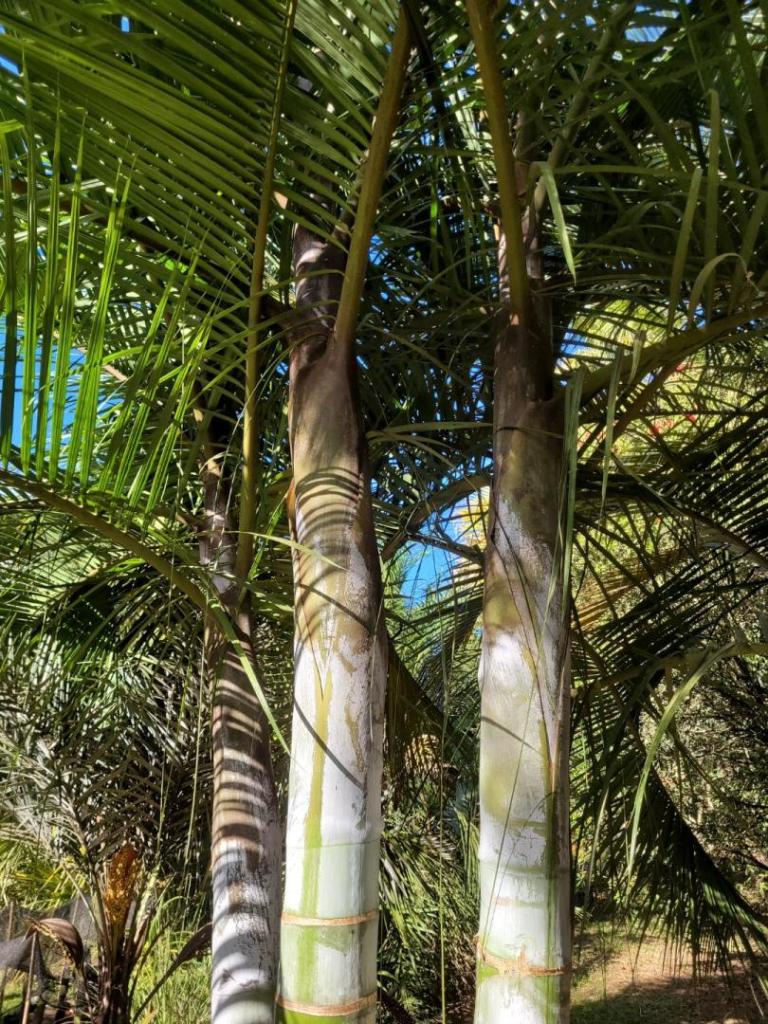

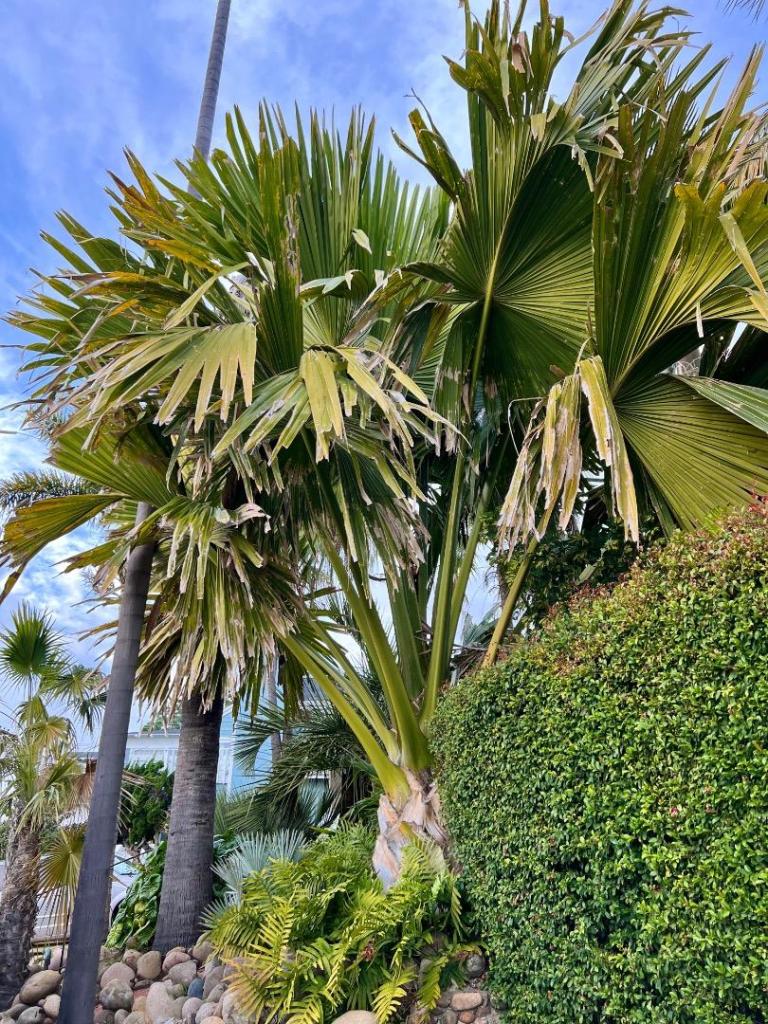
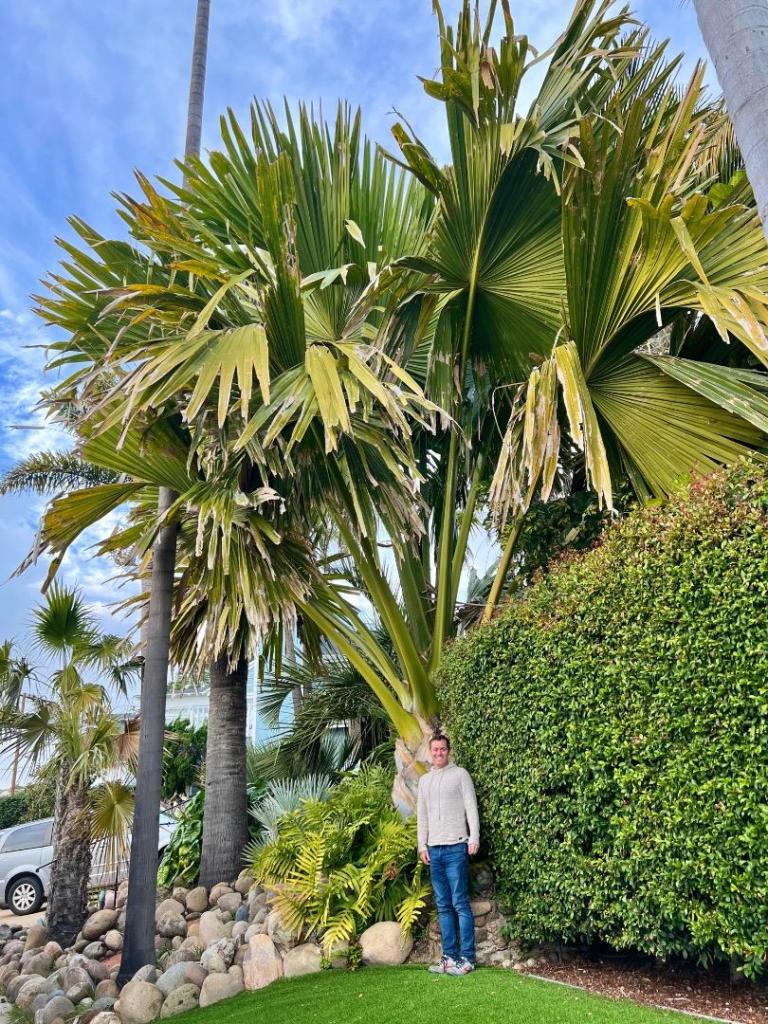
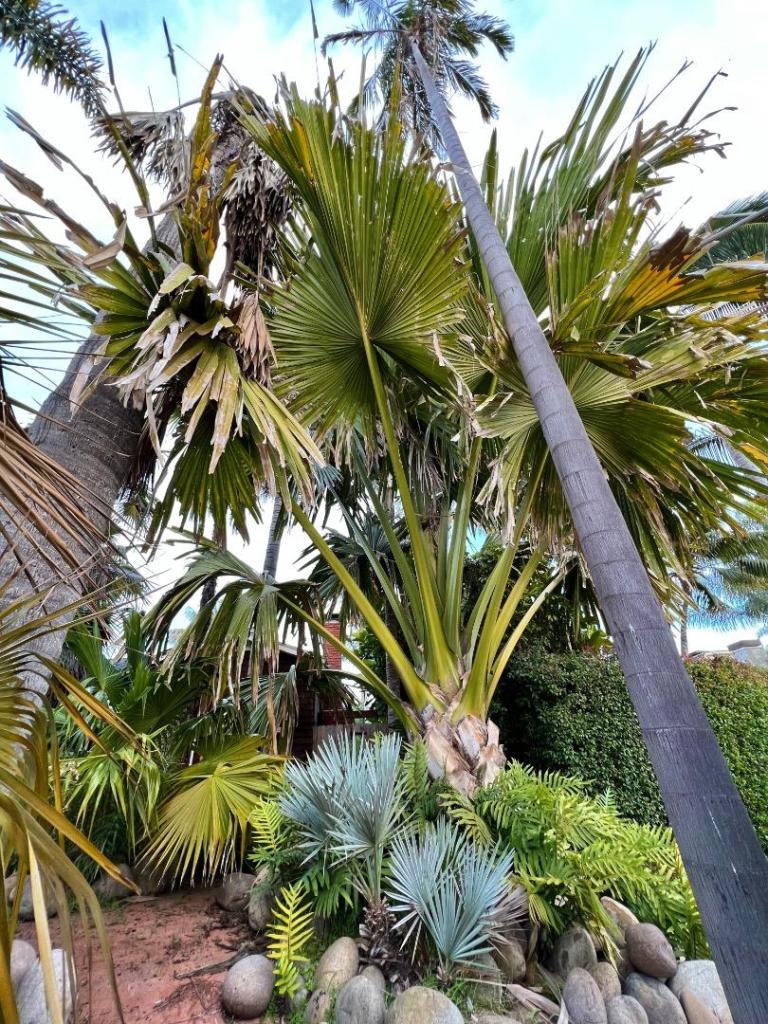
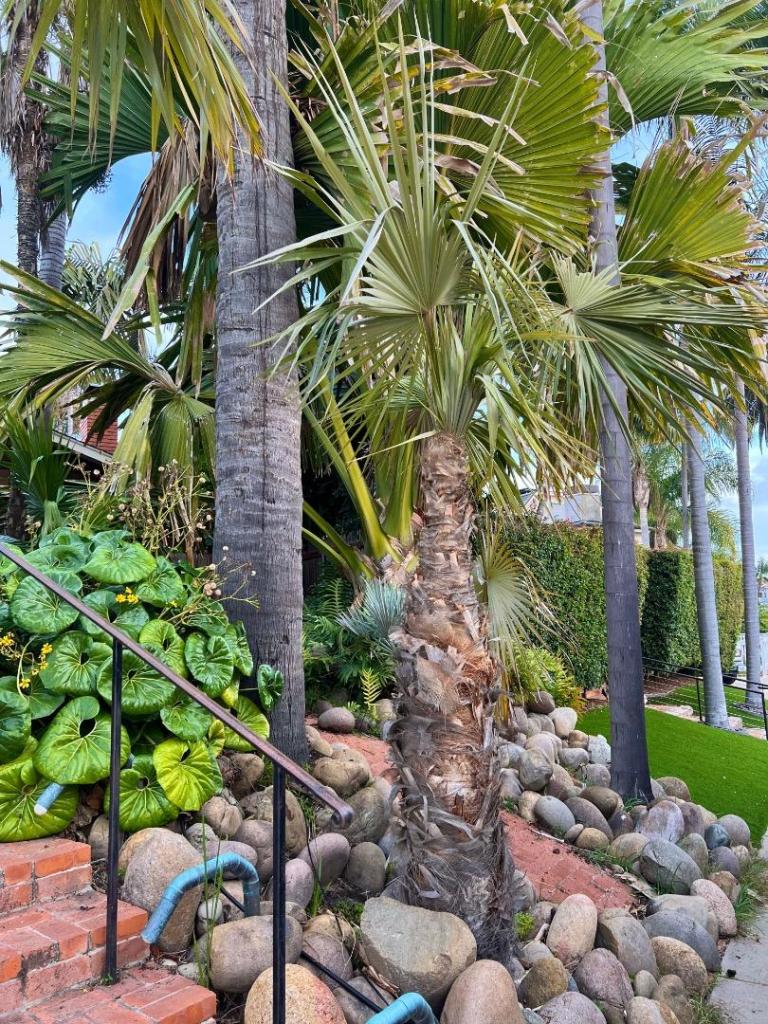
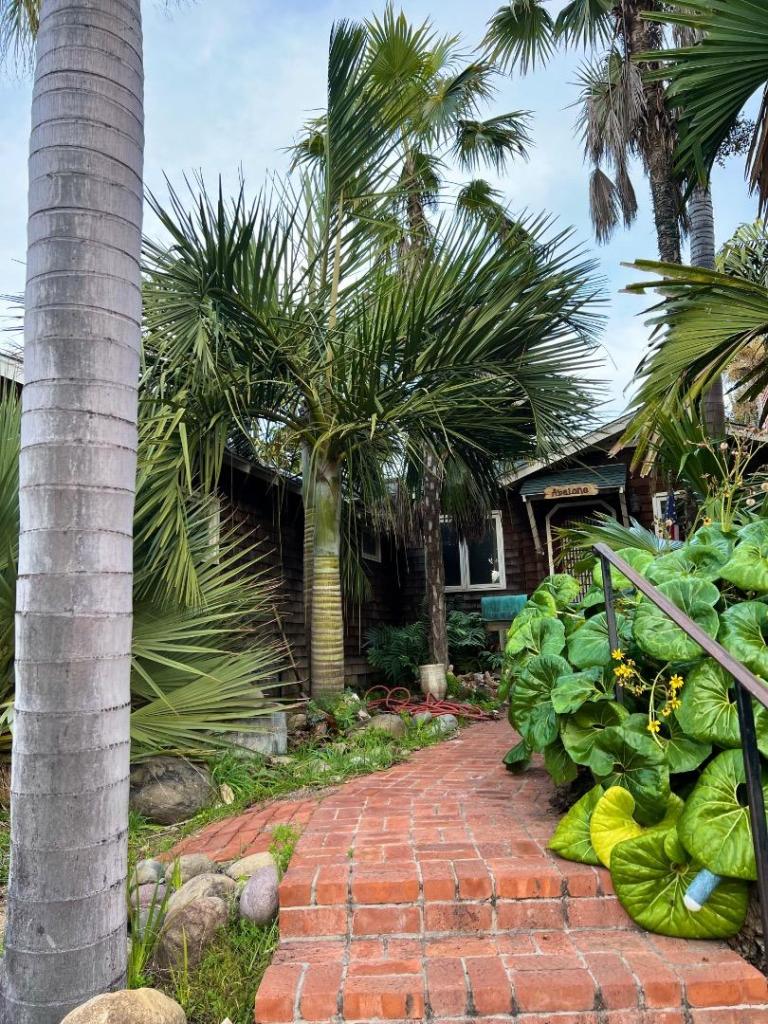

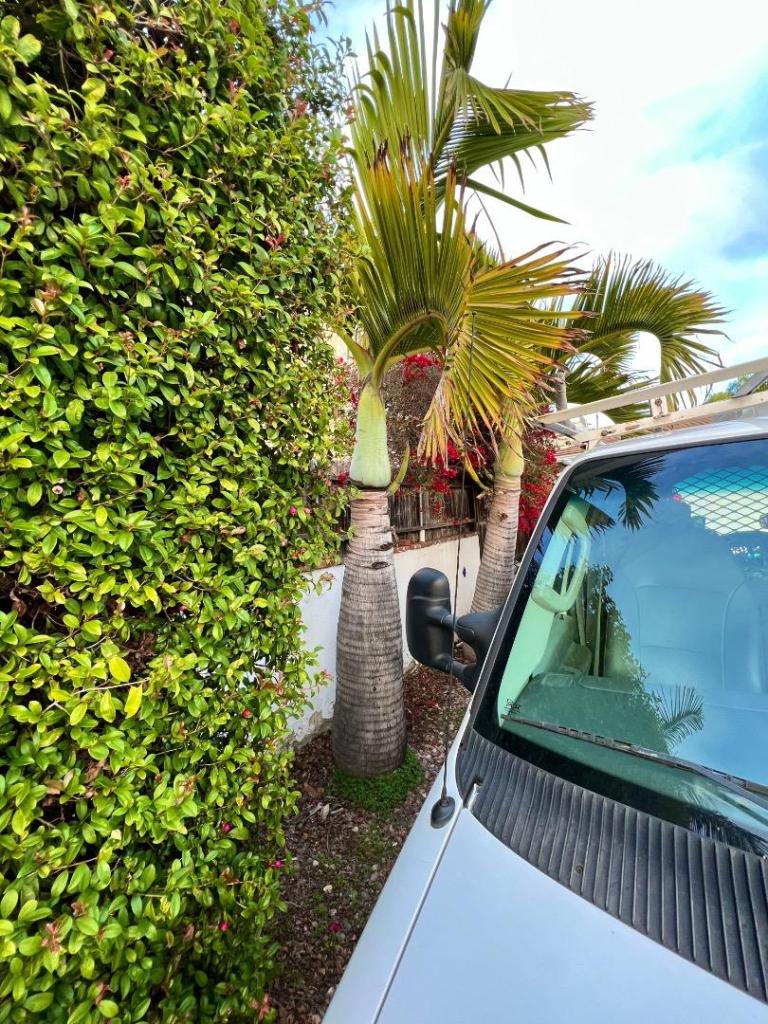
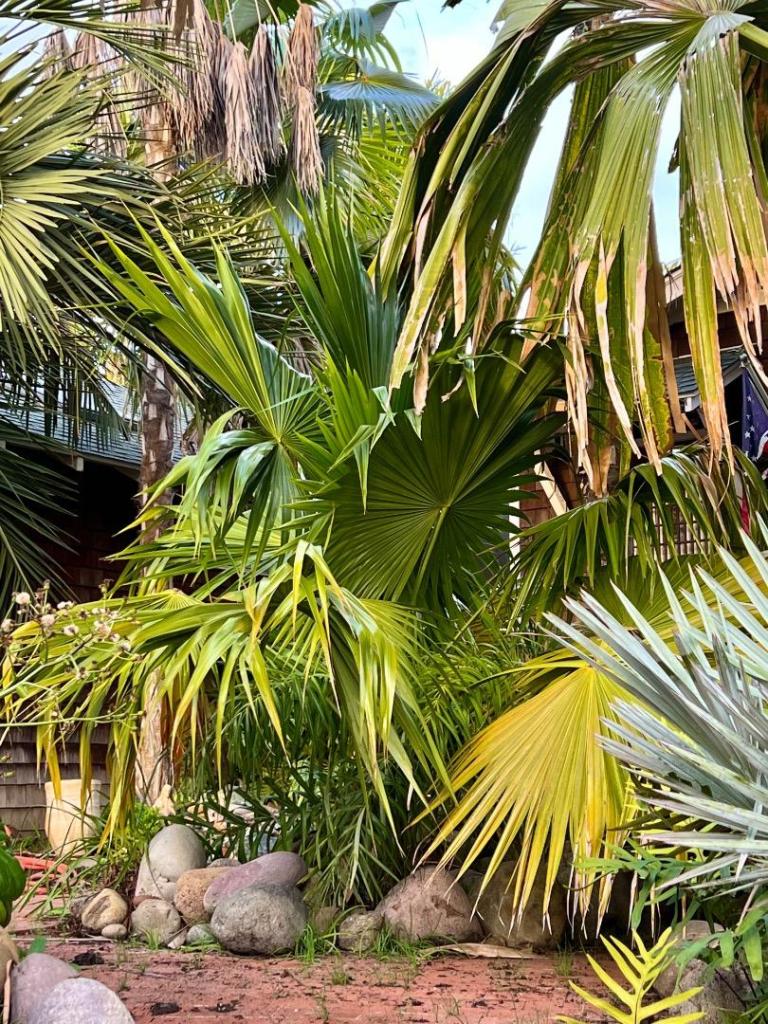
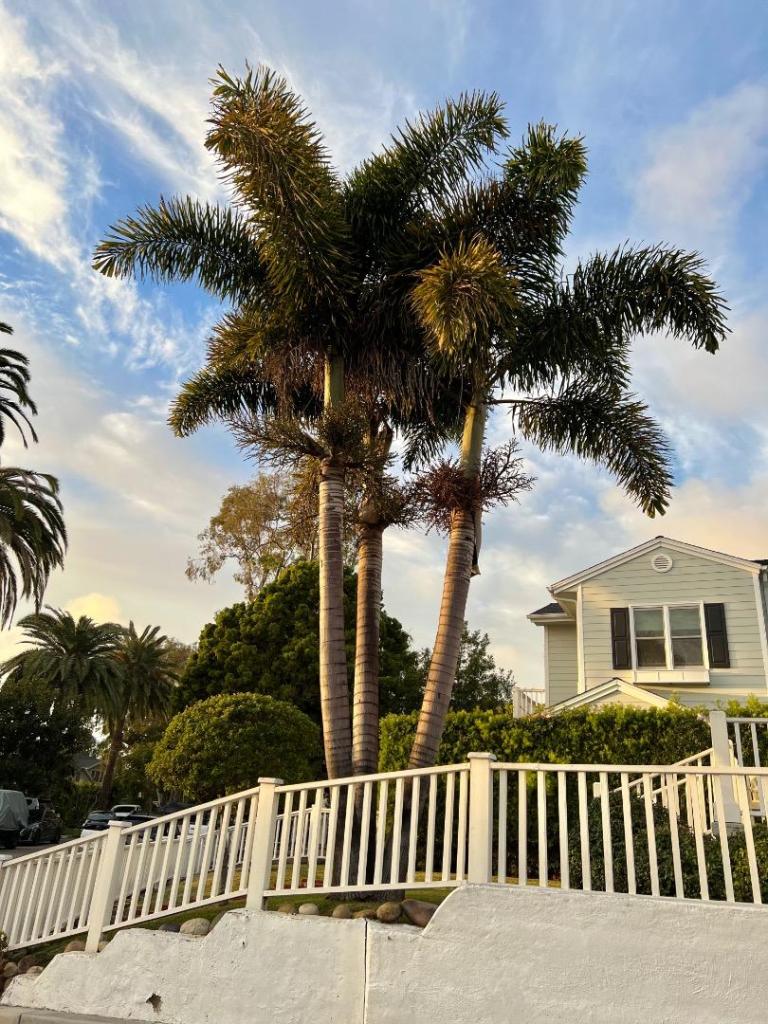
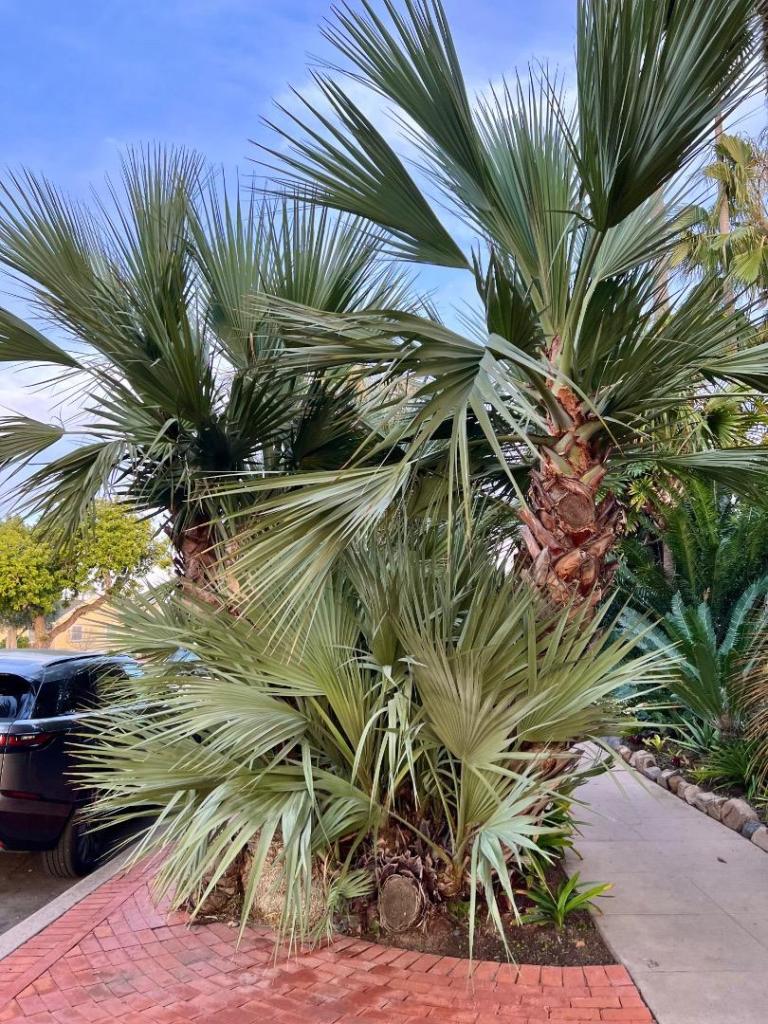
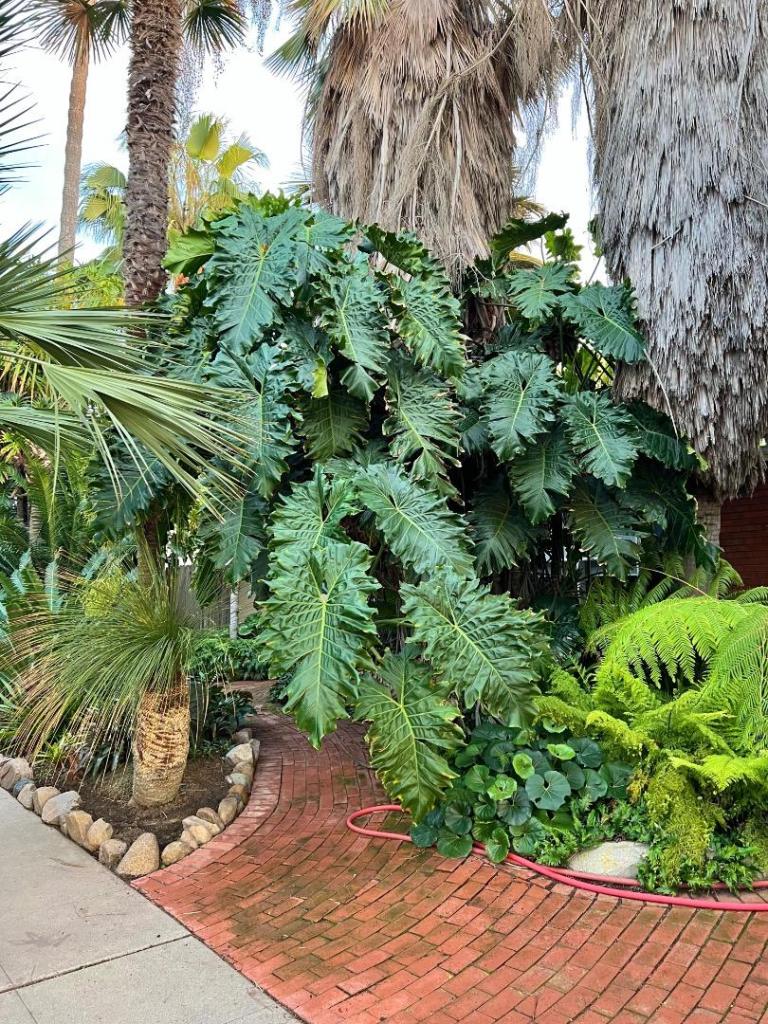
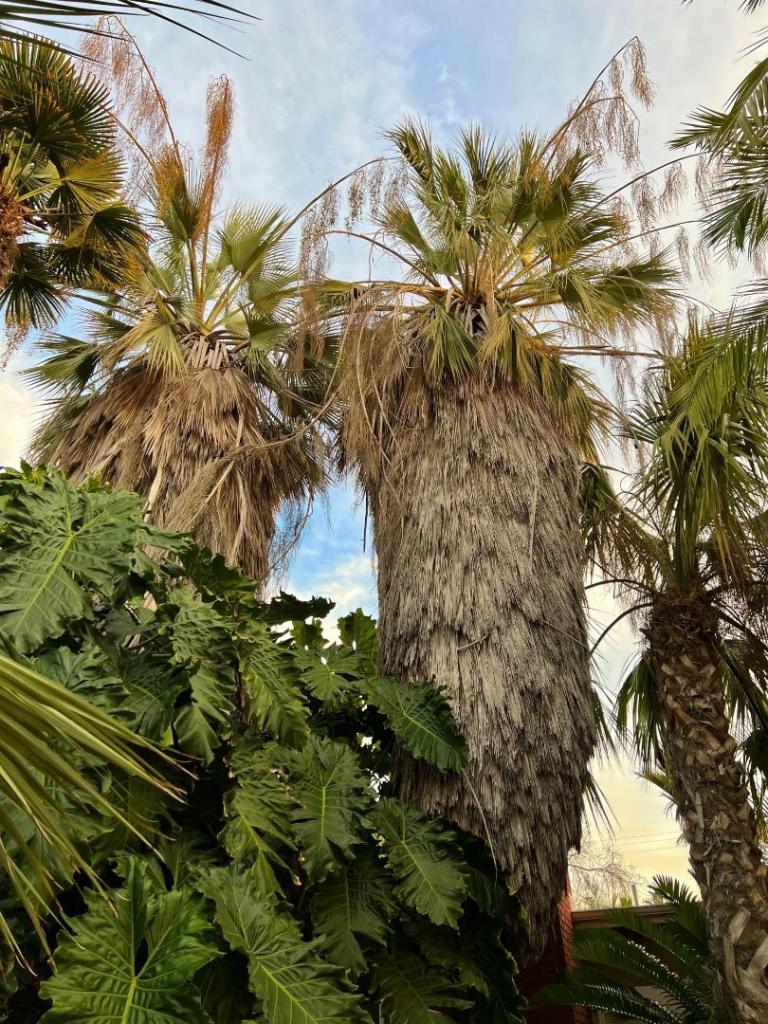
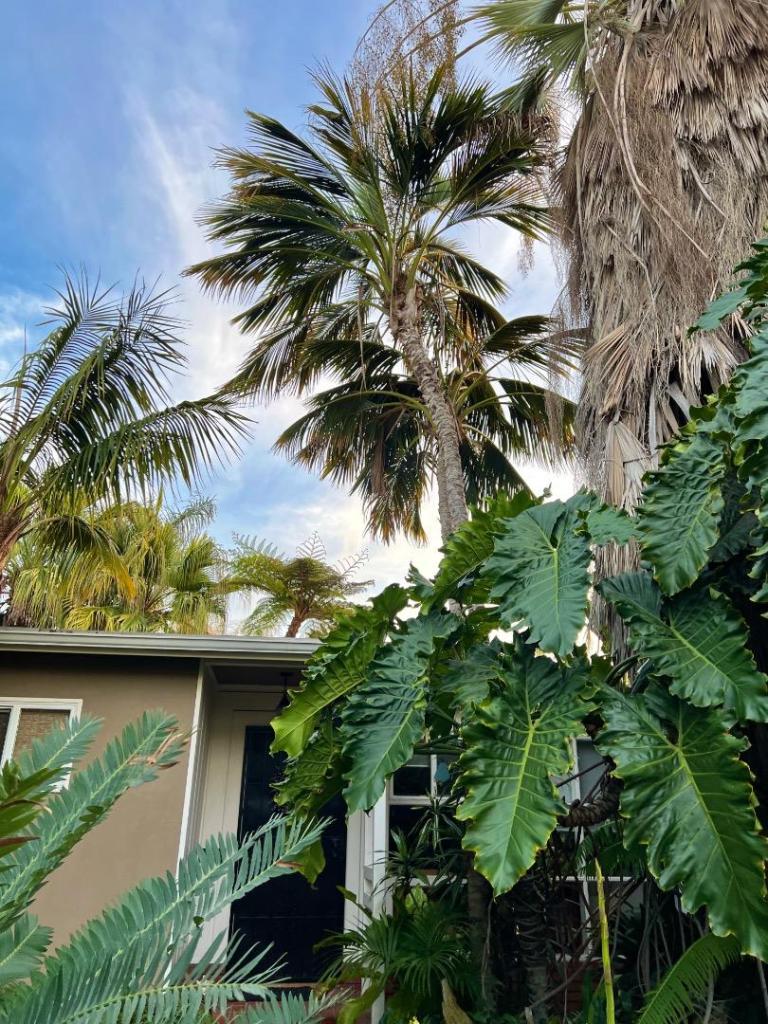
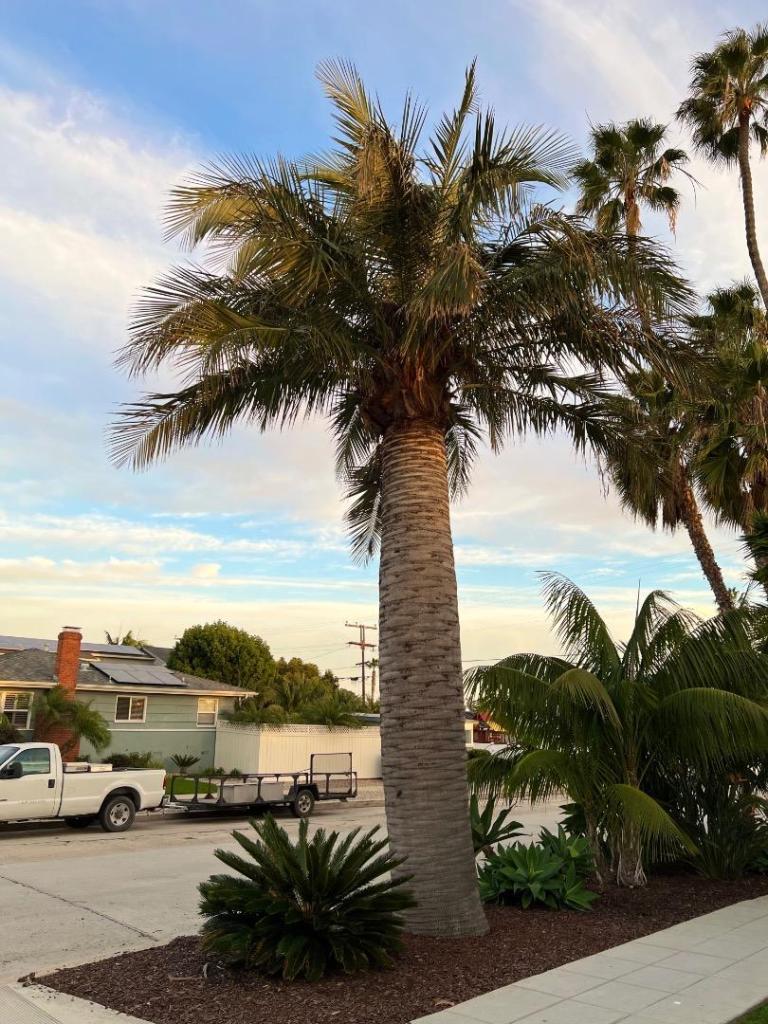
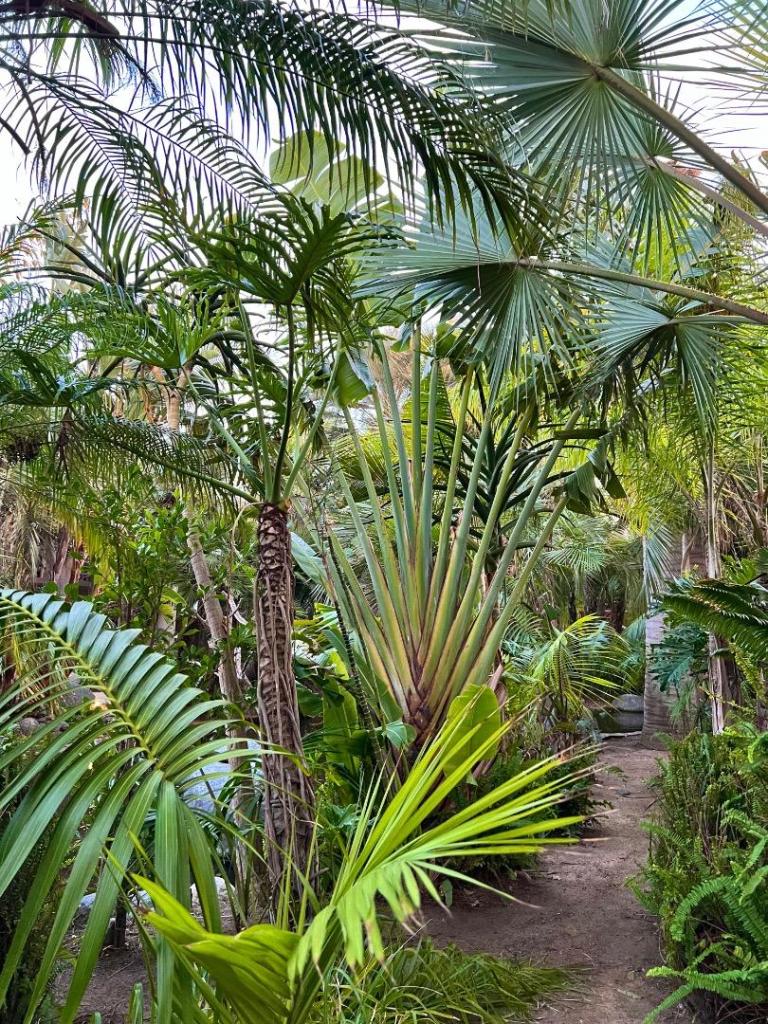
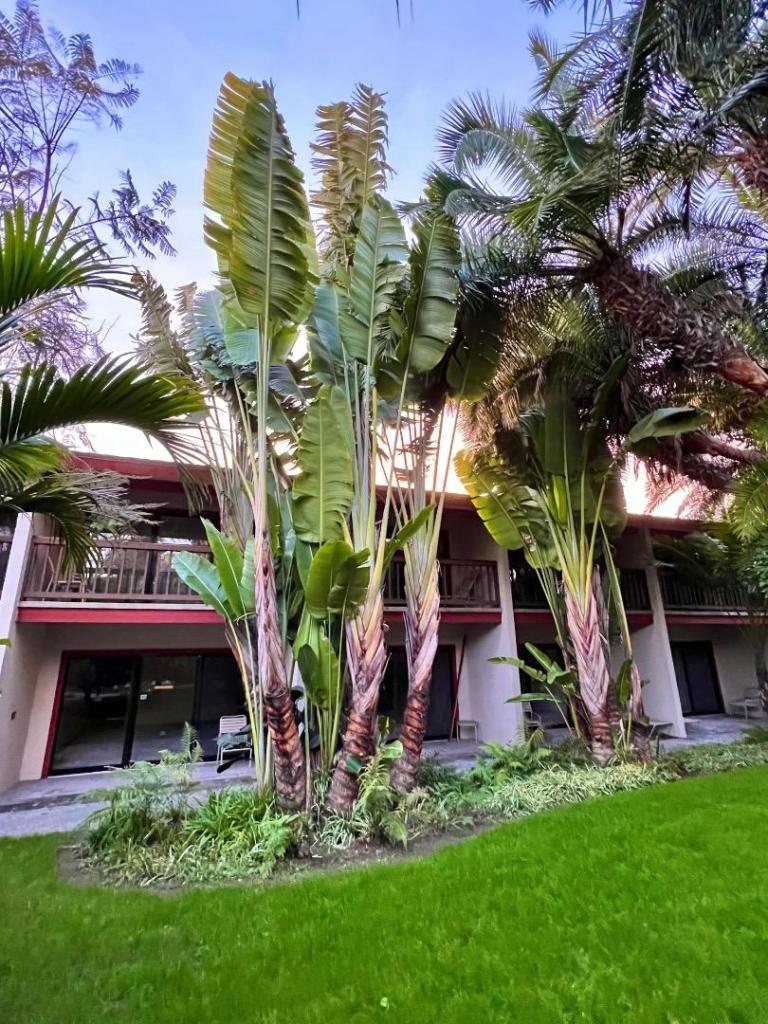

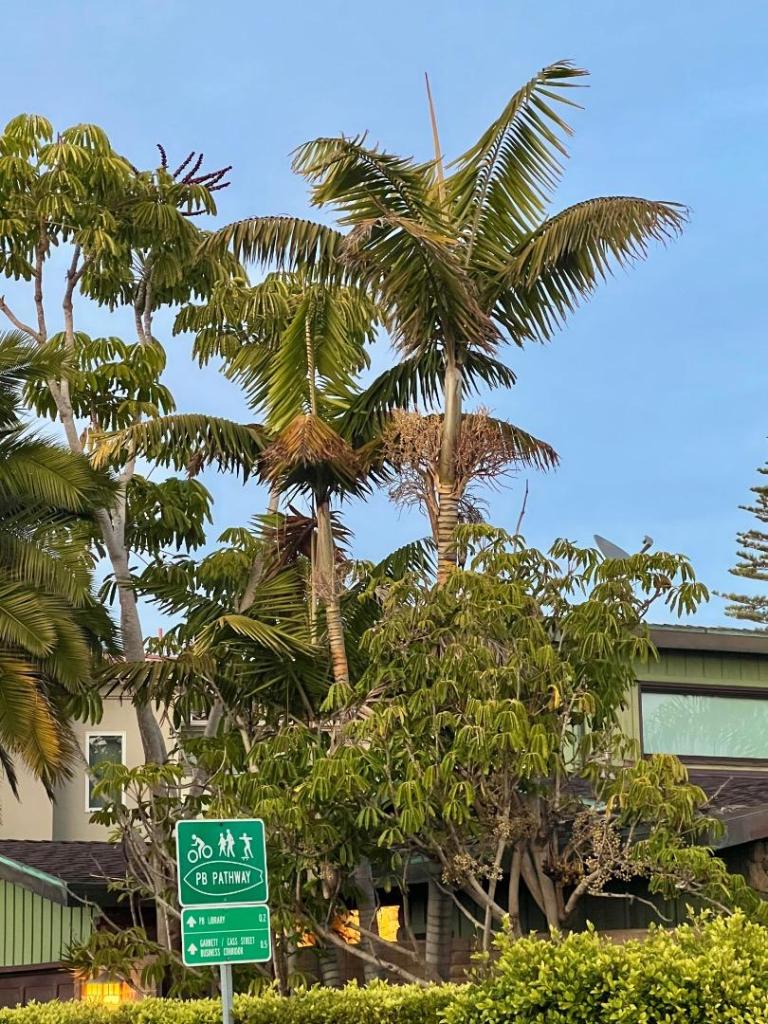
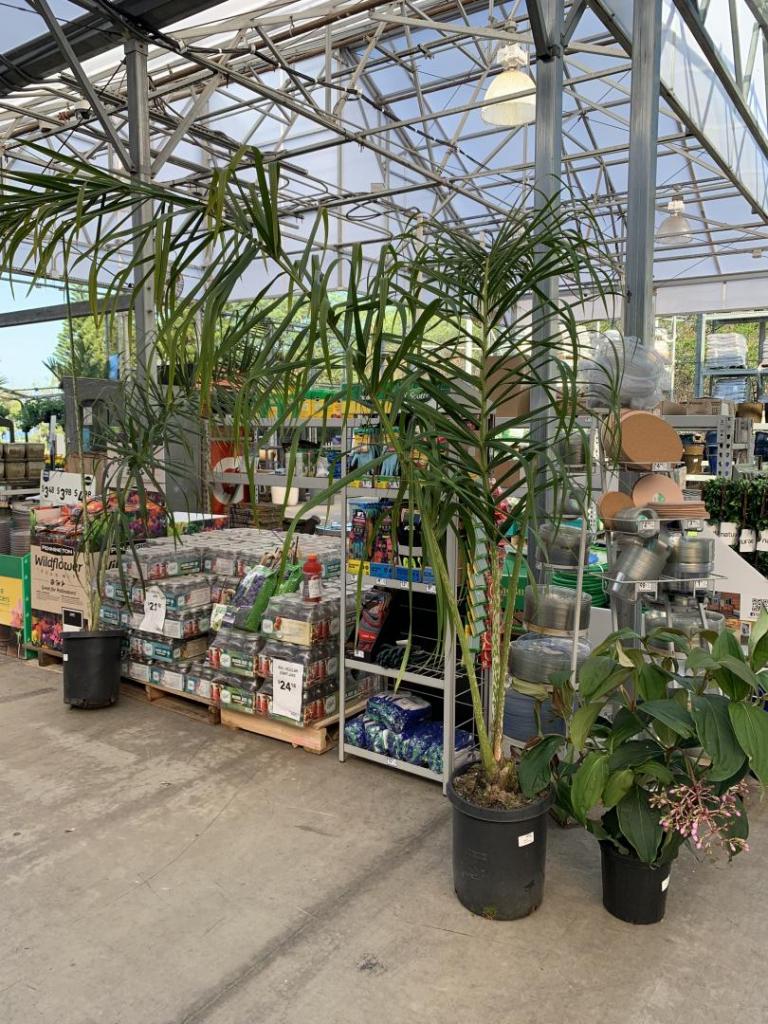
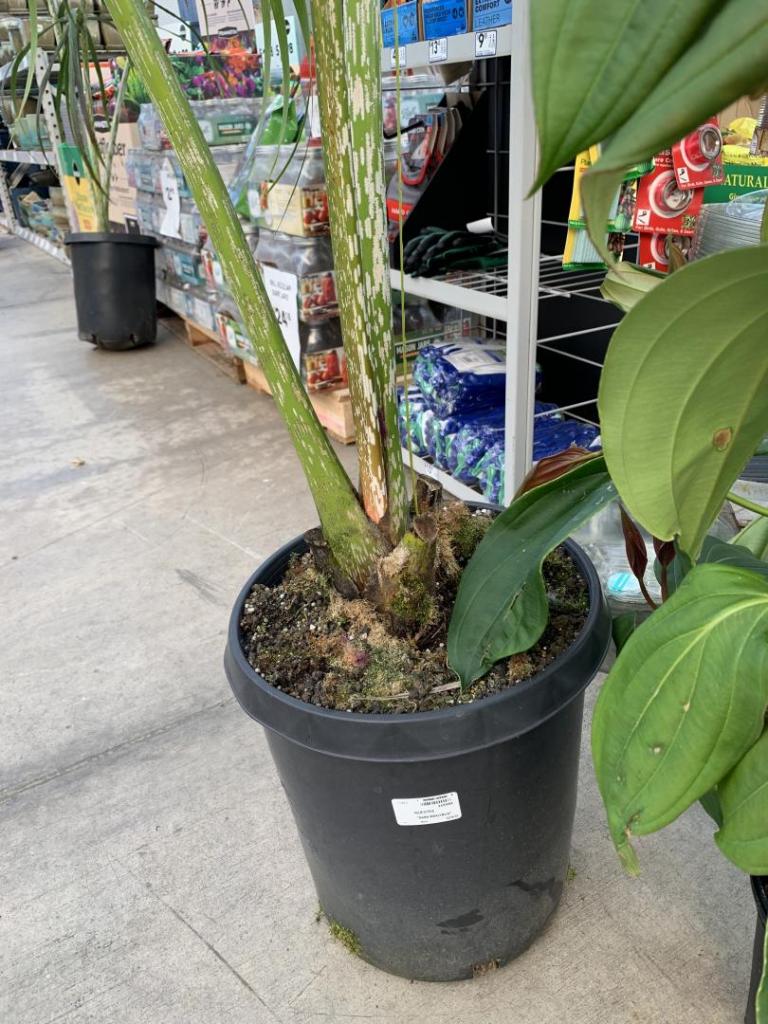
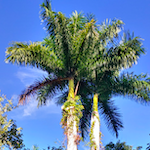




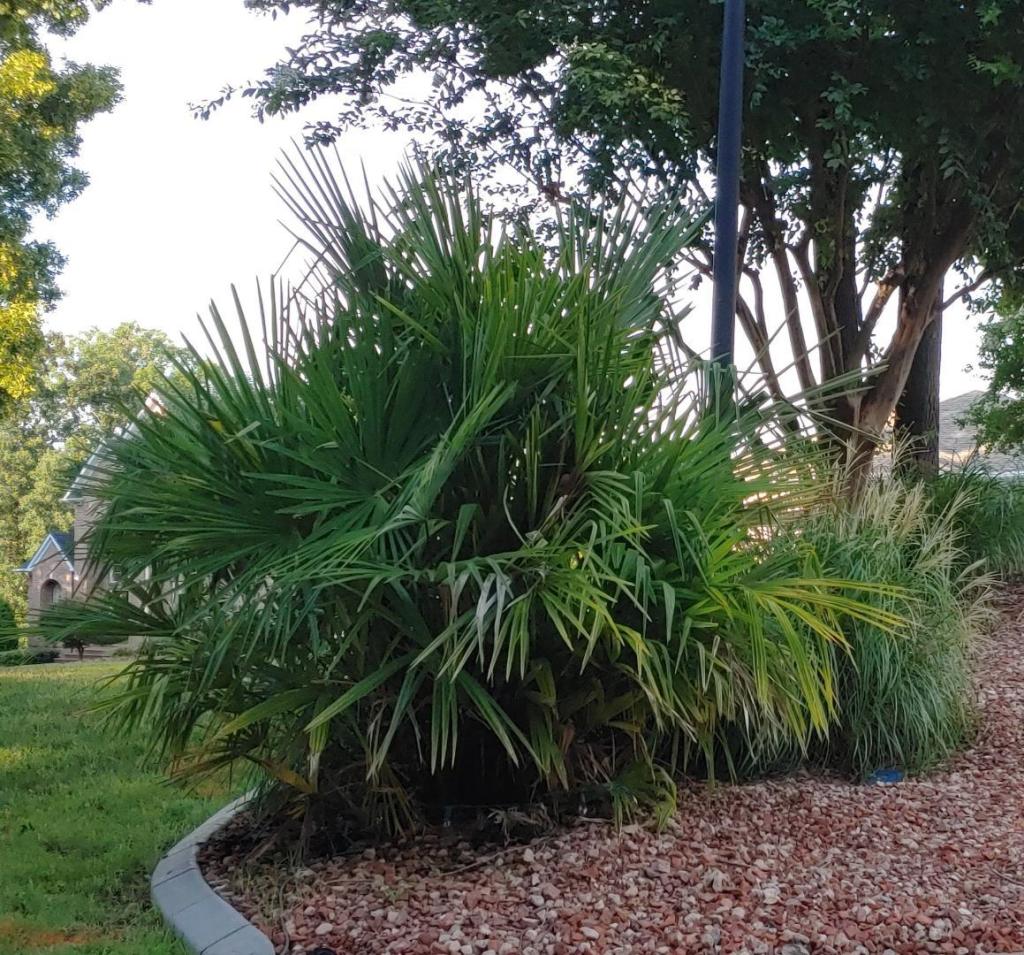




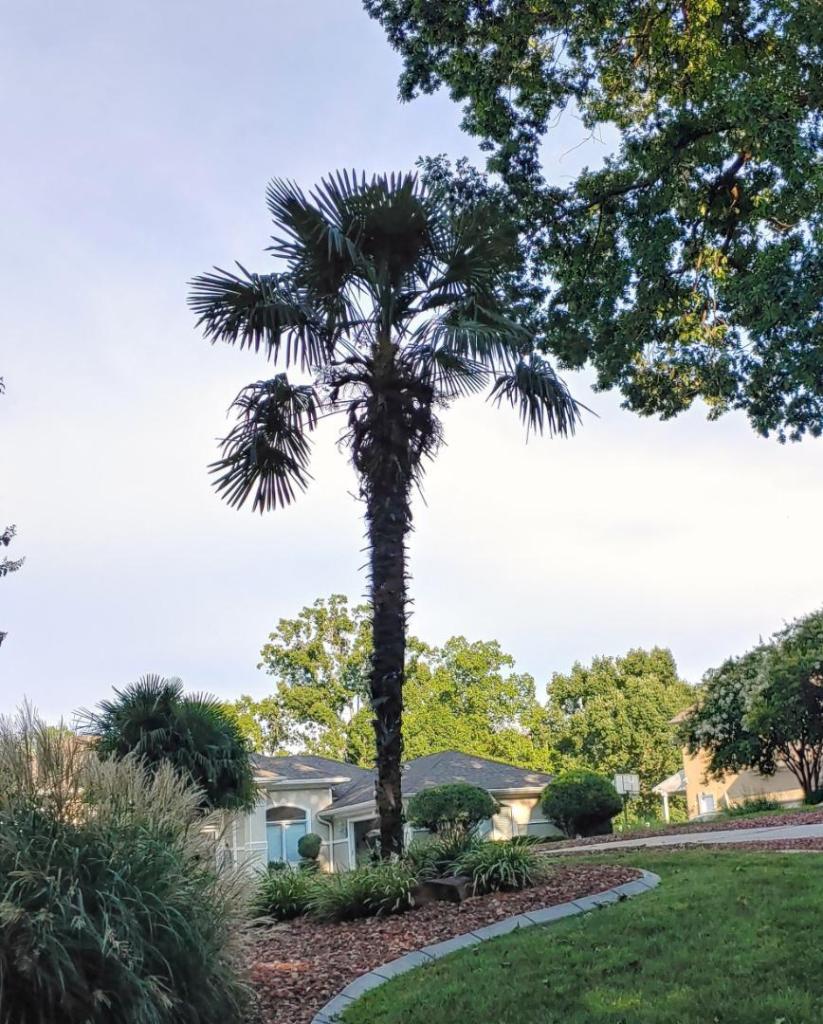
















.thumb.jpg.05492ac3ad2f1c7e99dab19dd51cf9ed.jpg)

